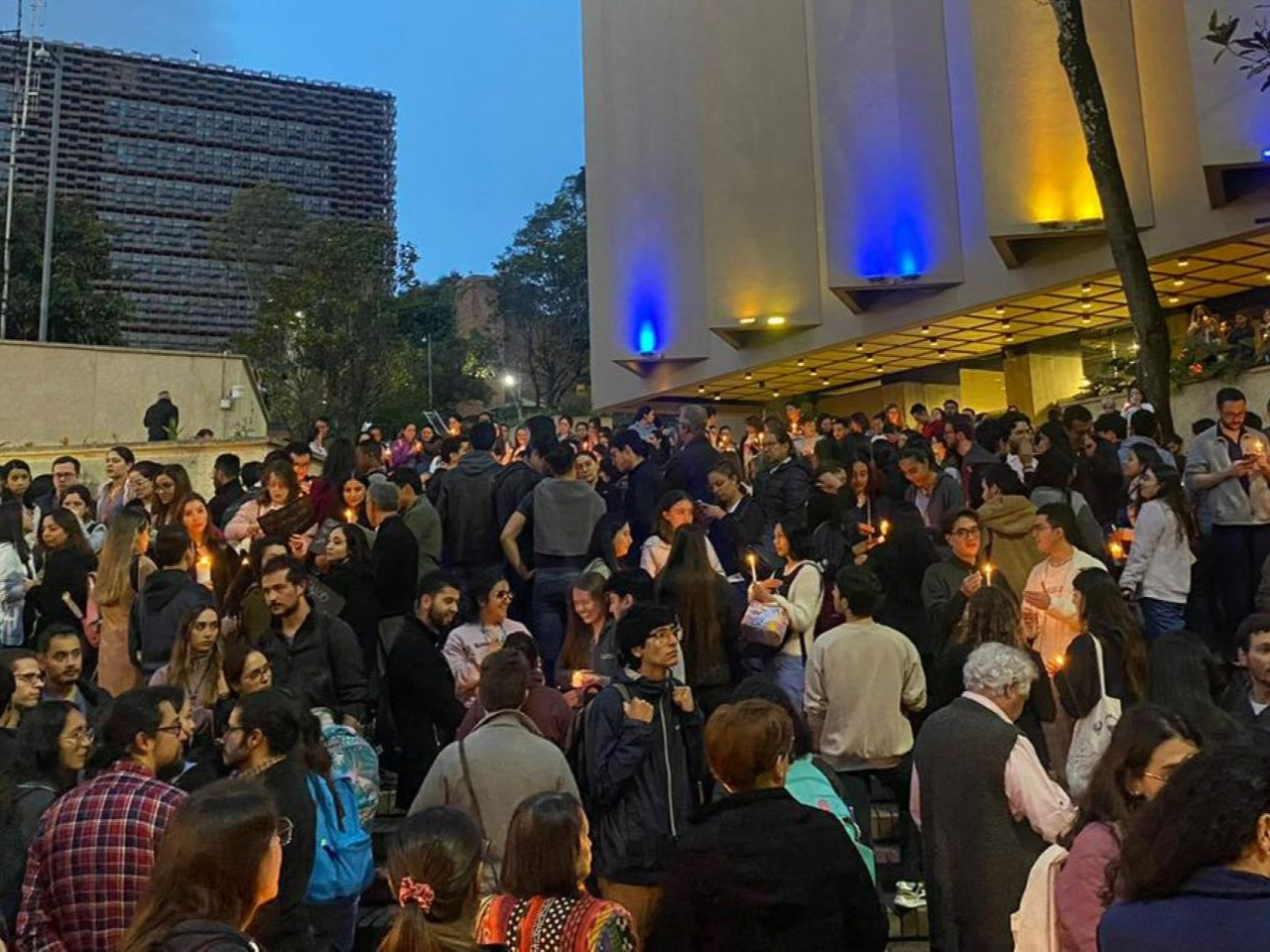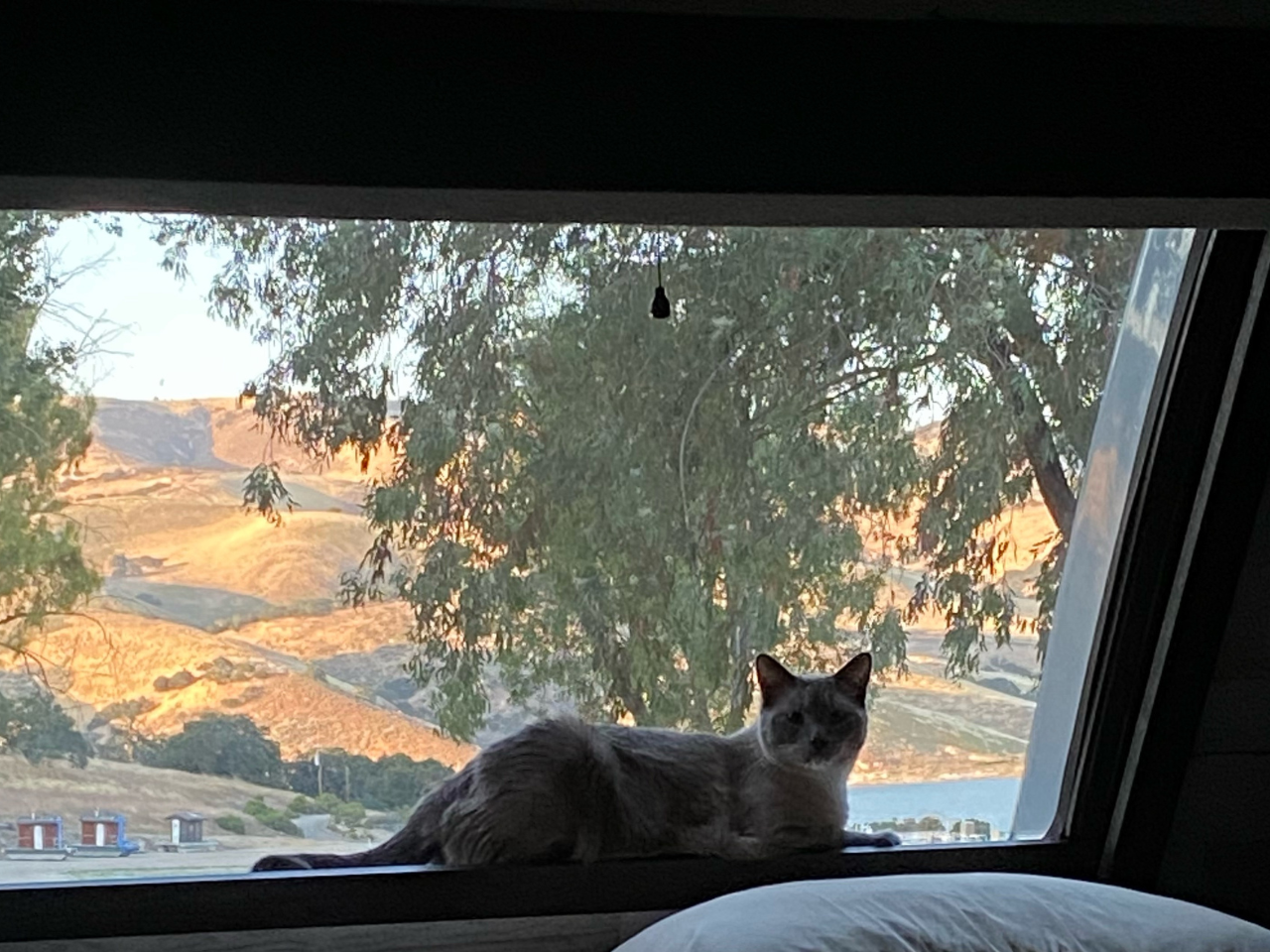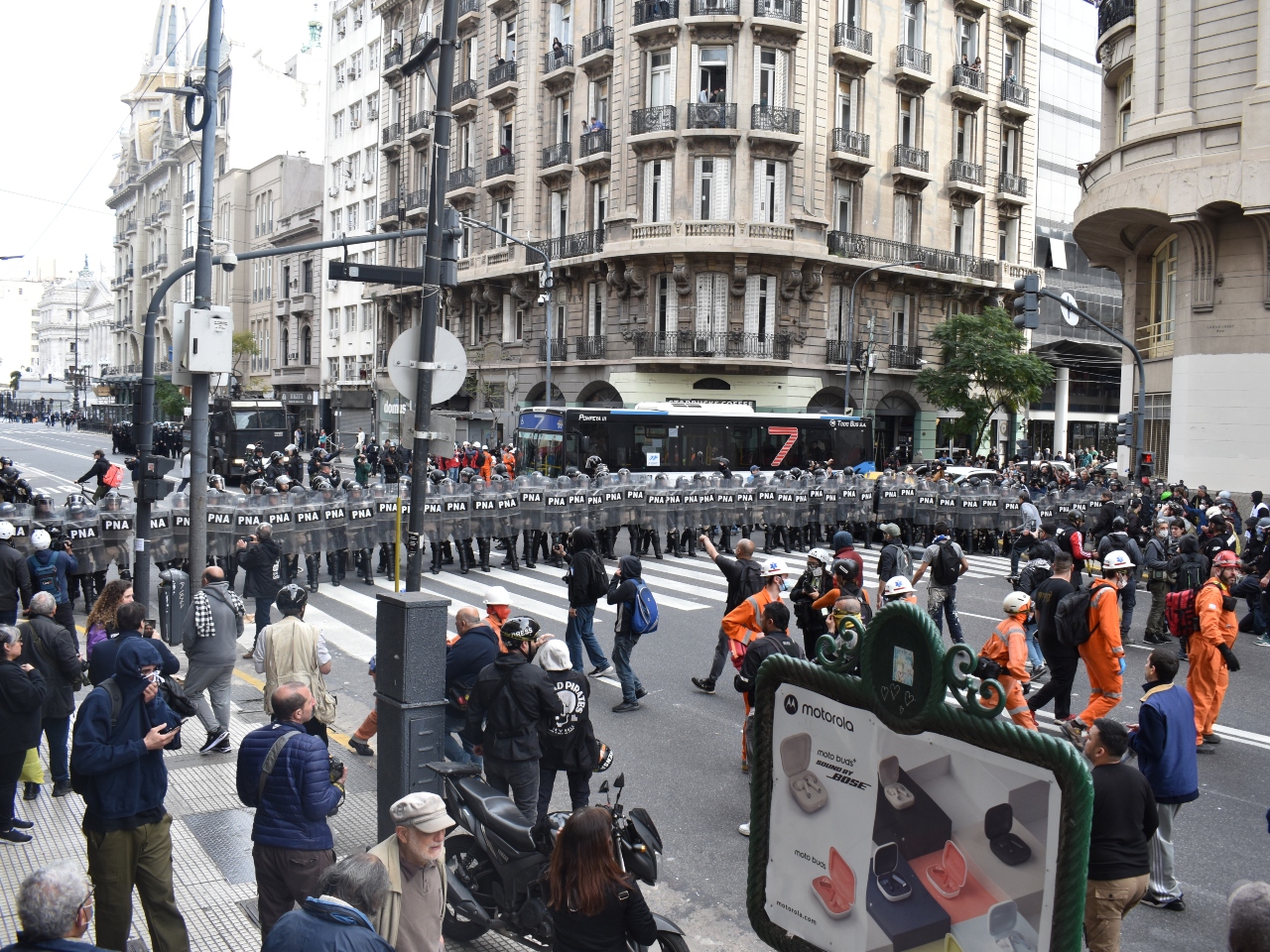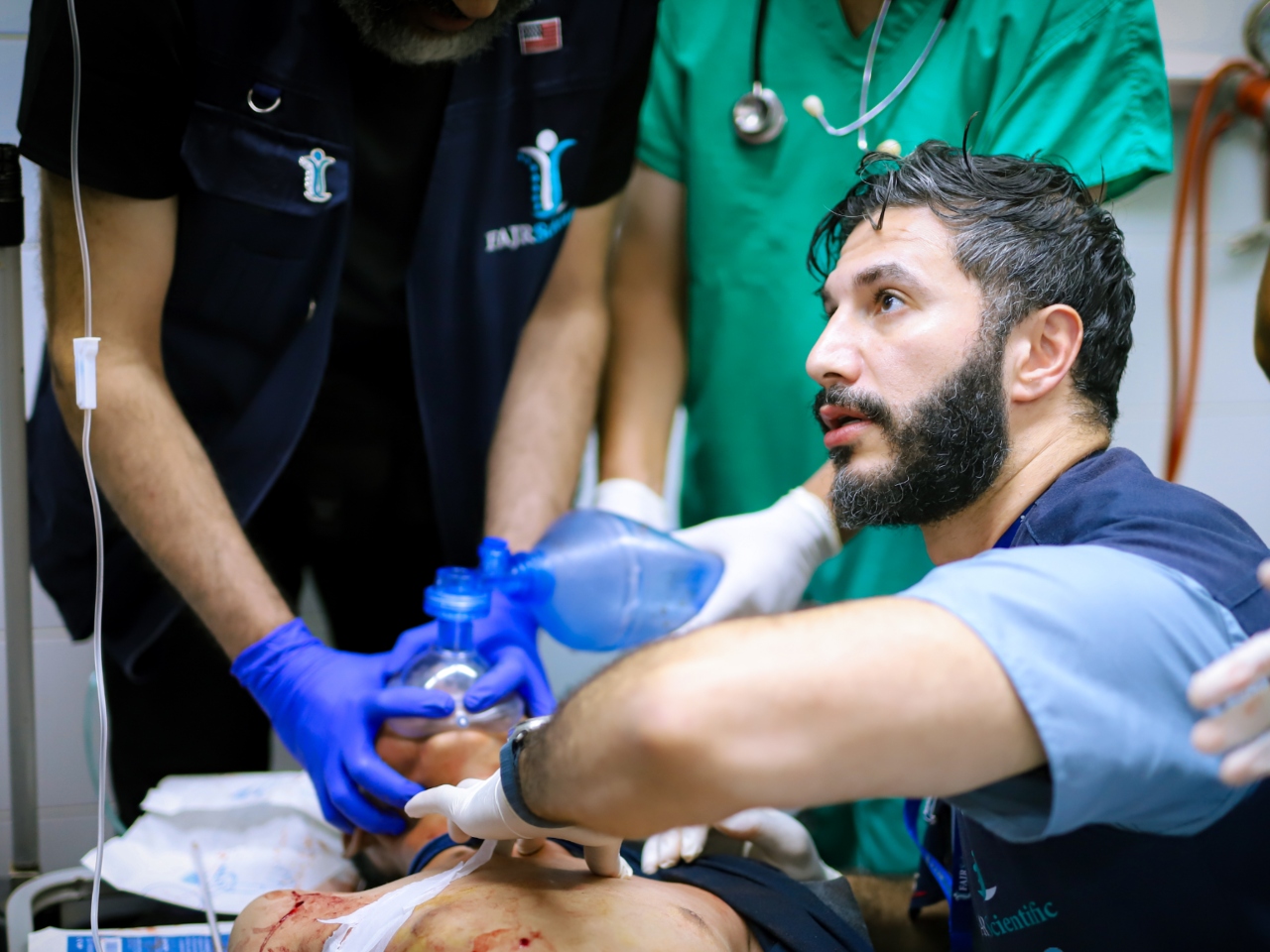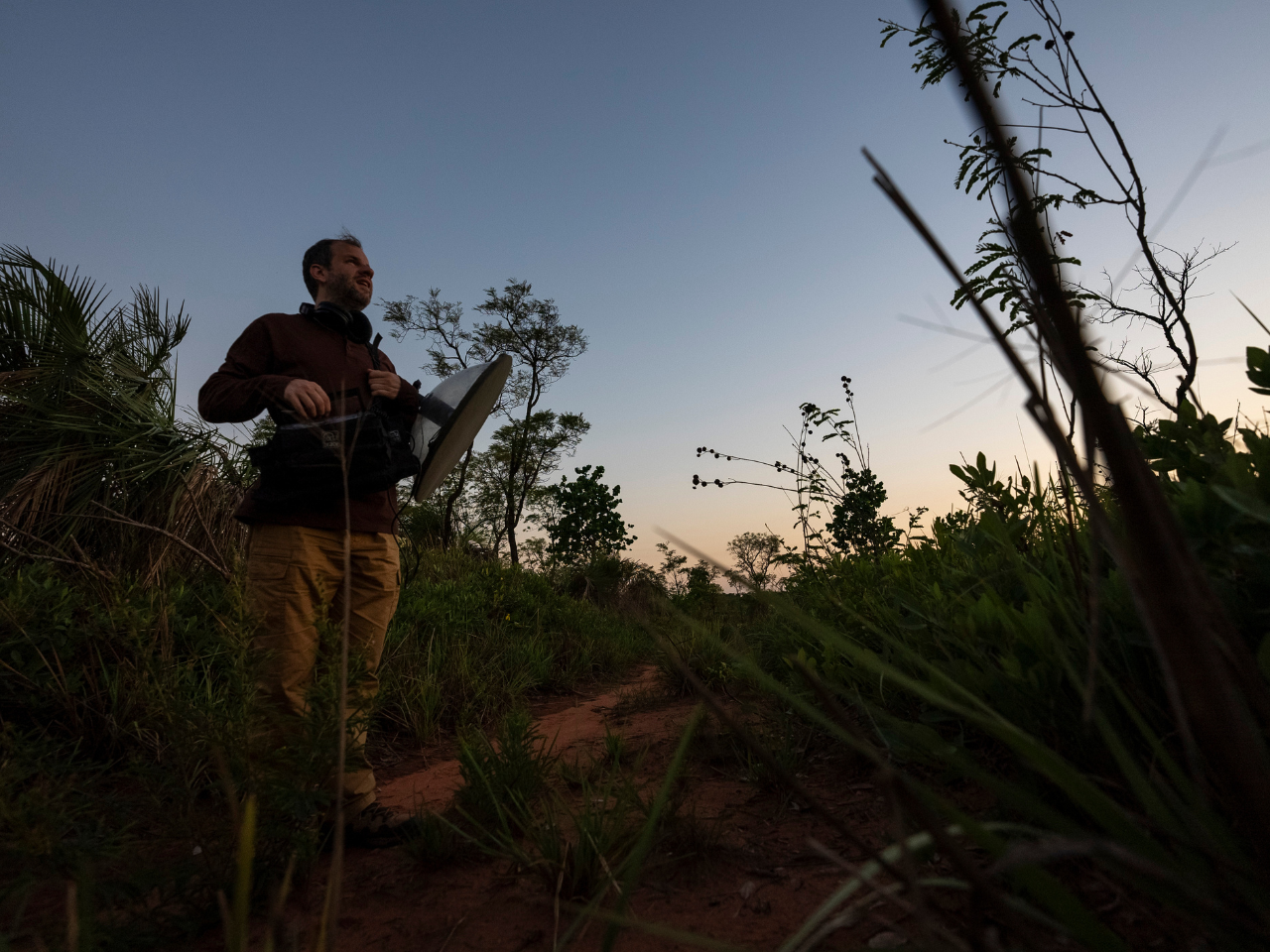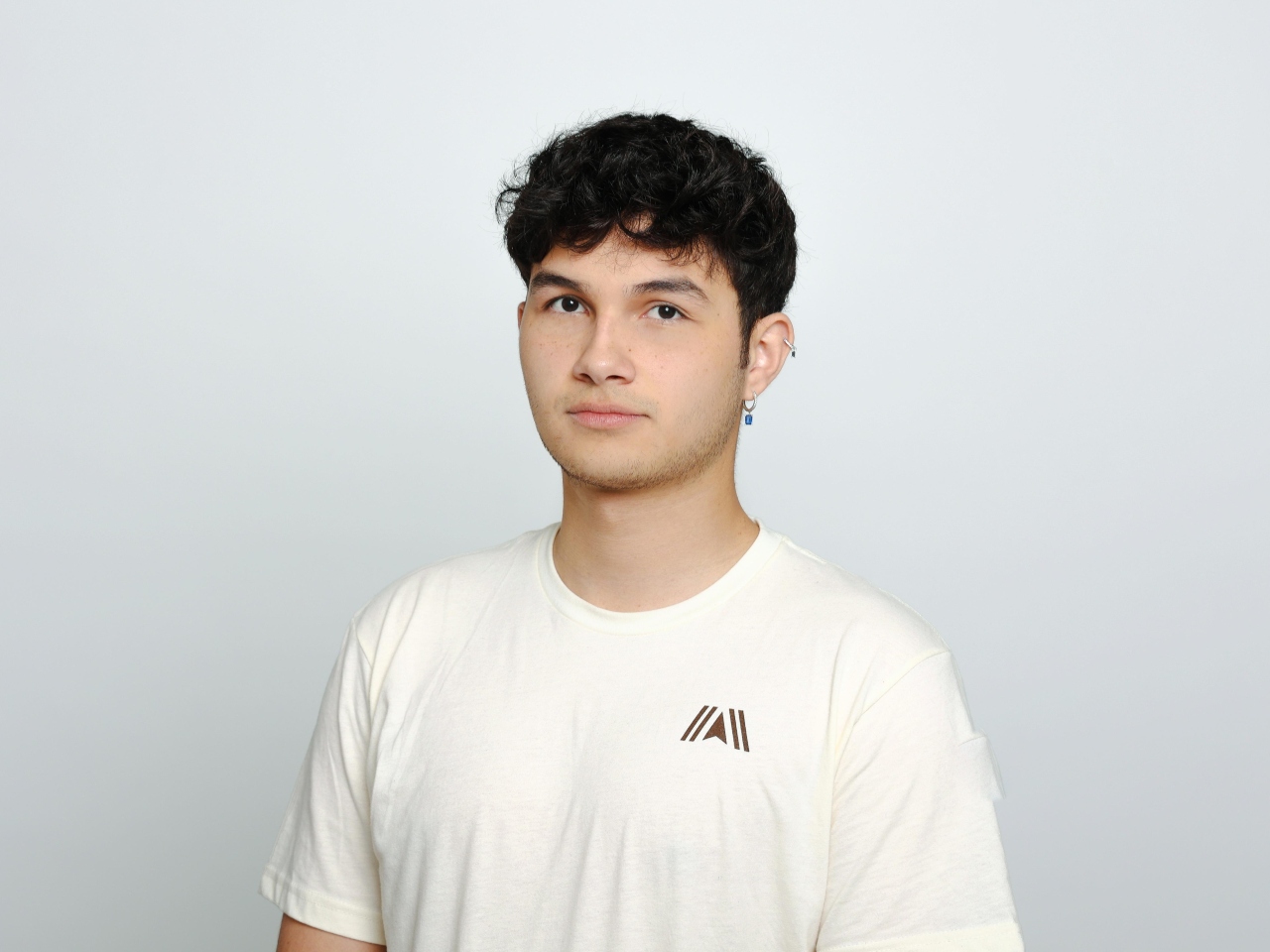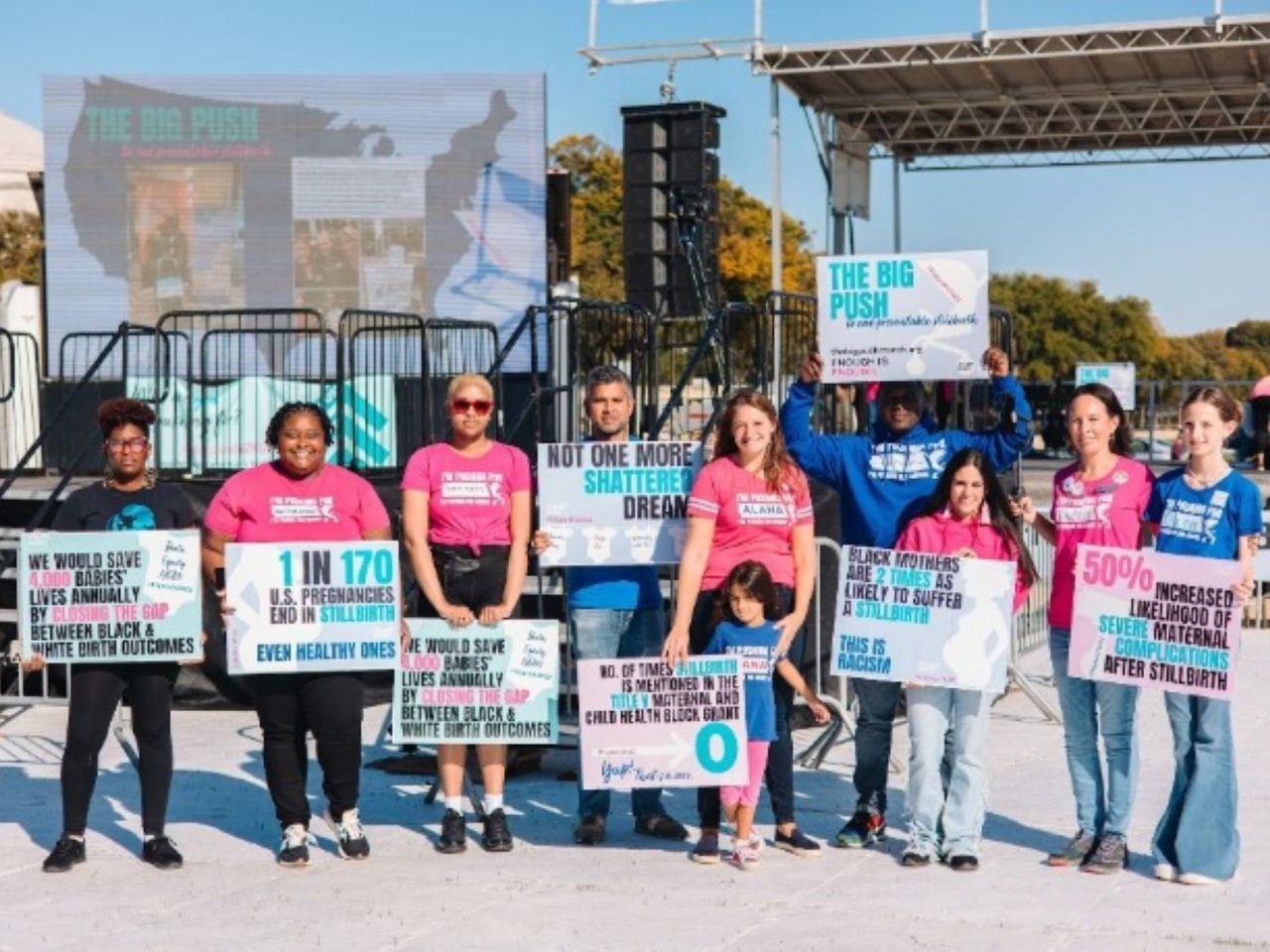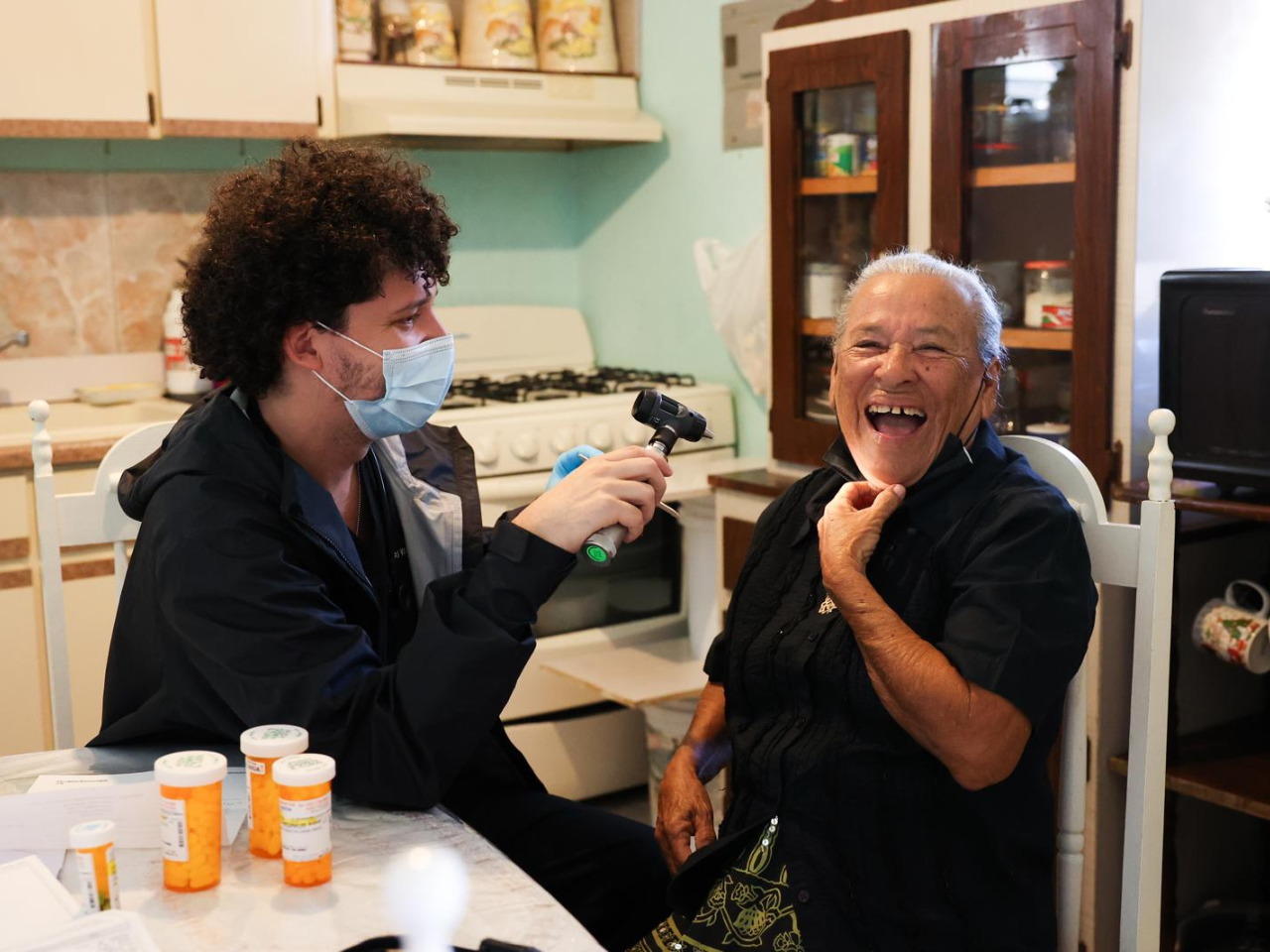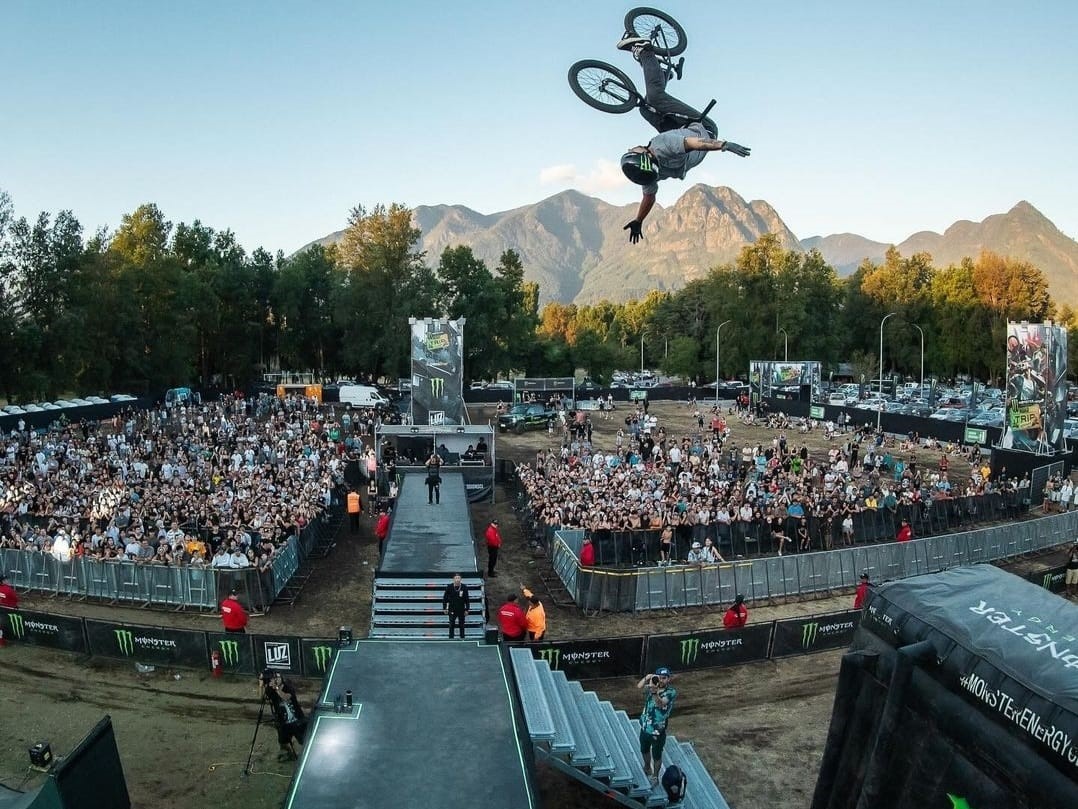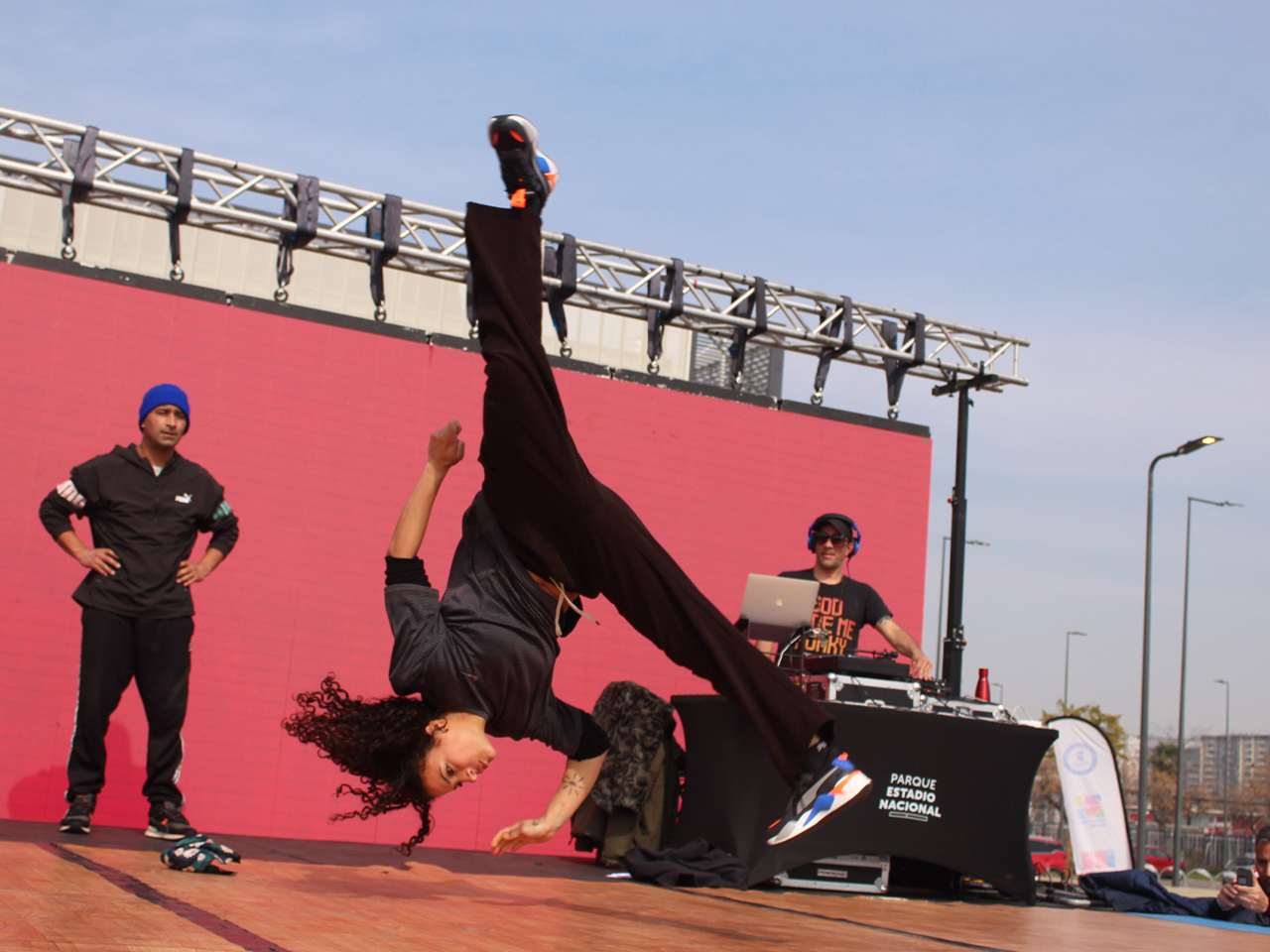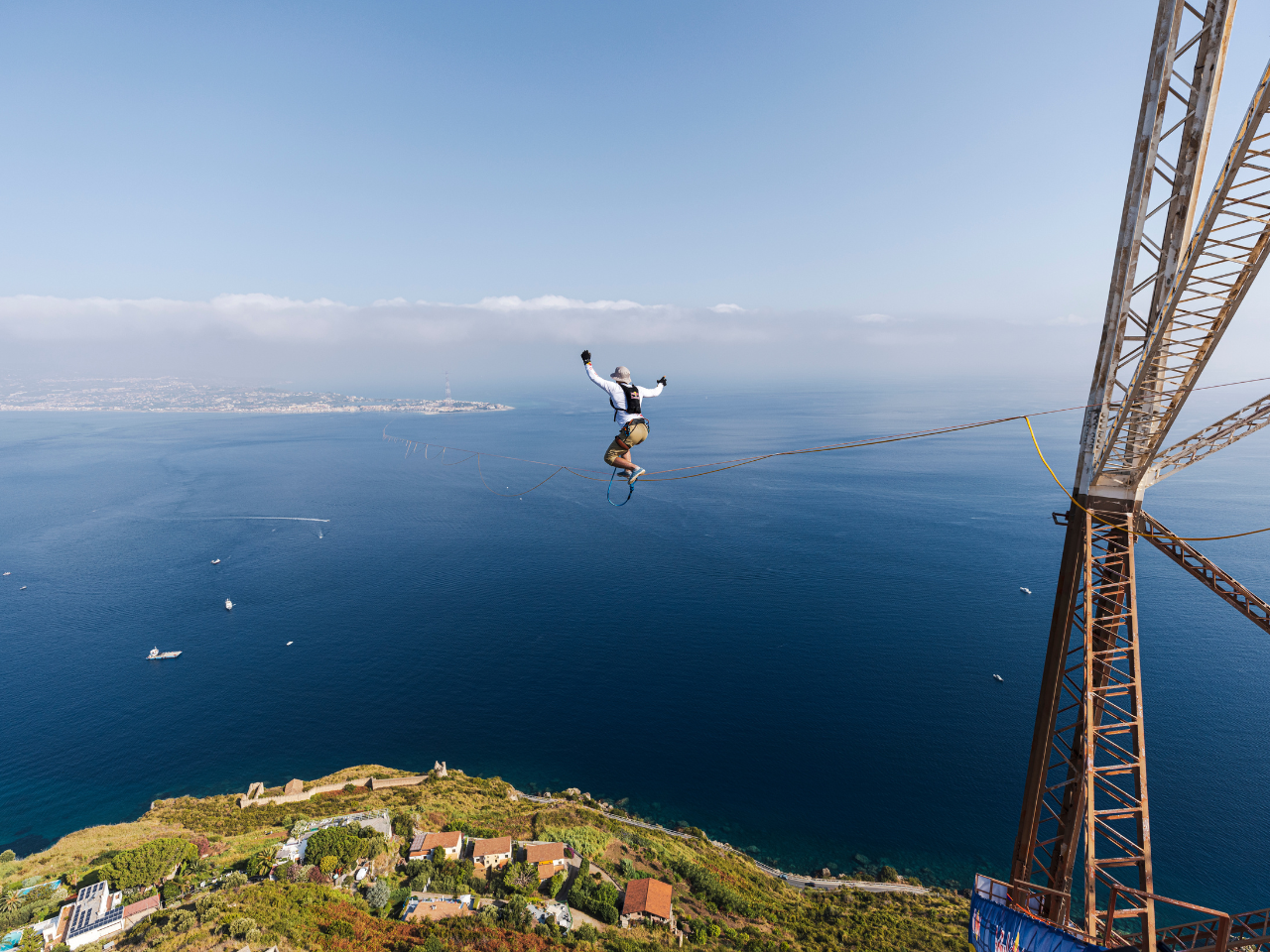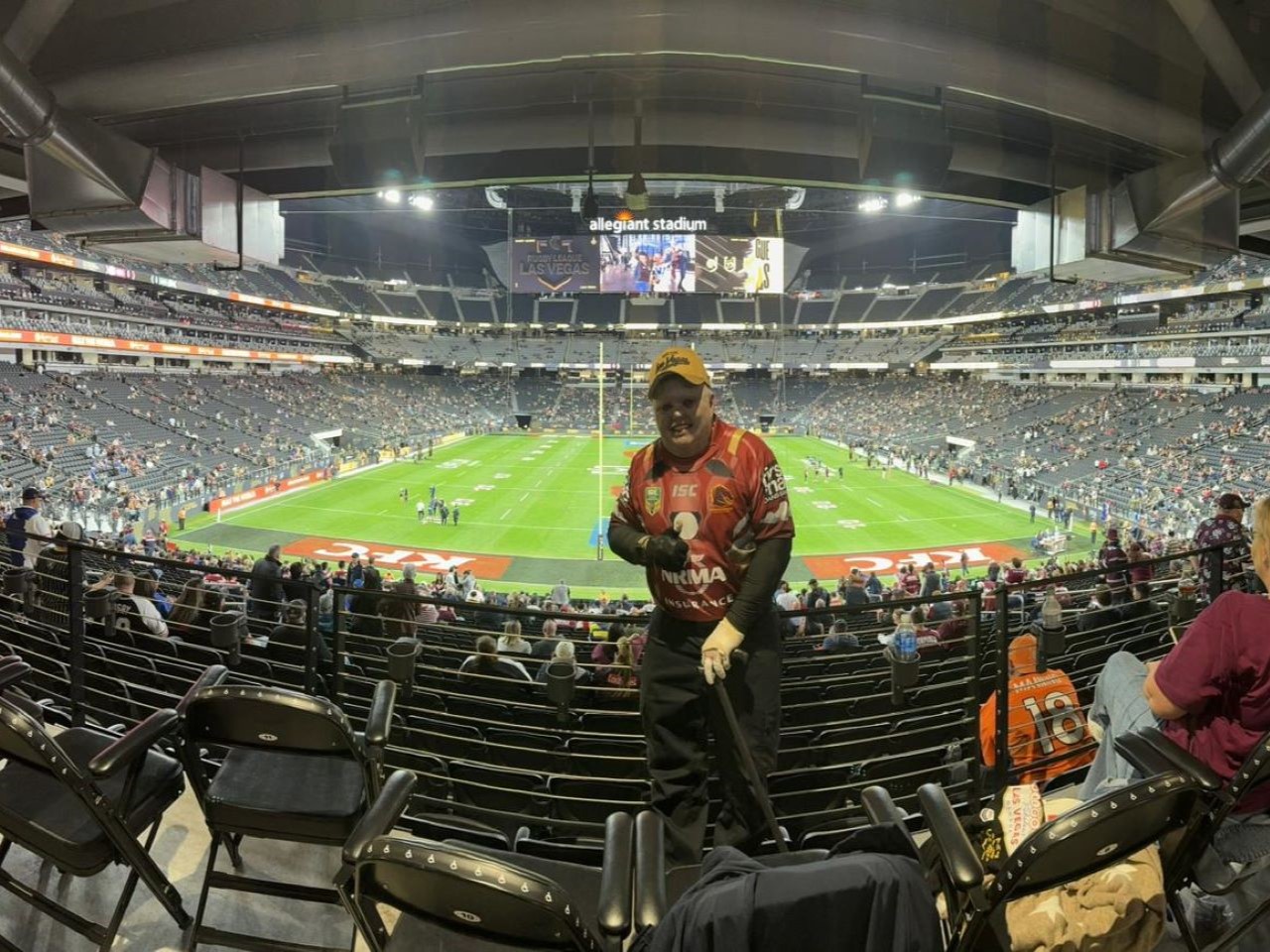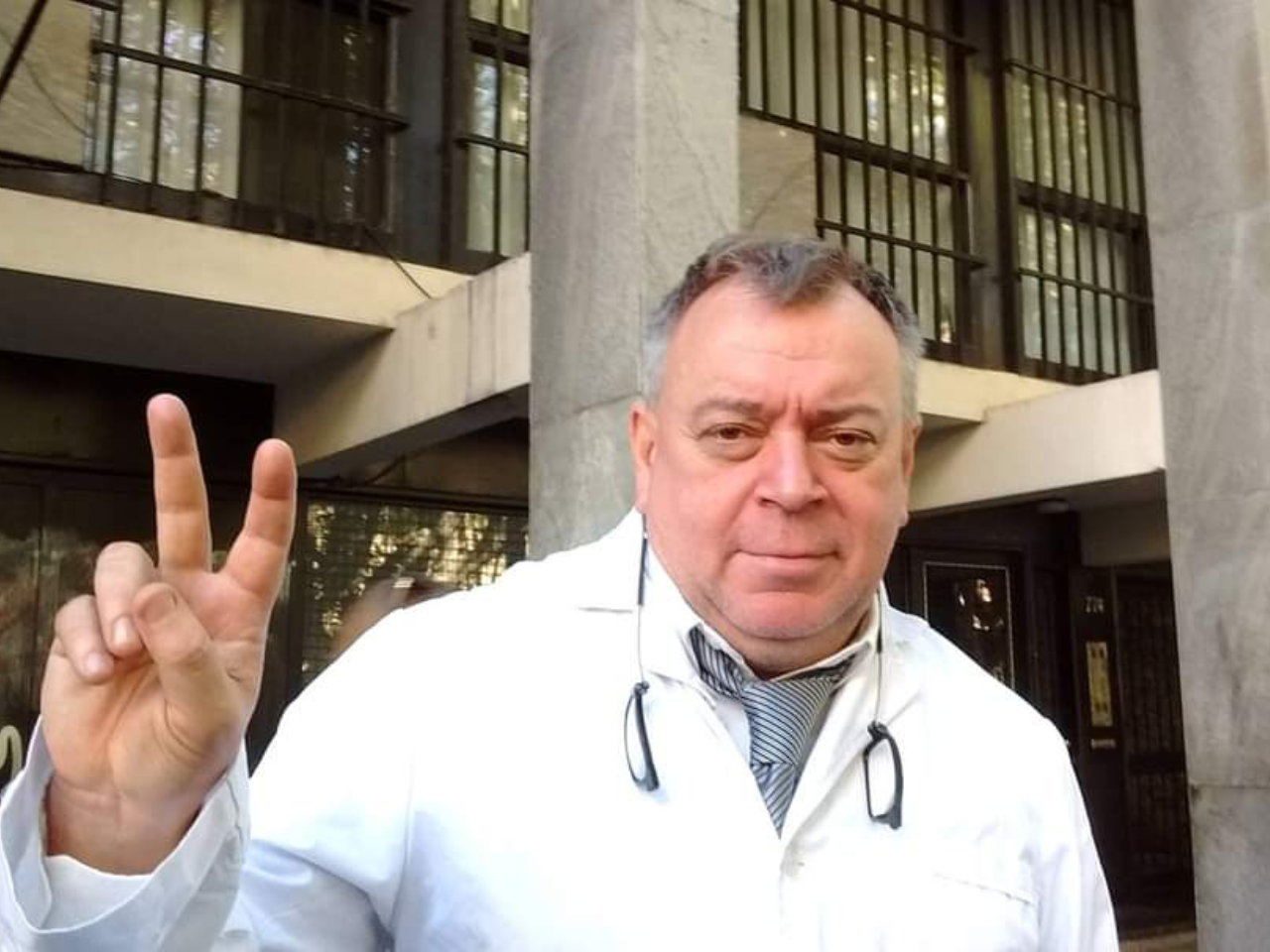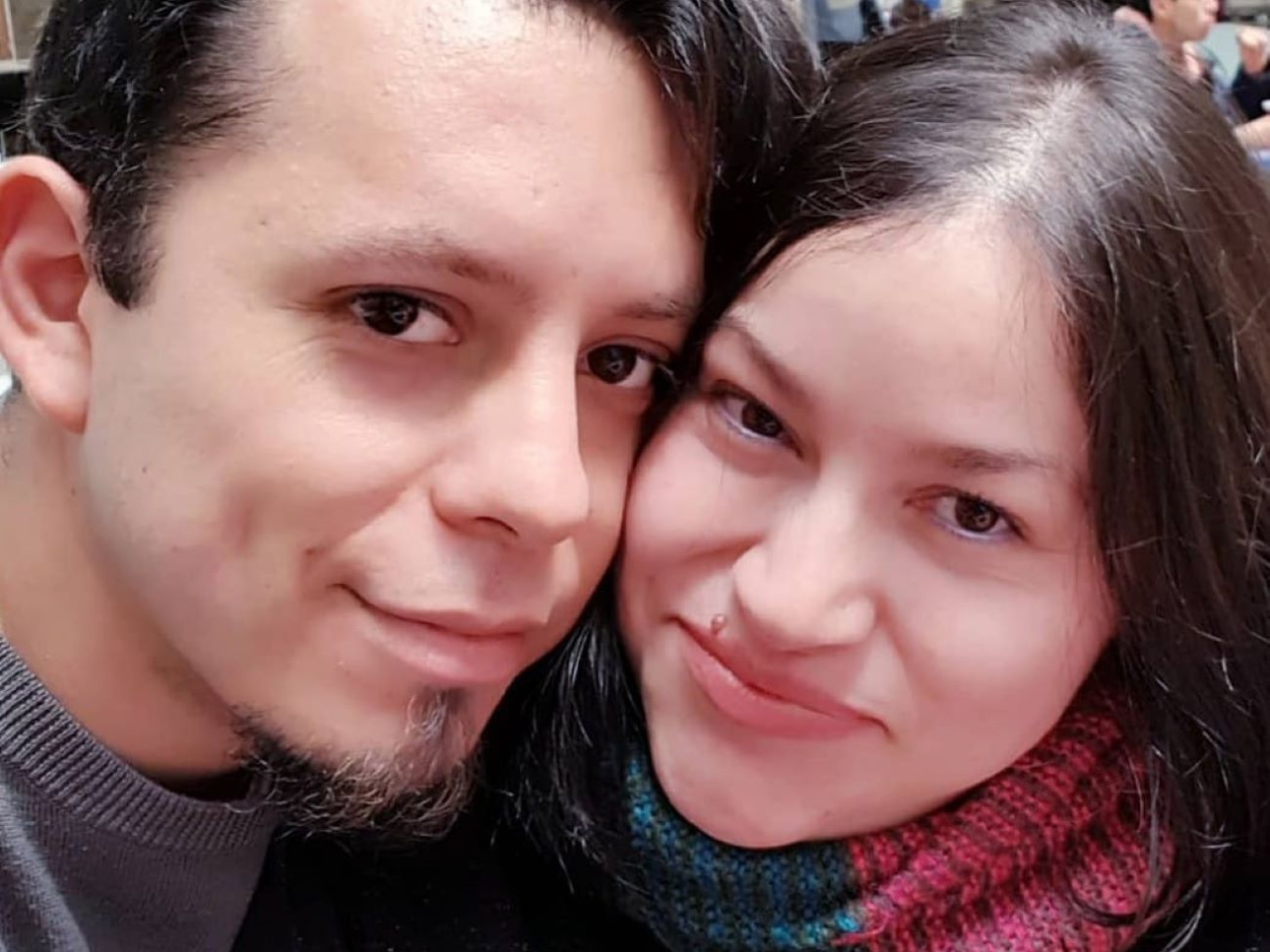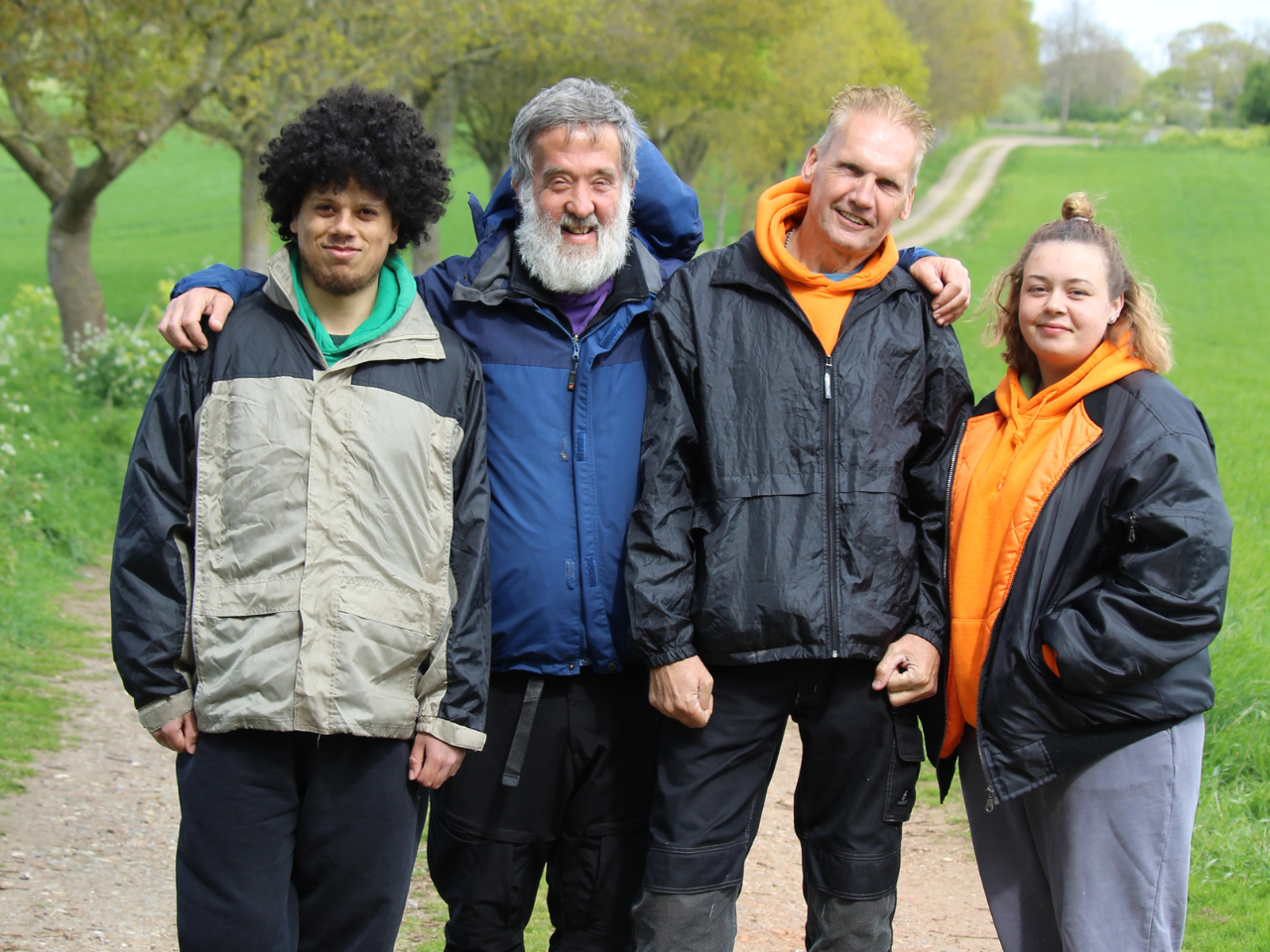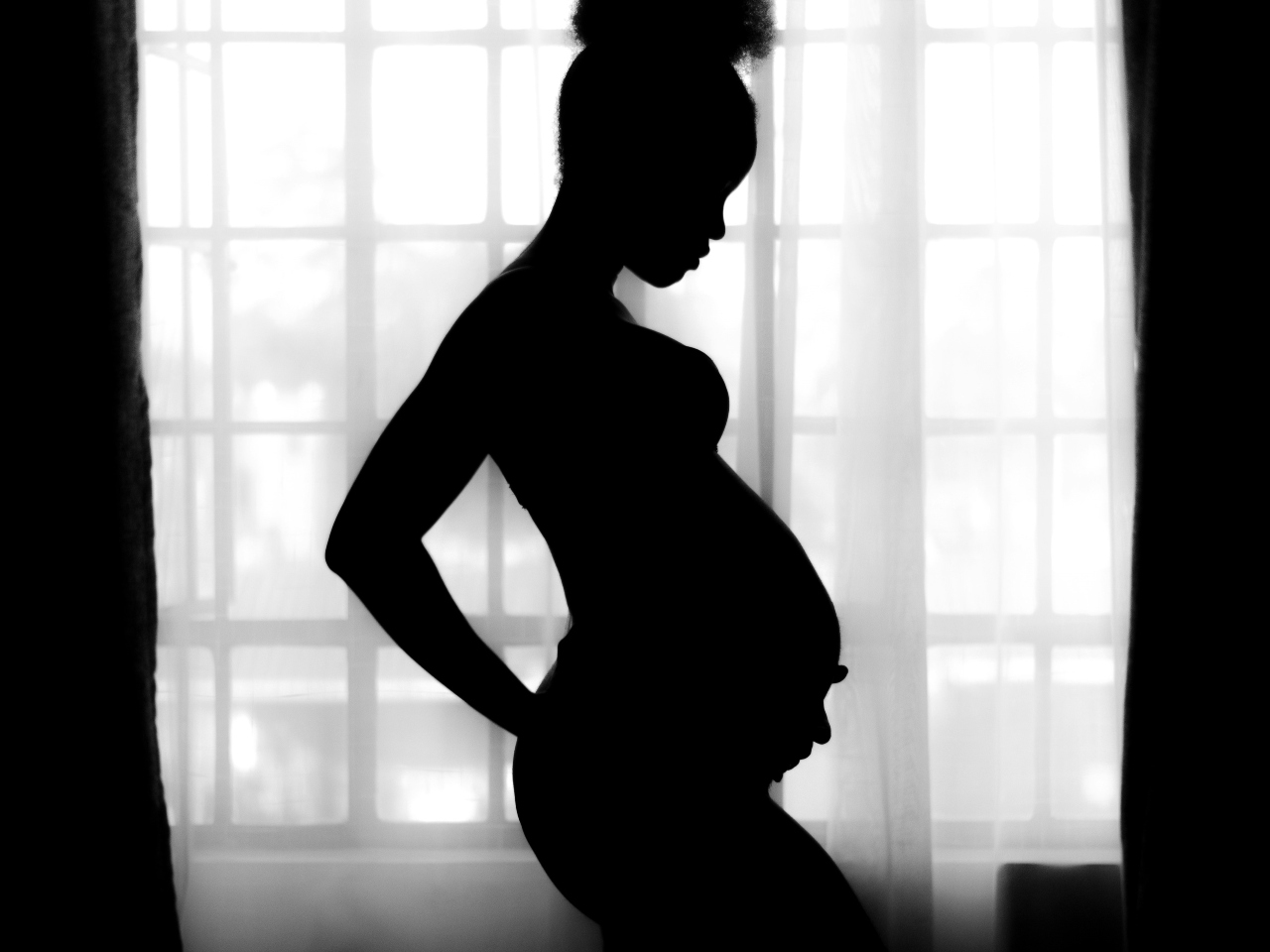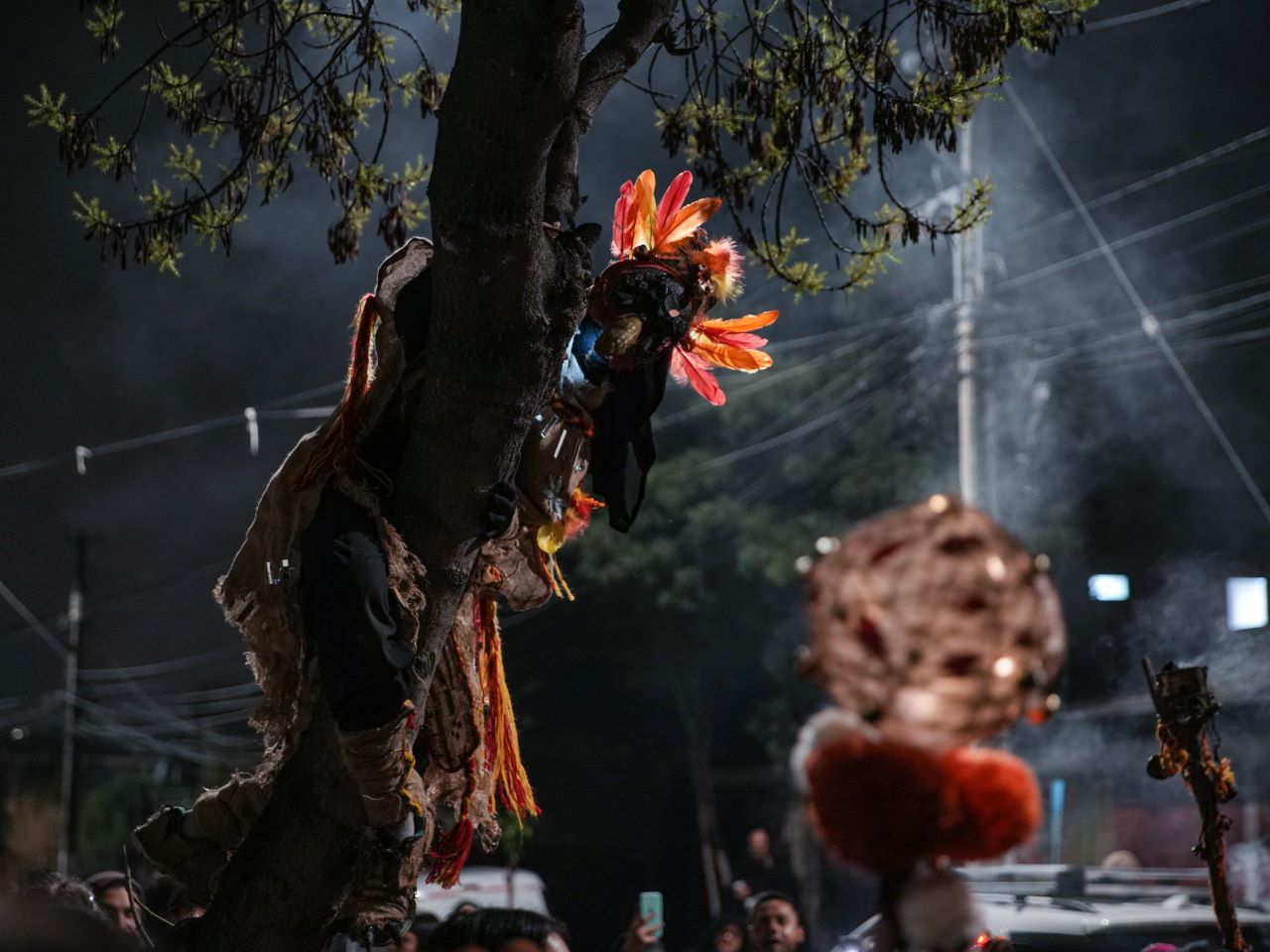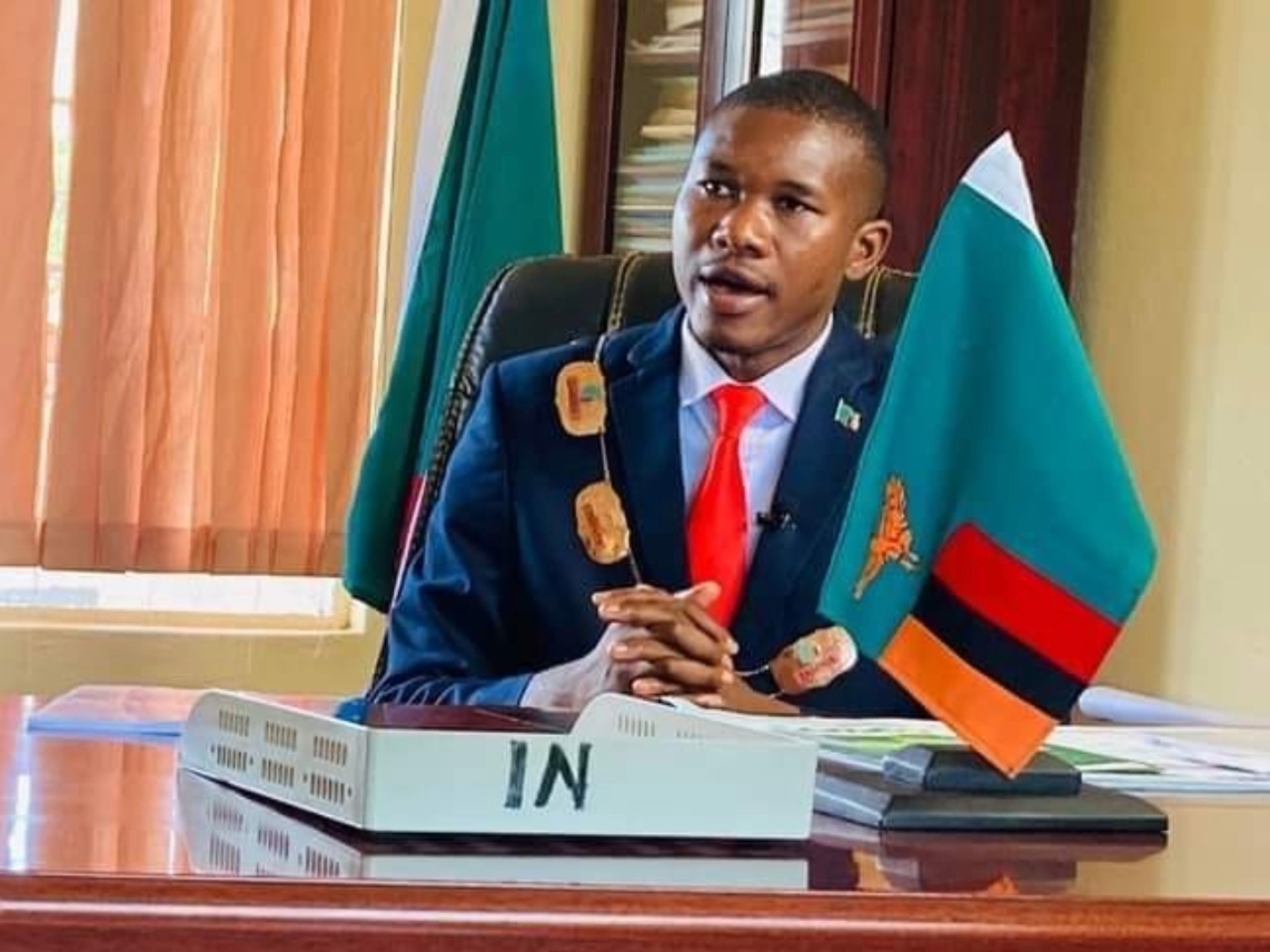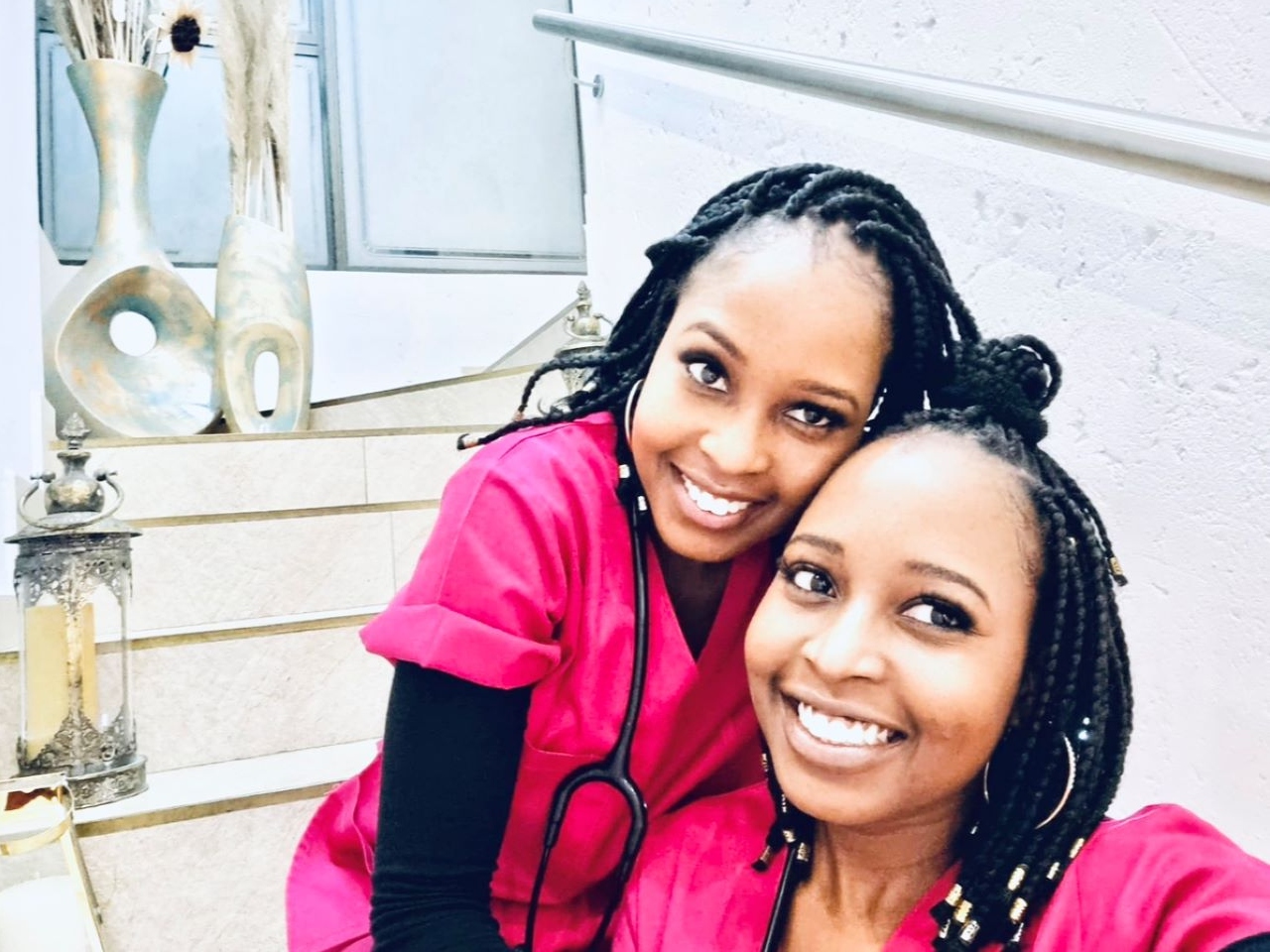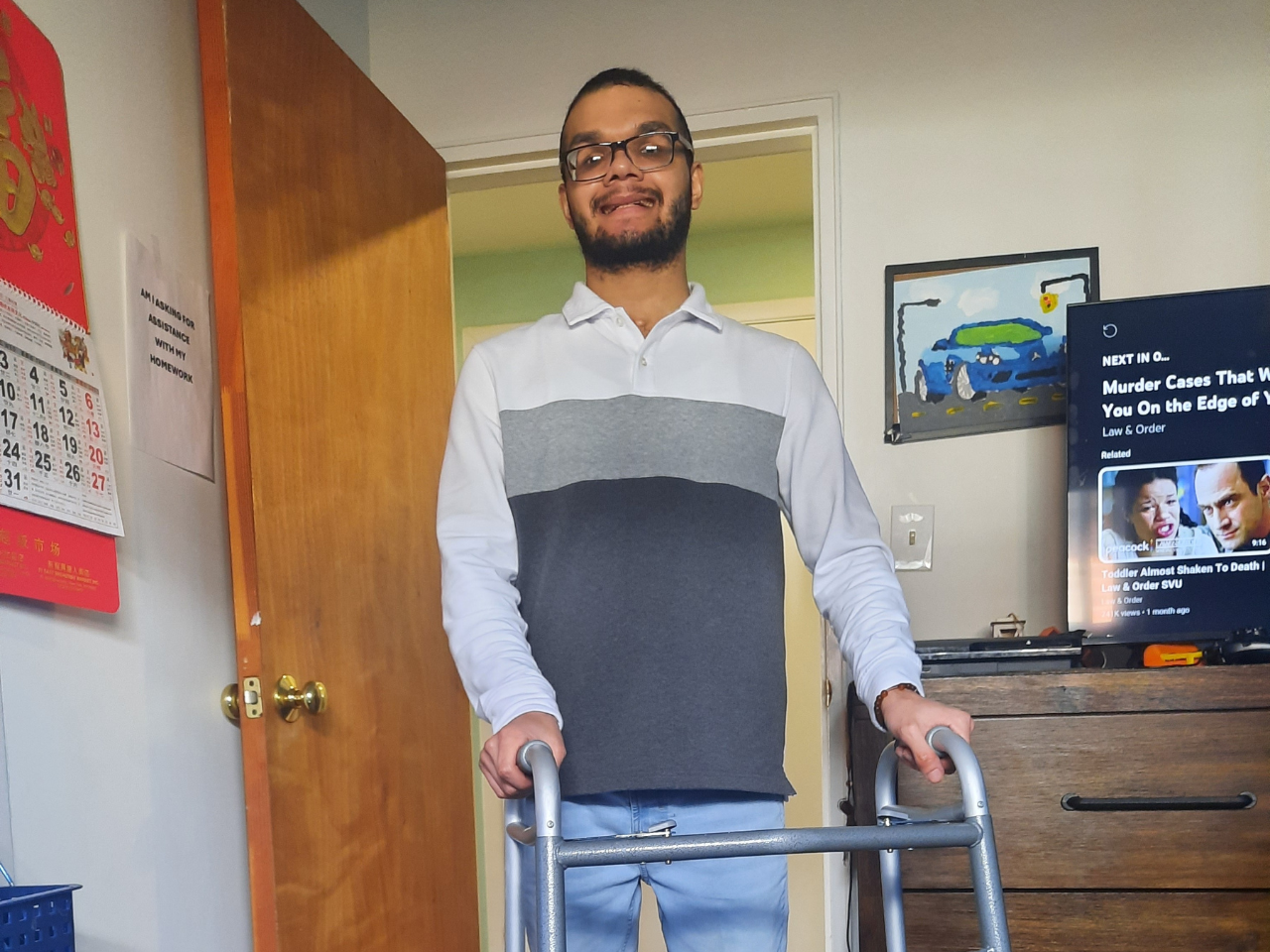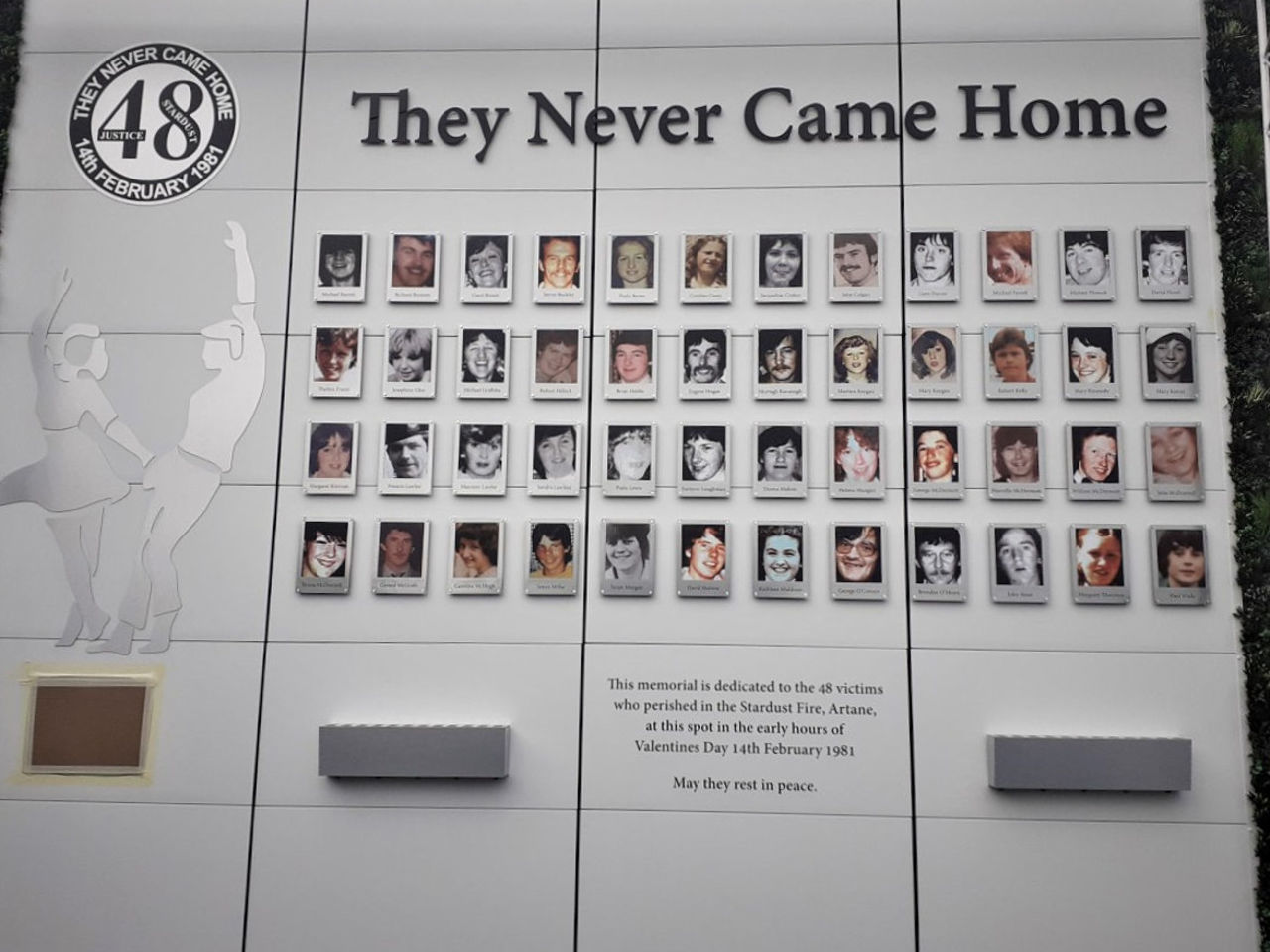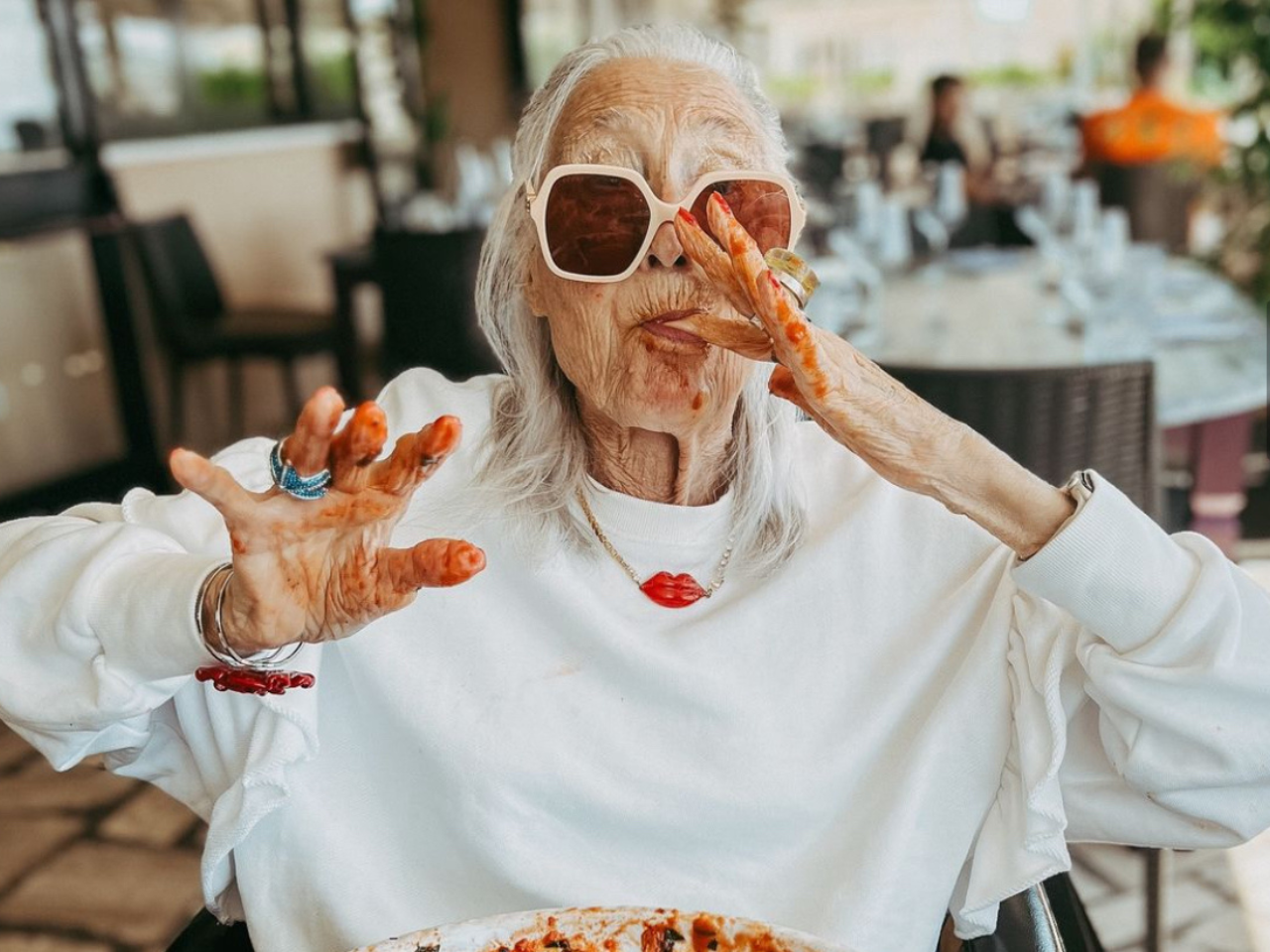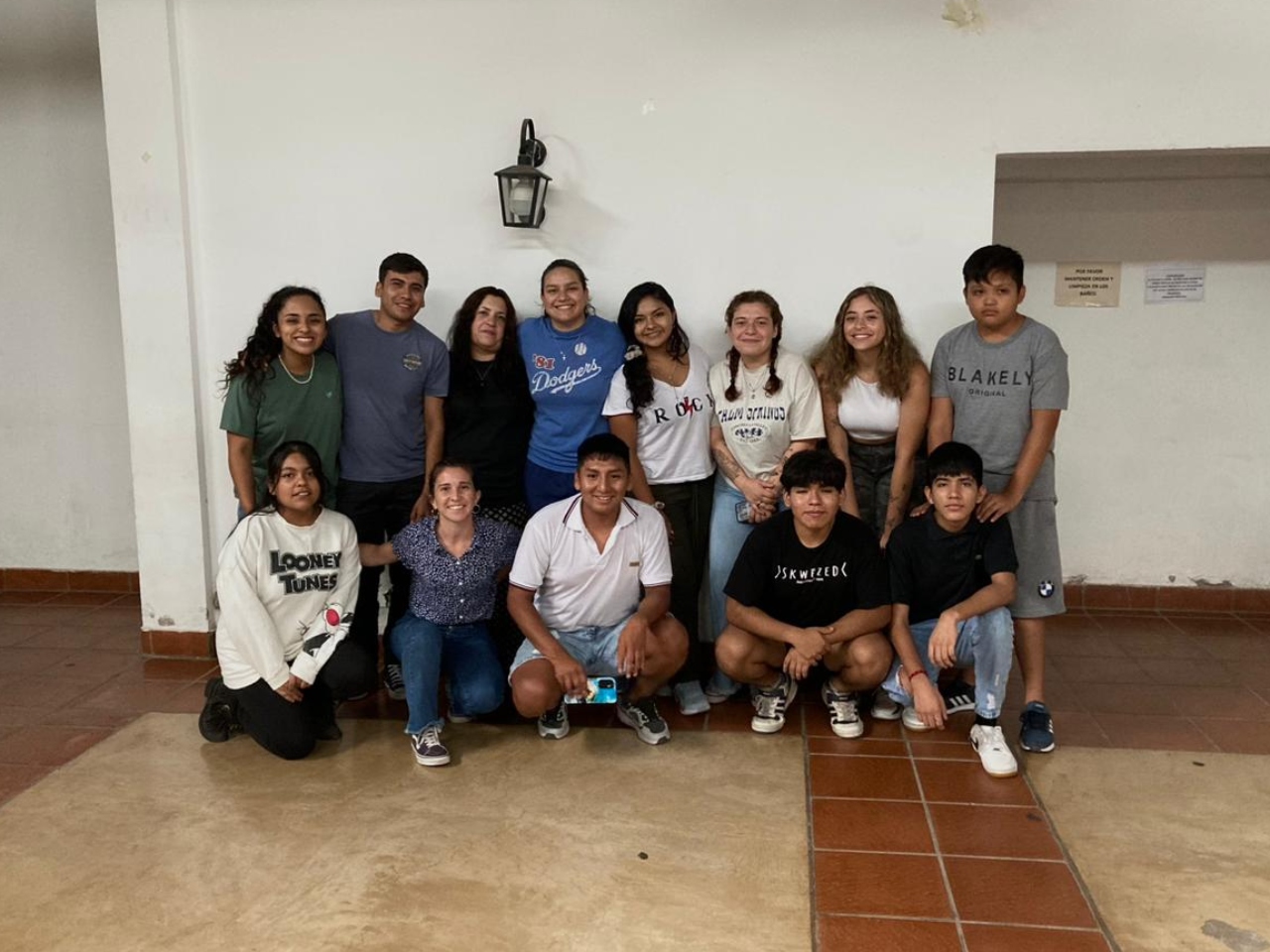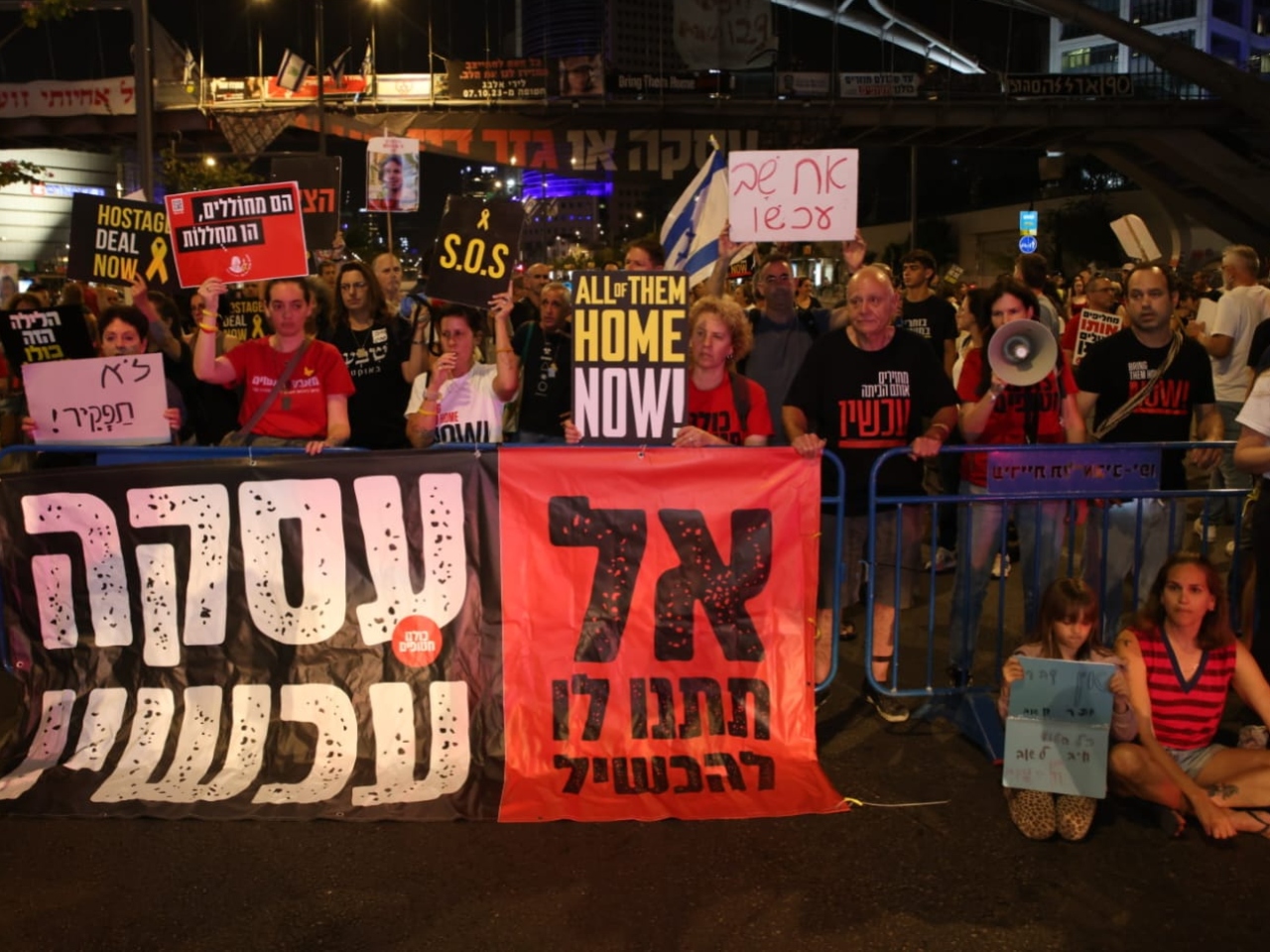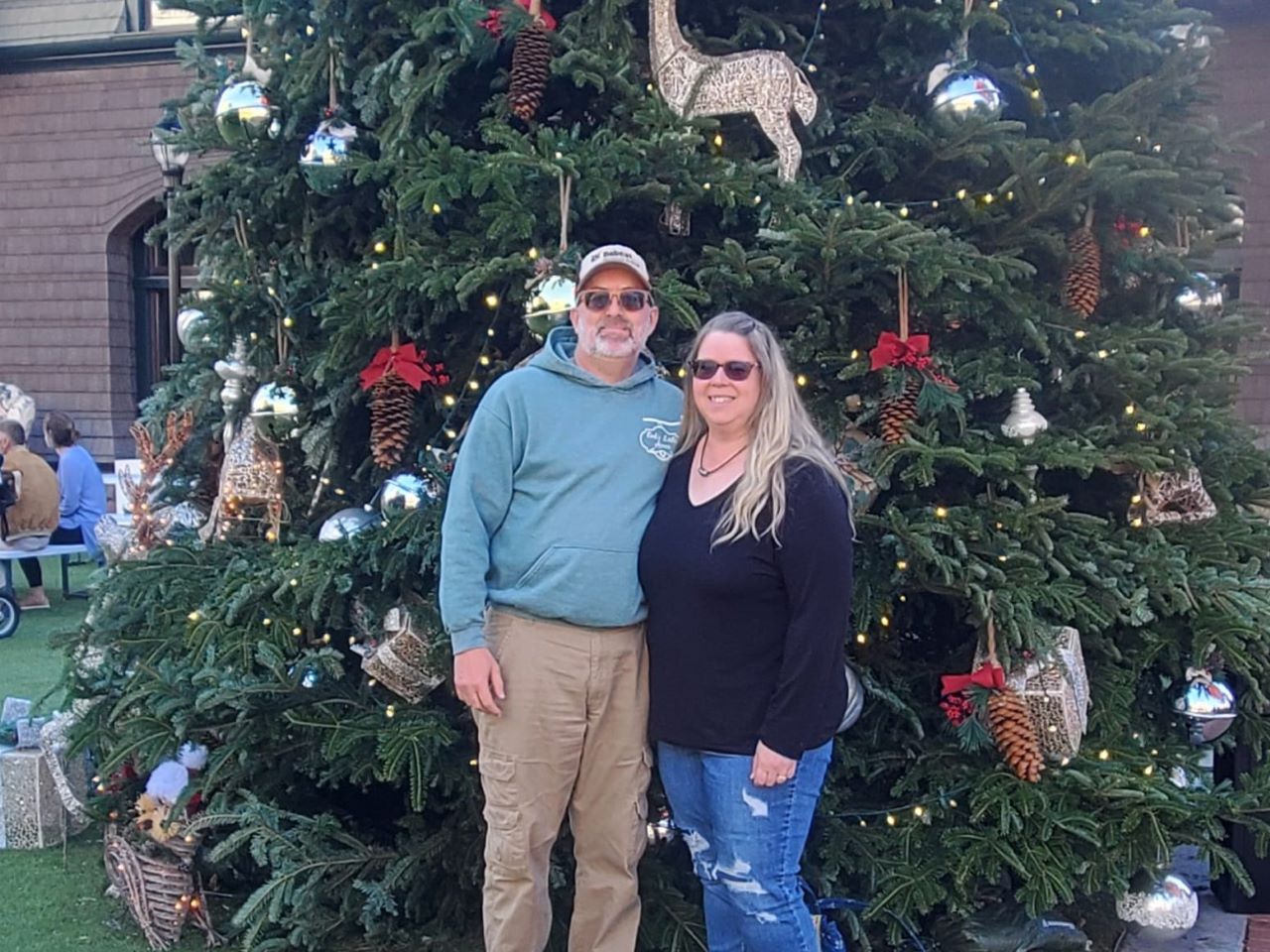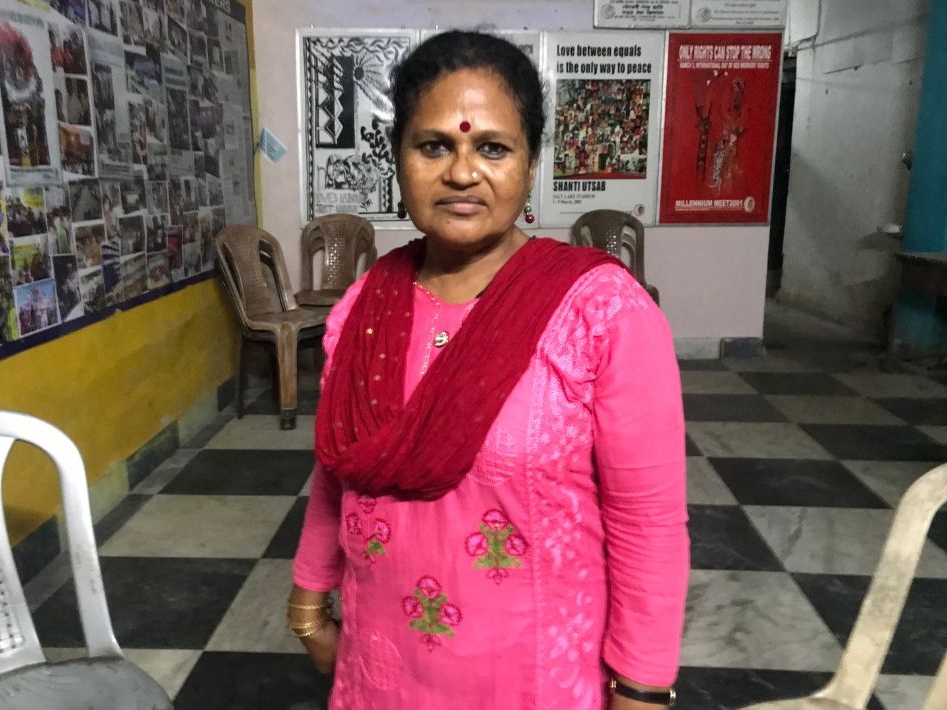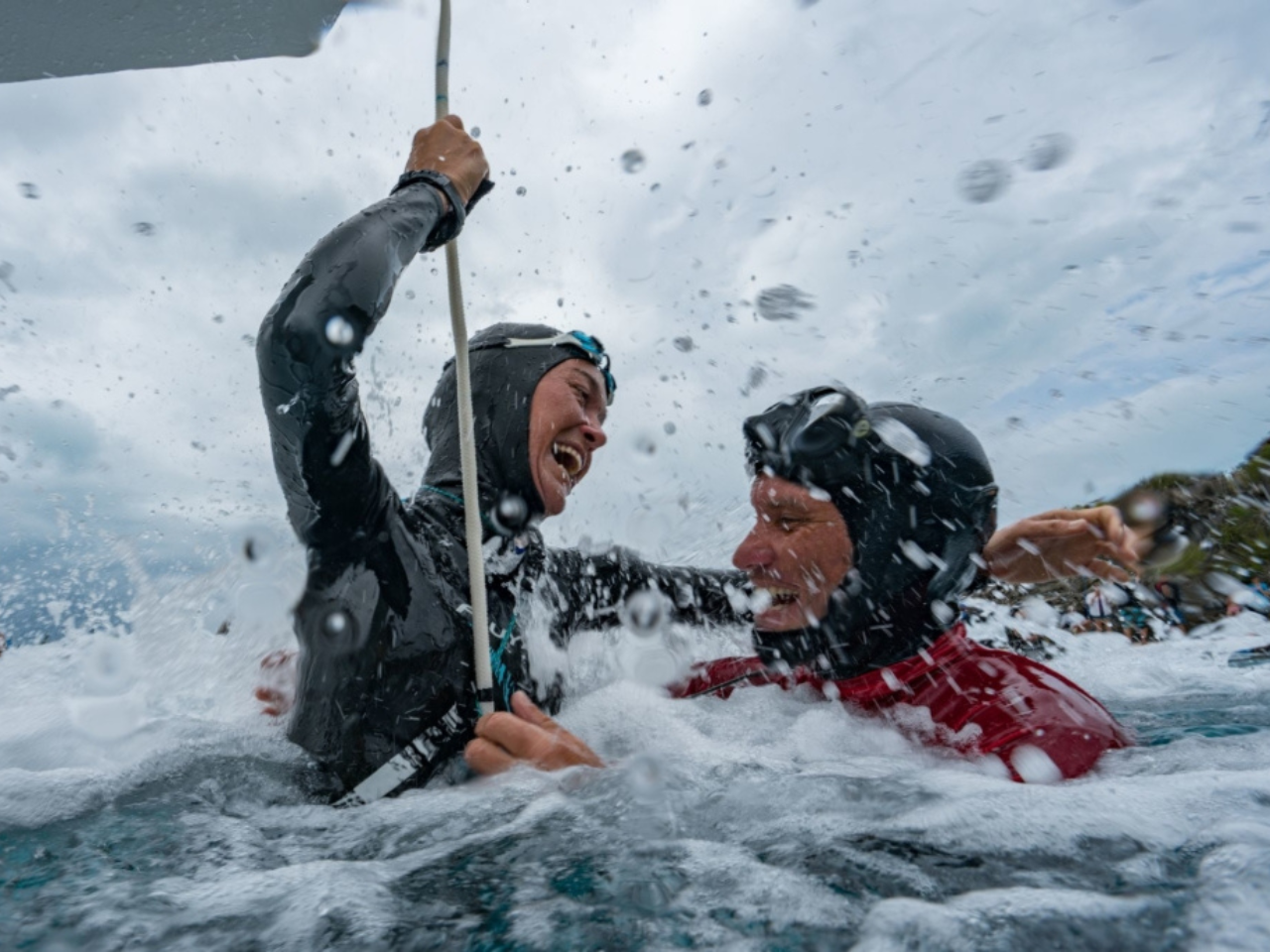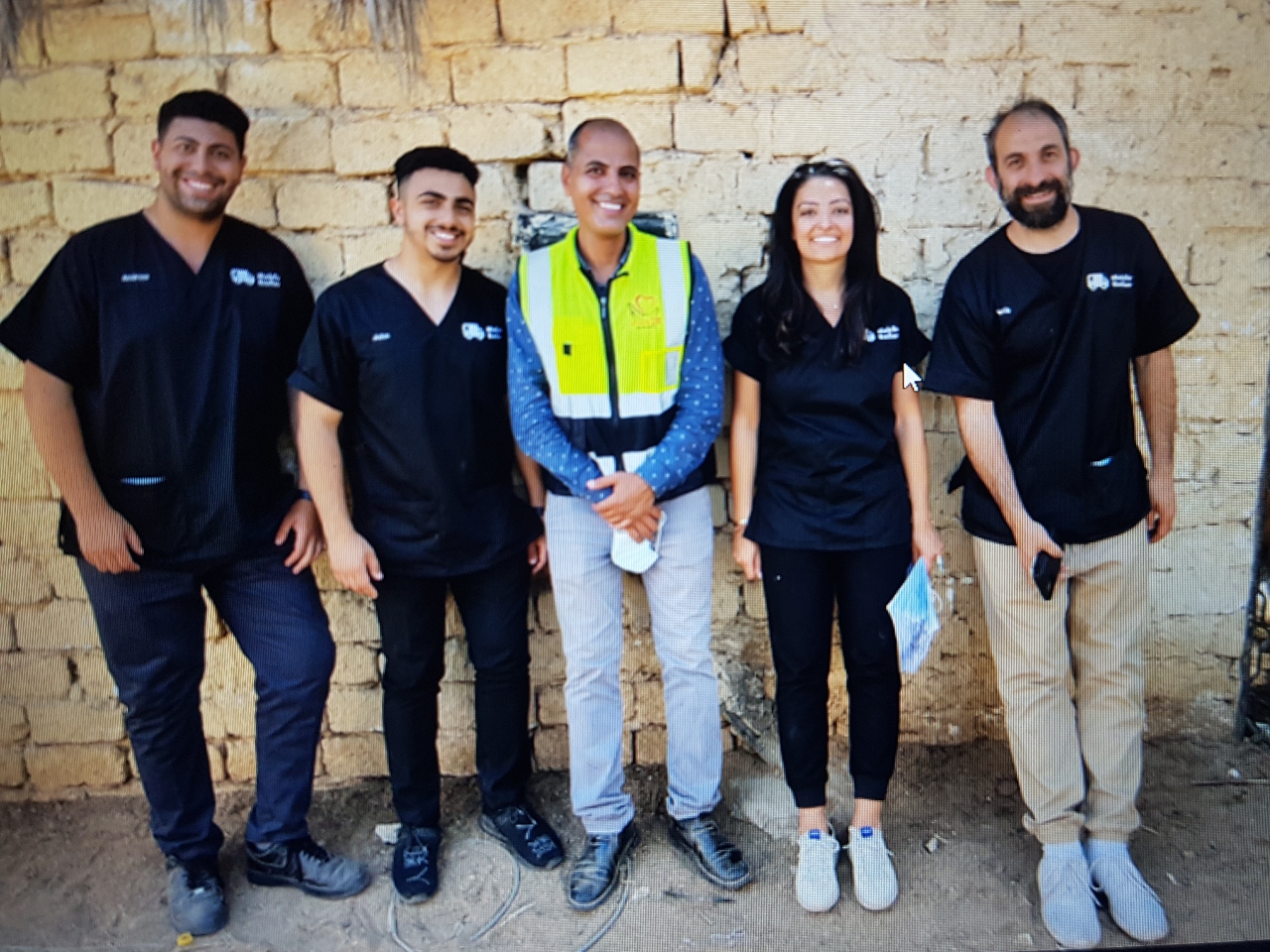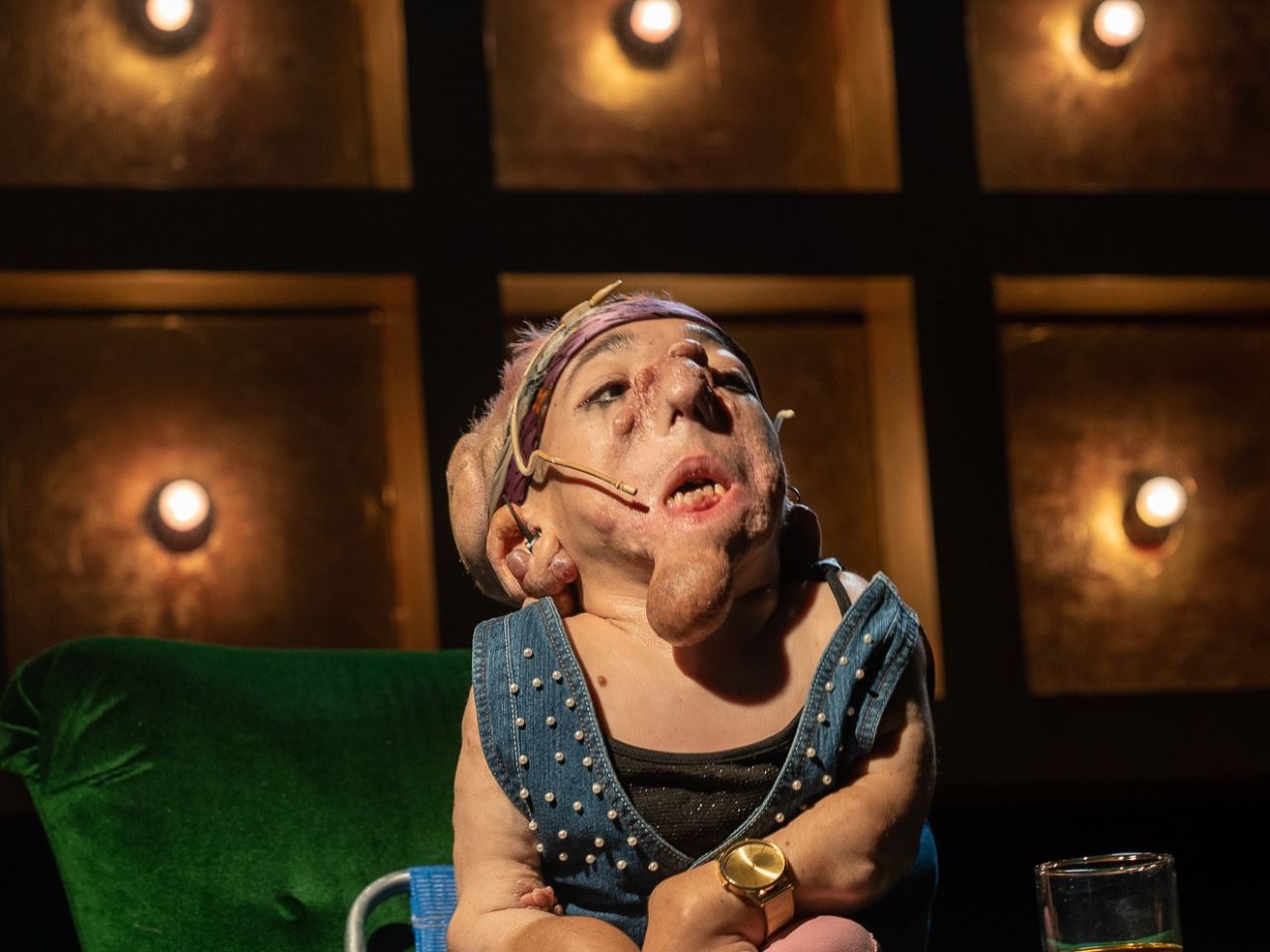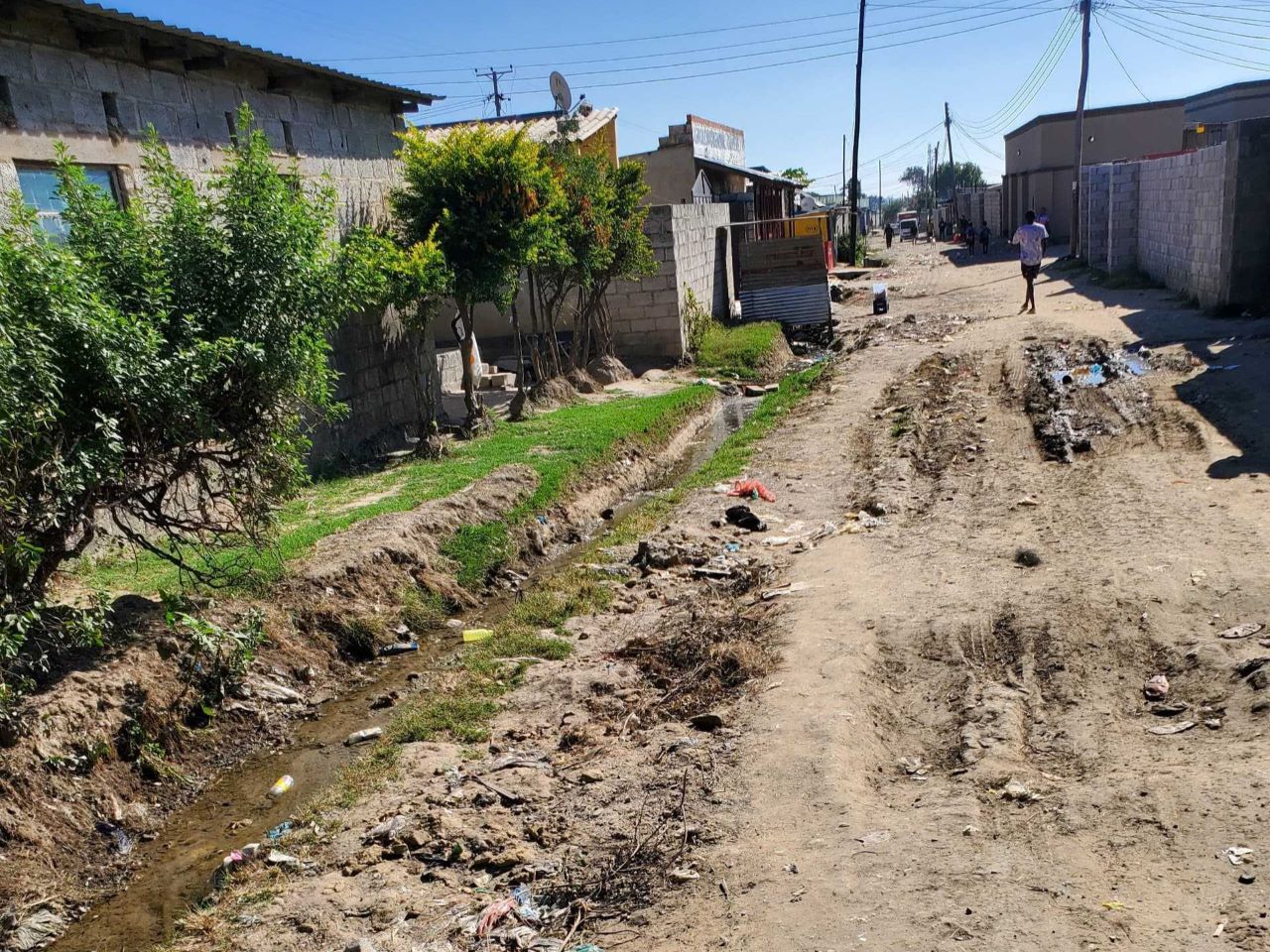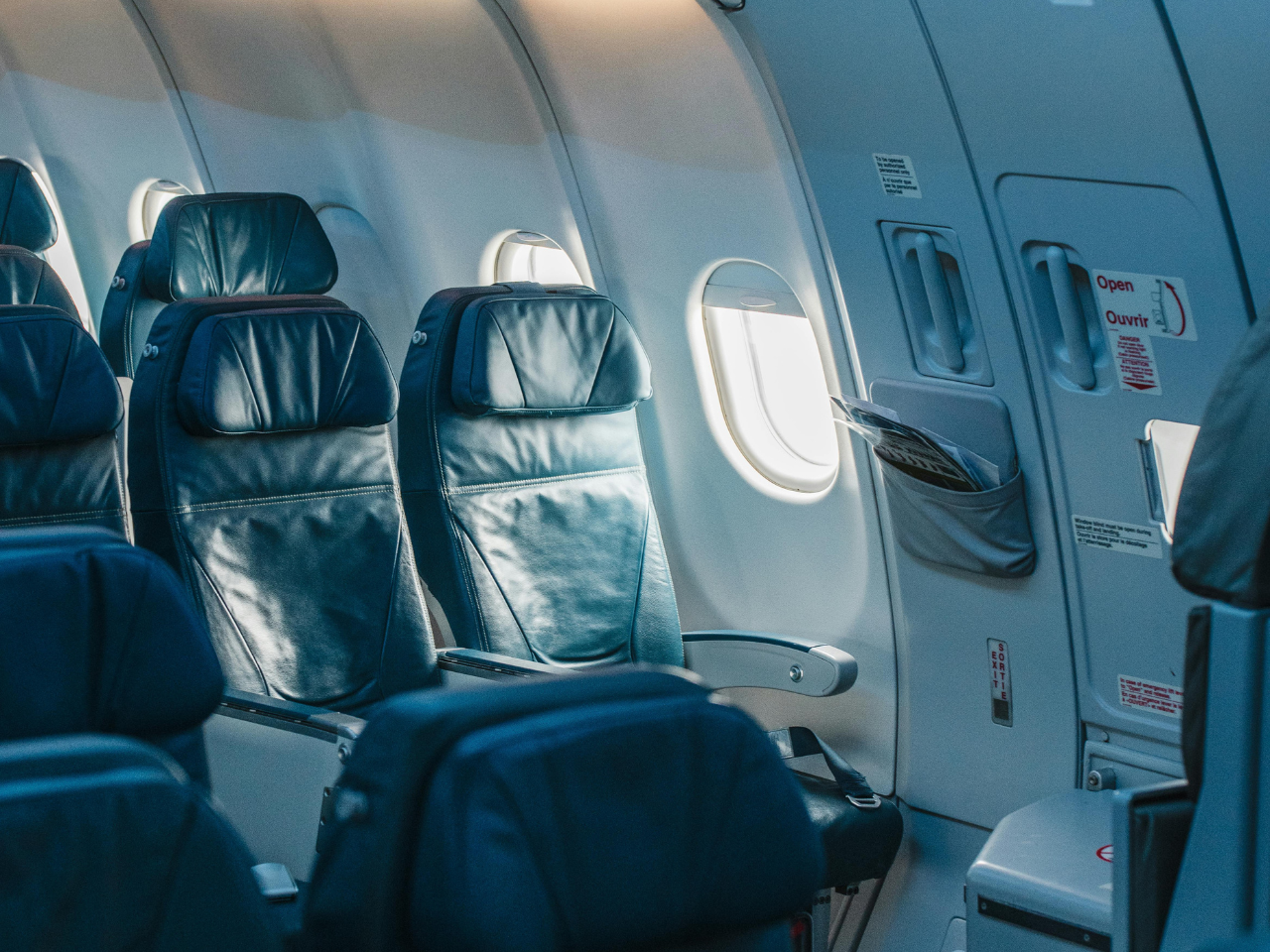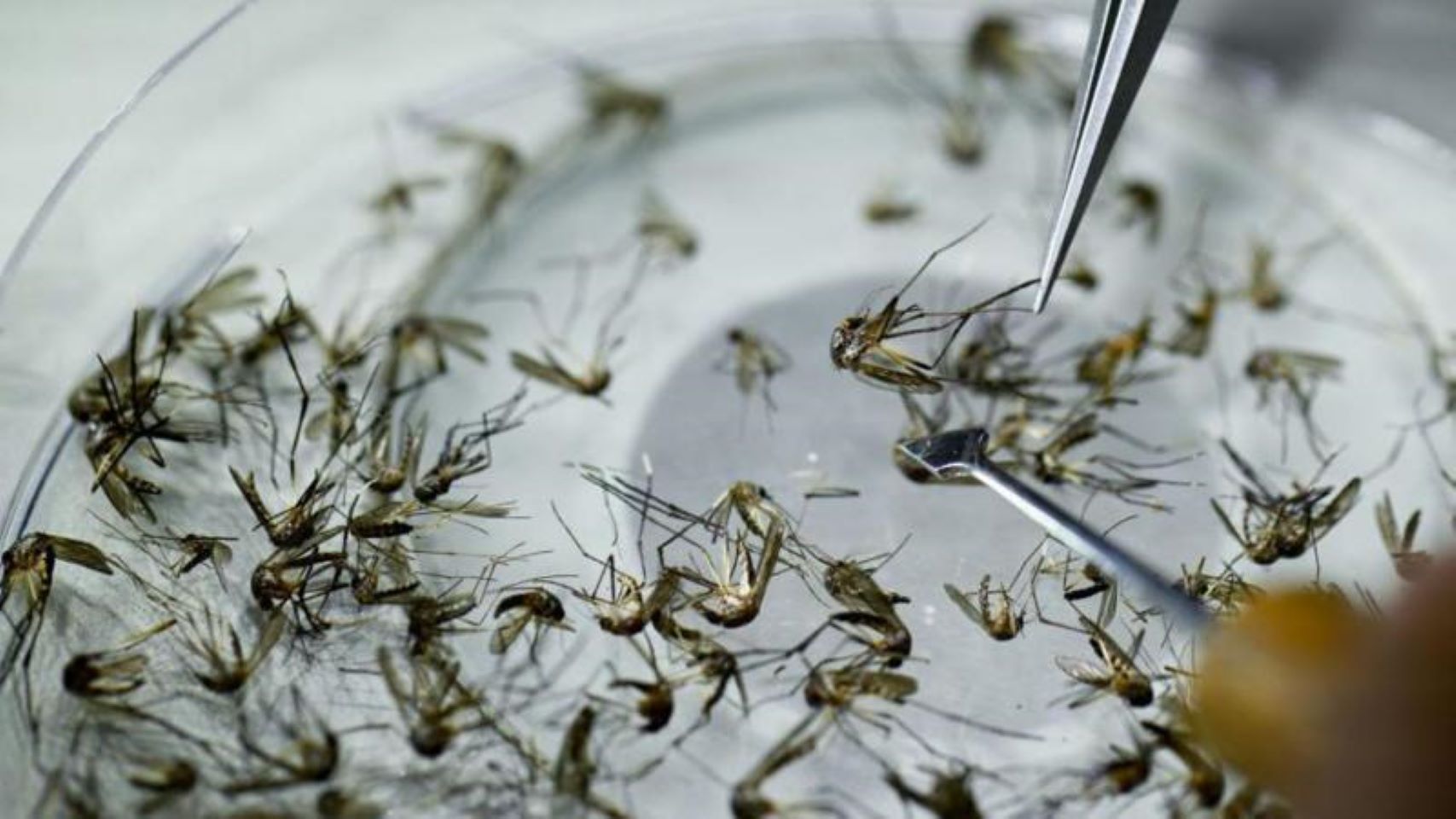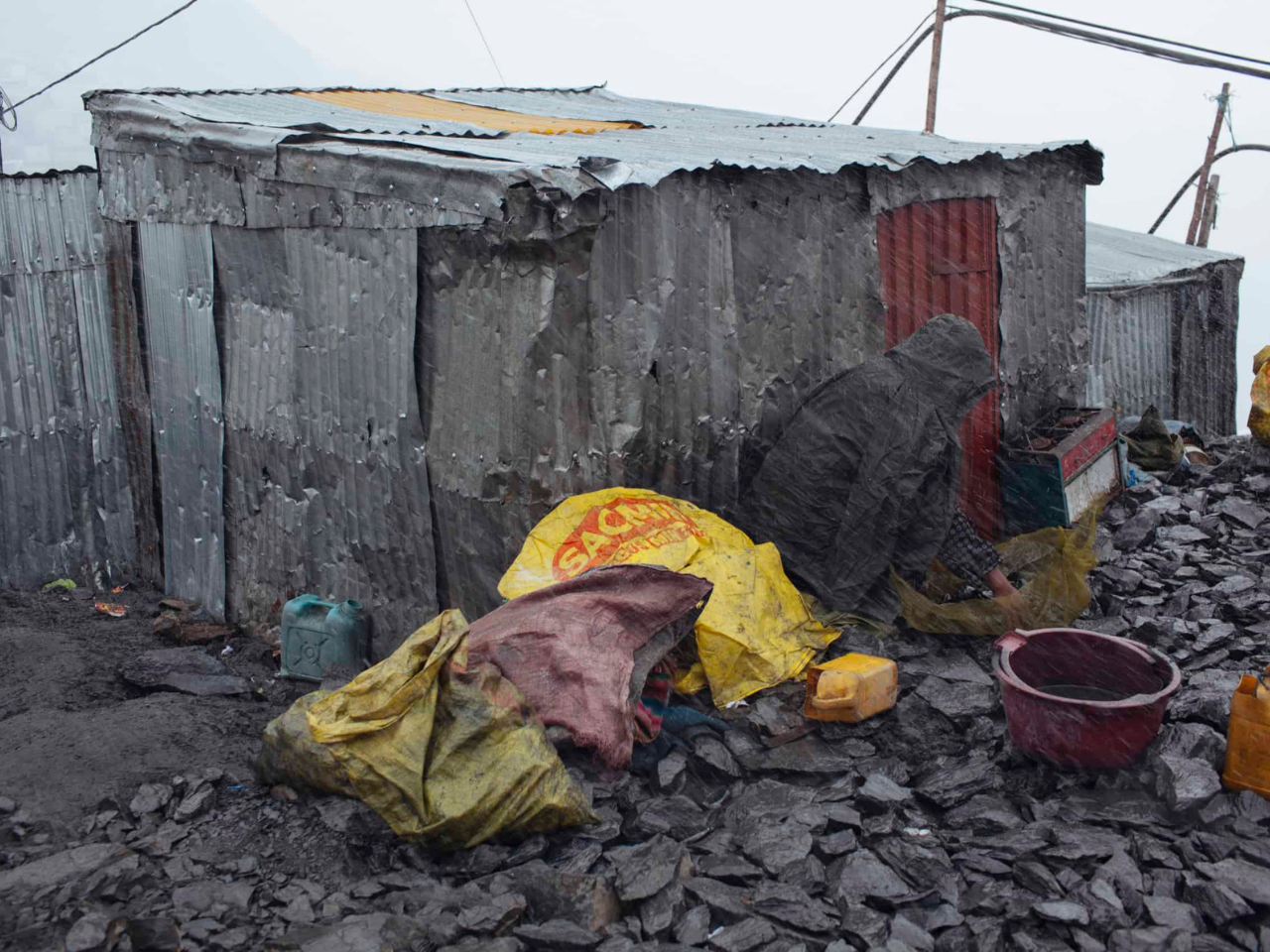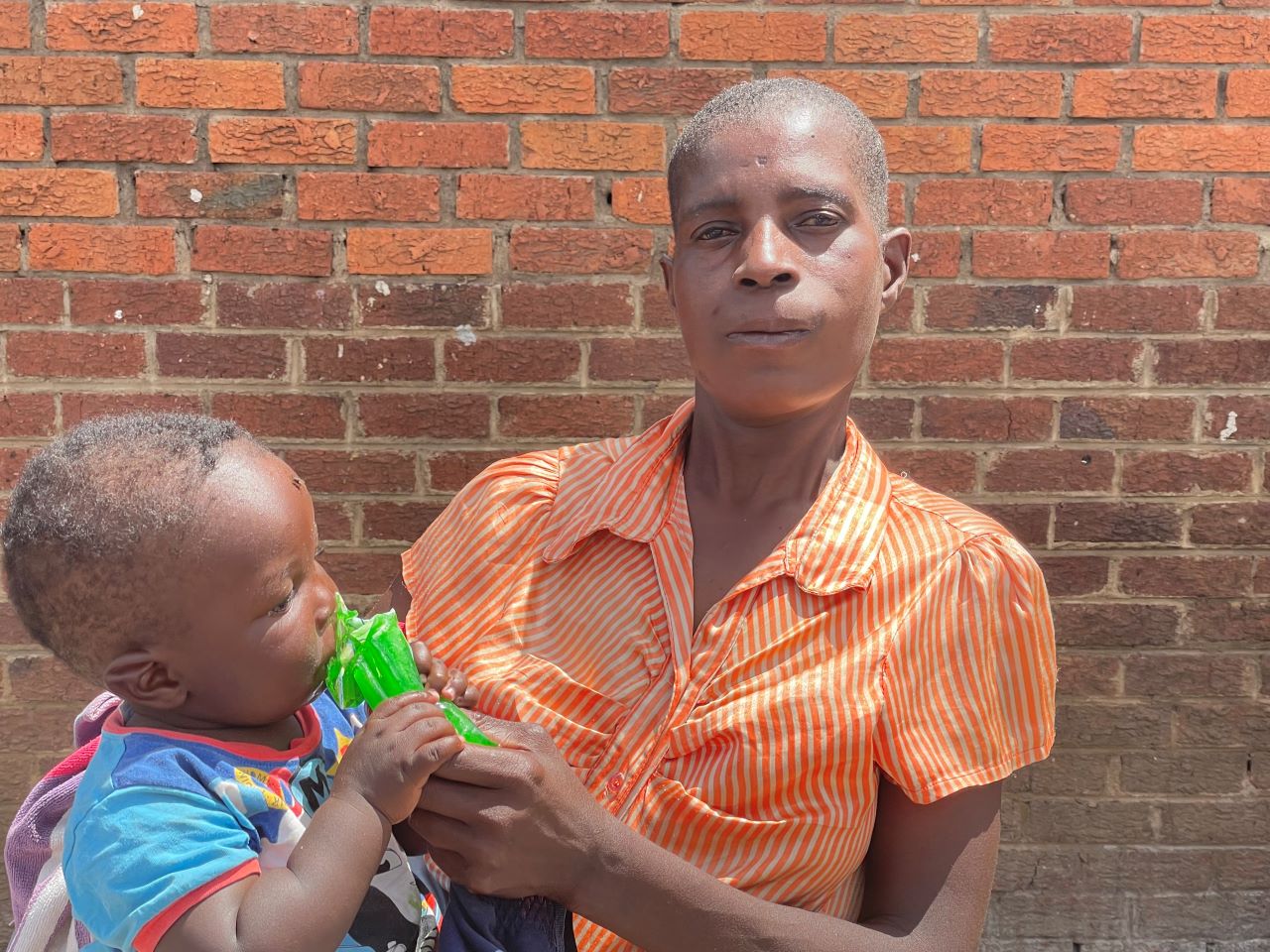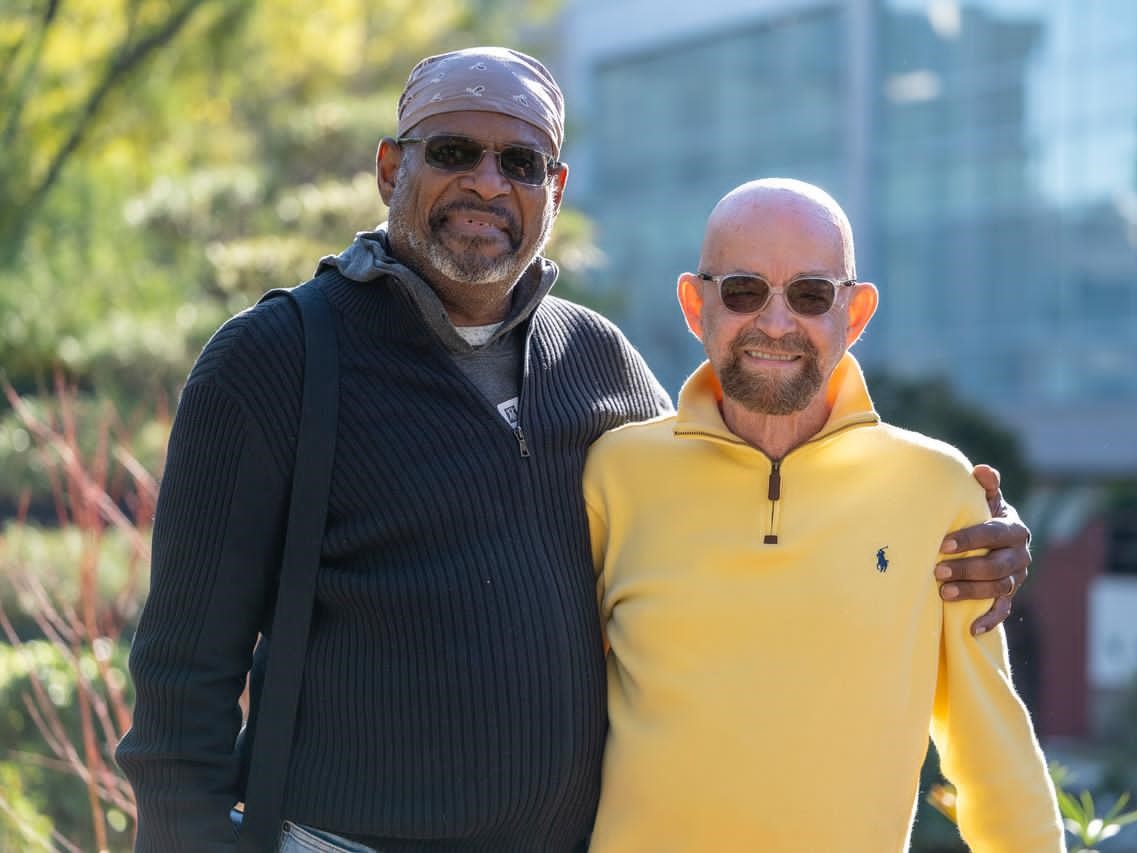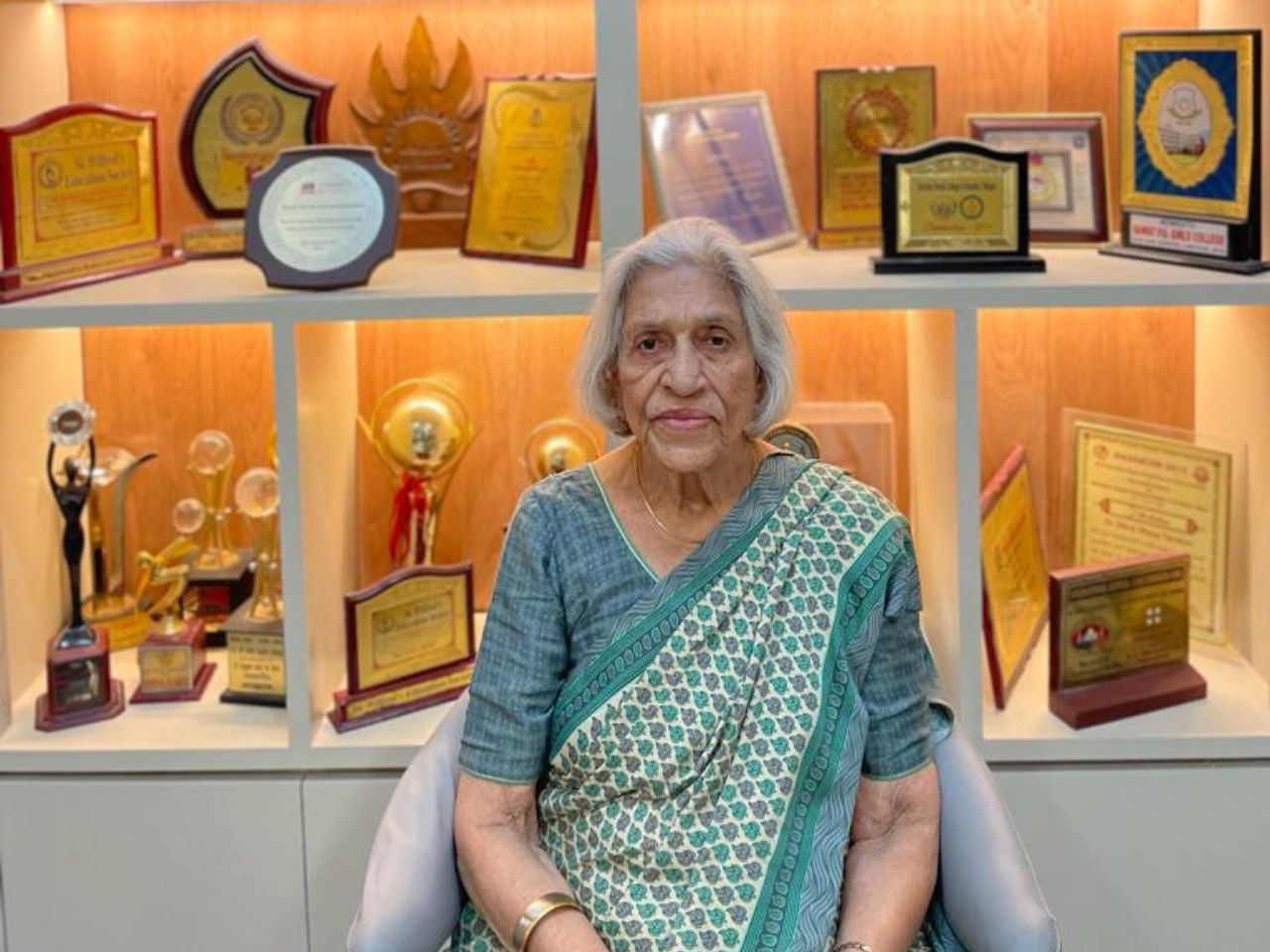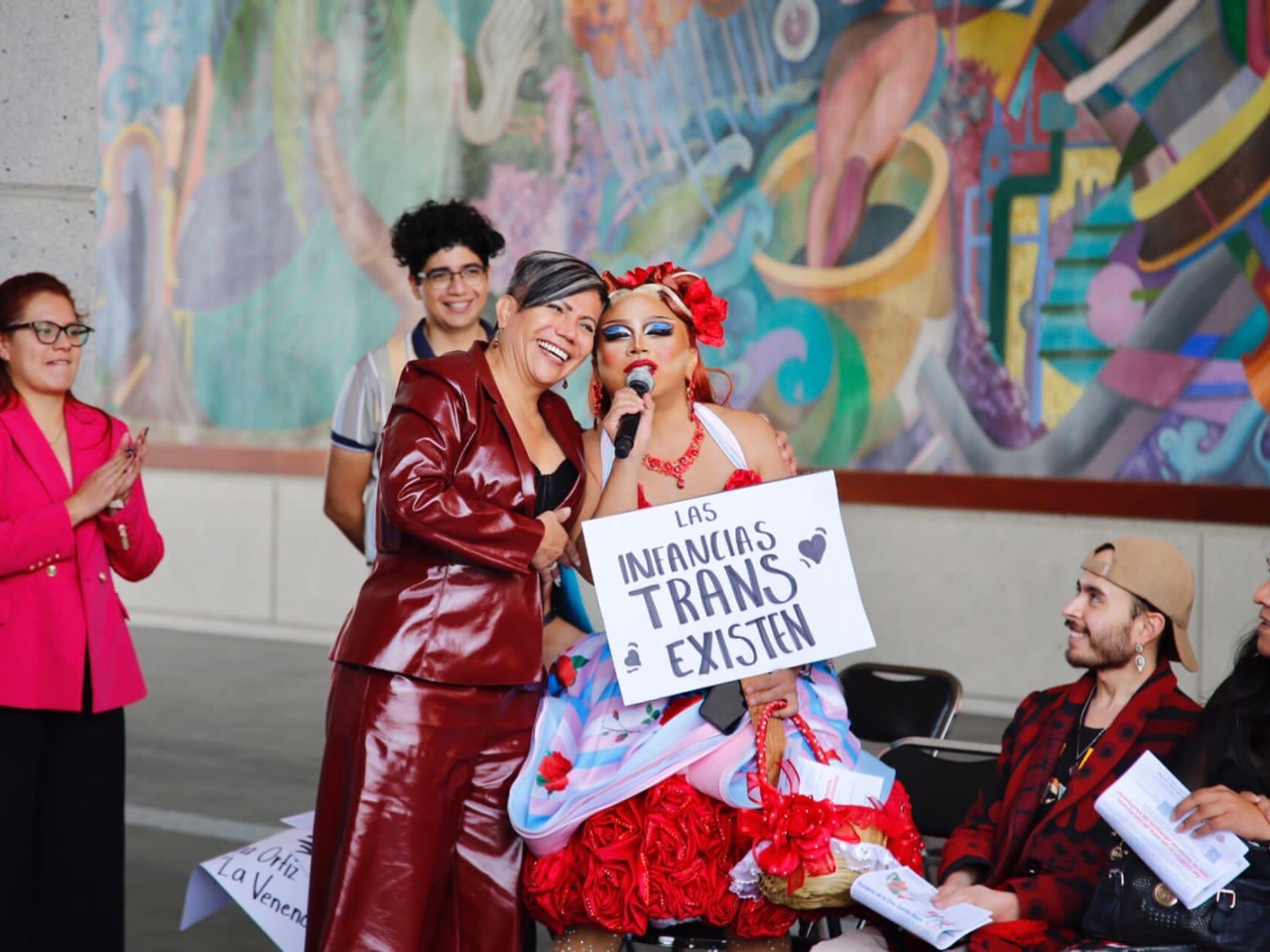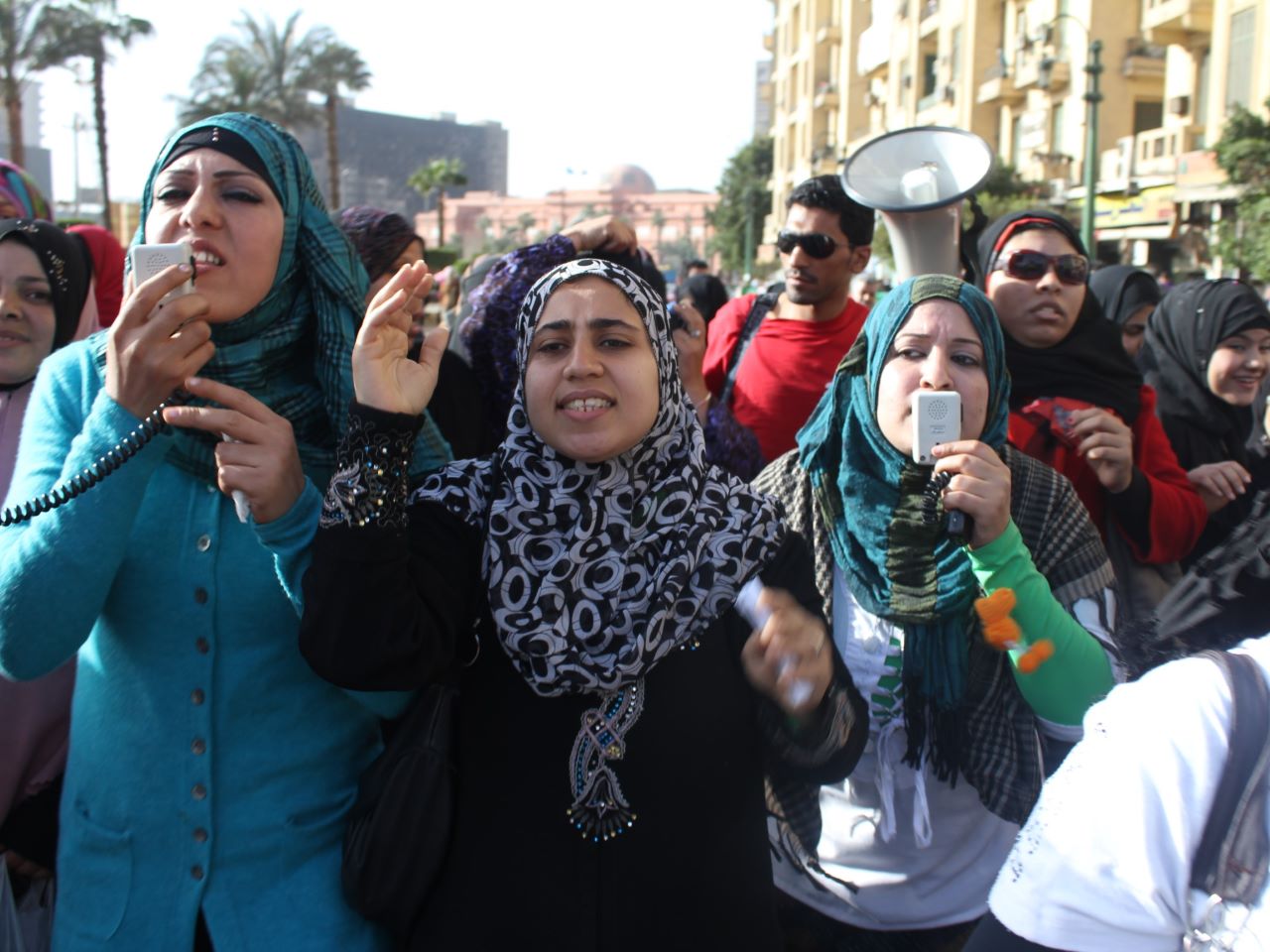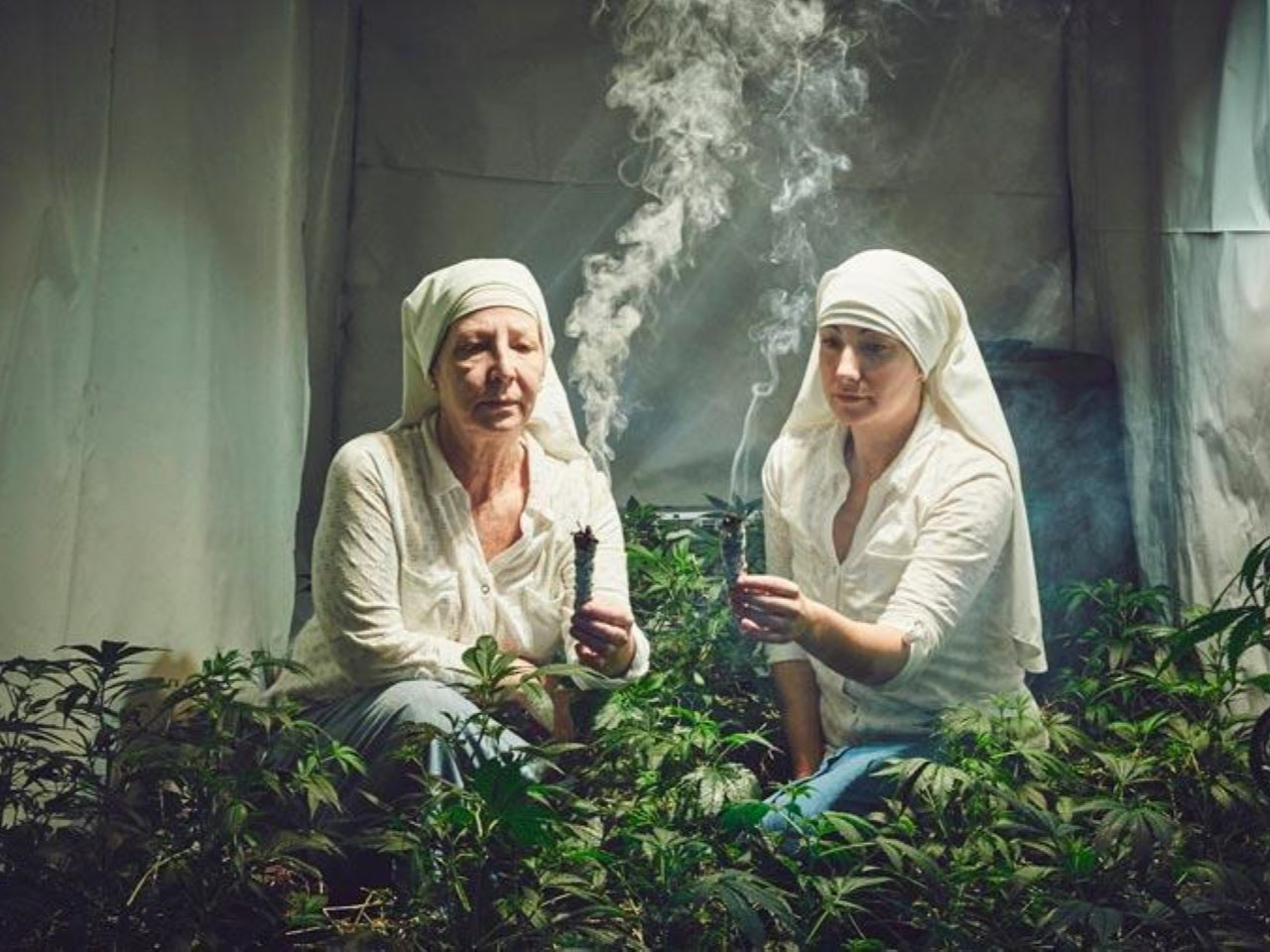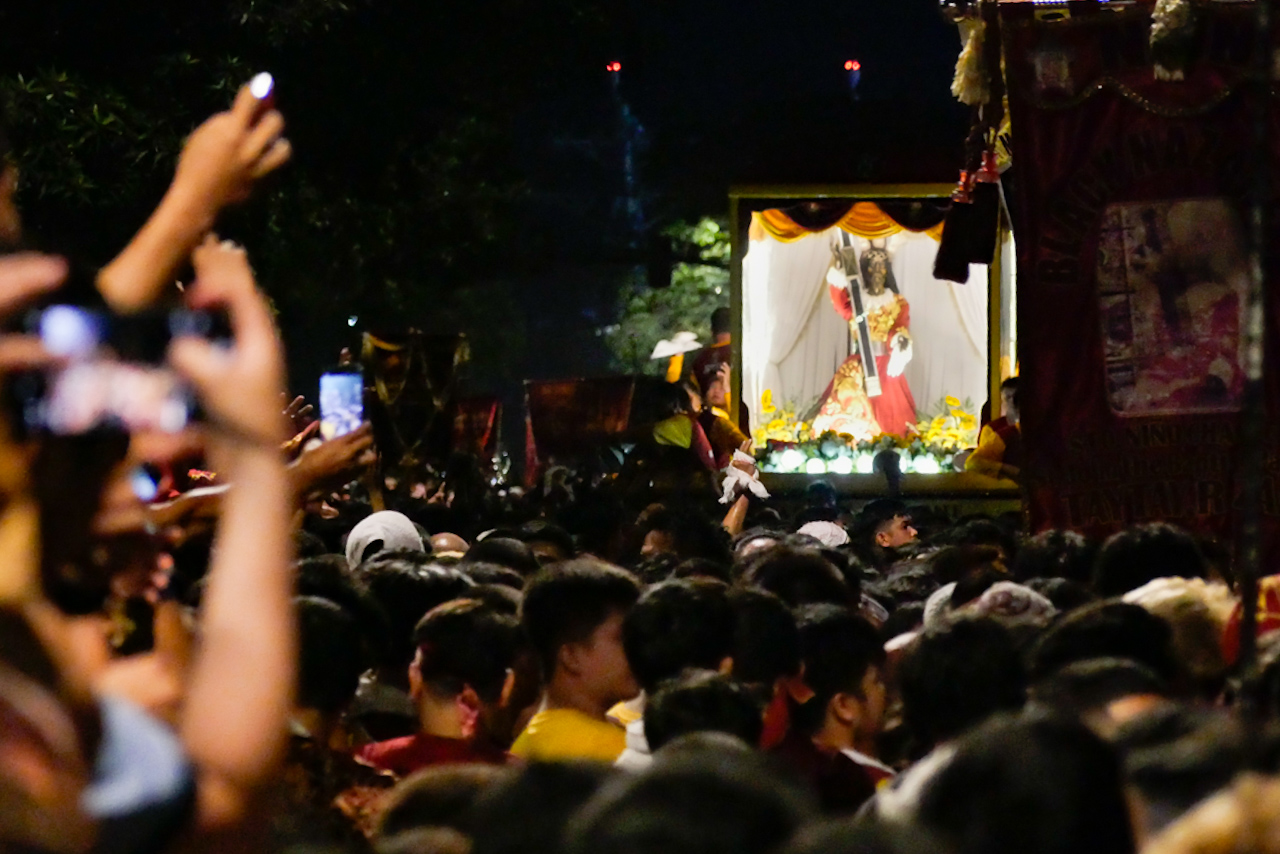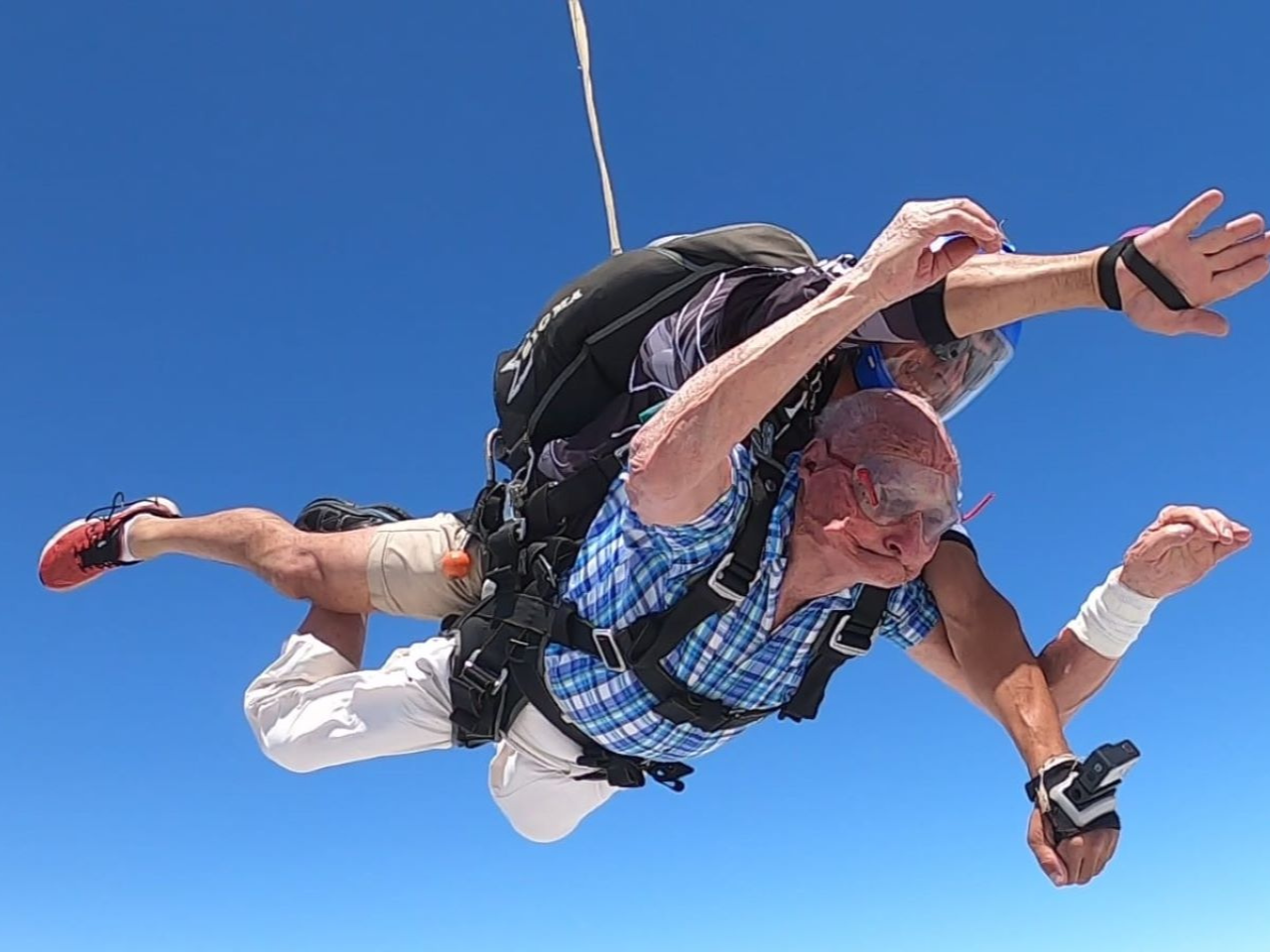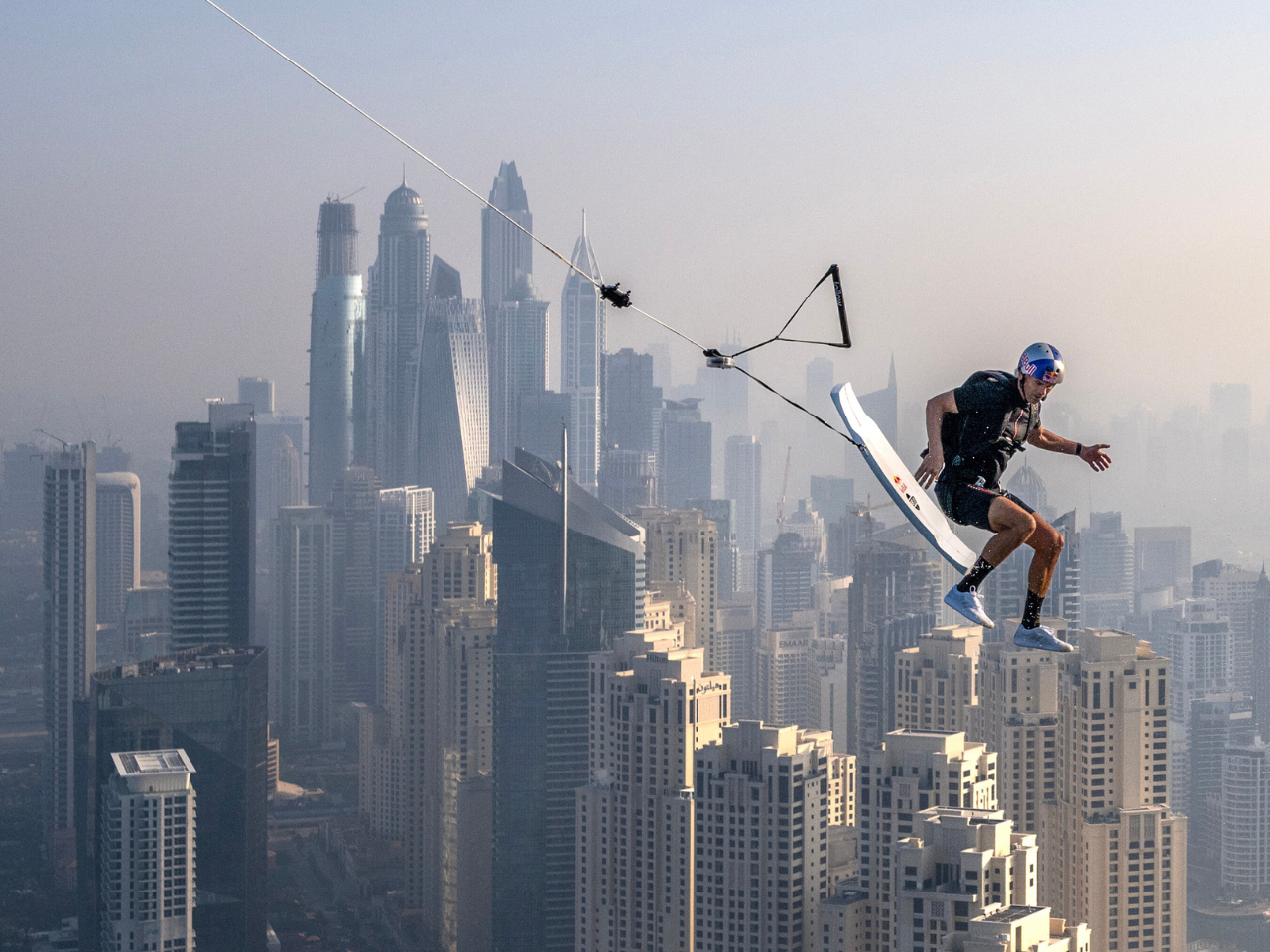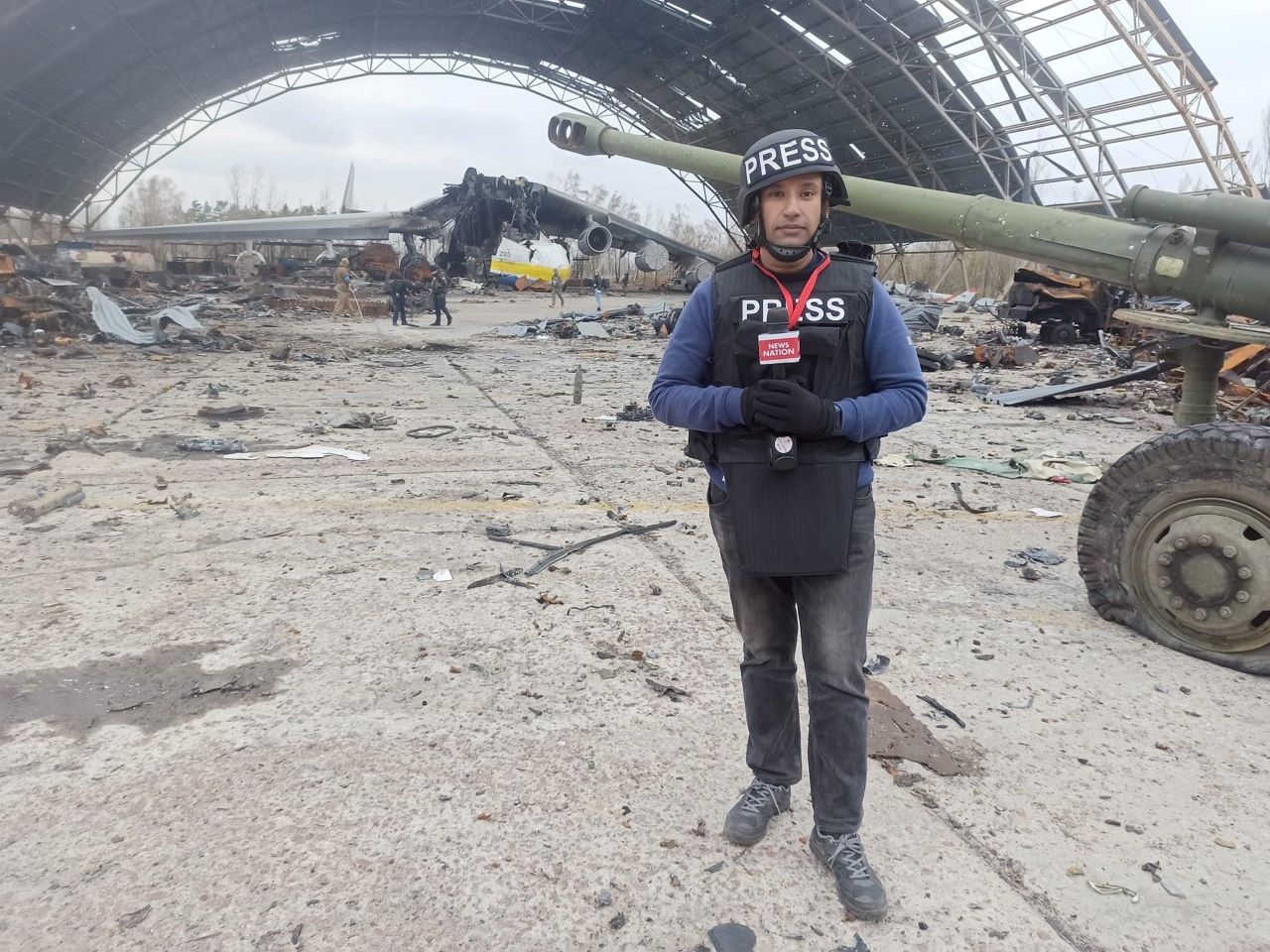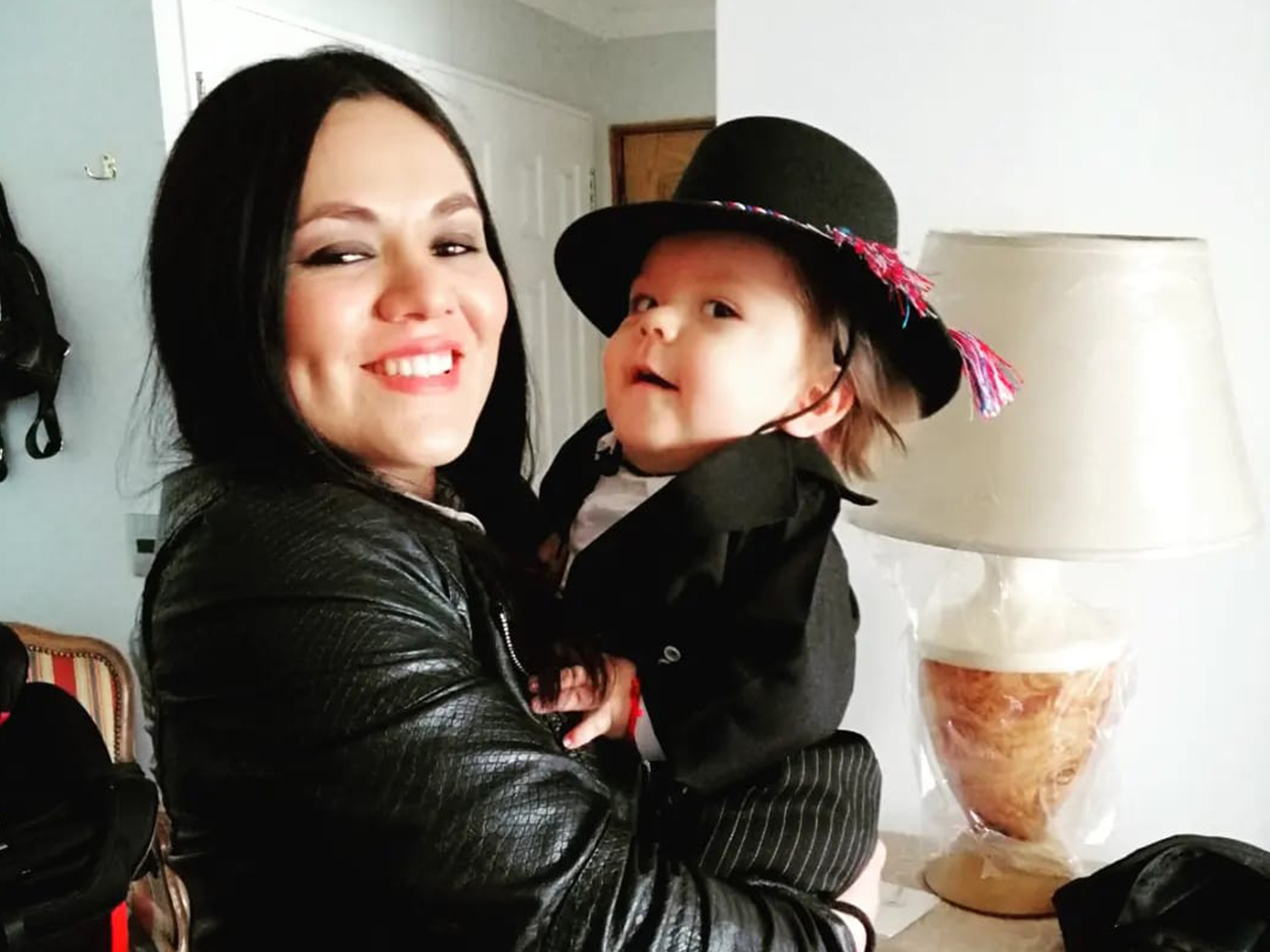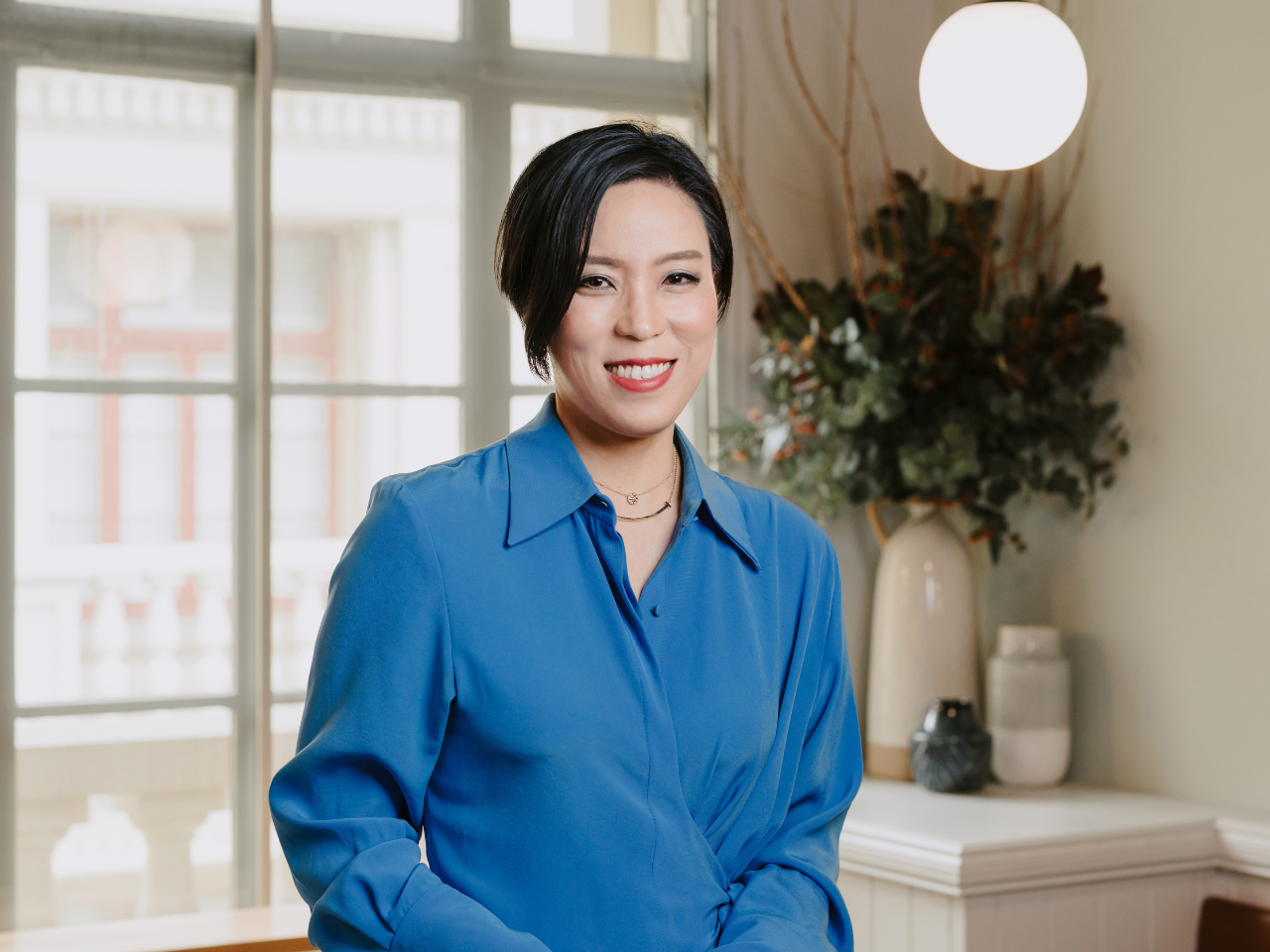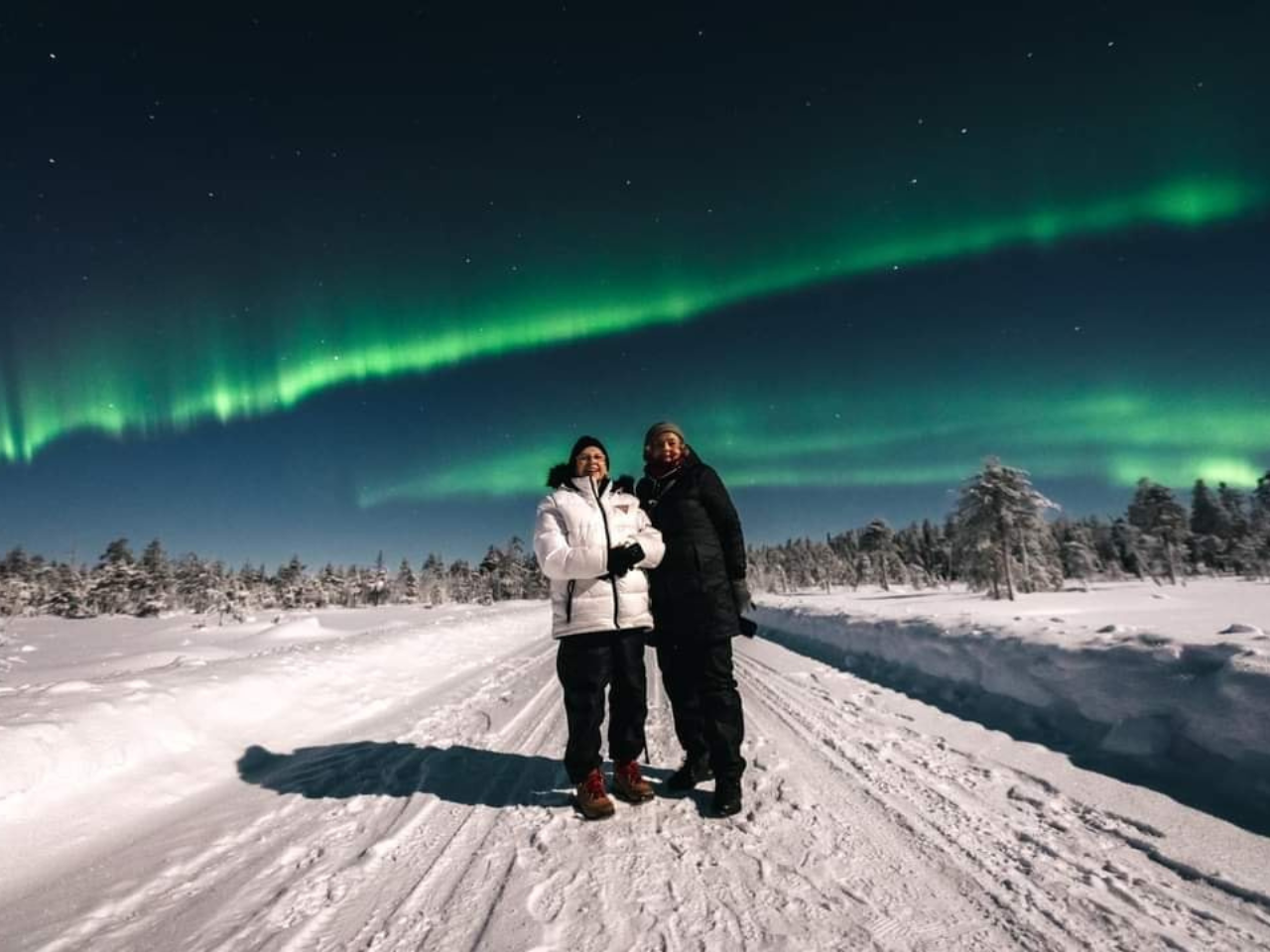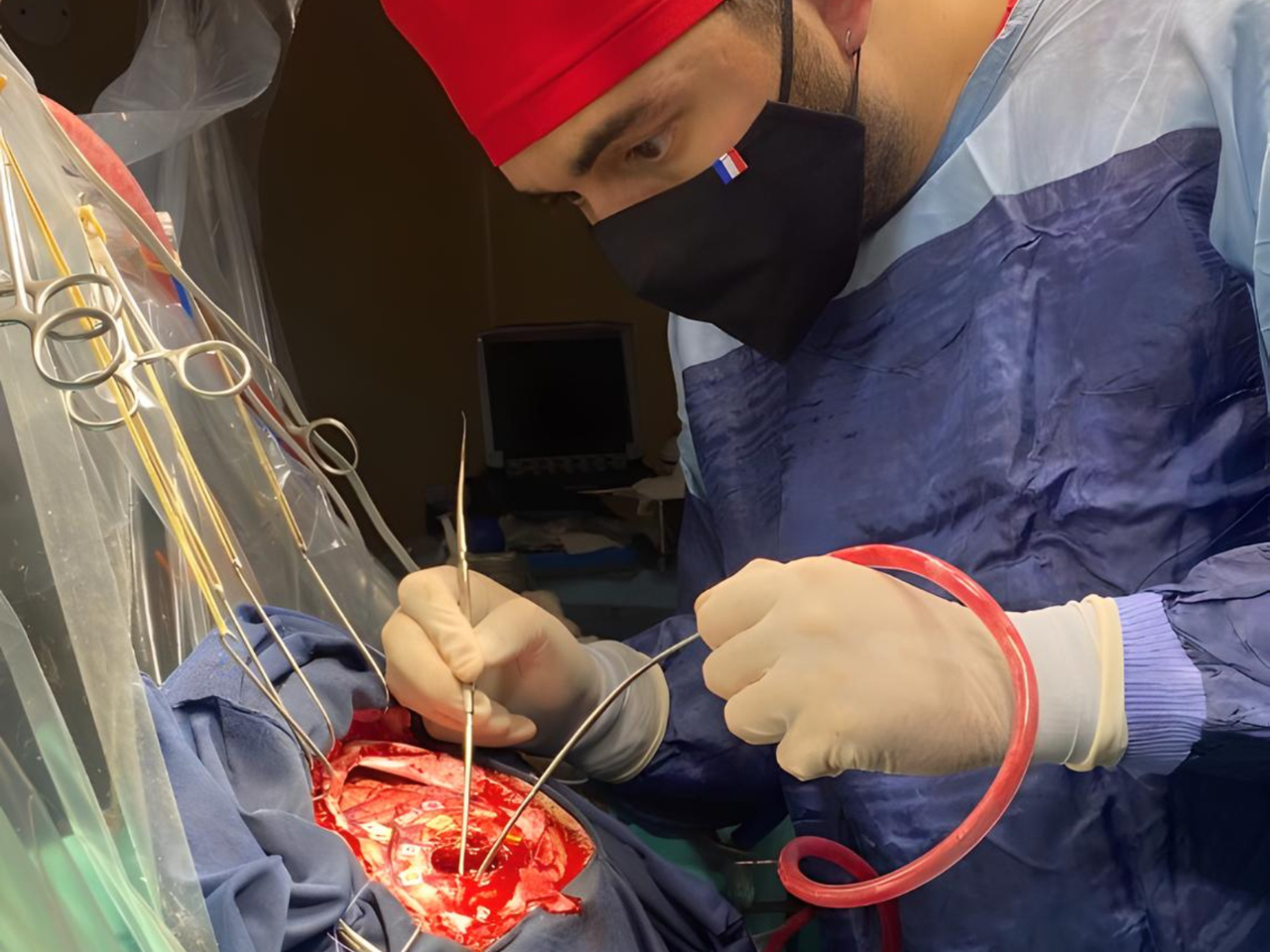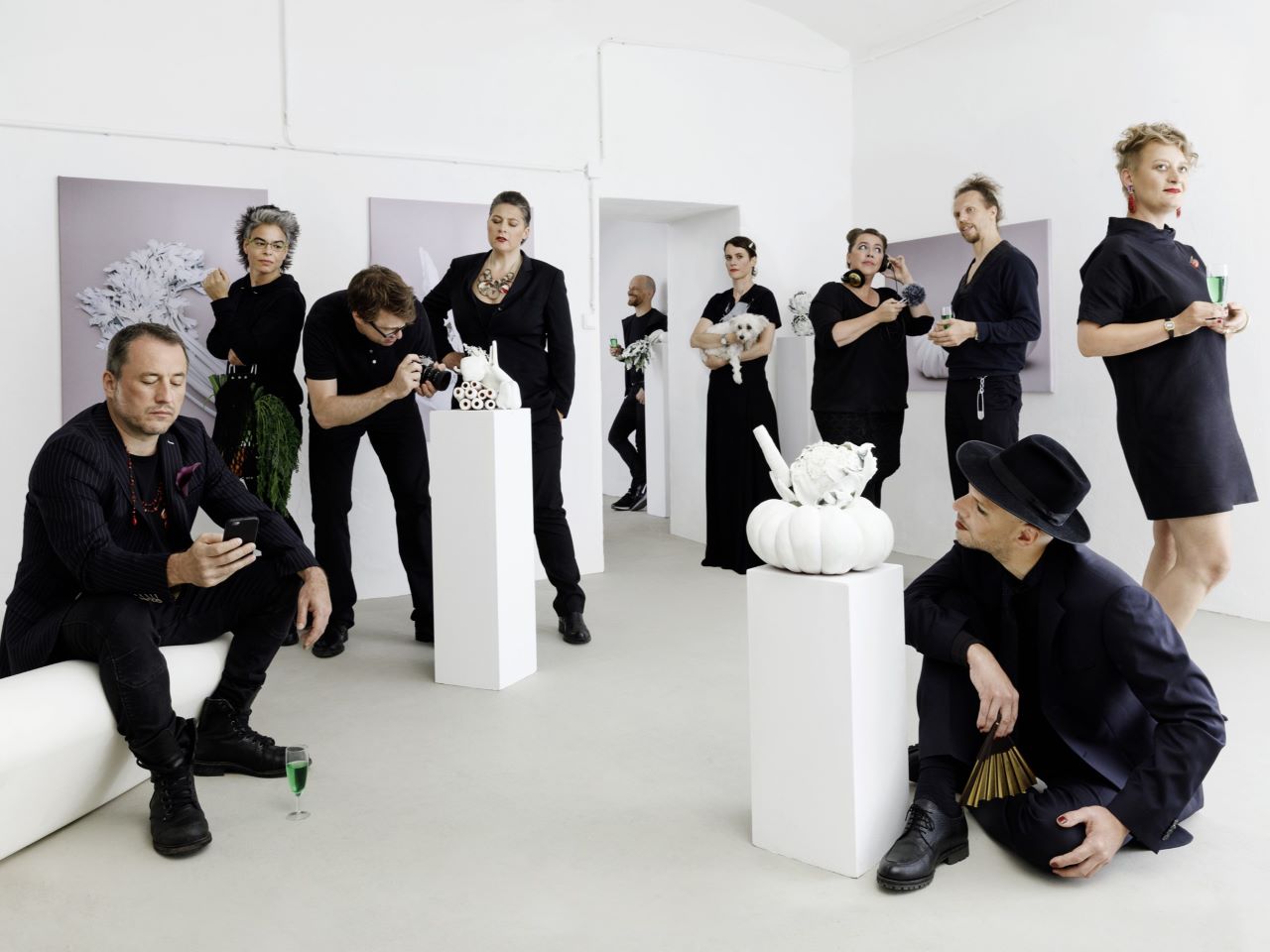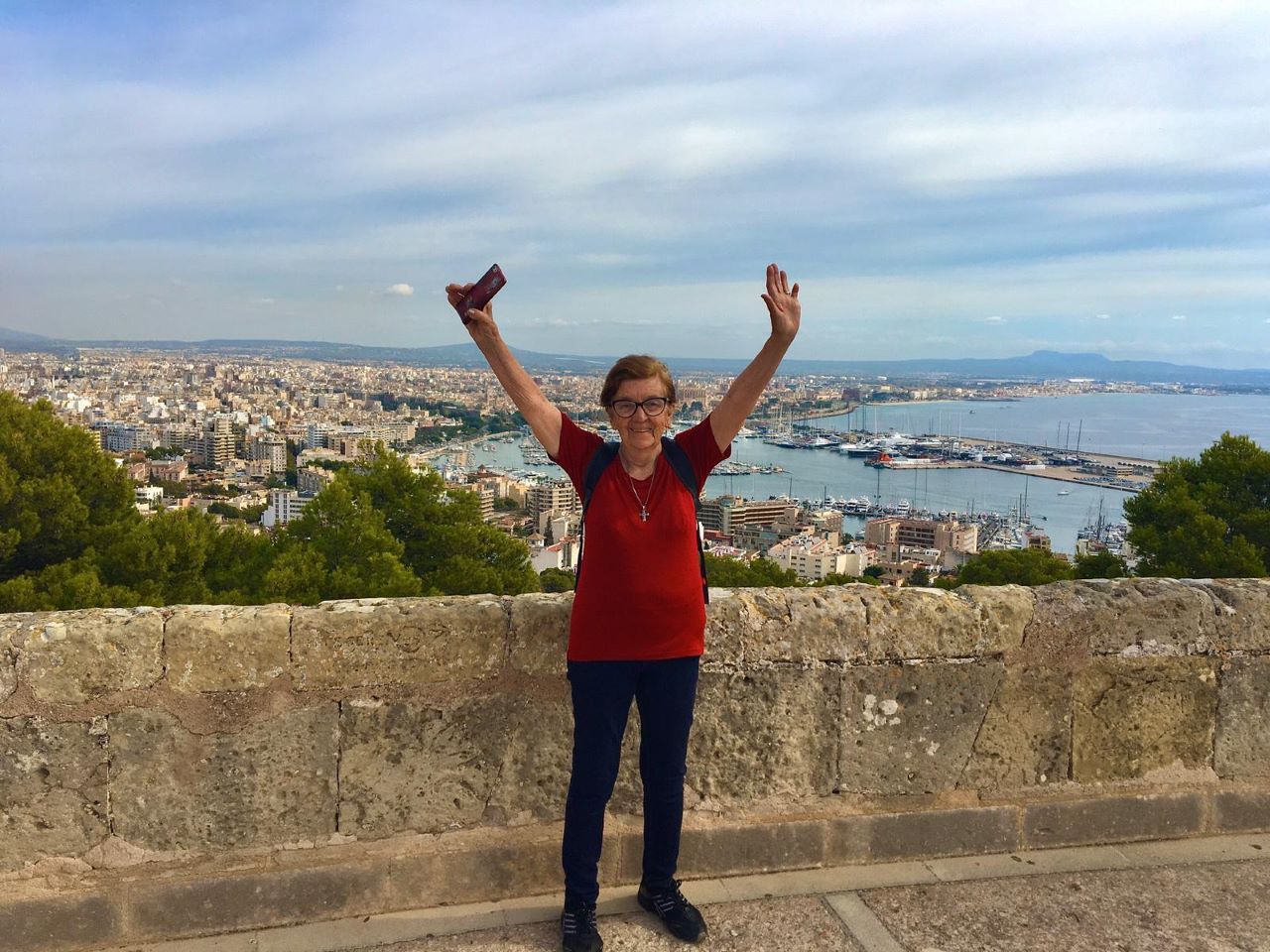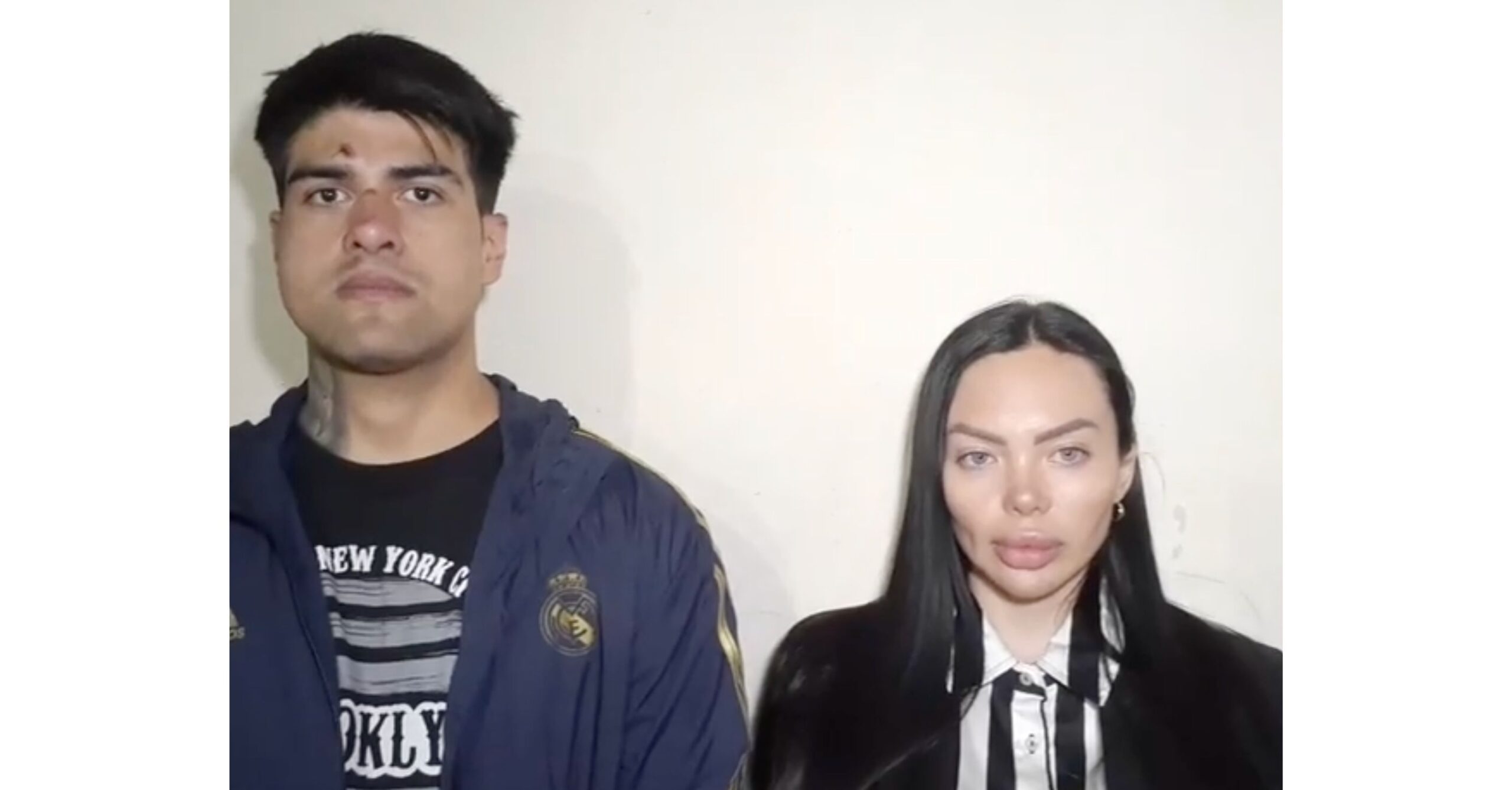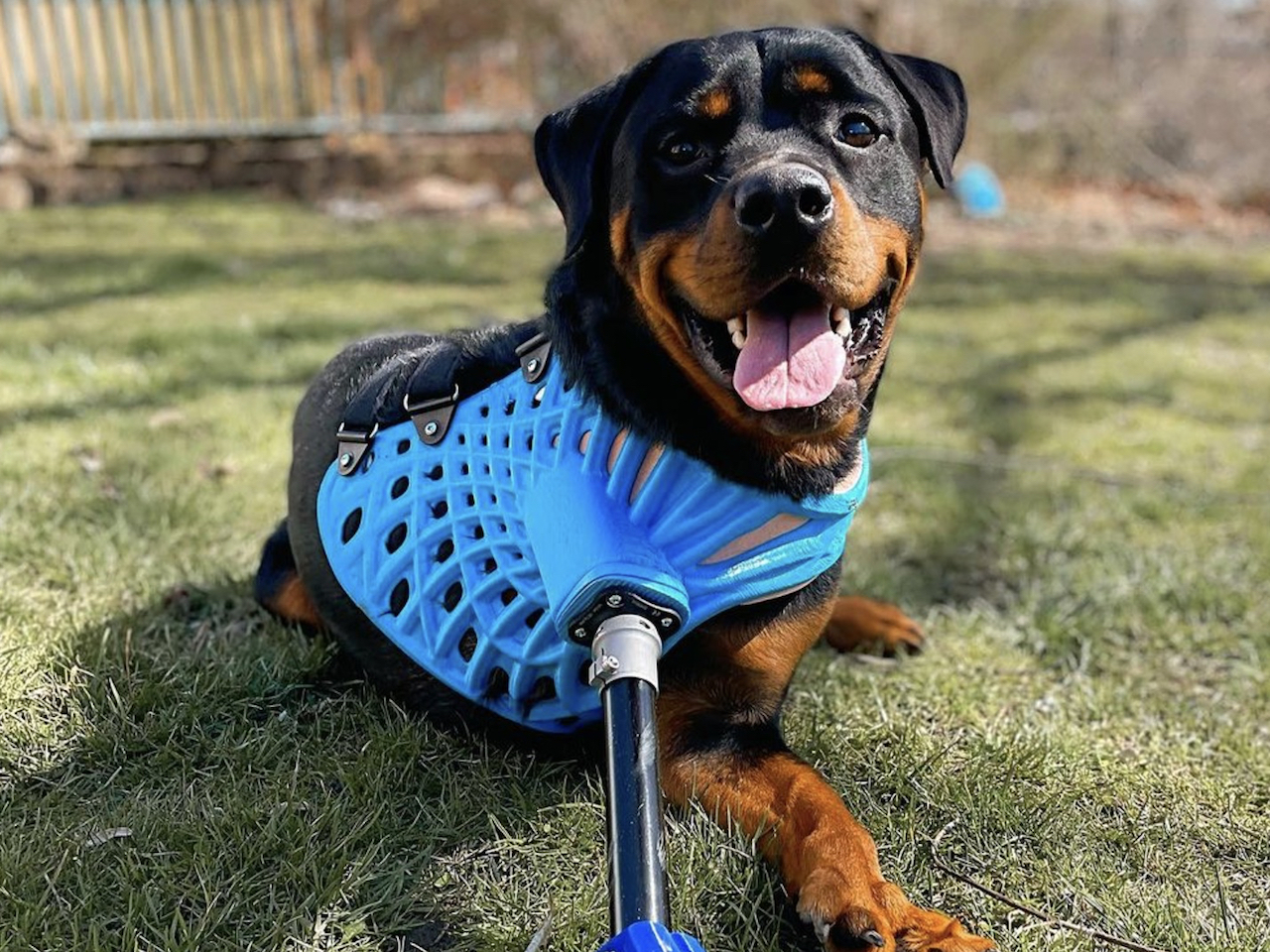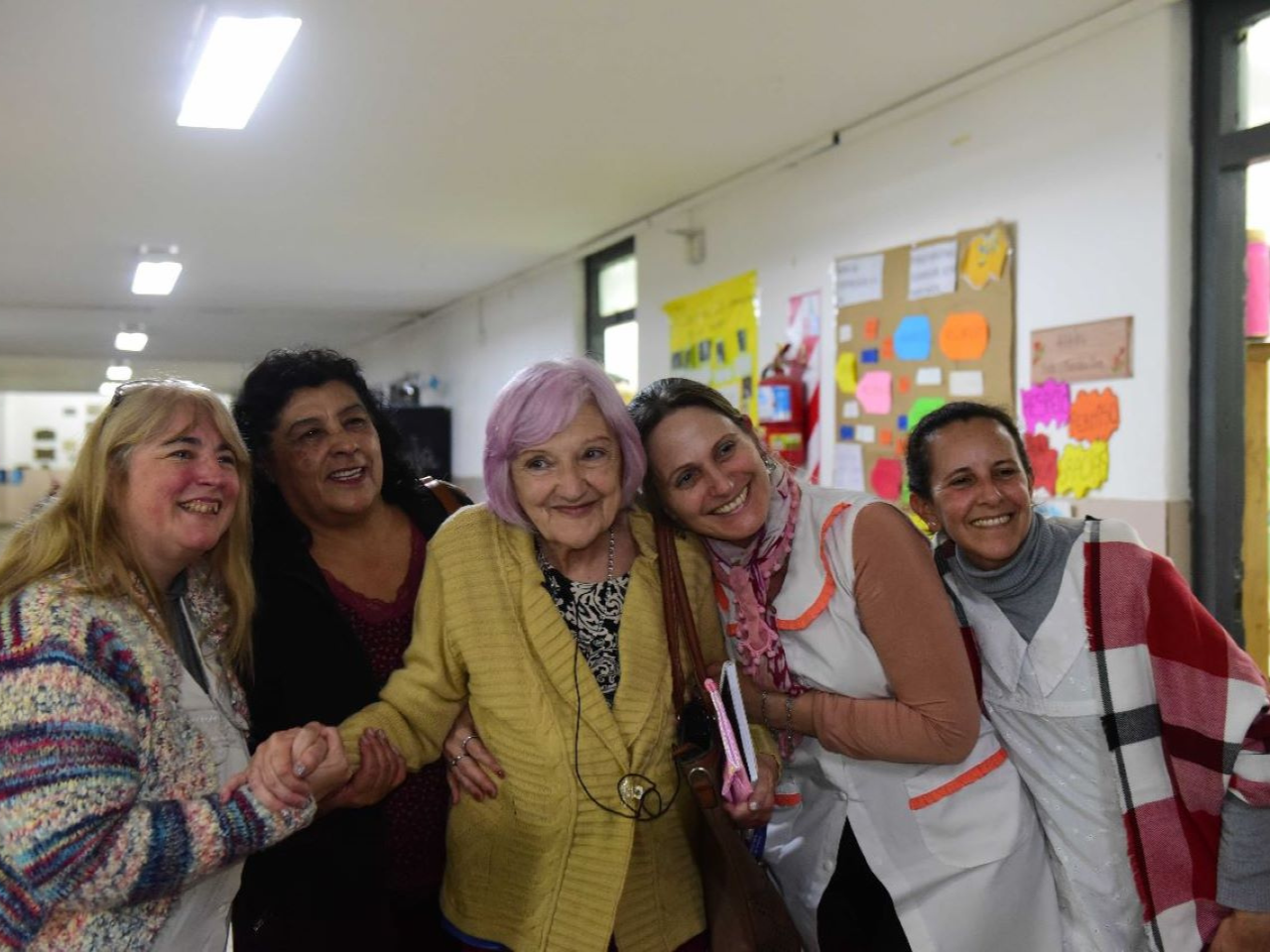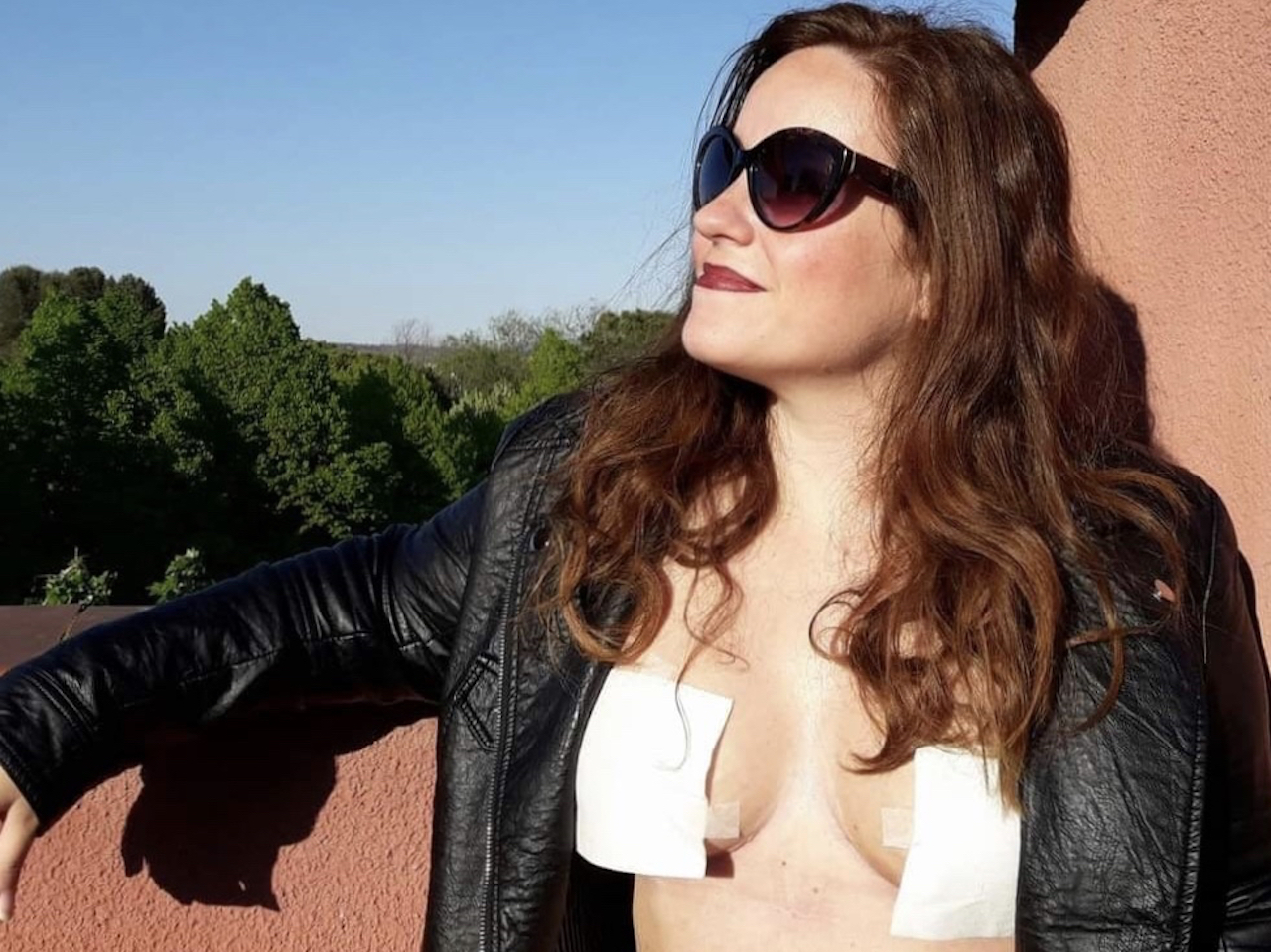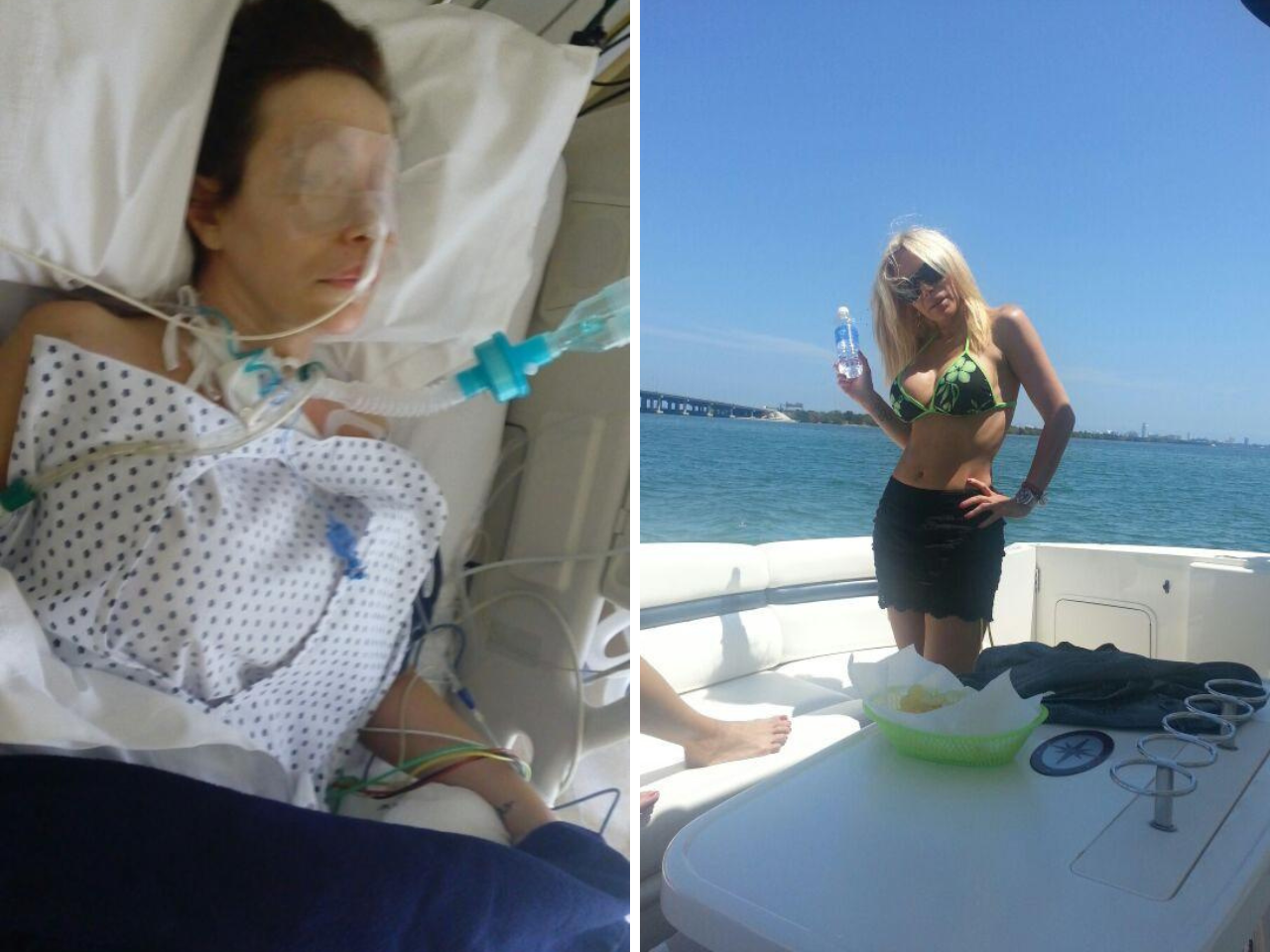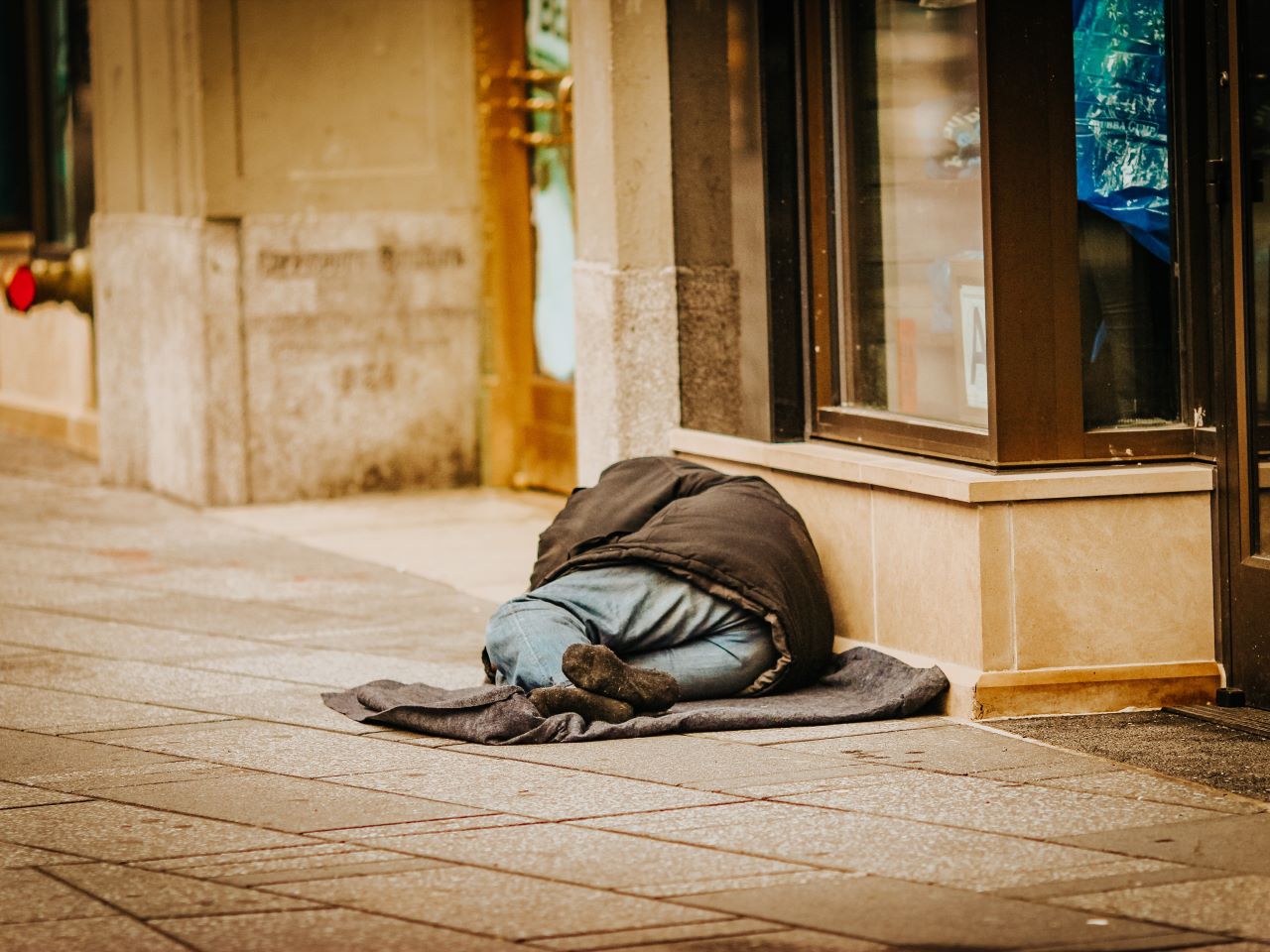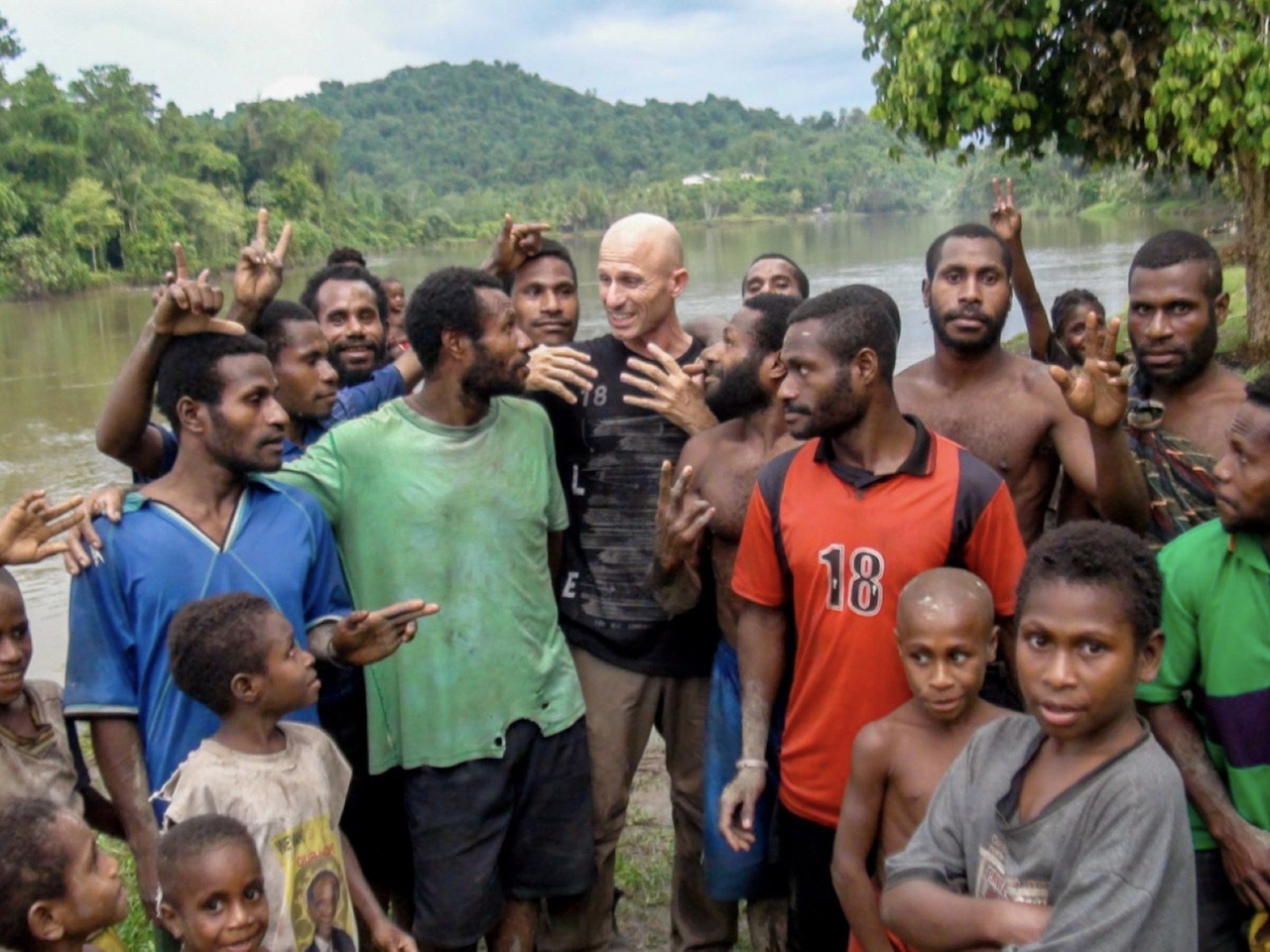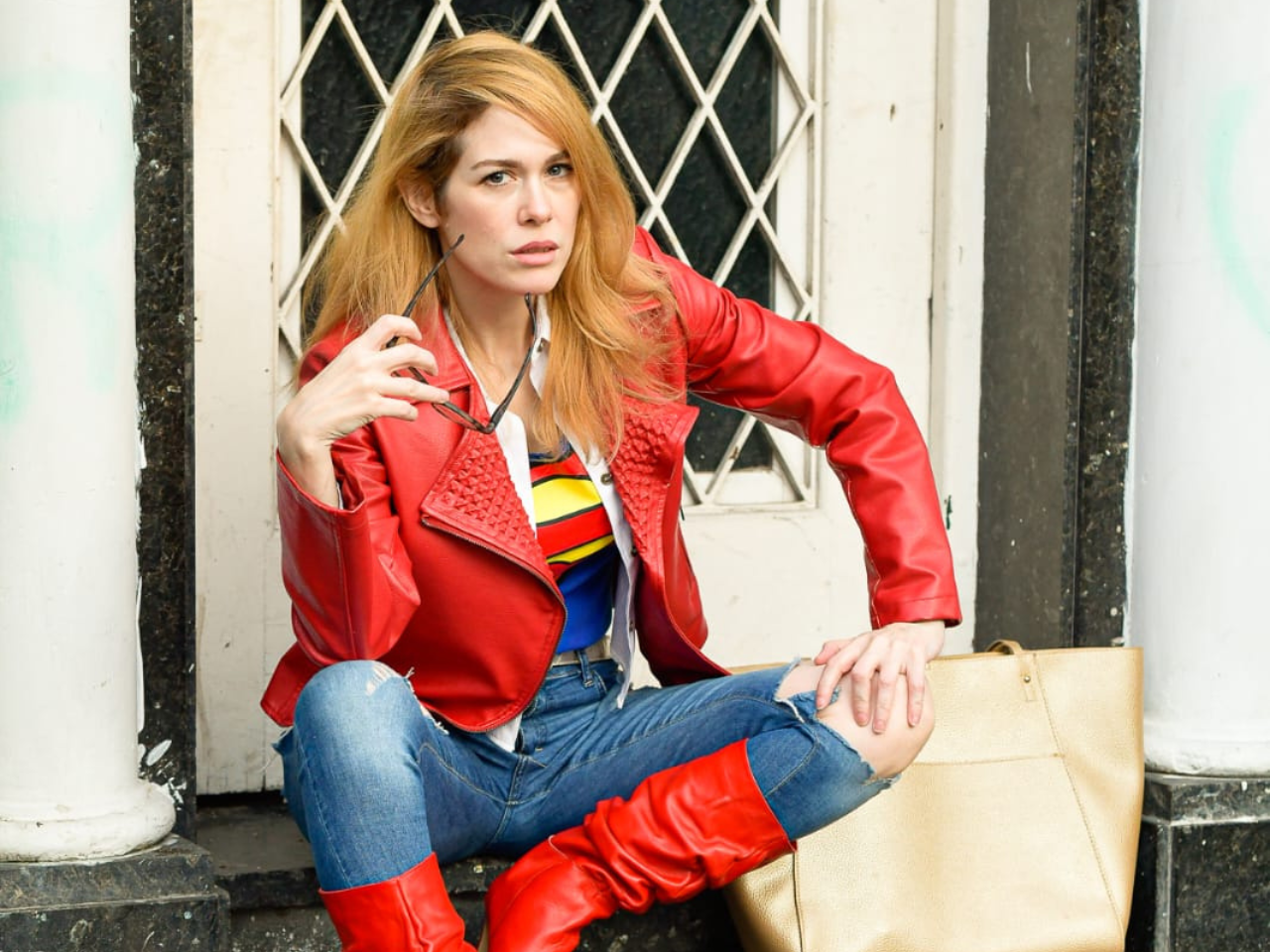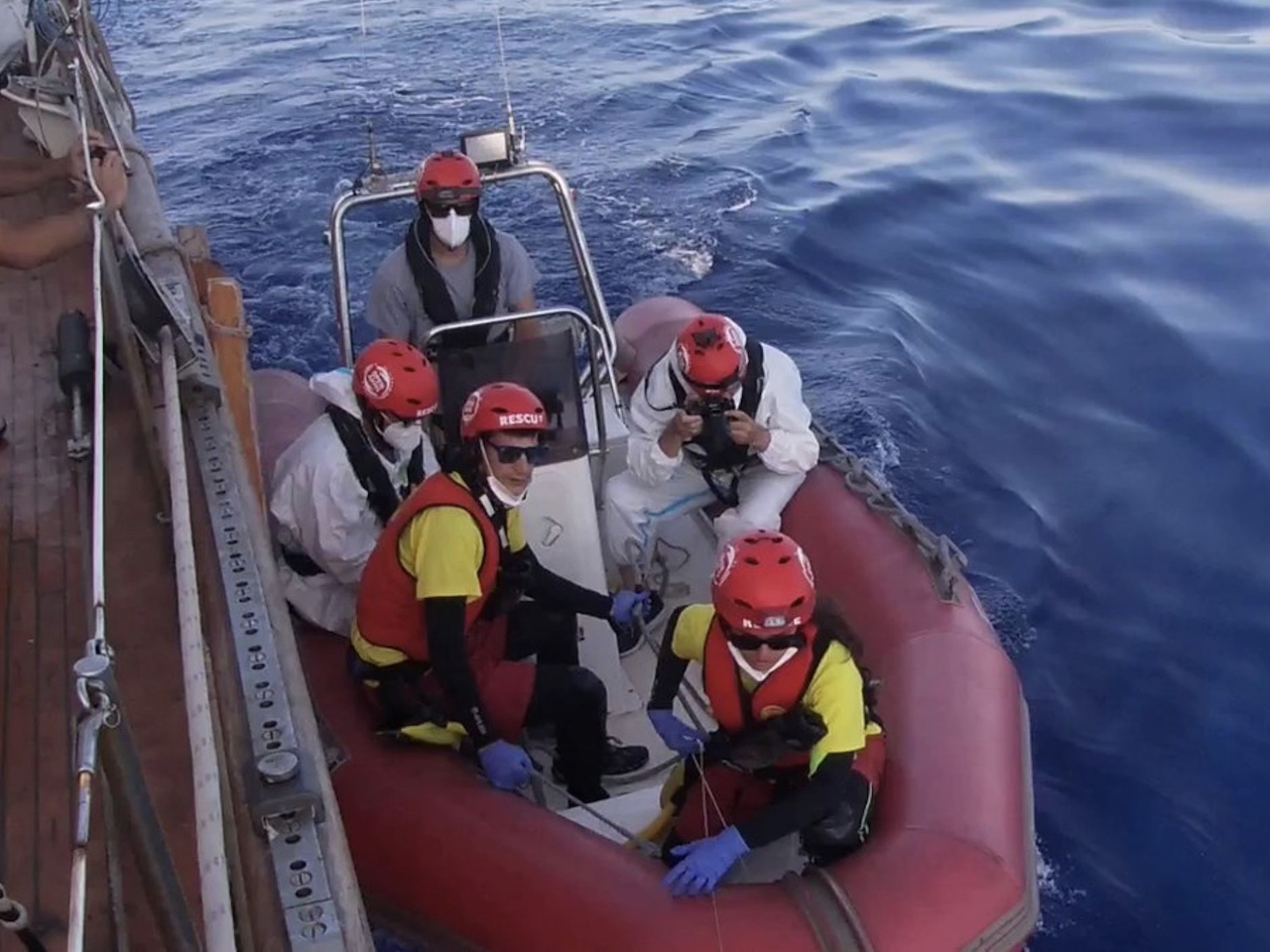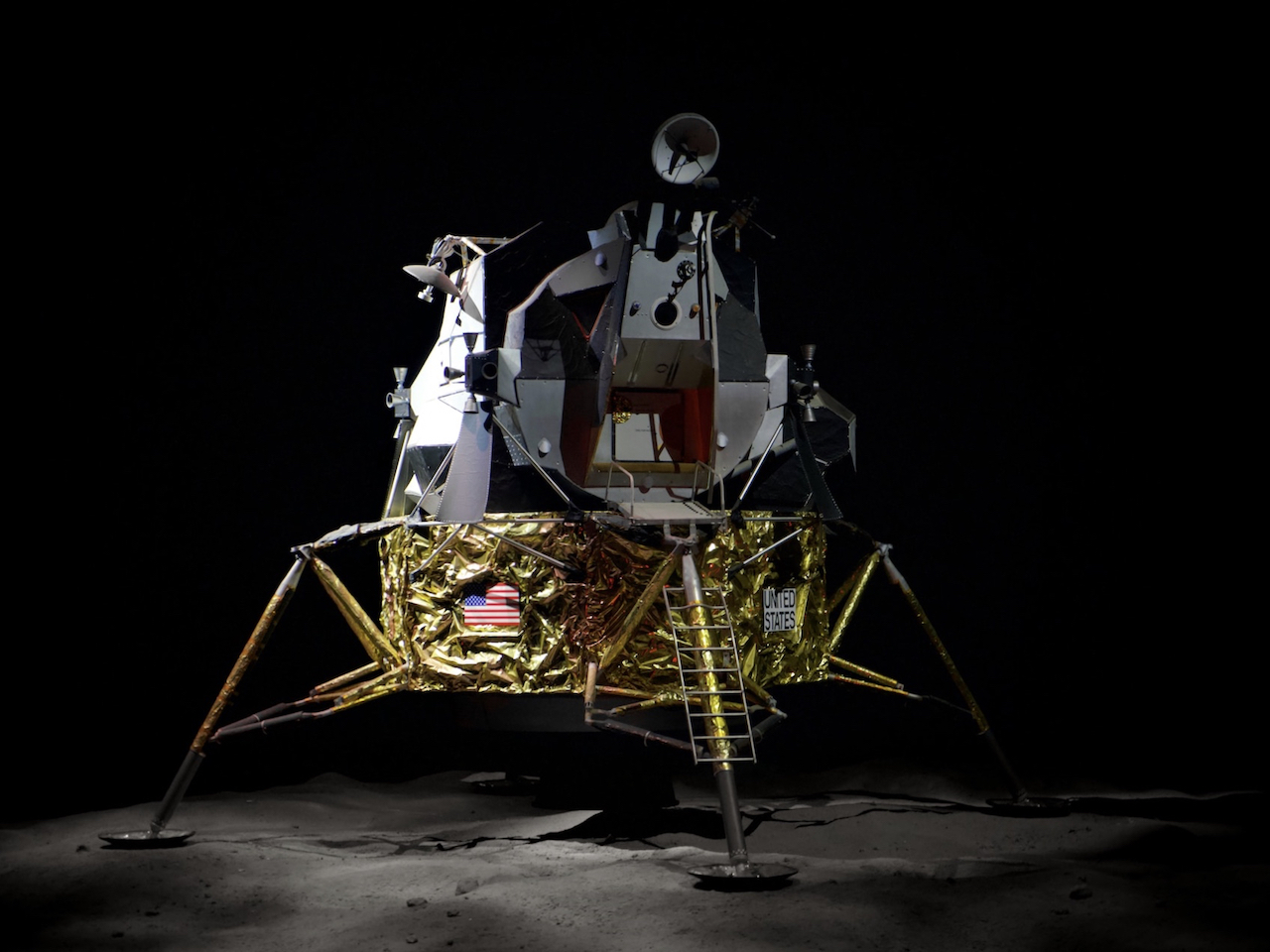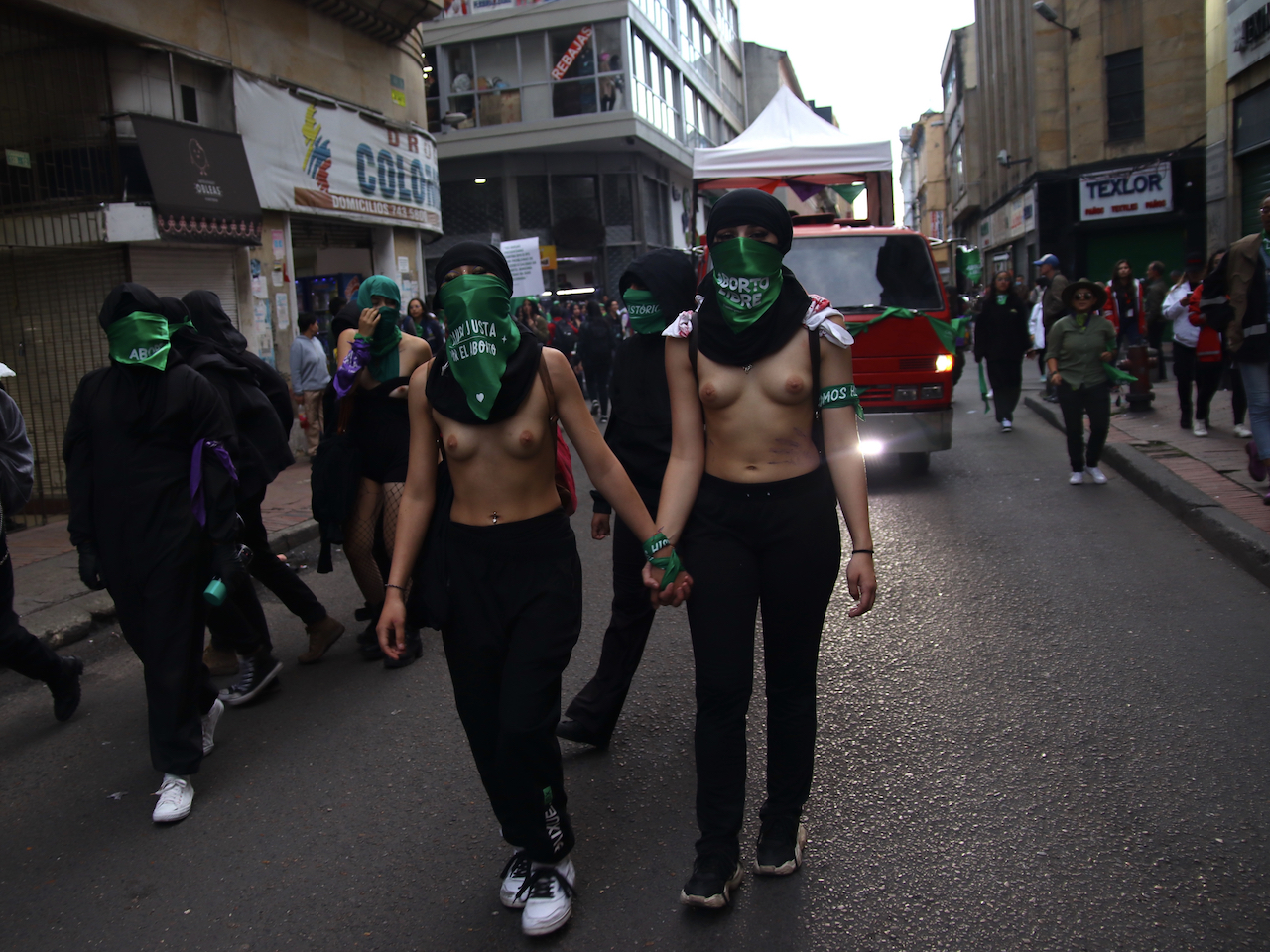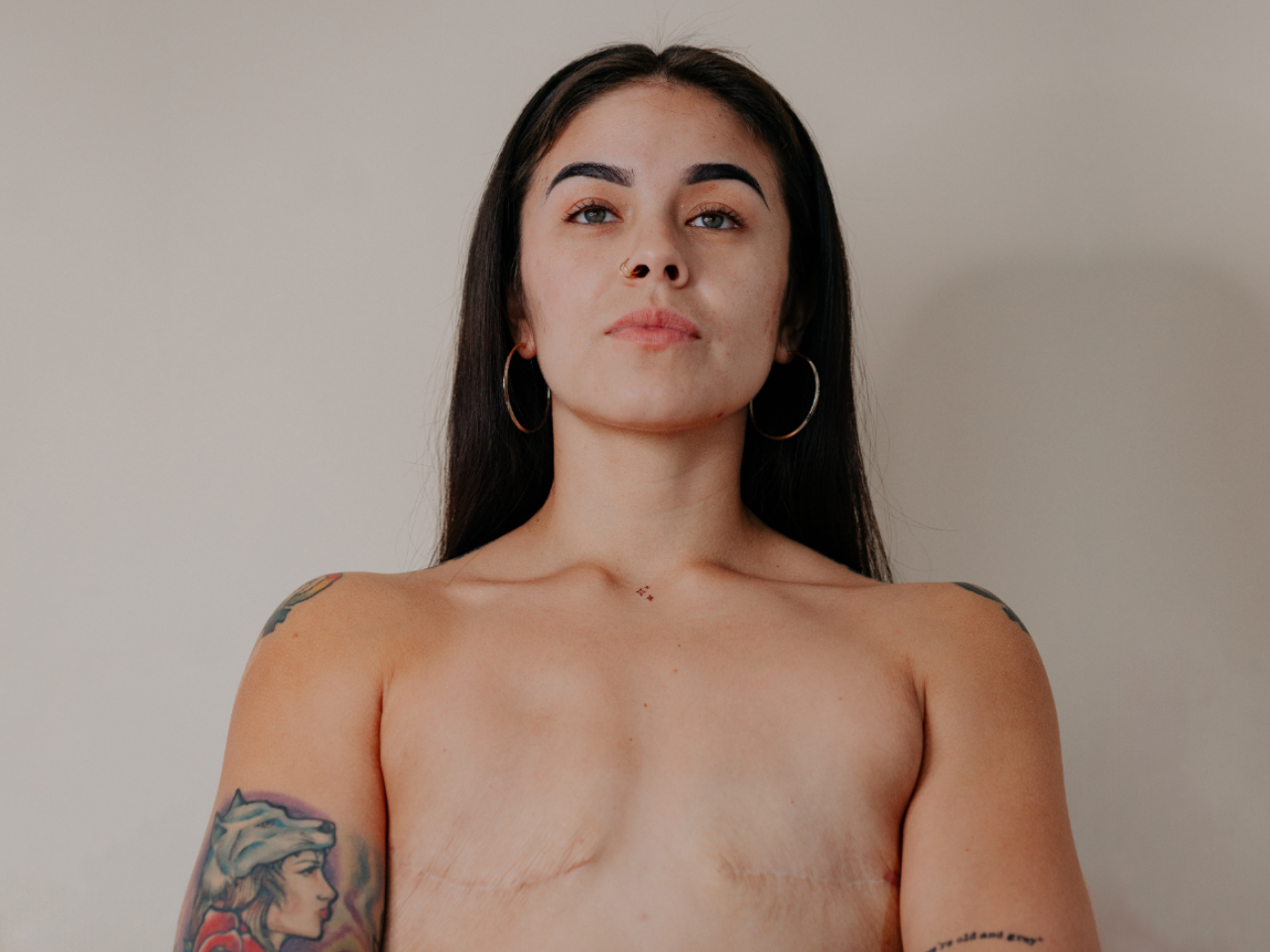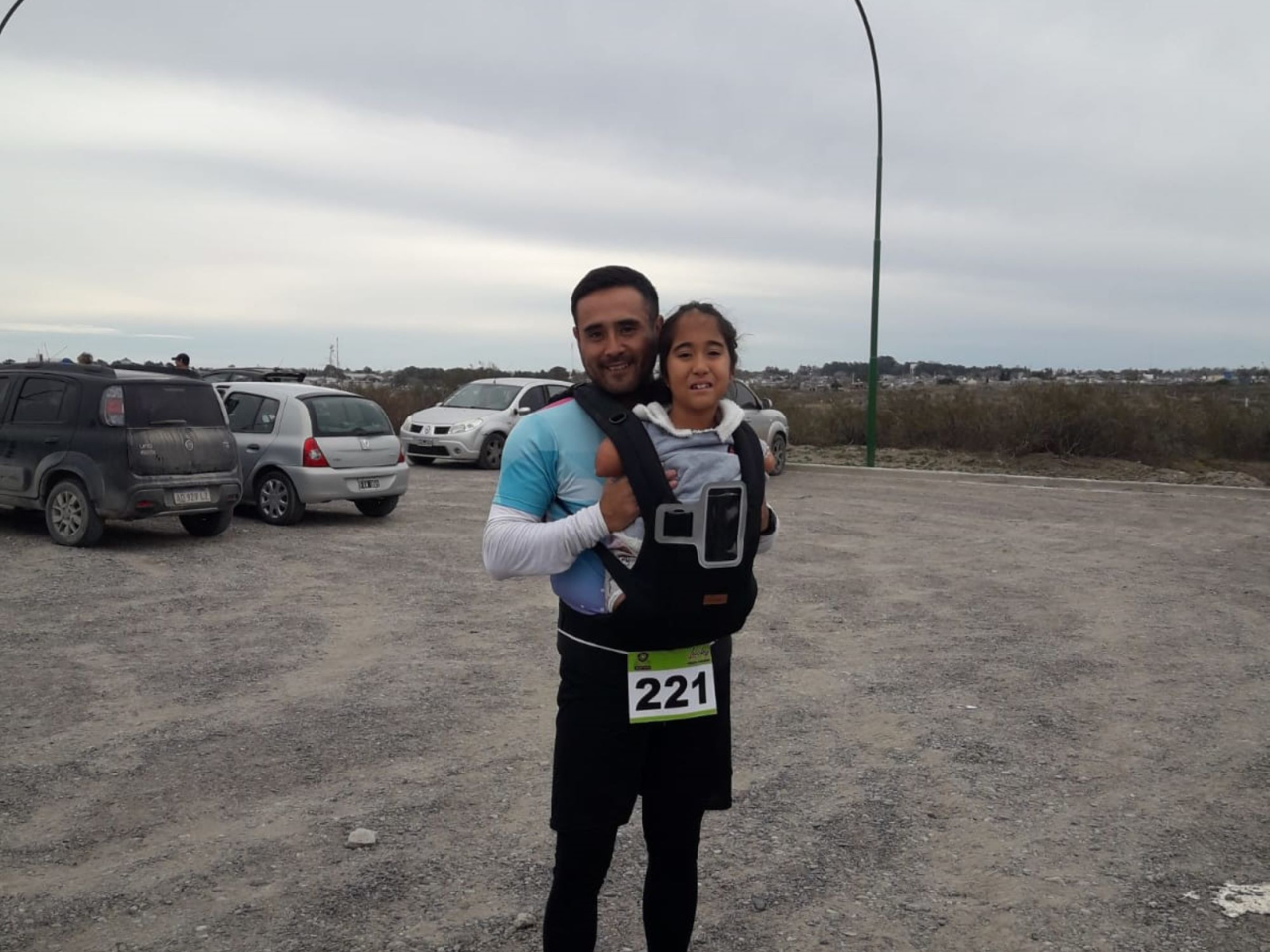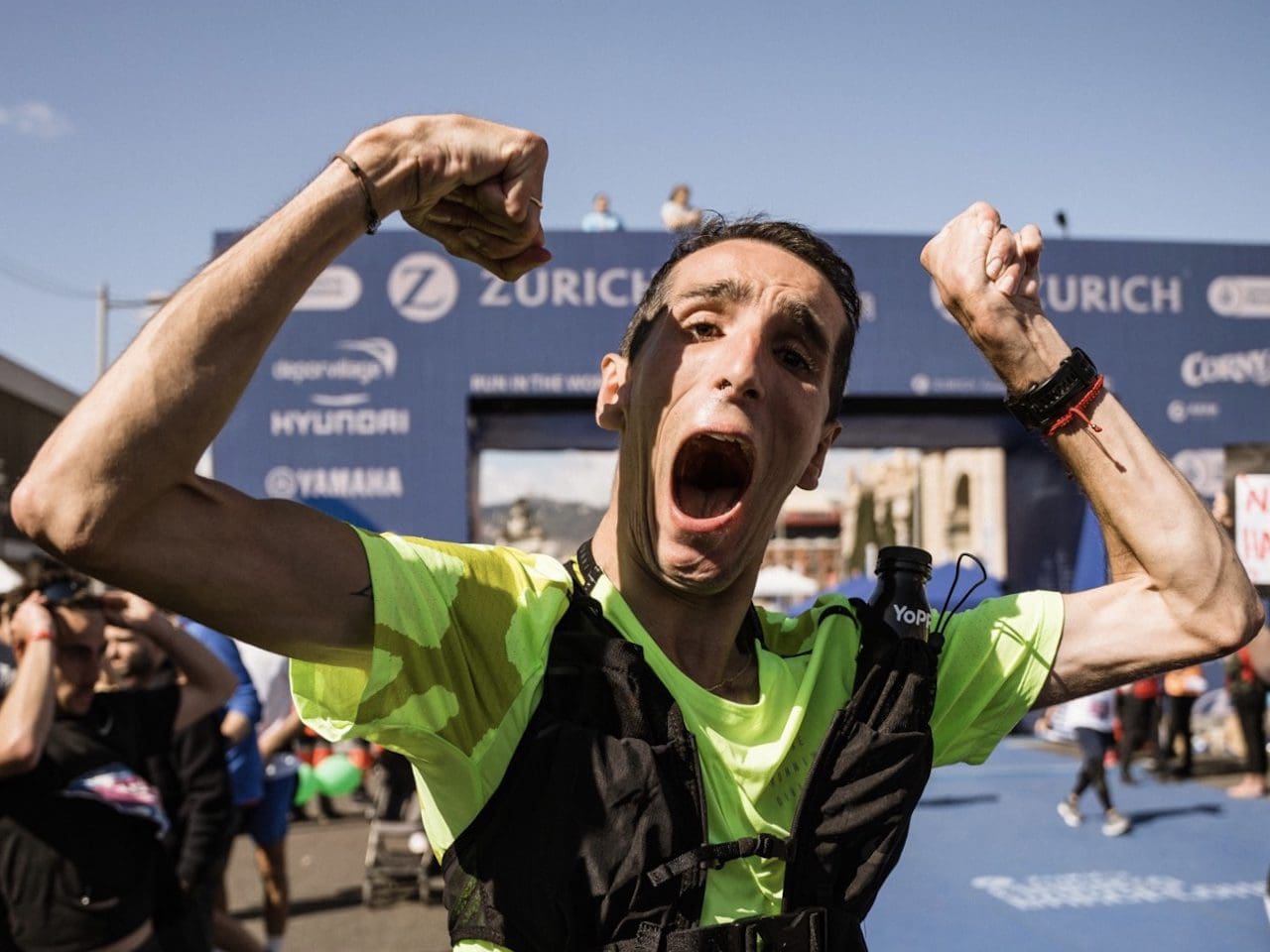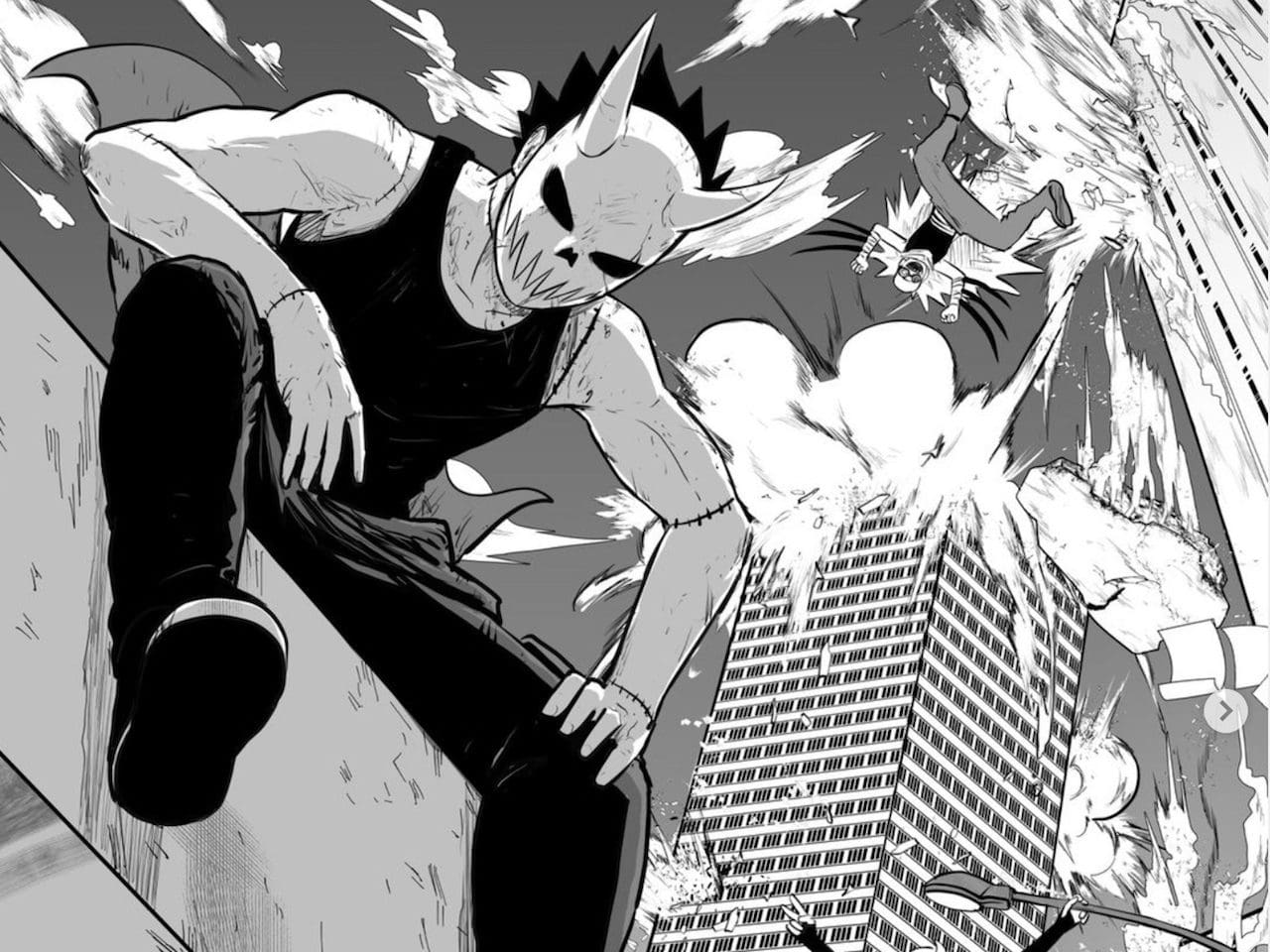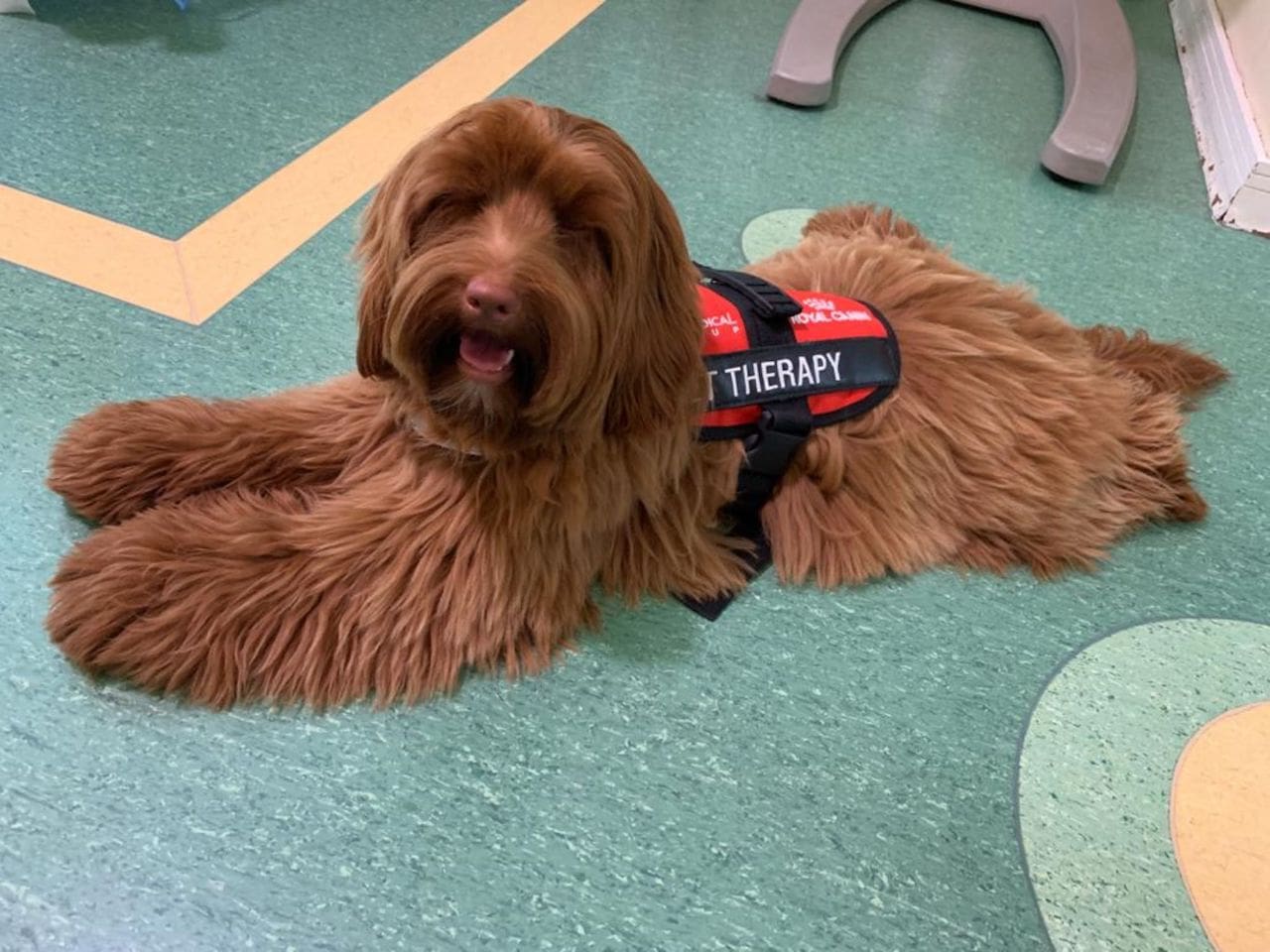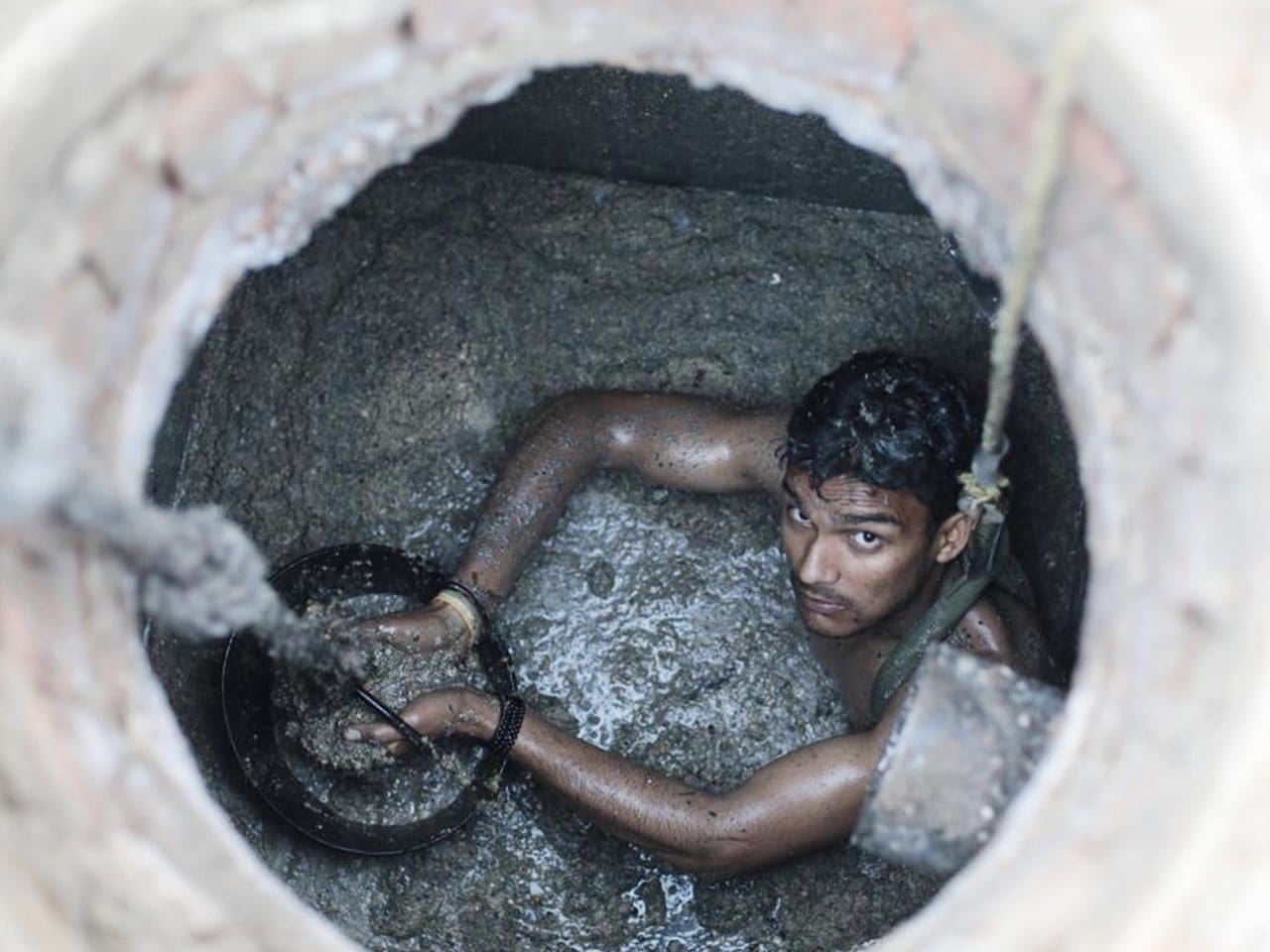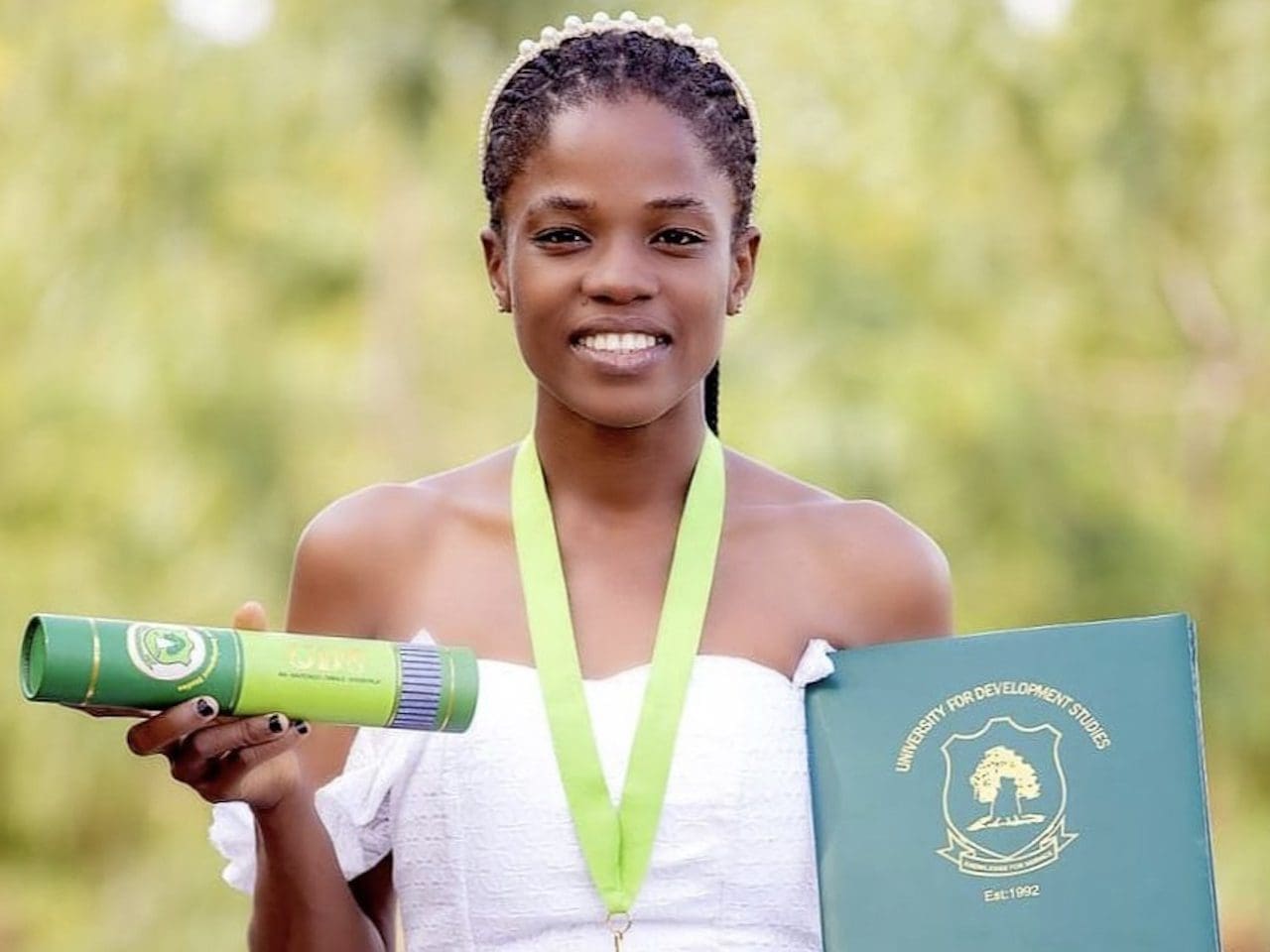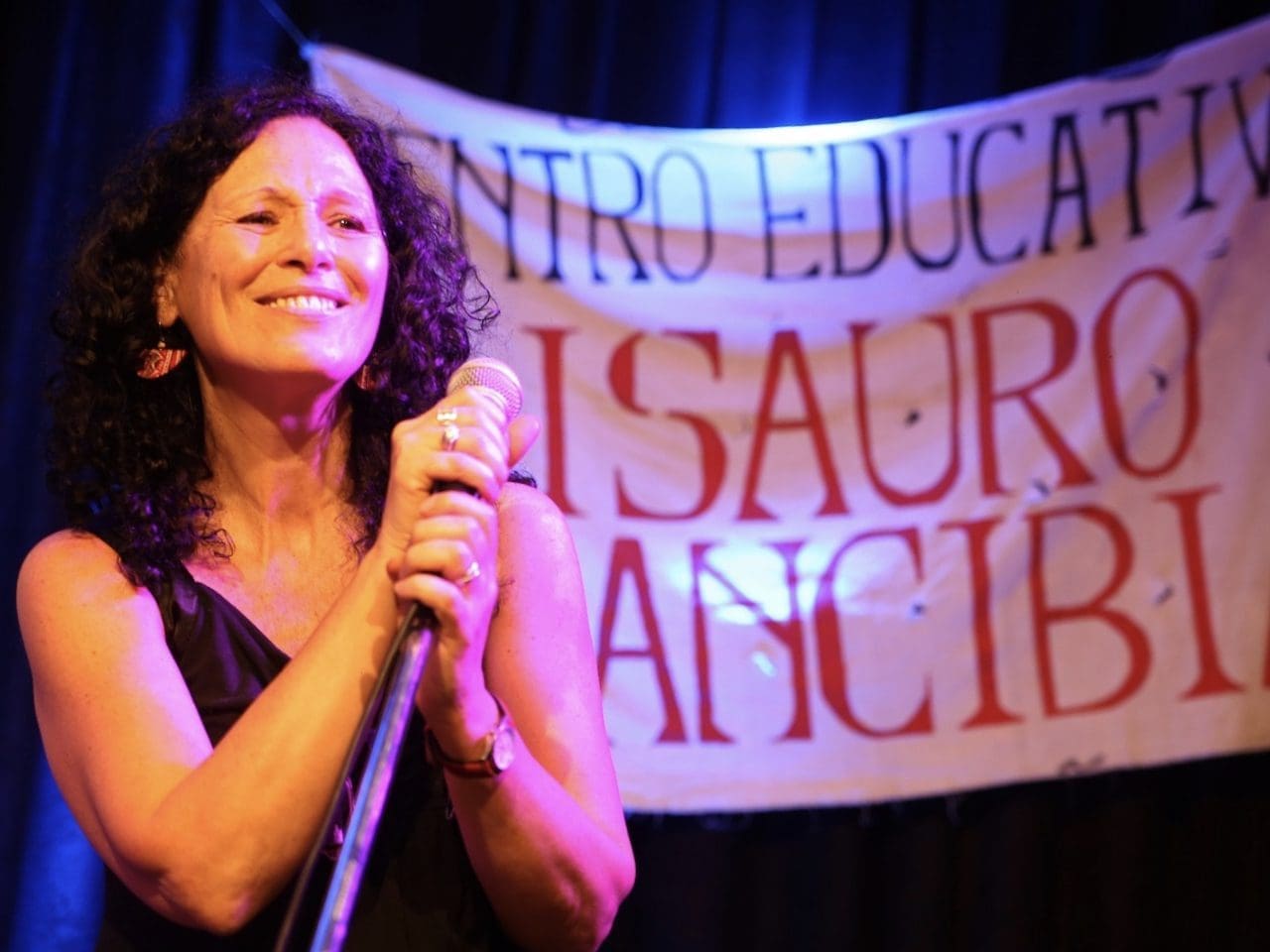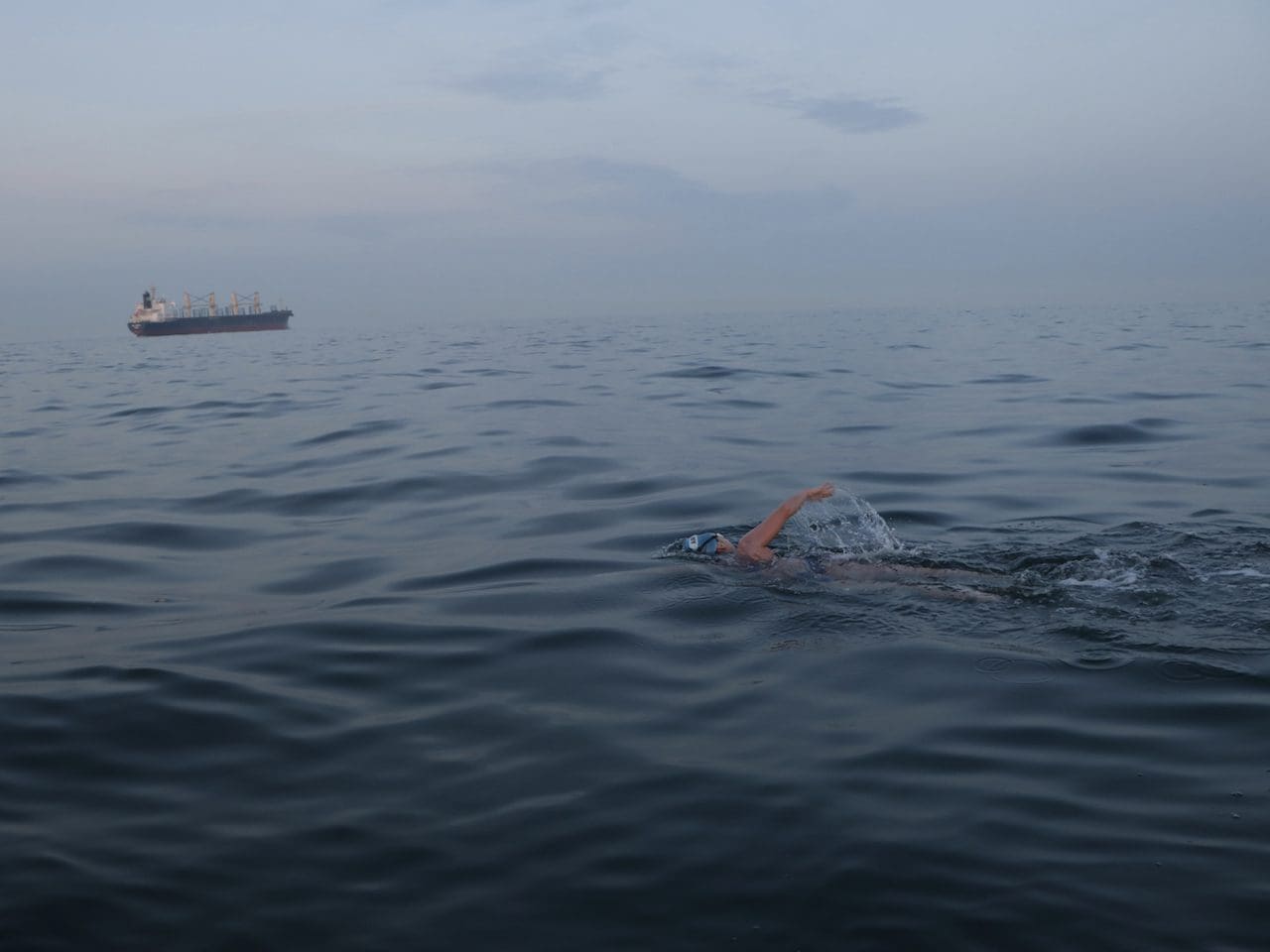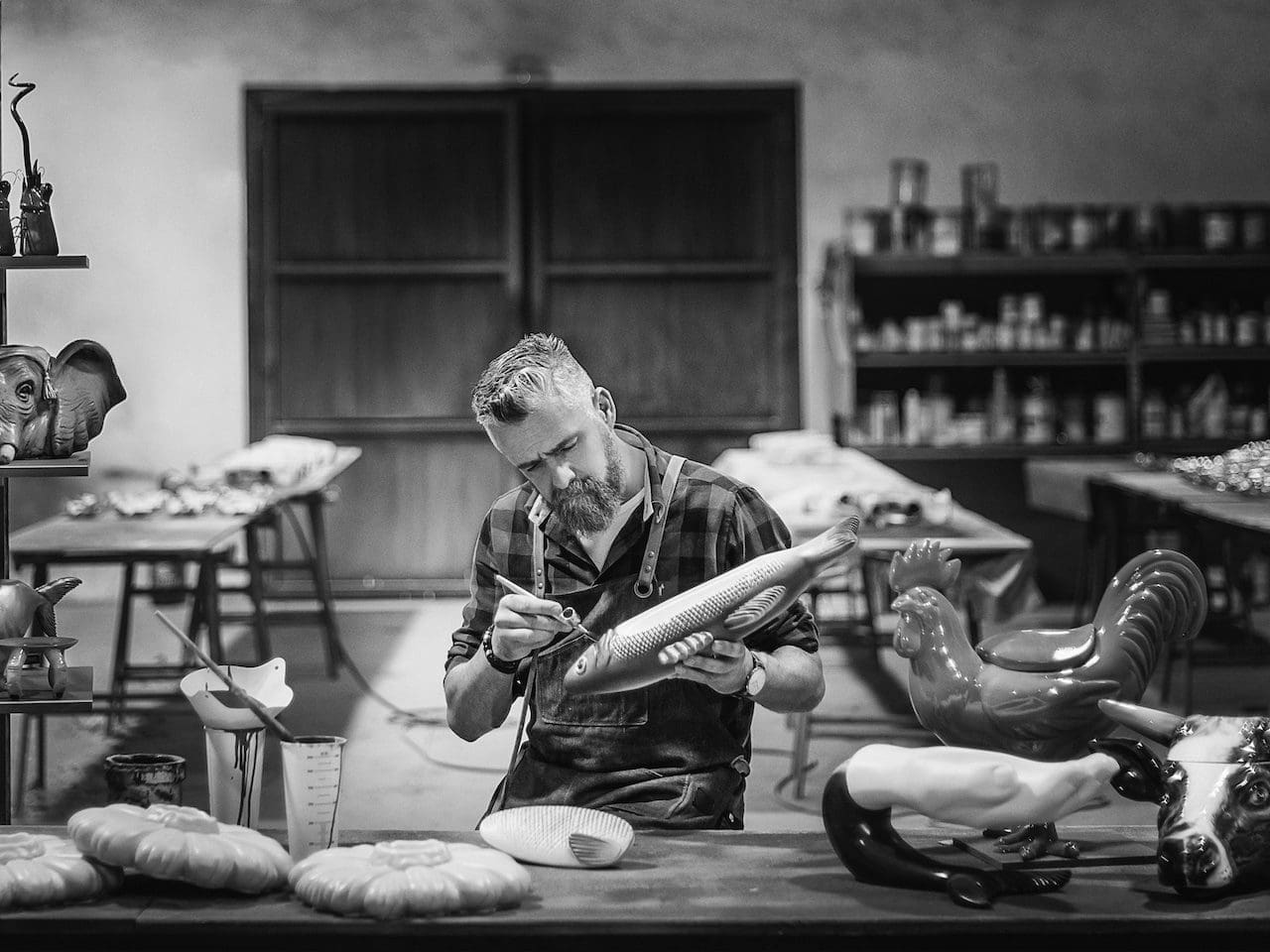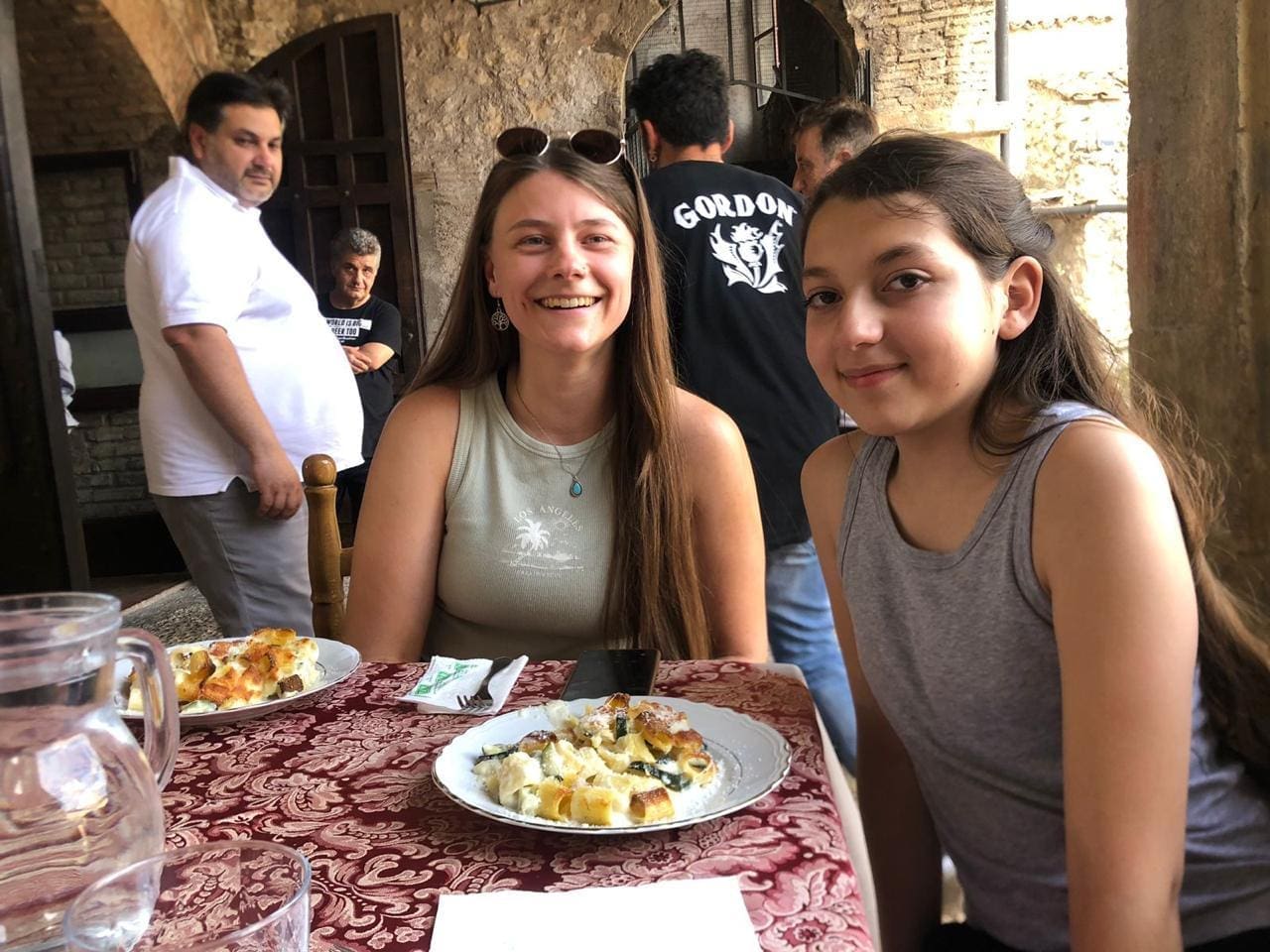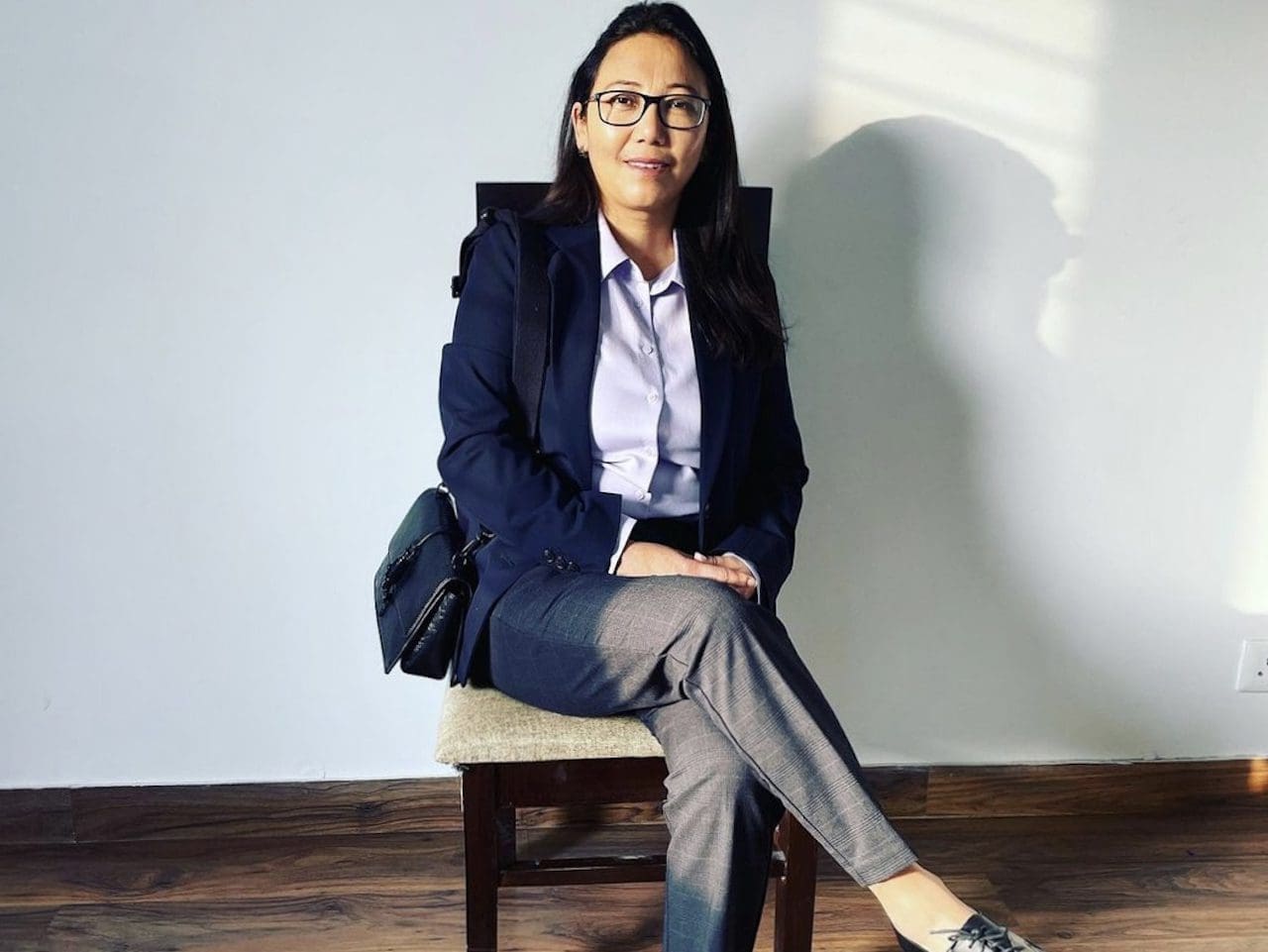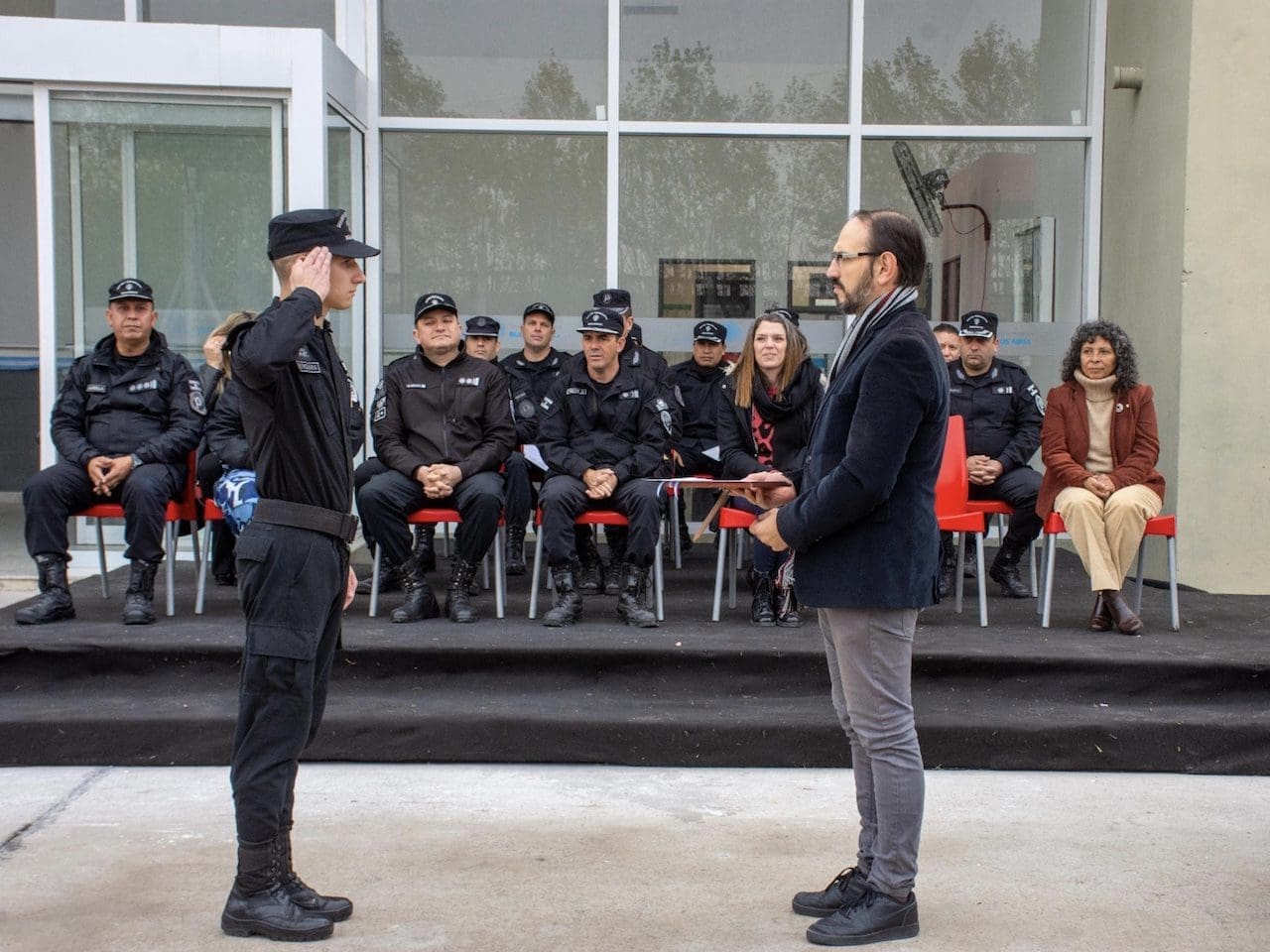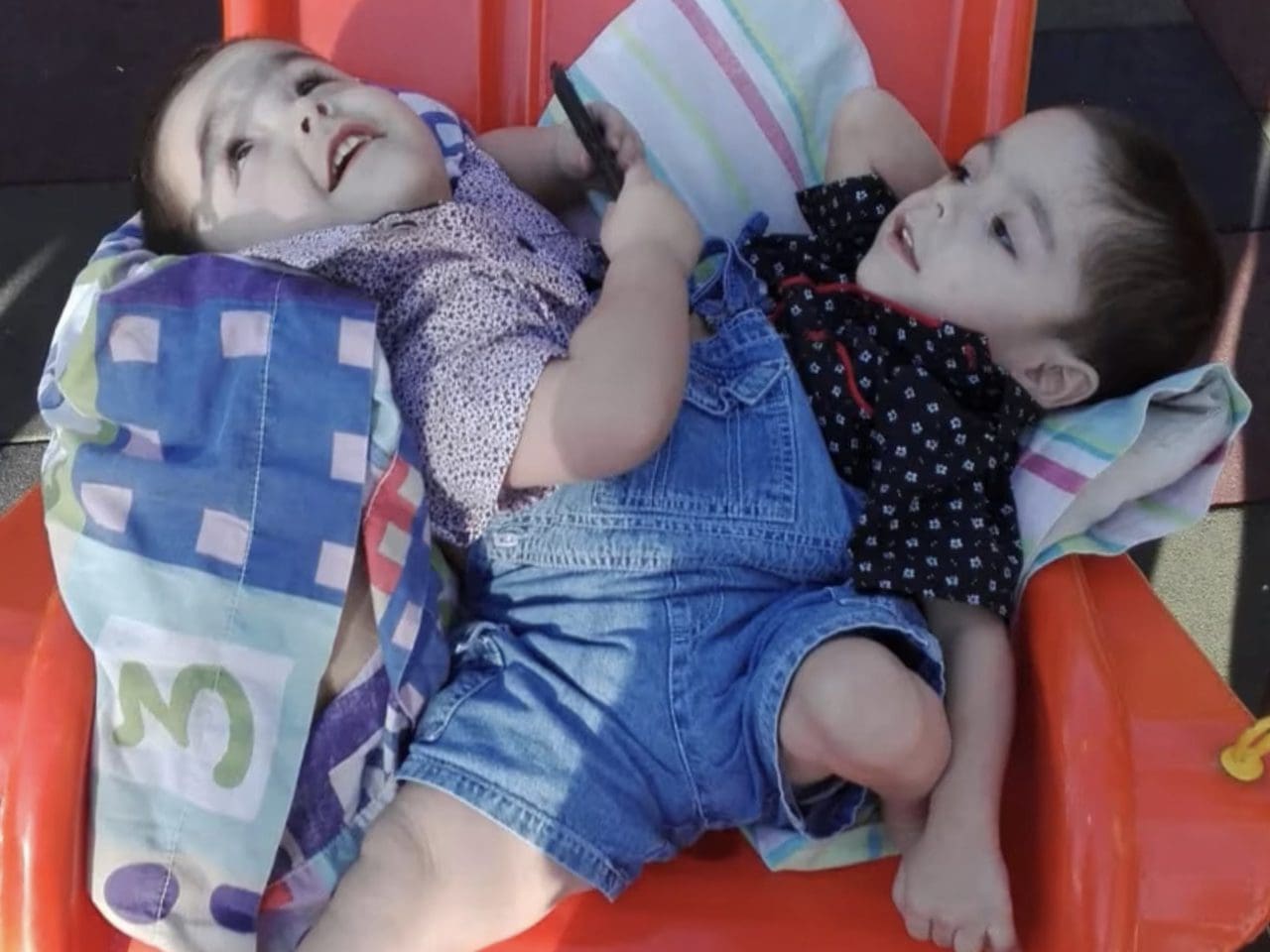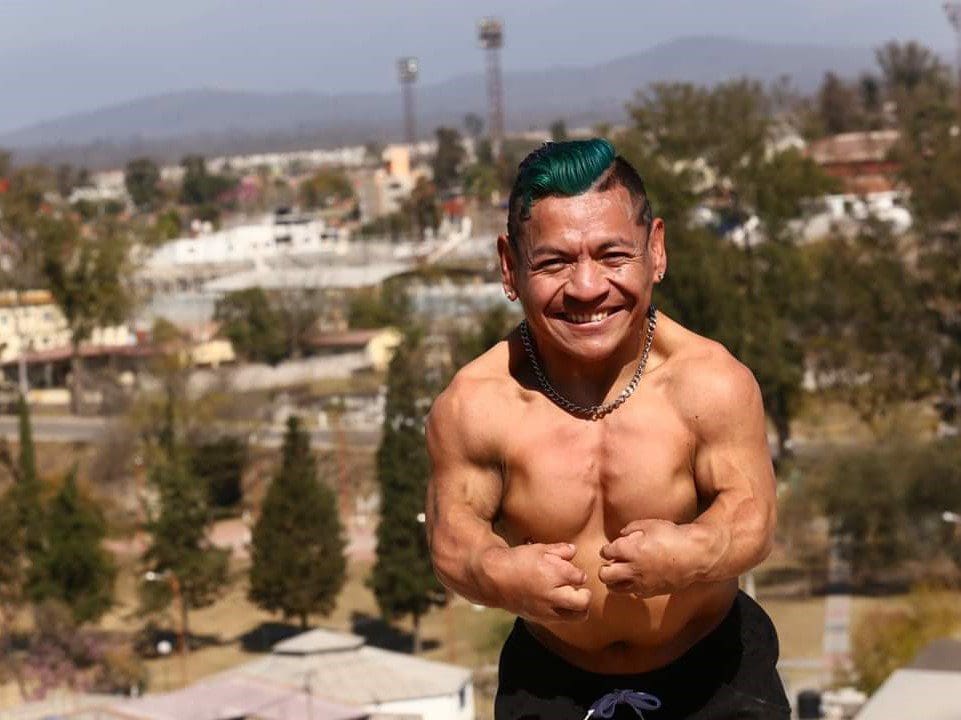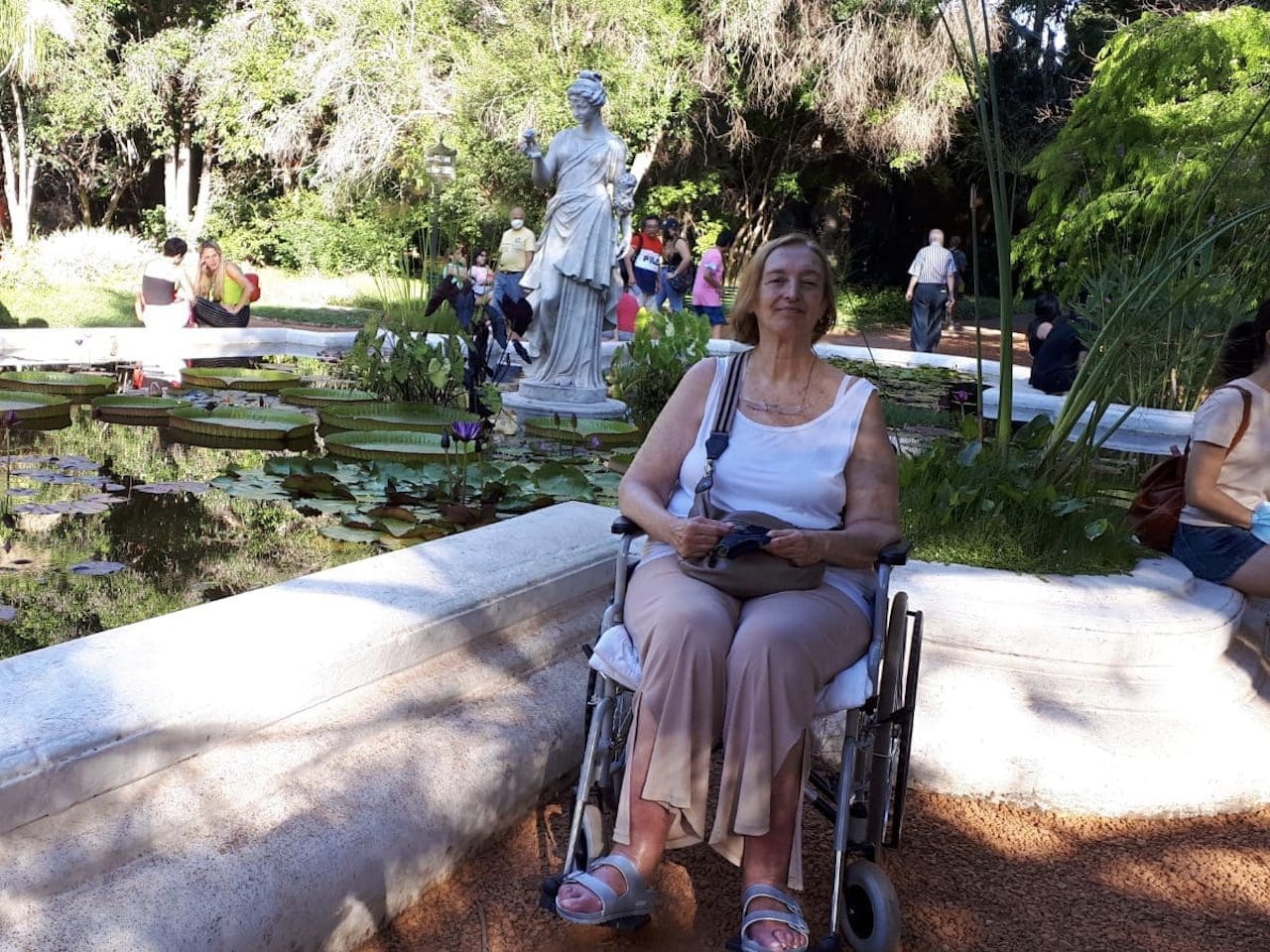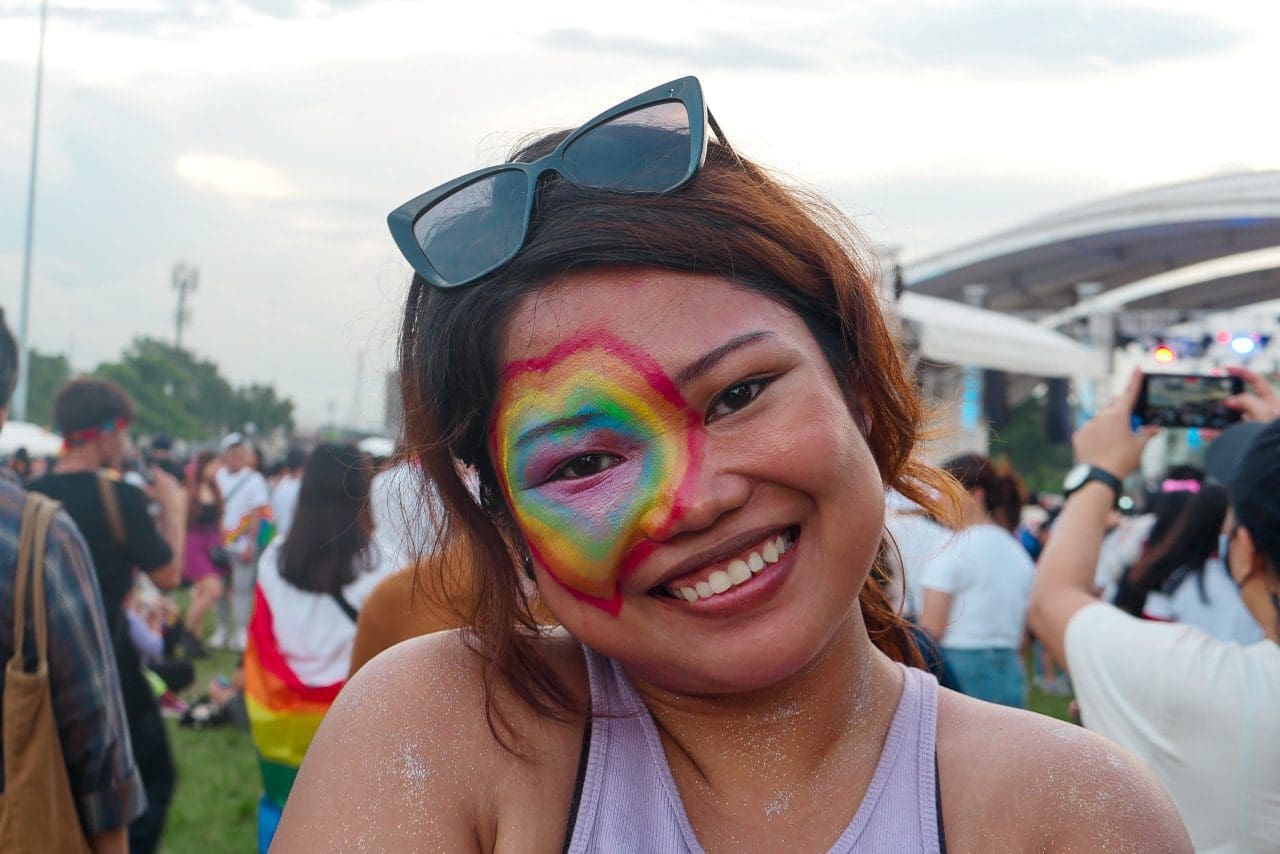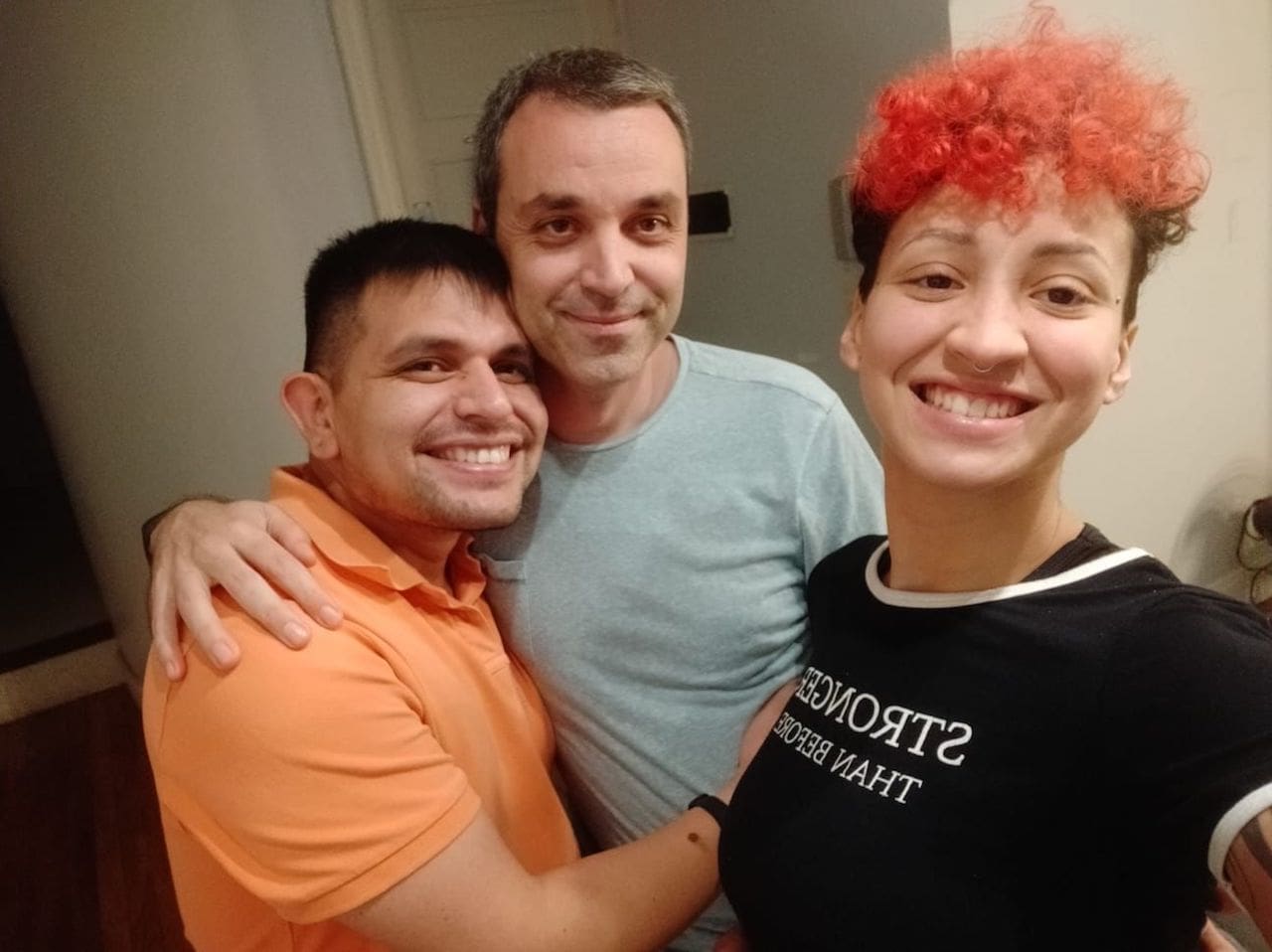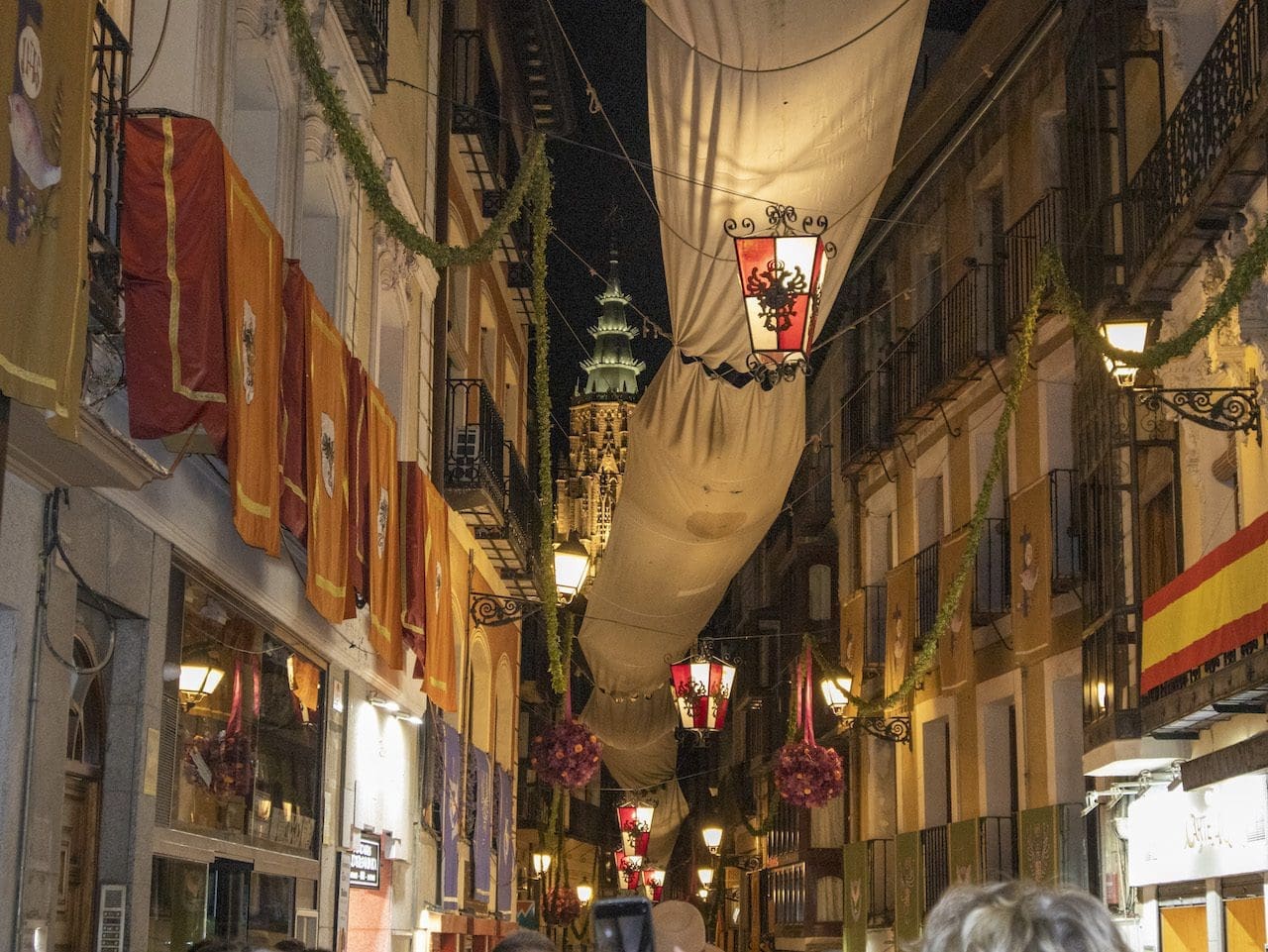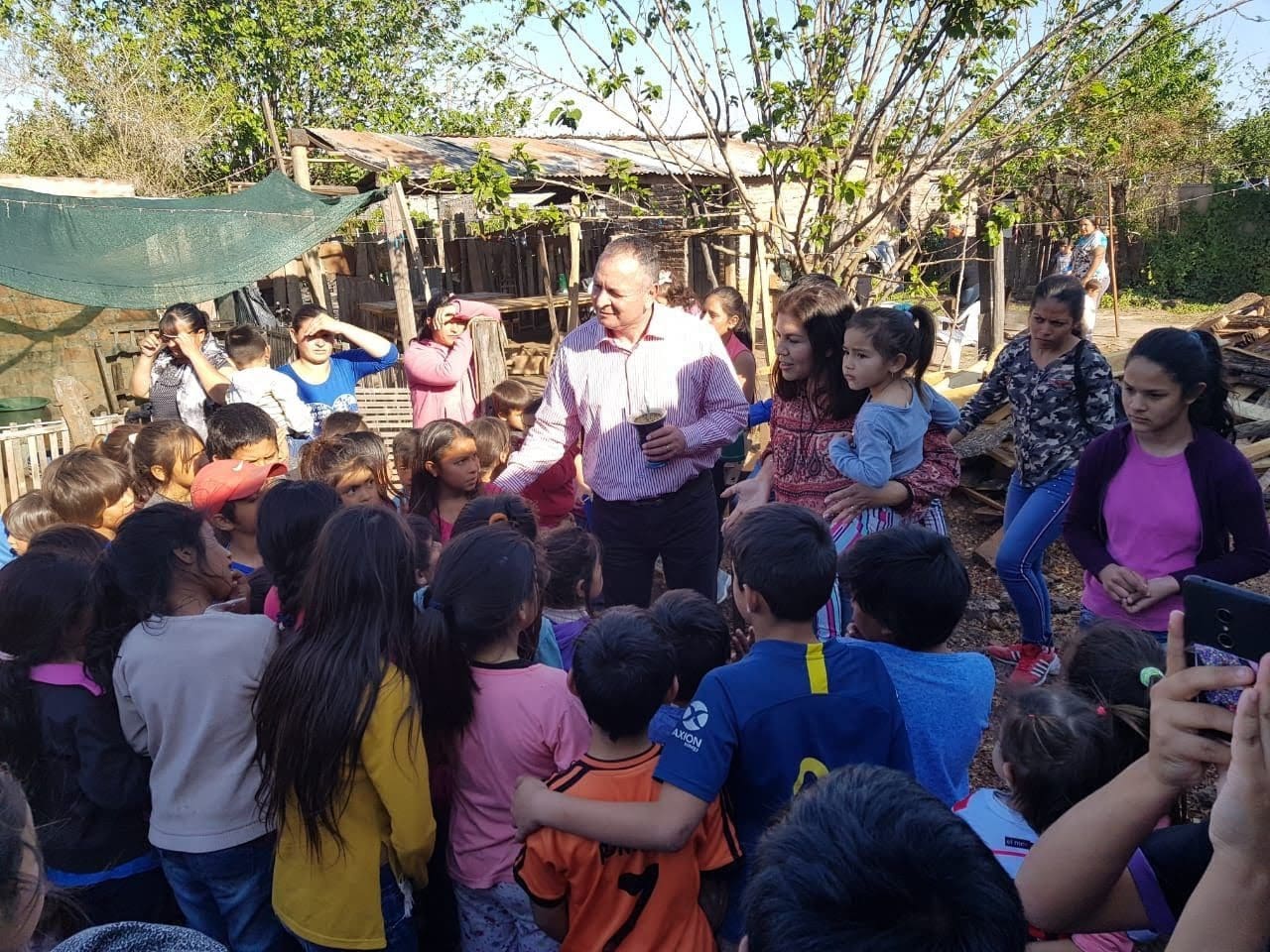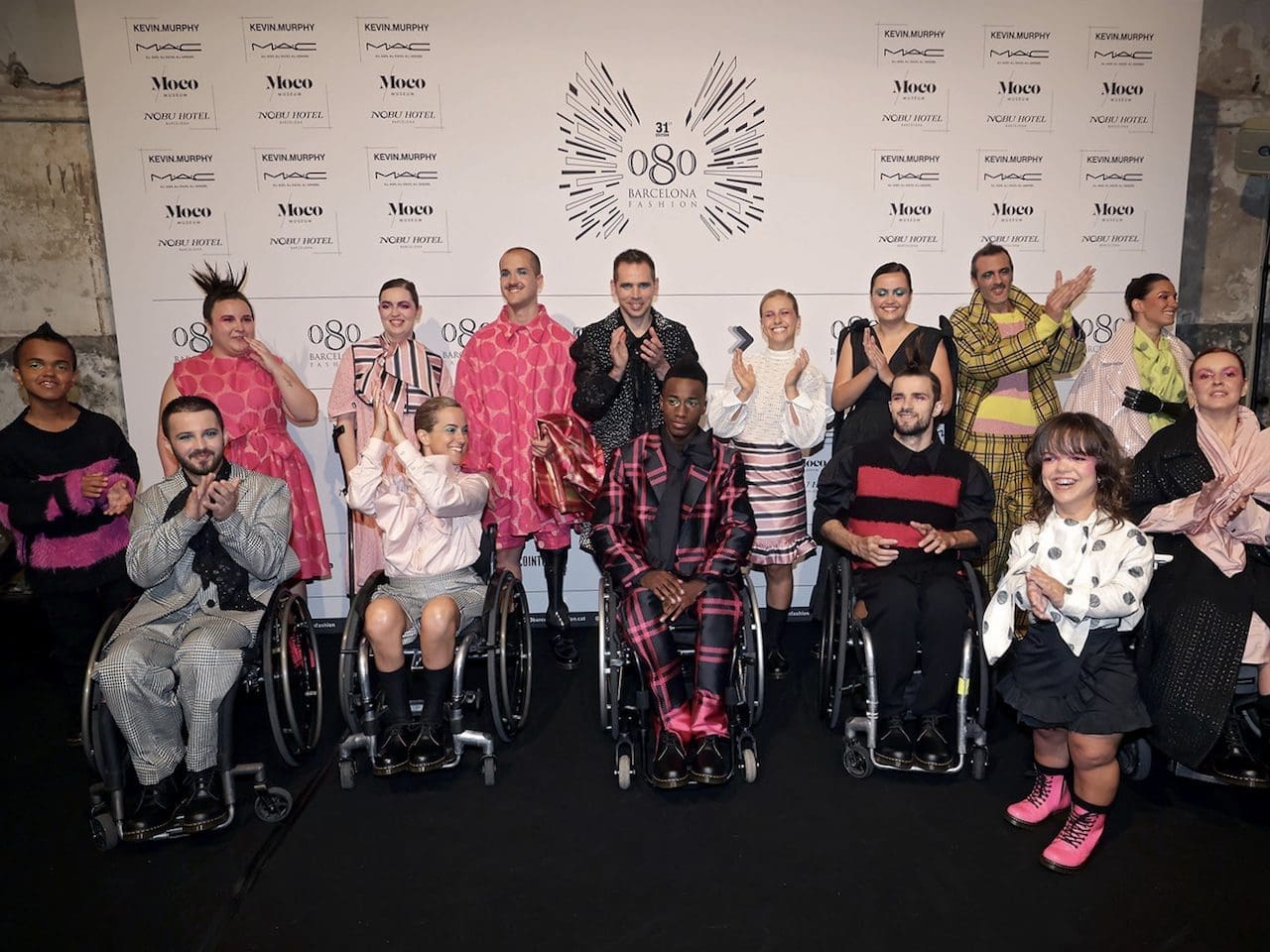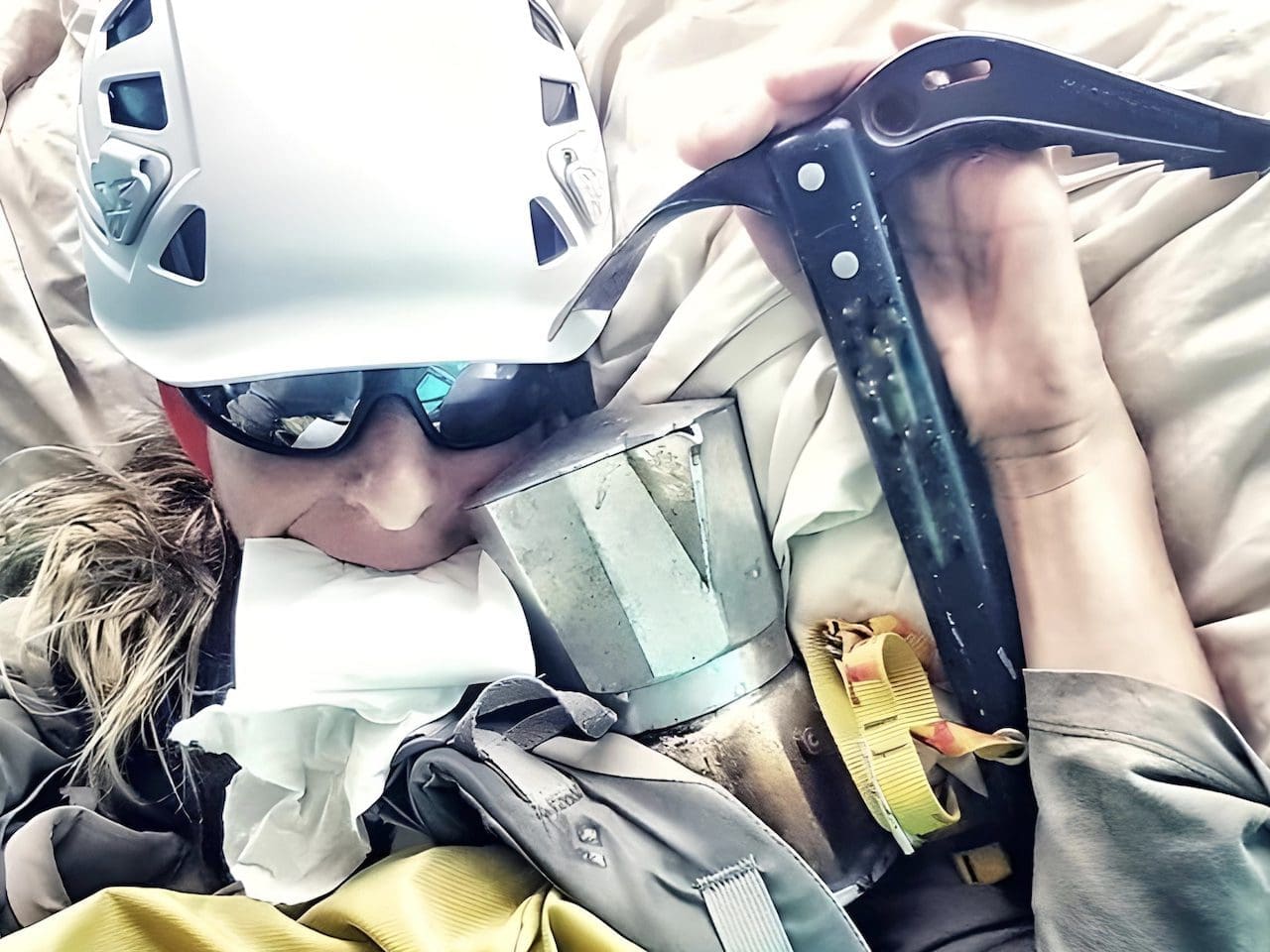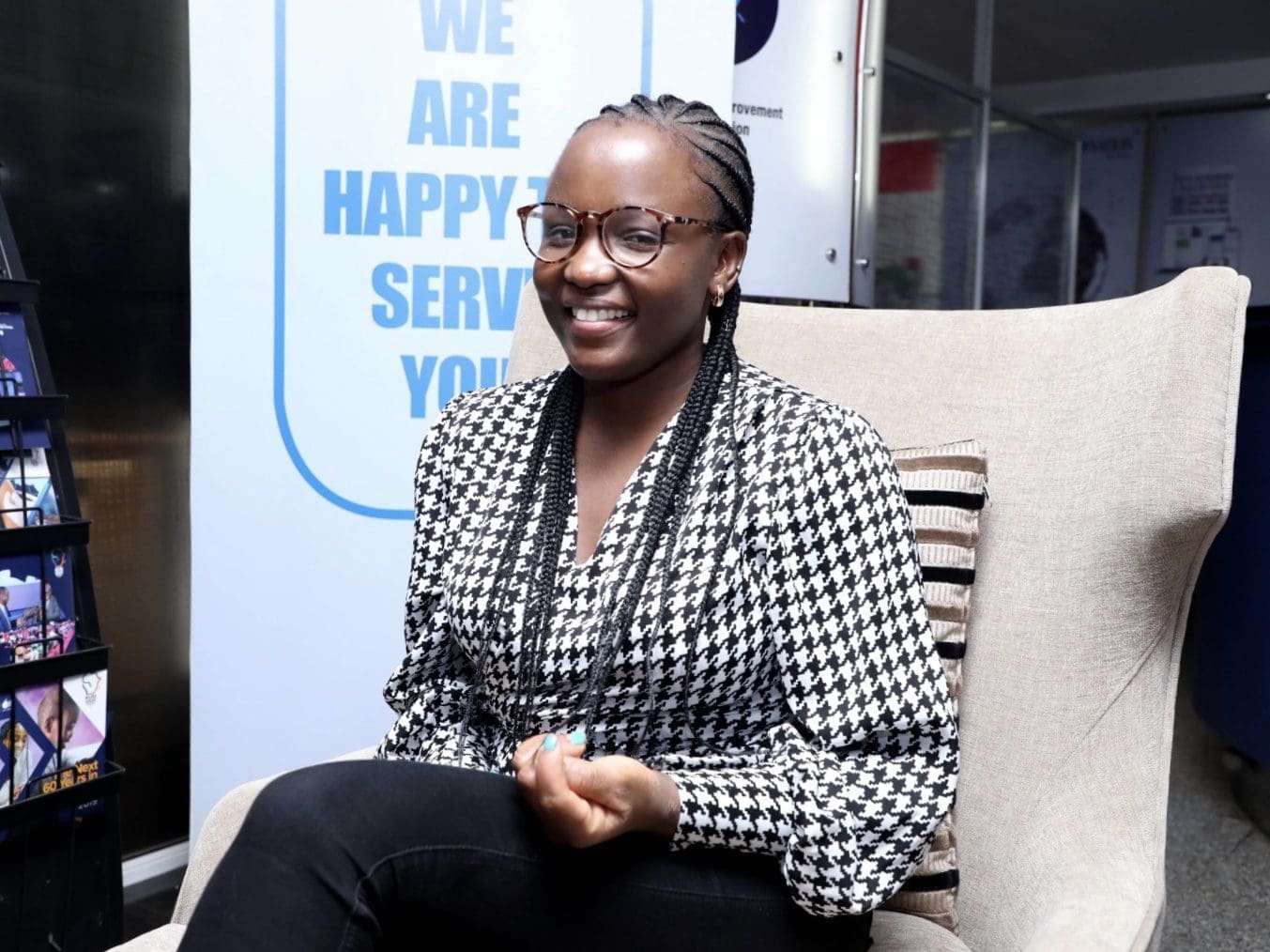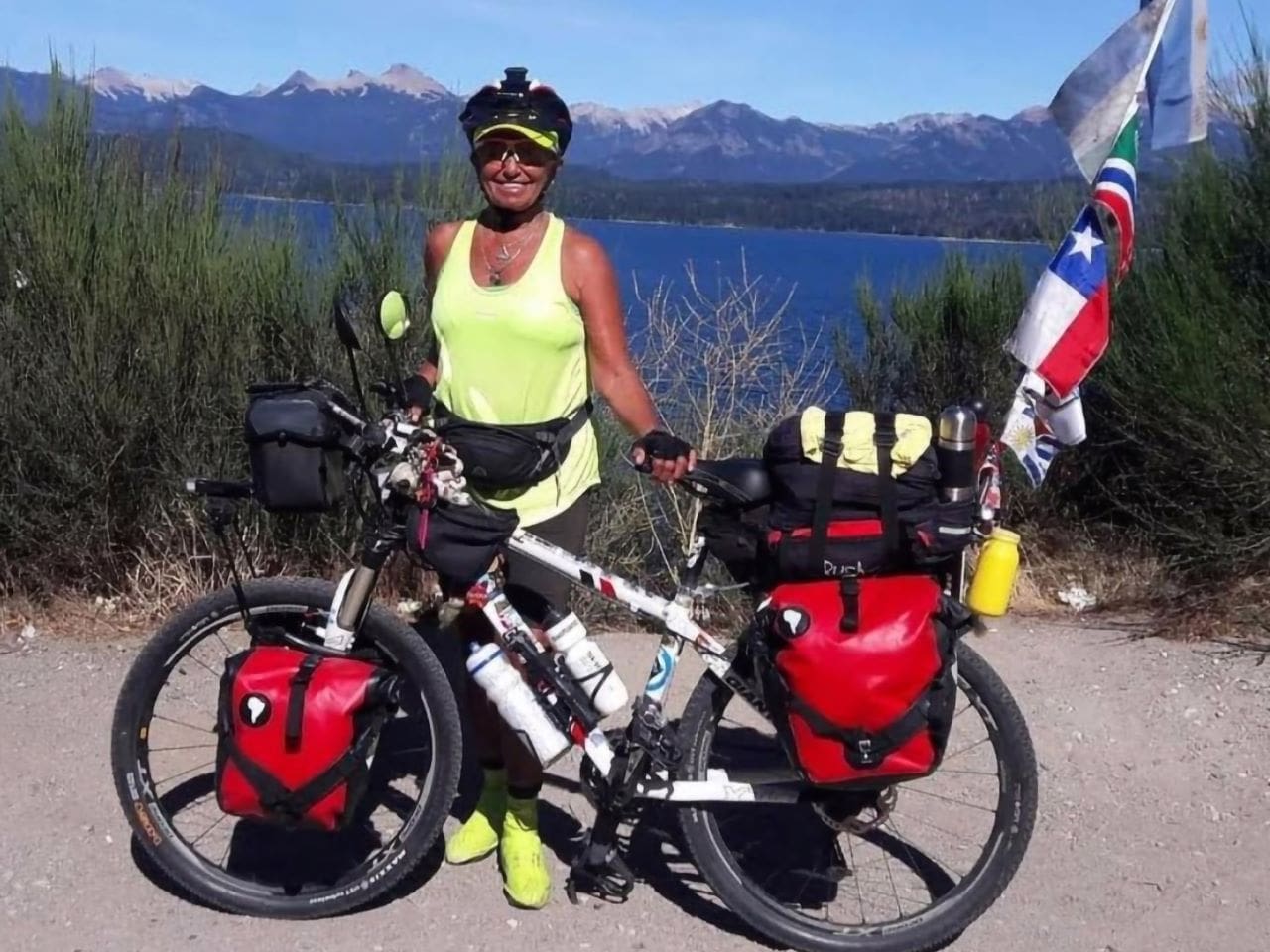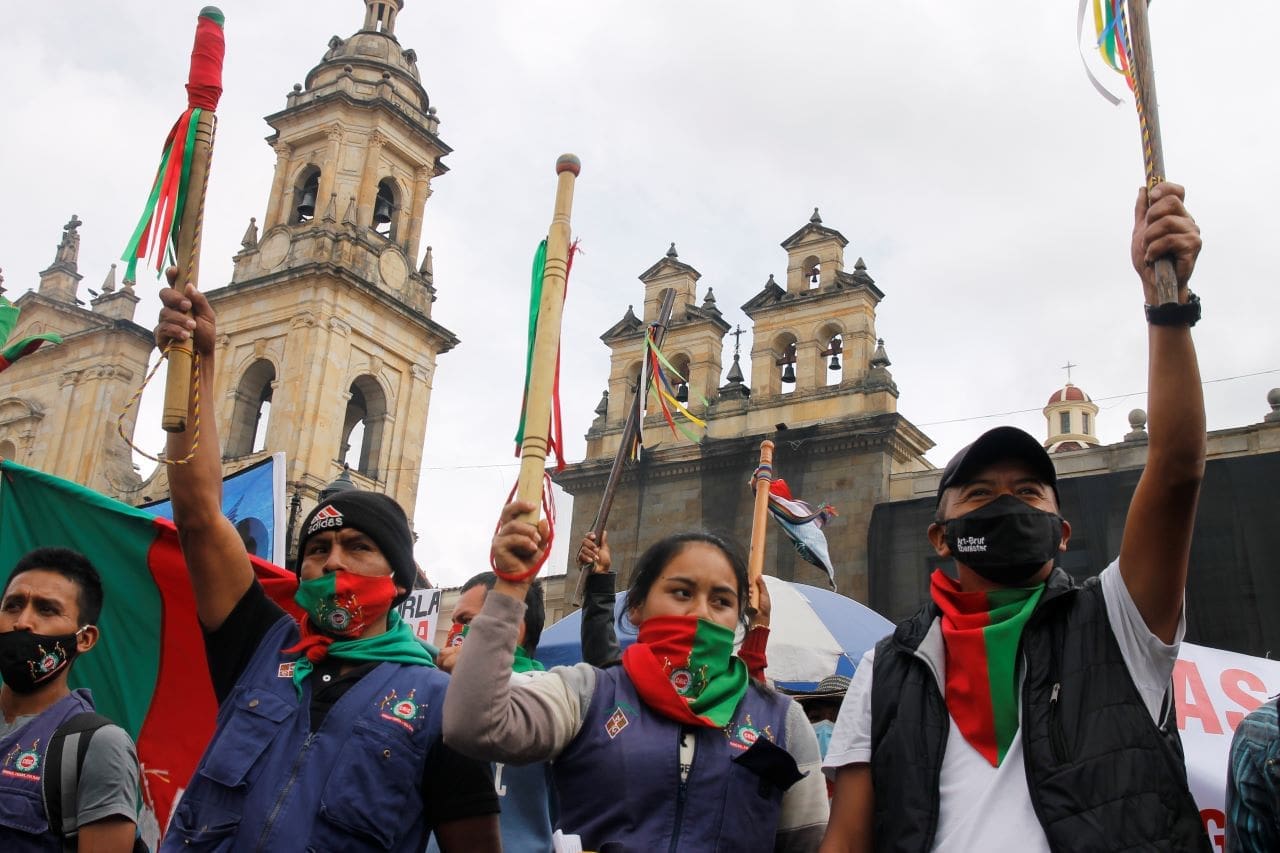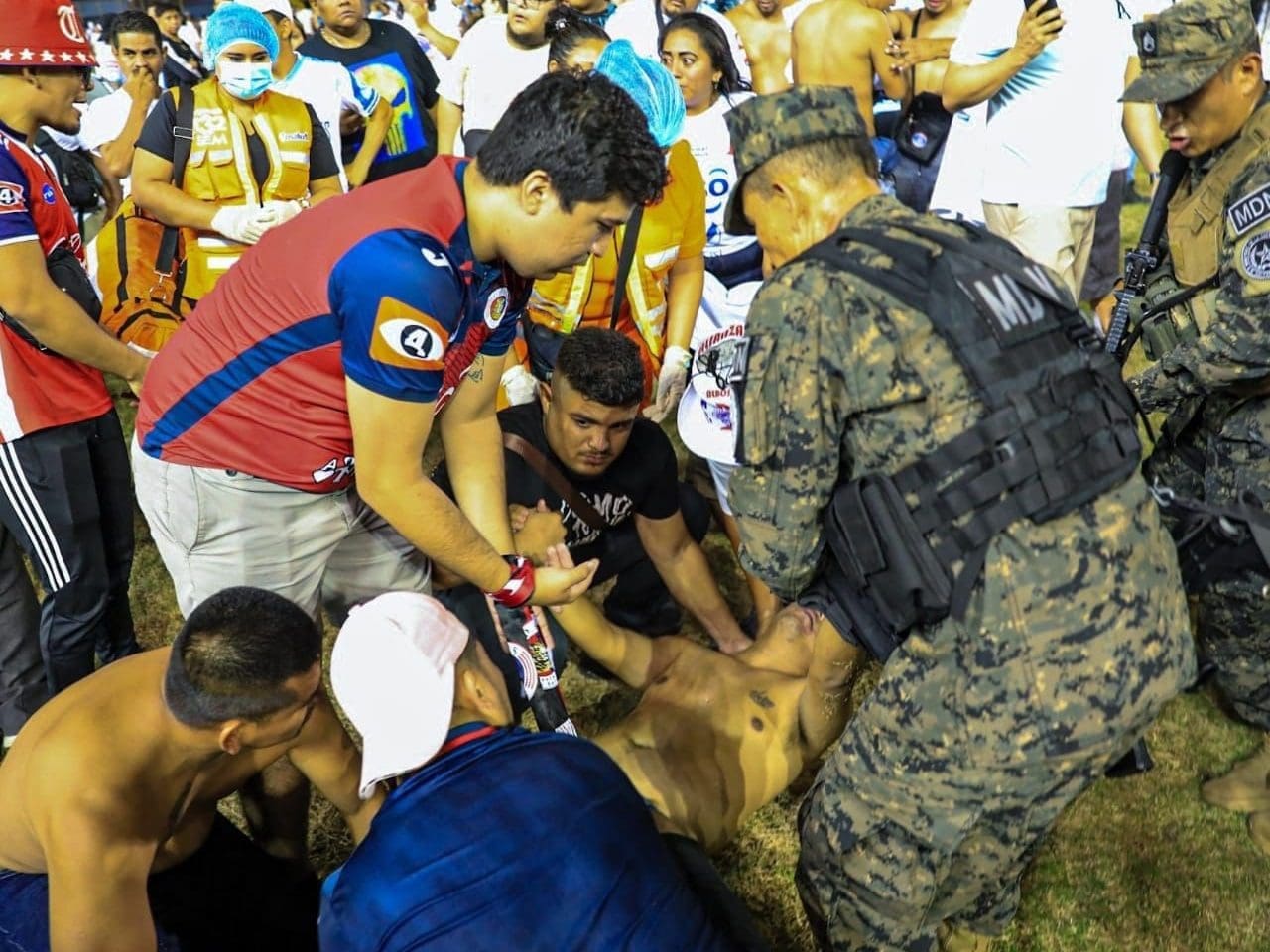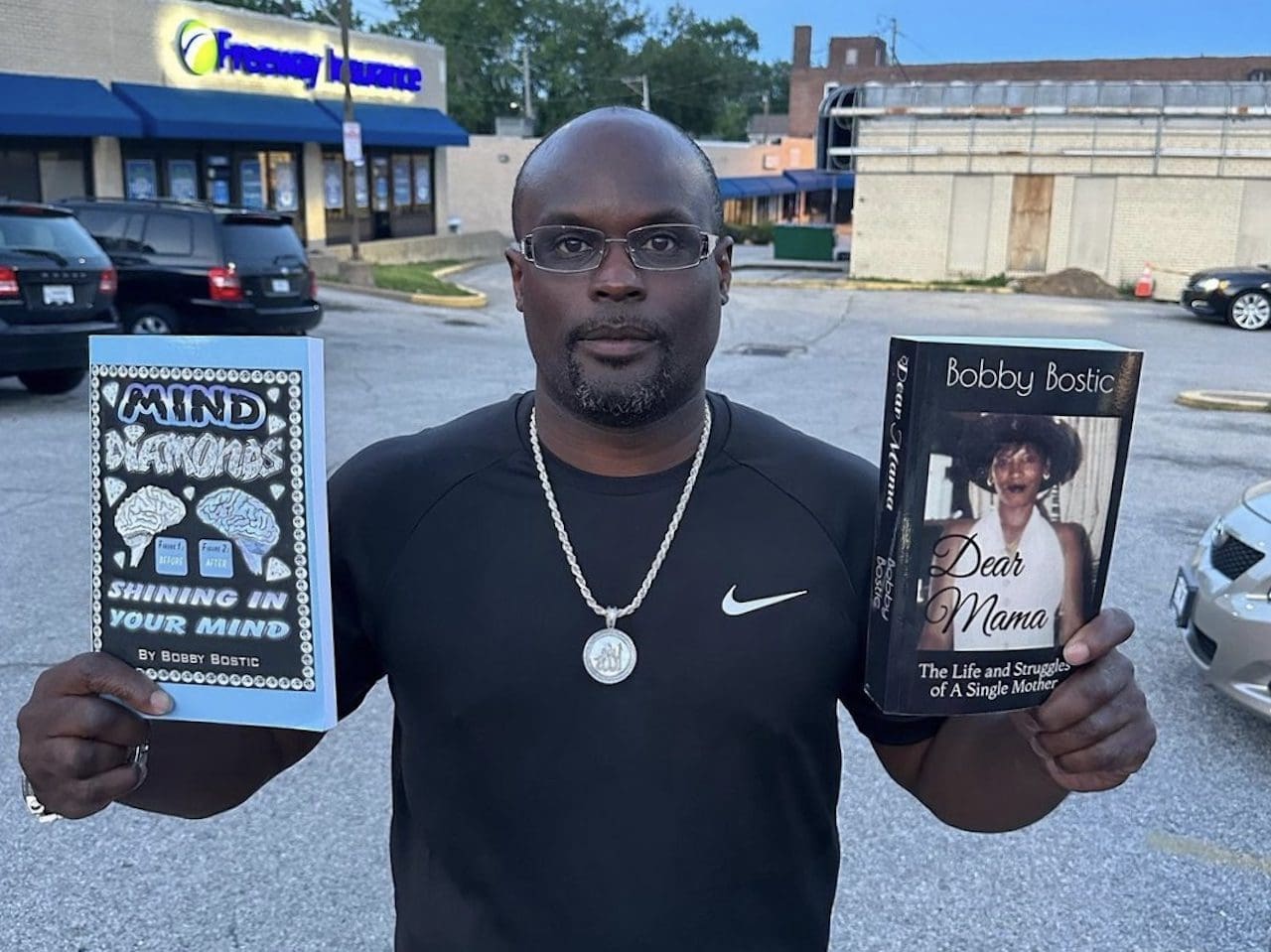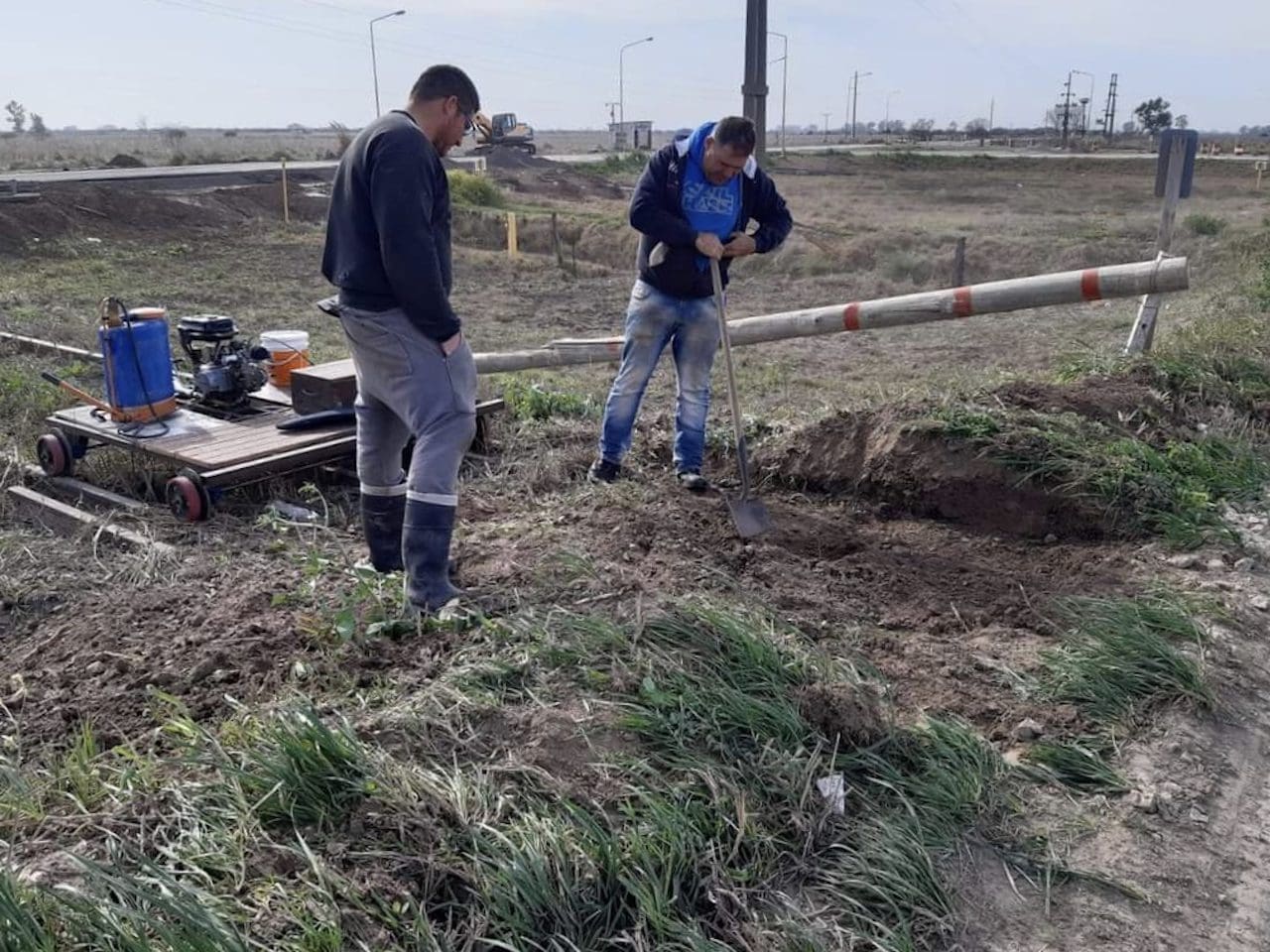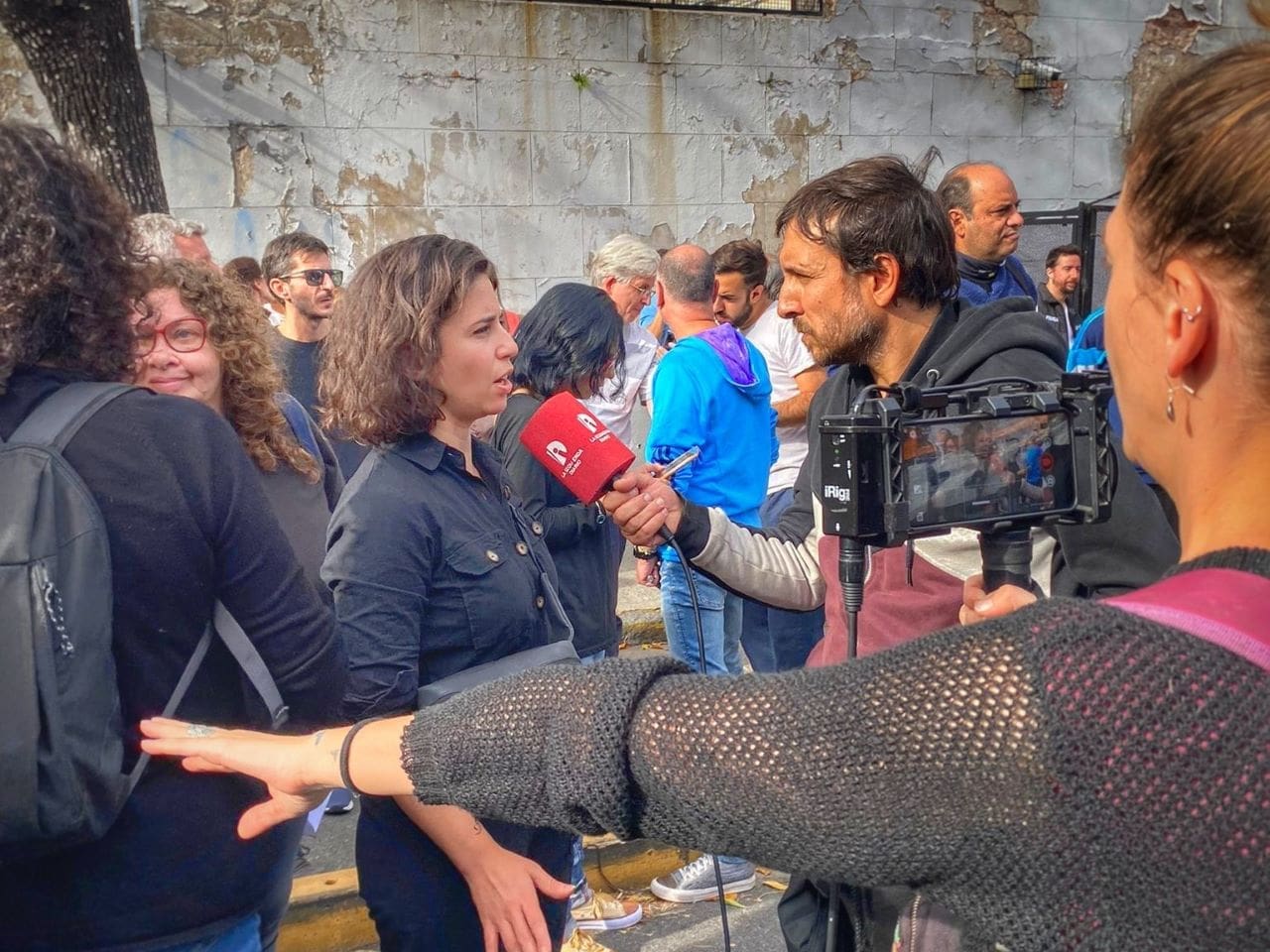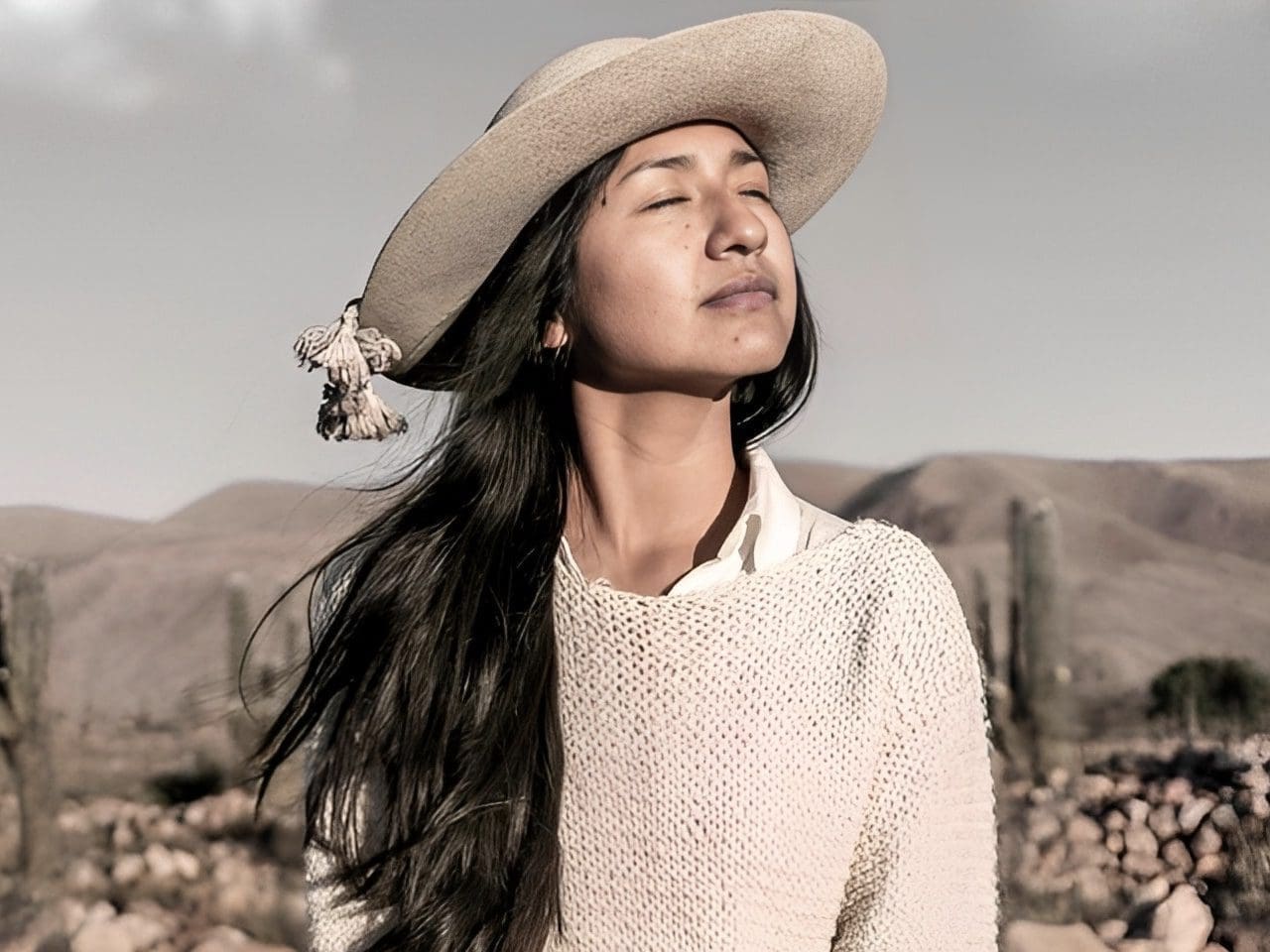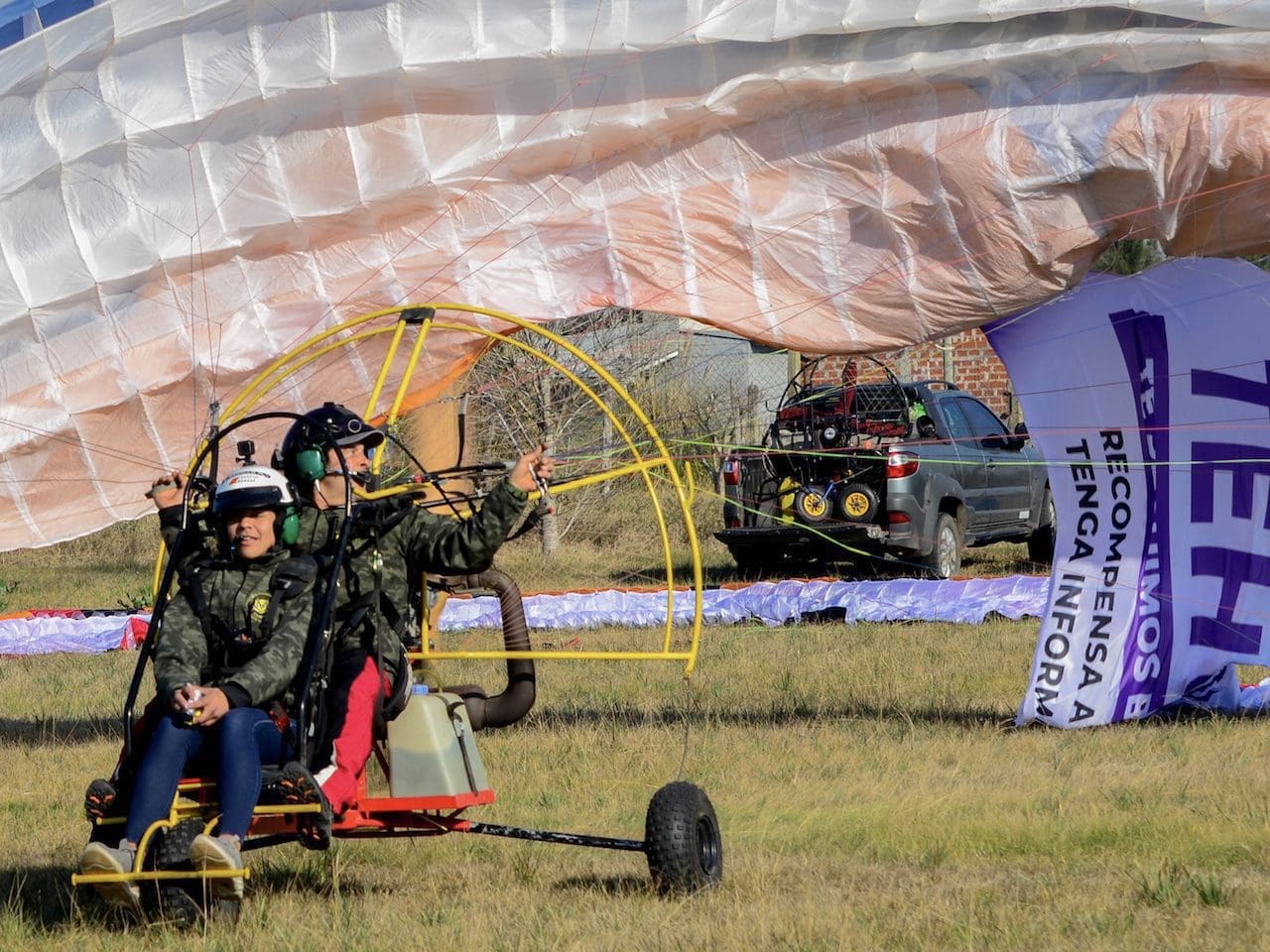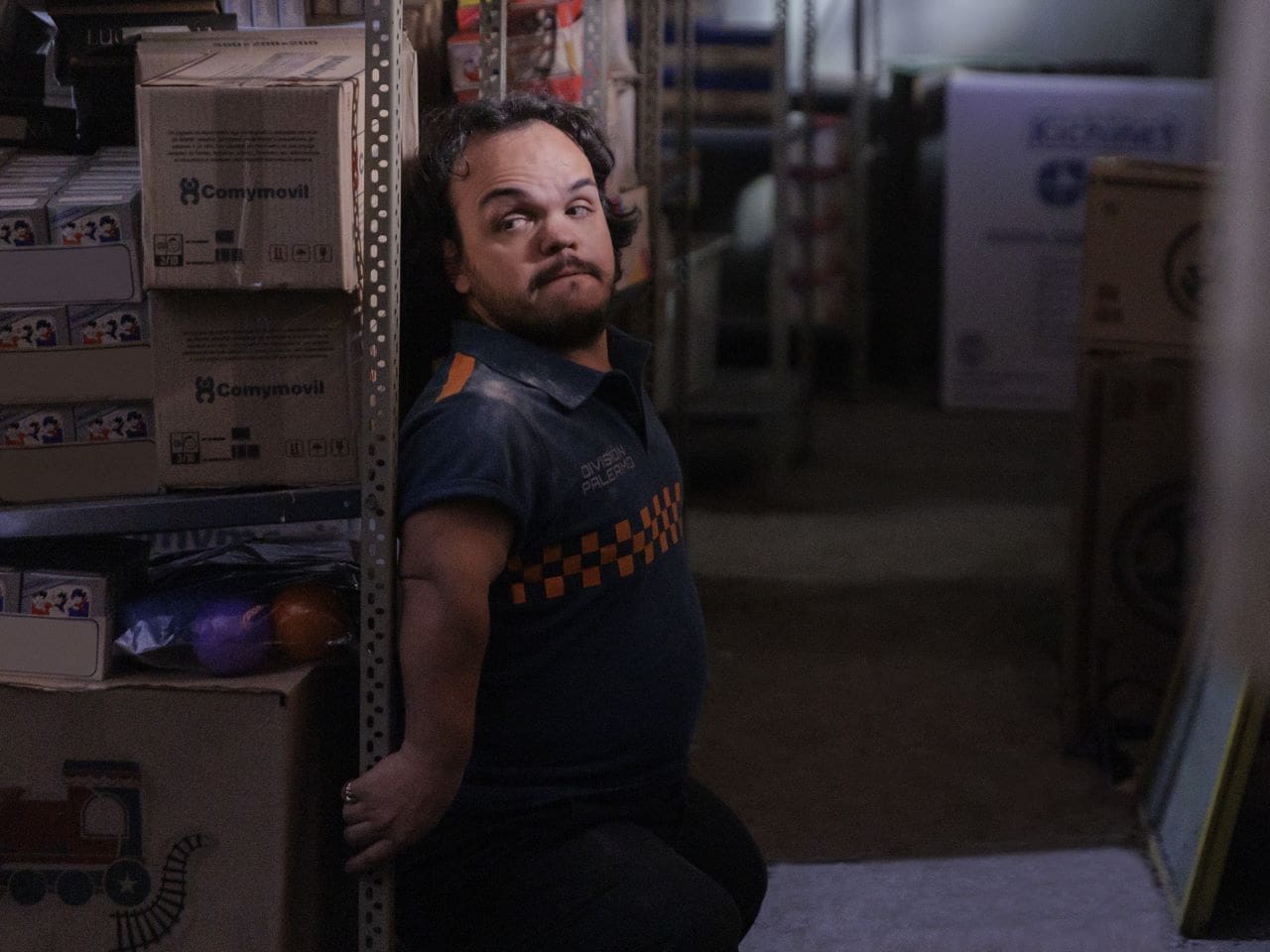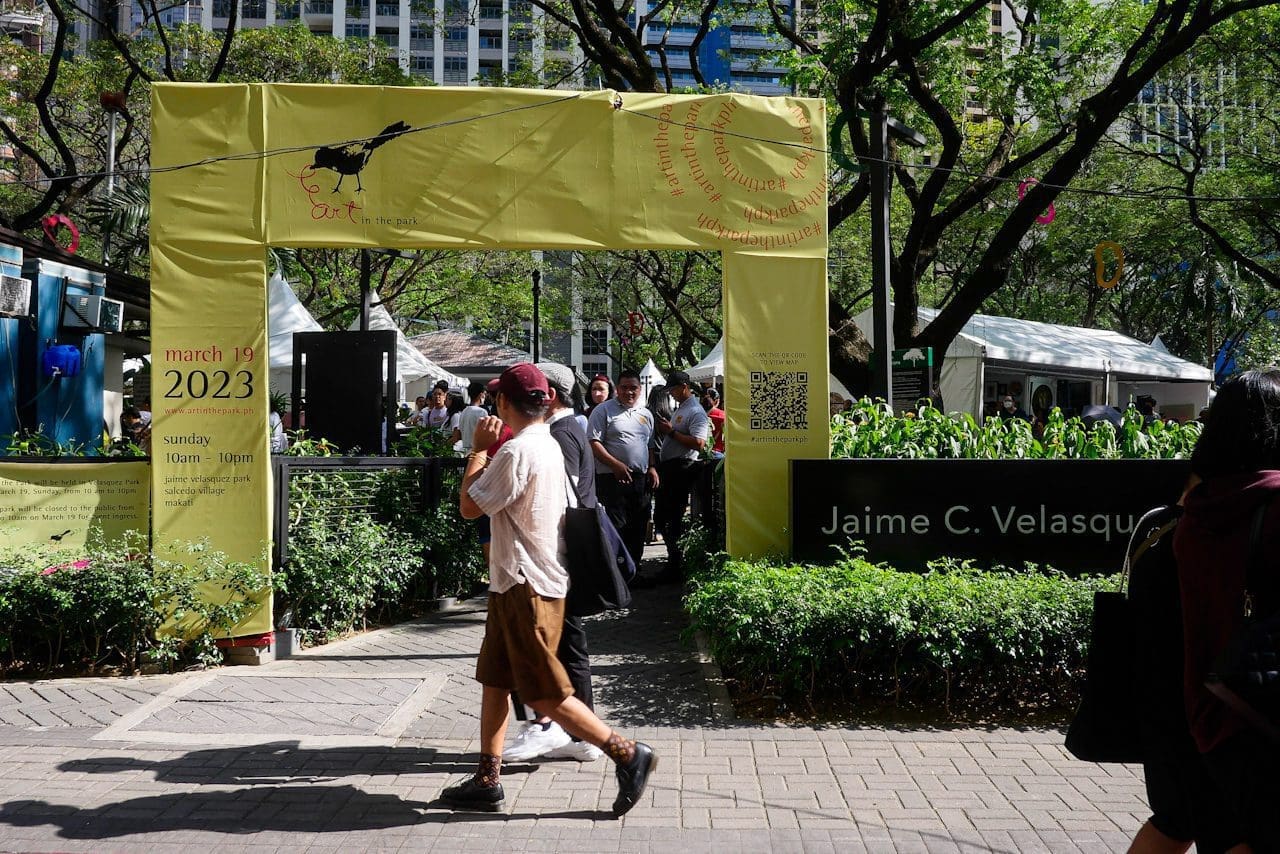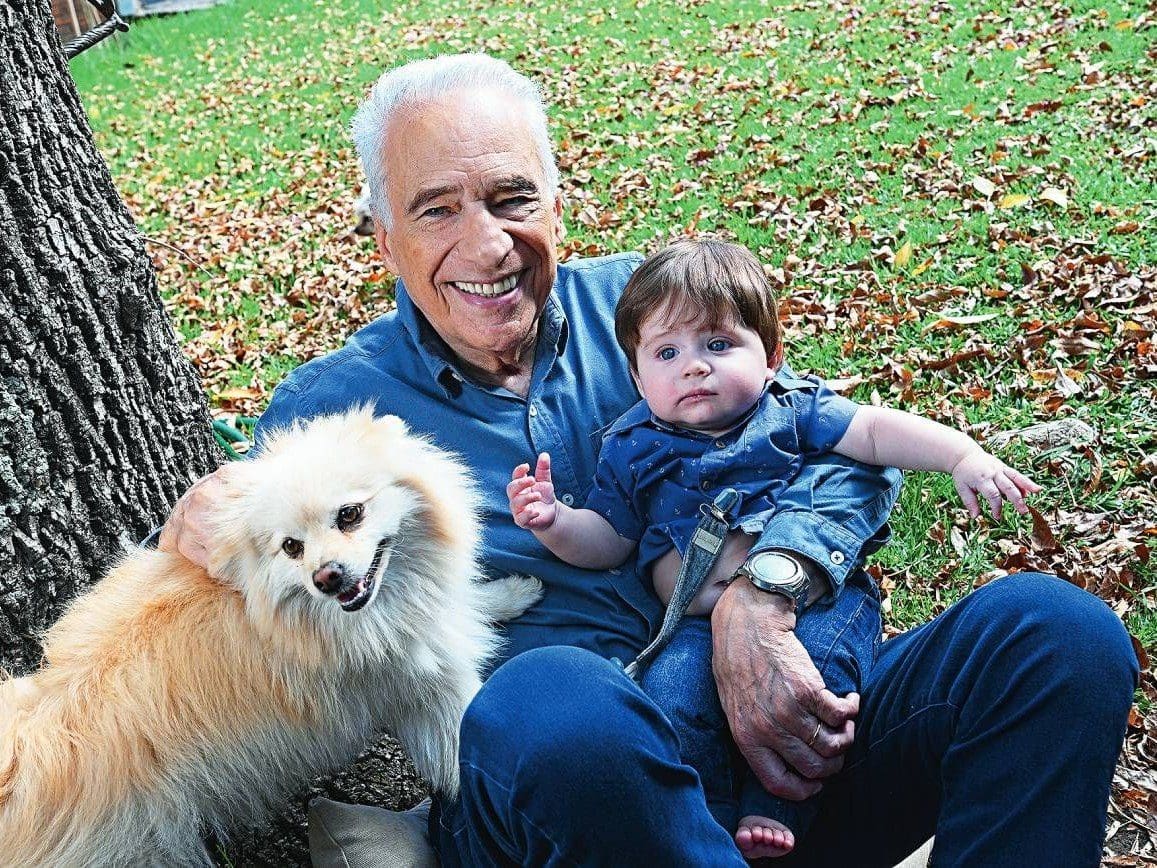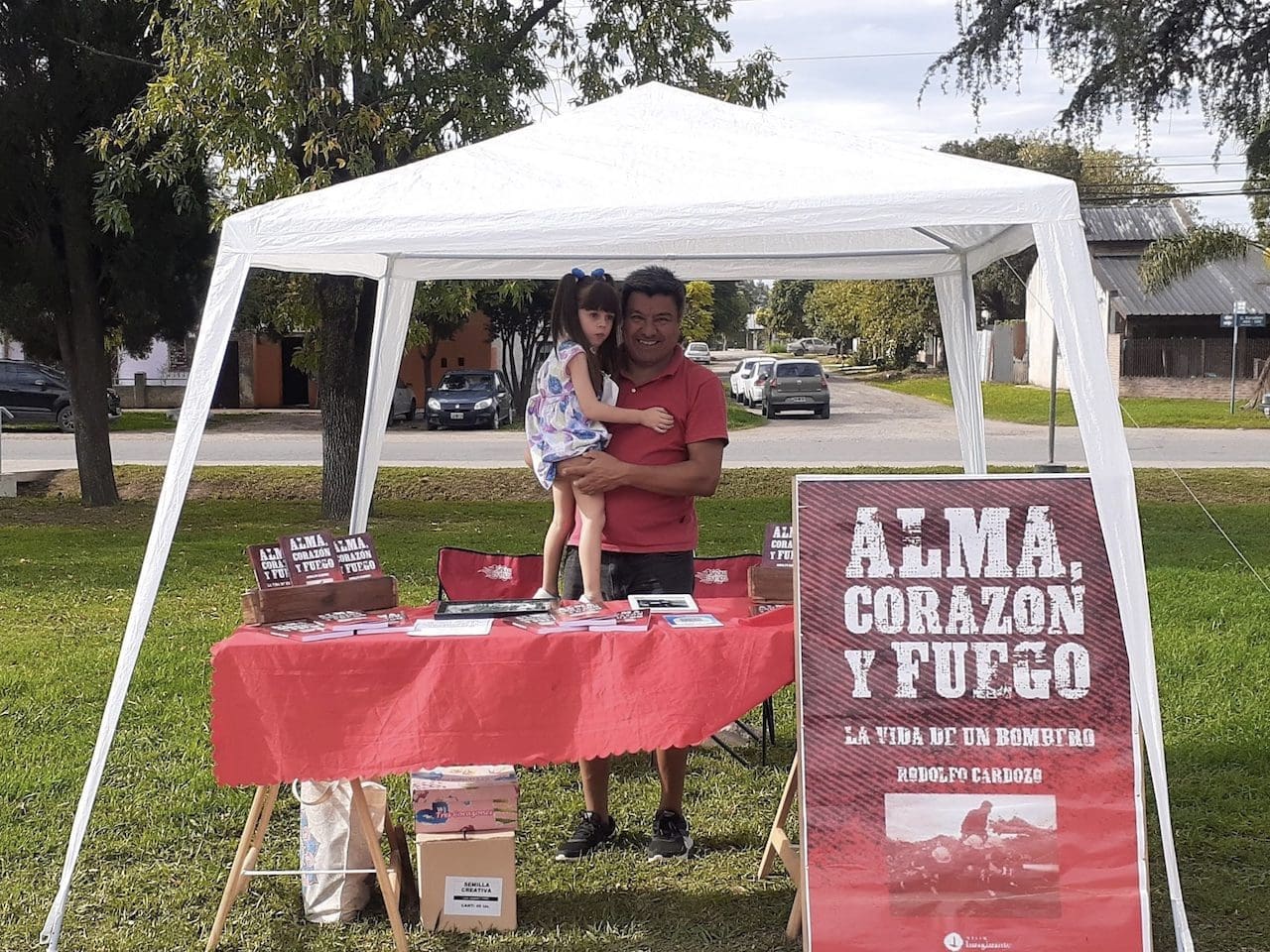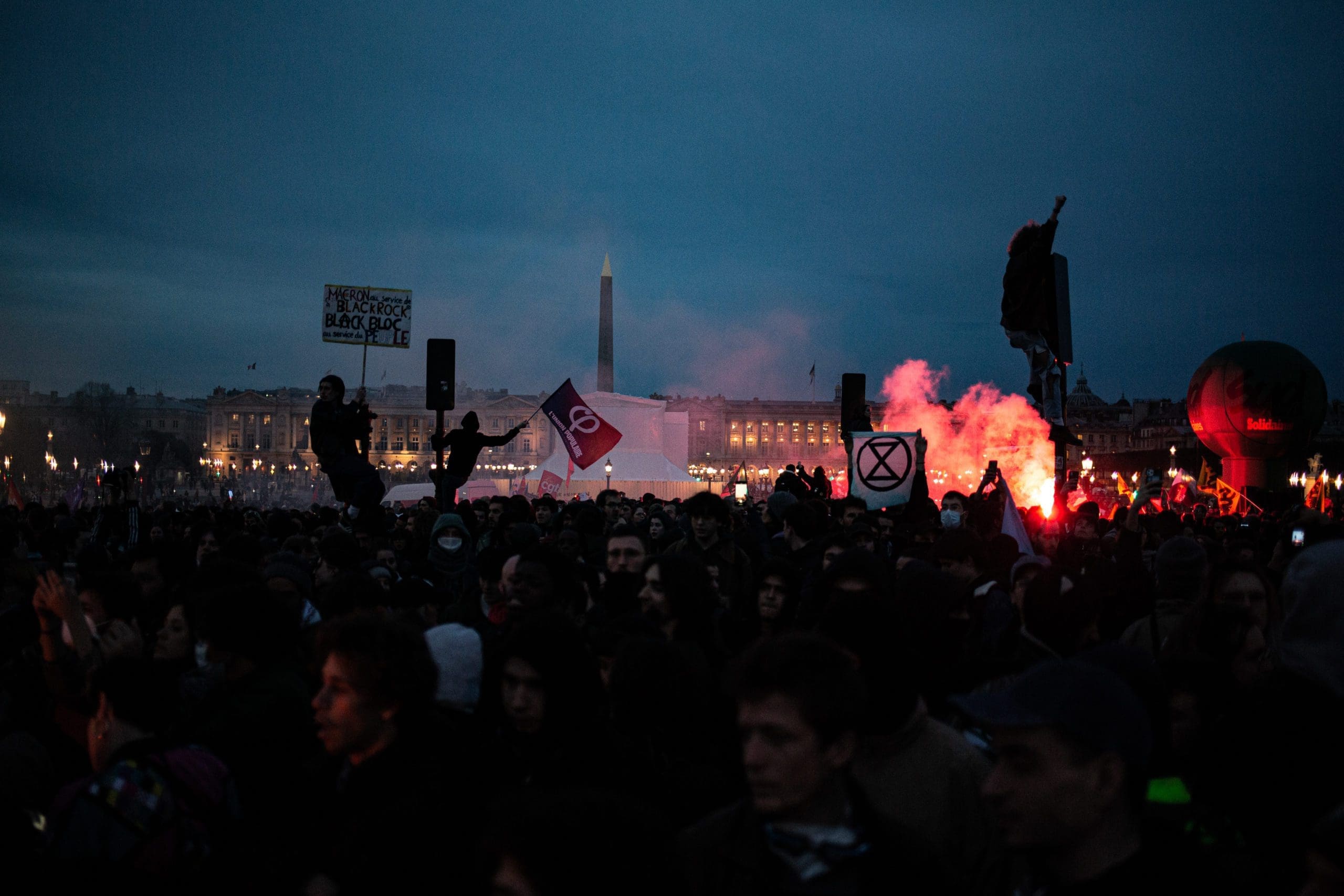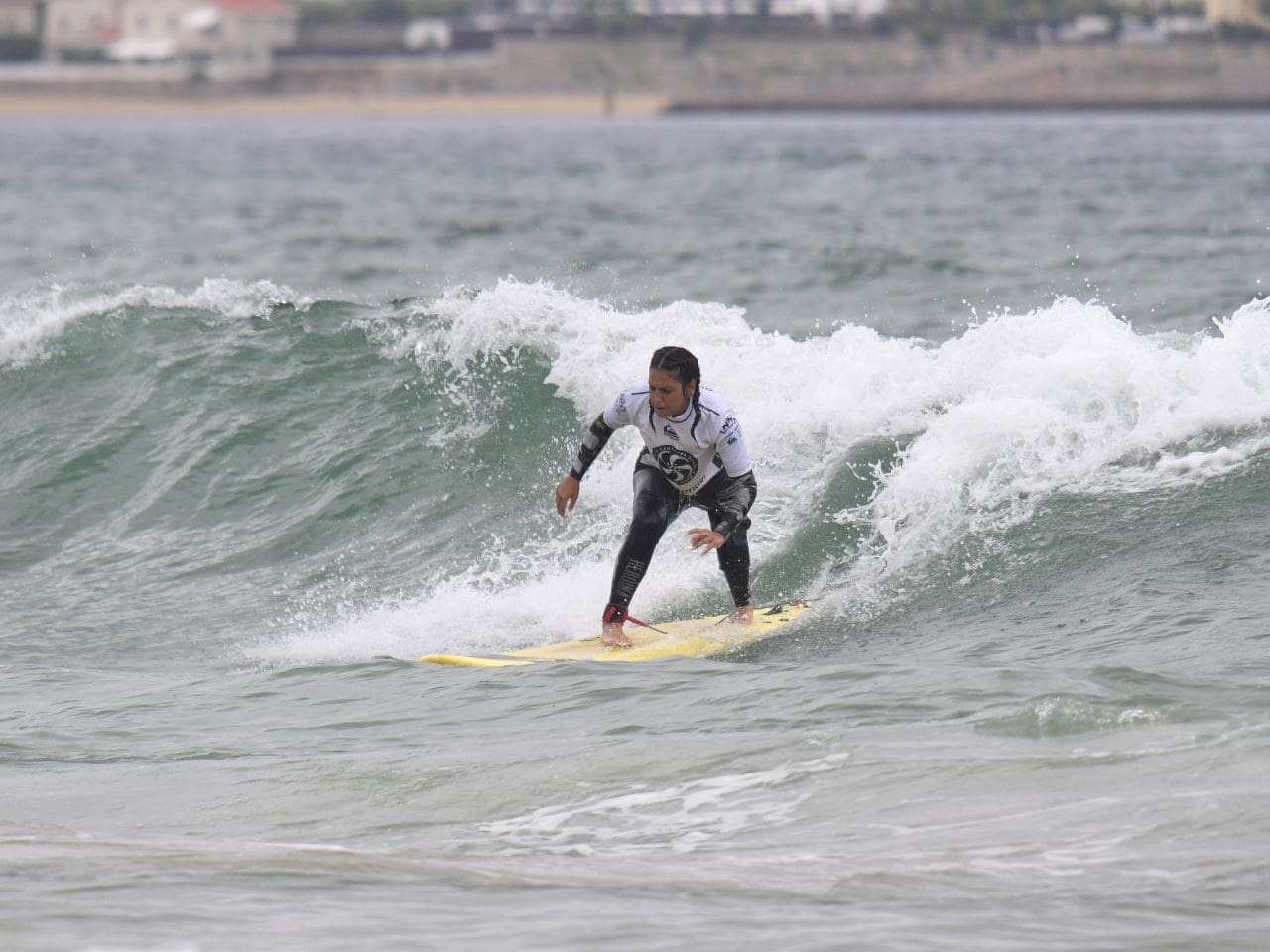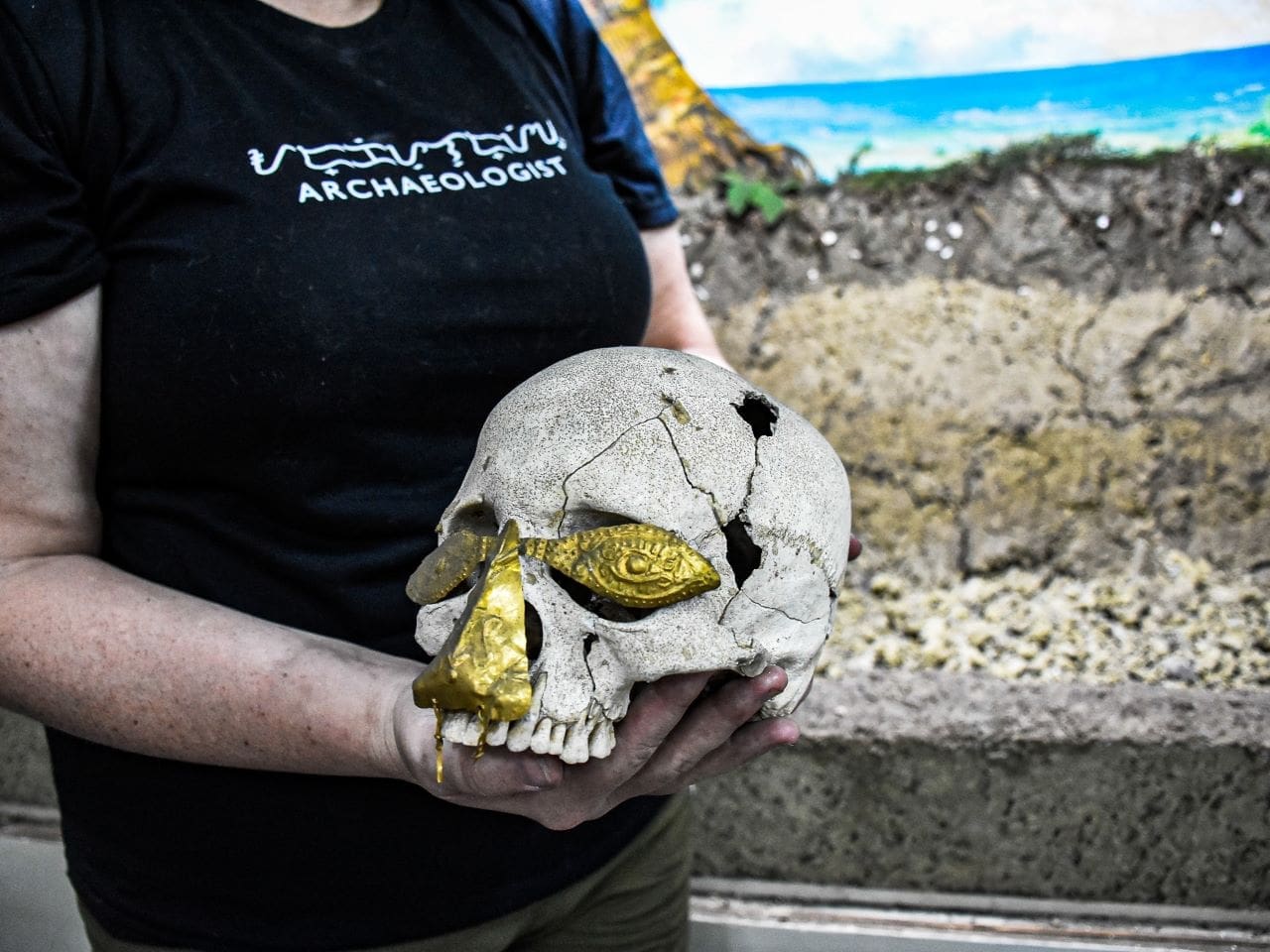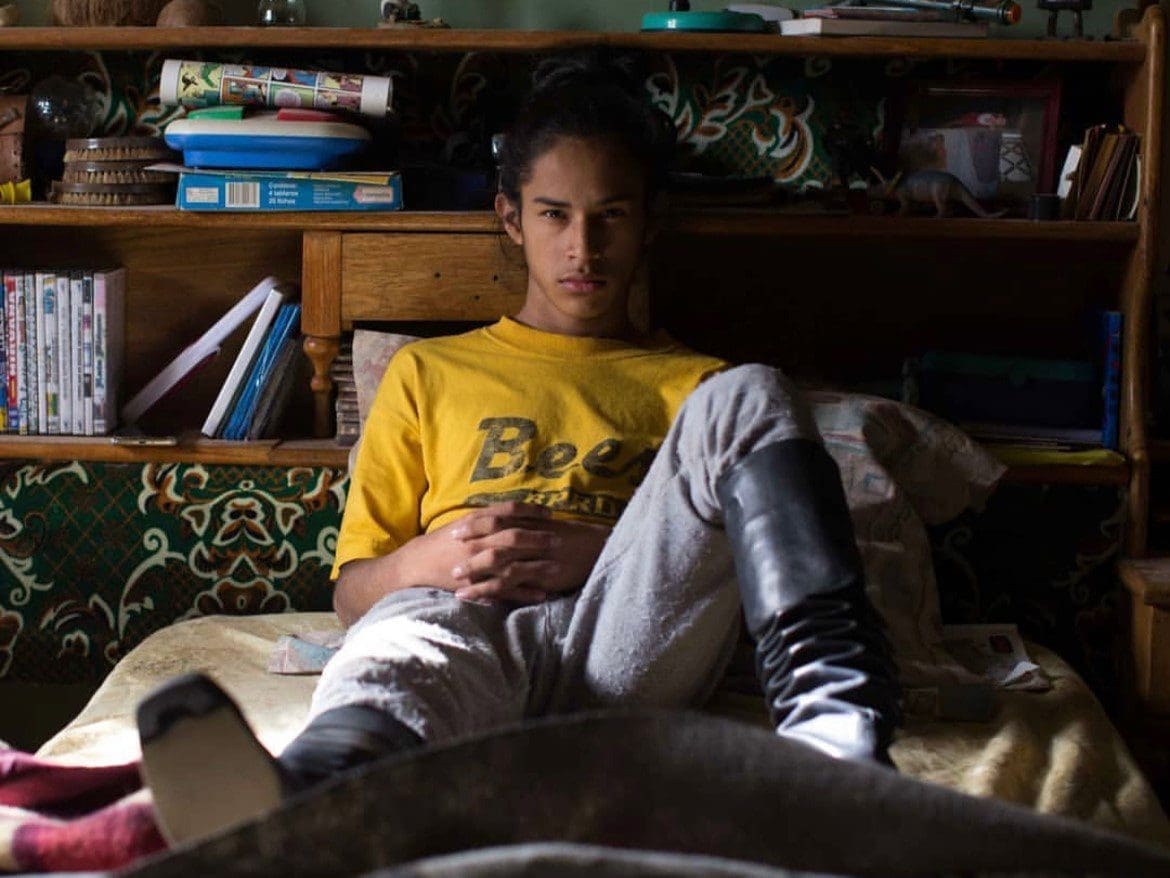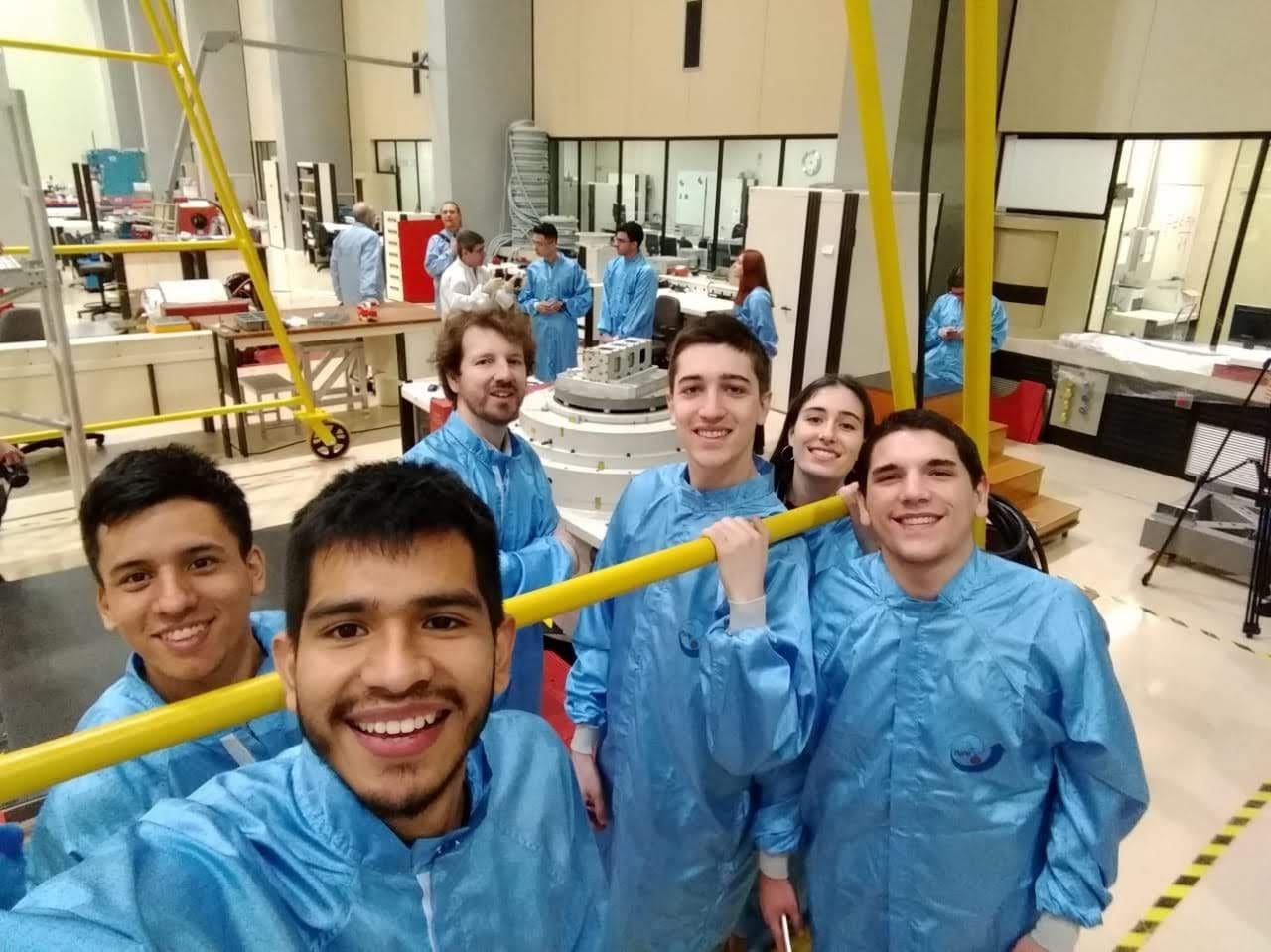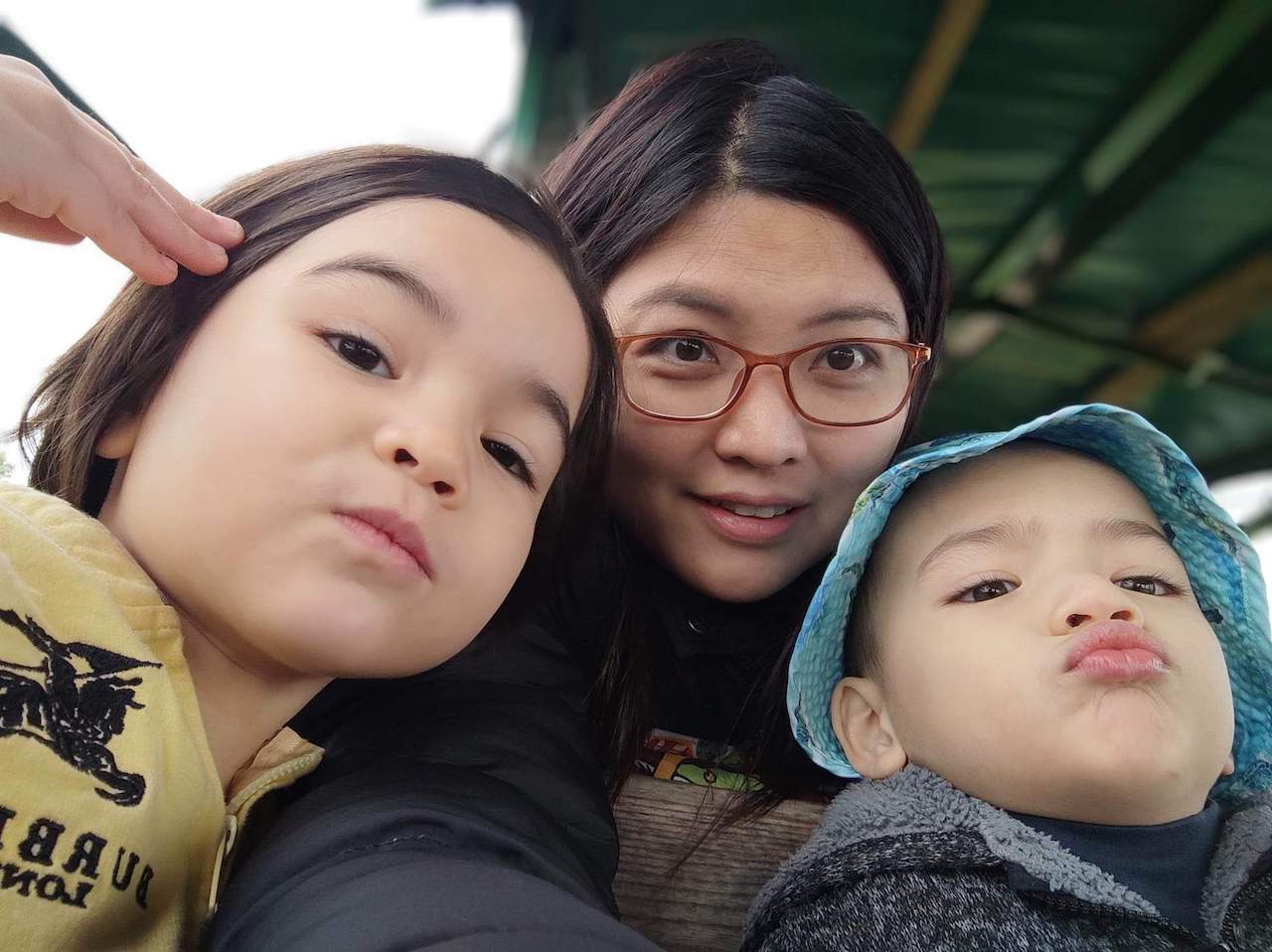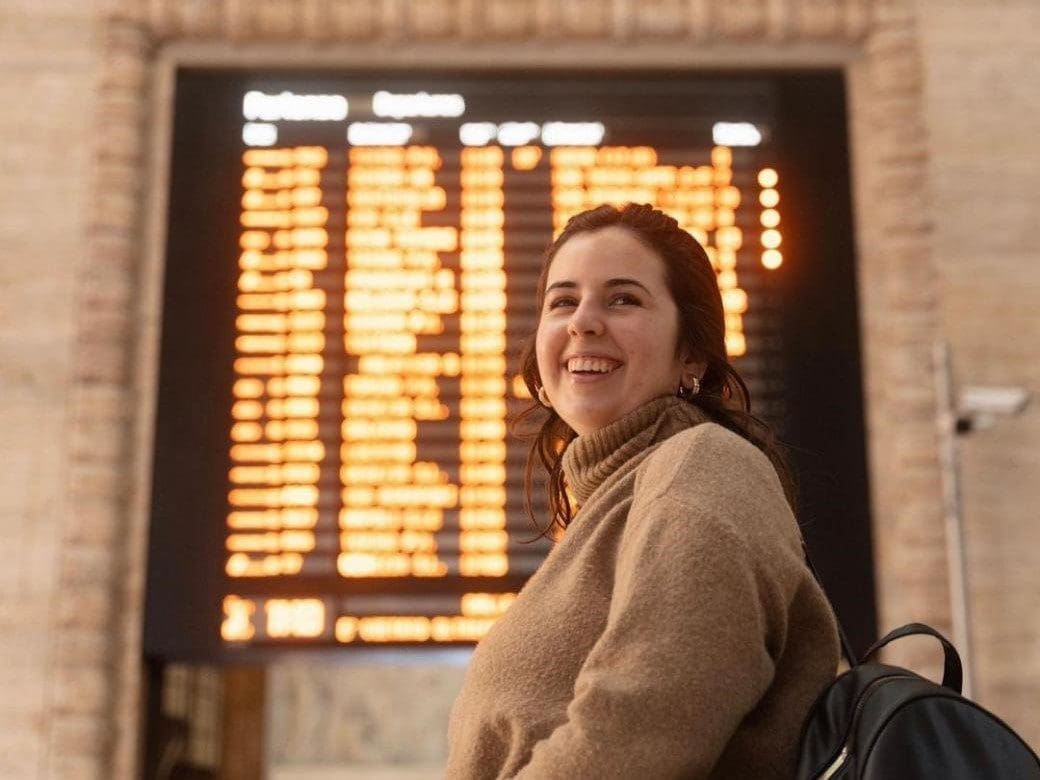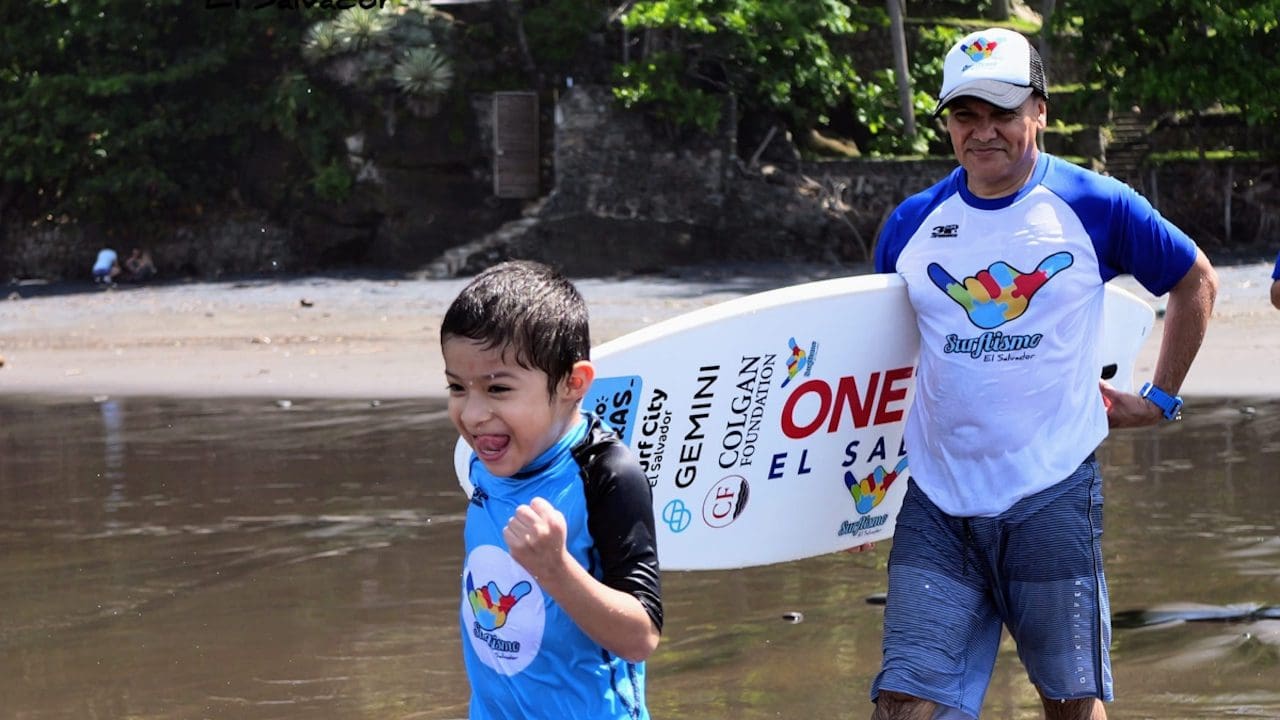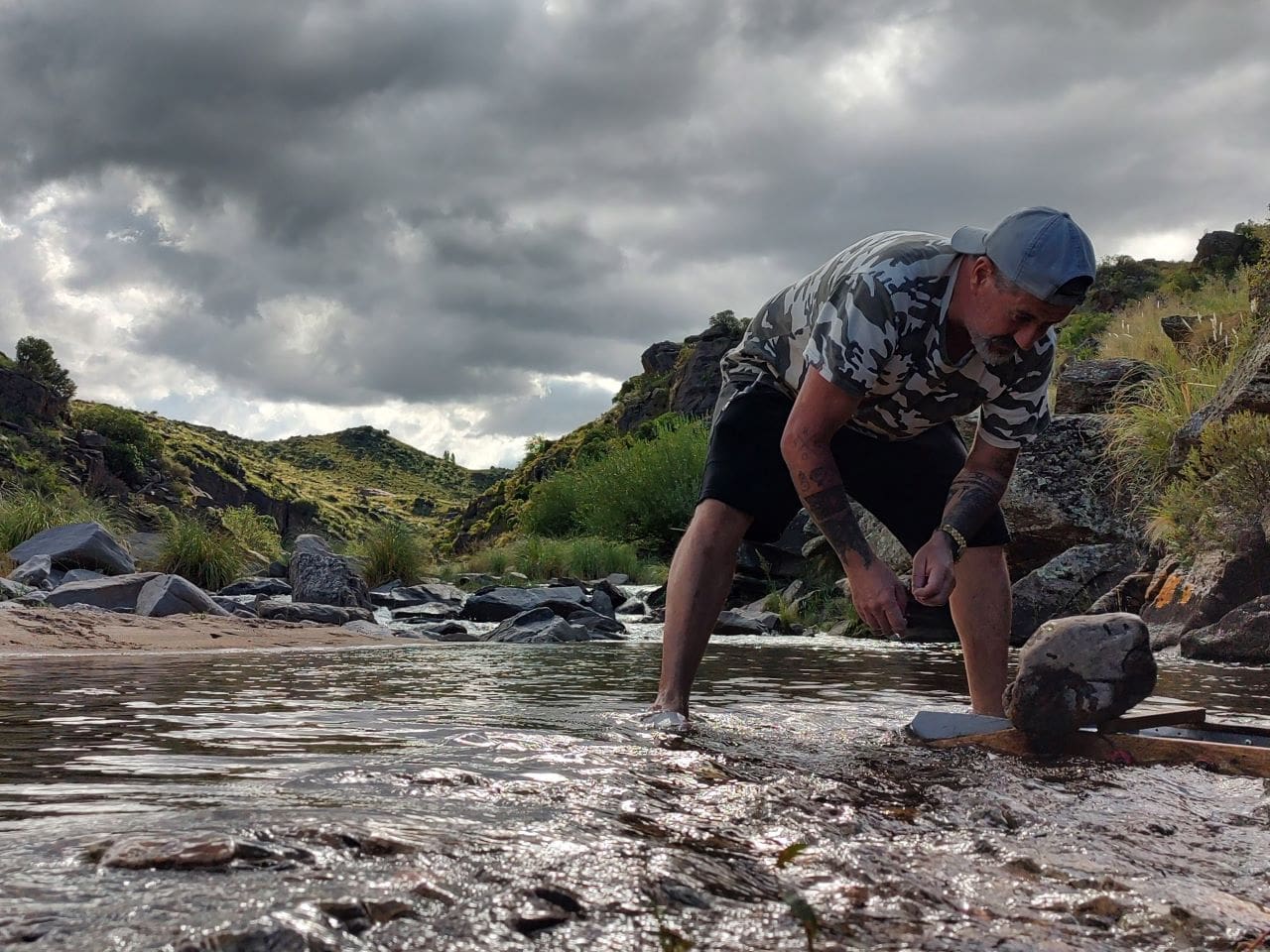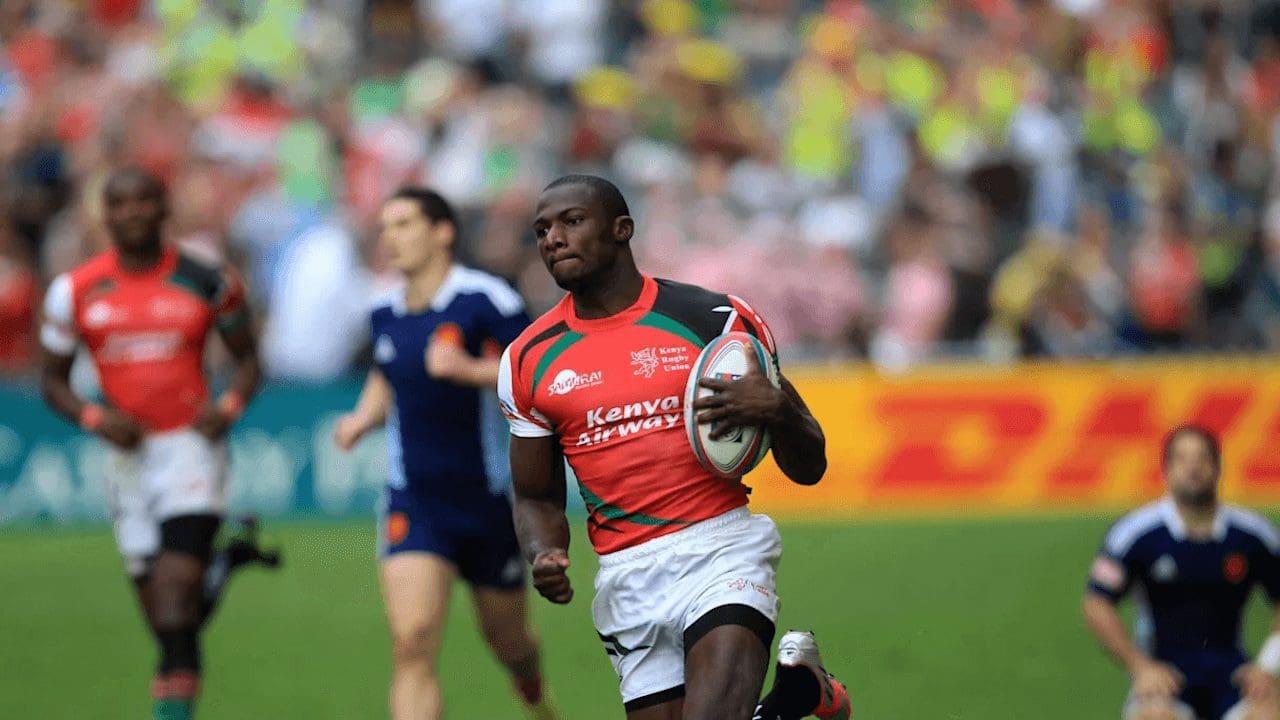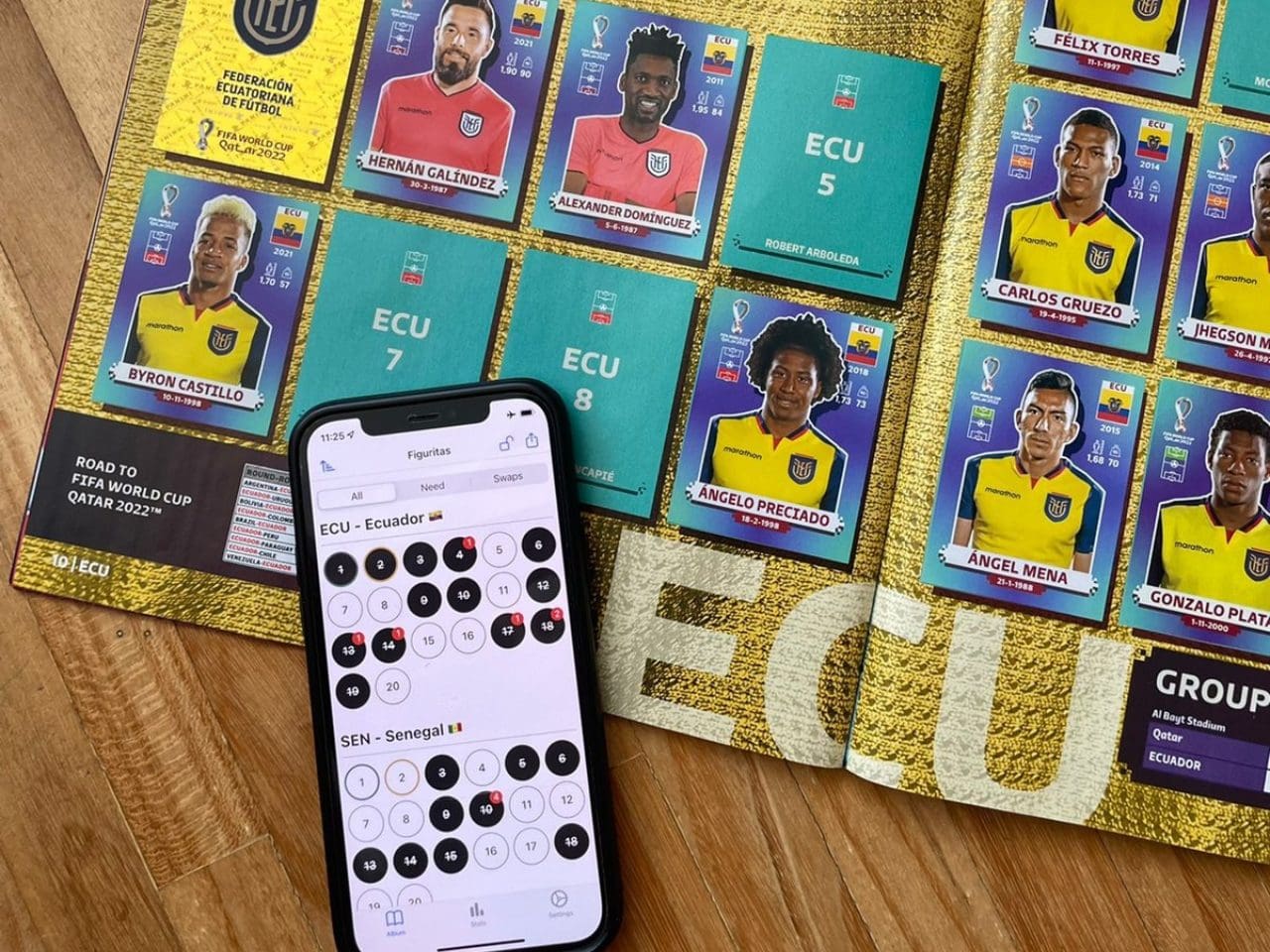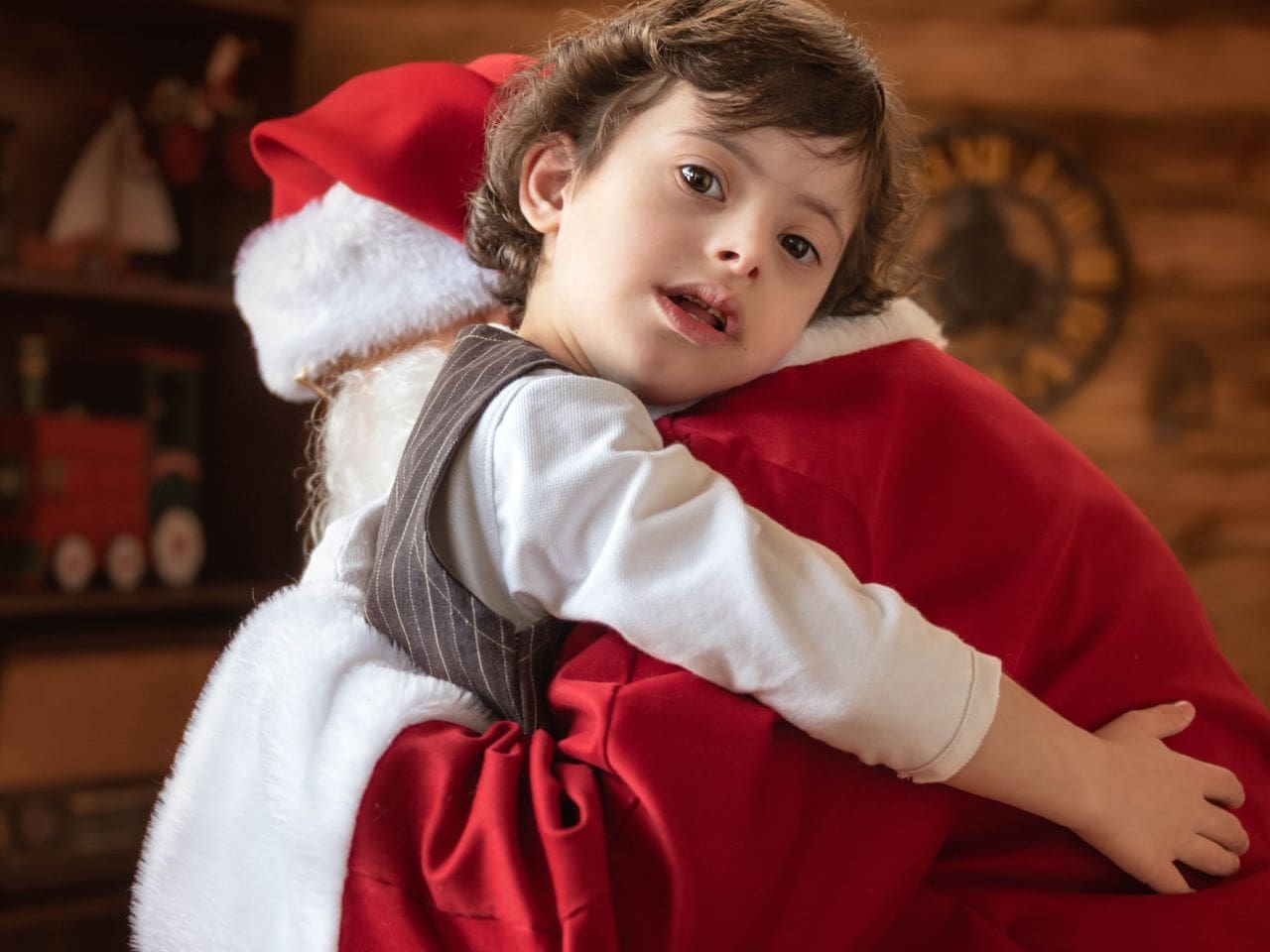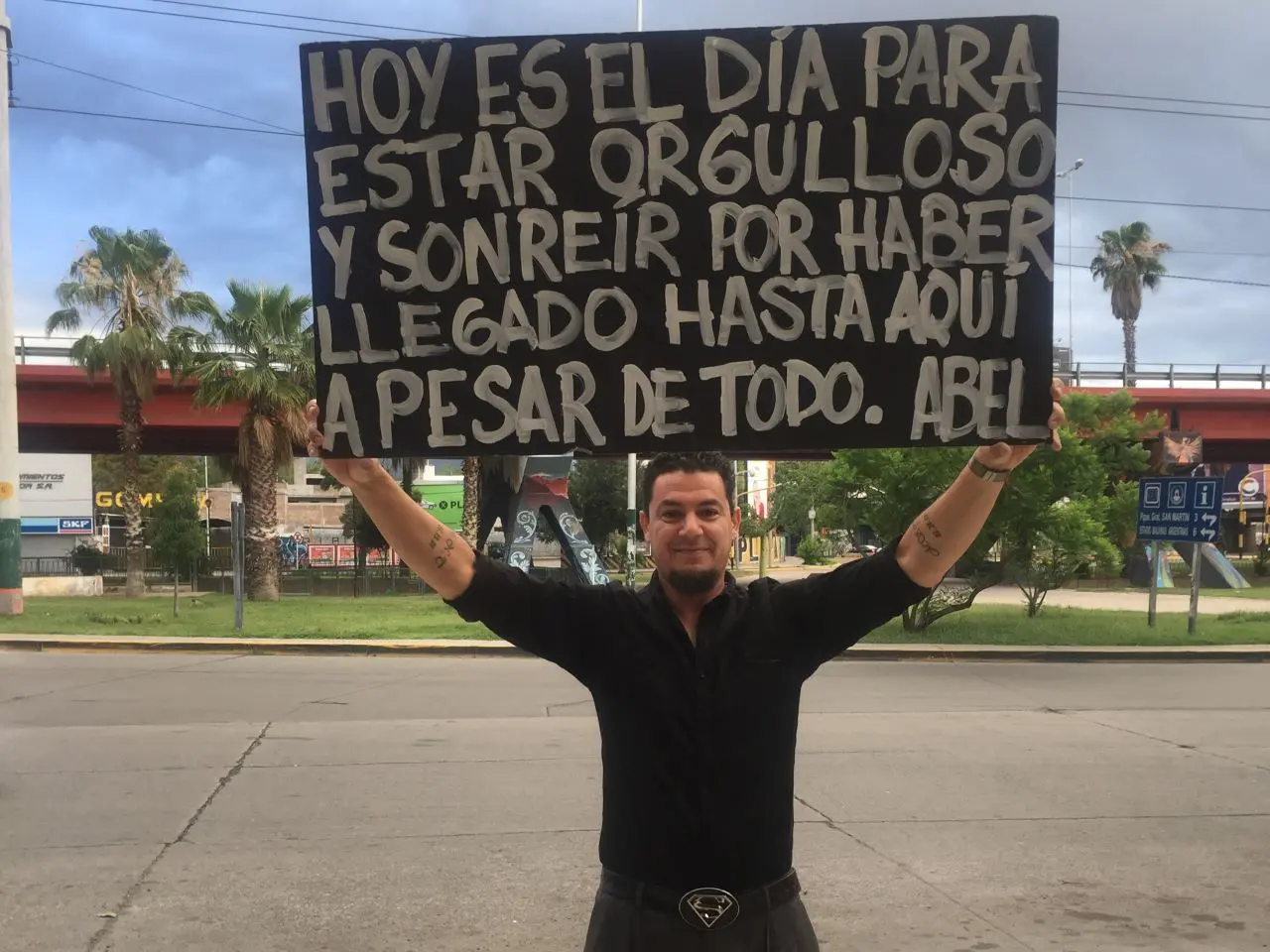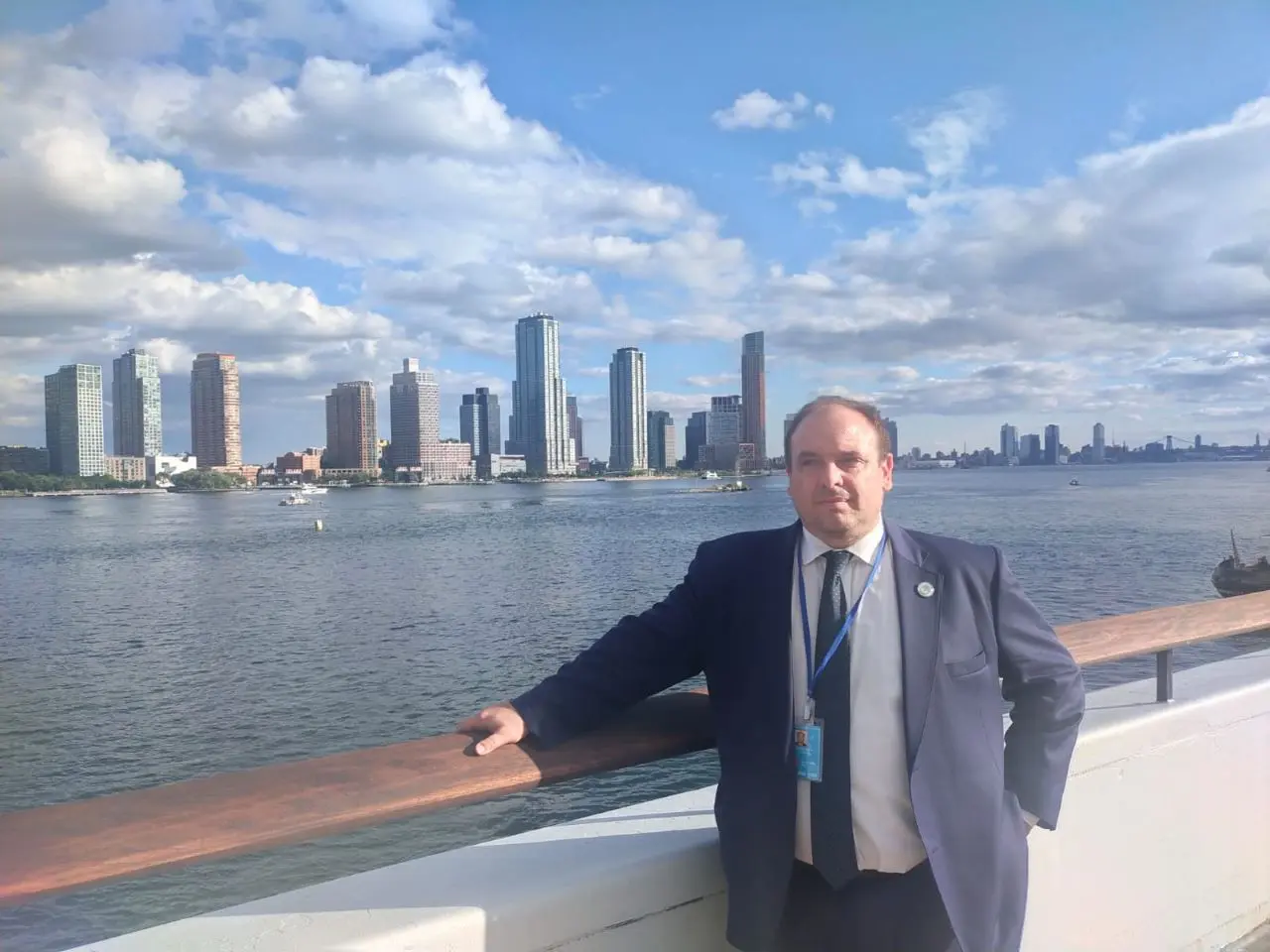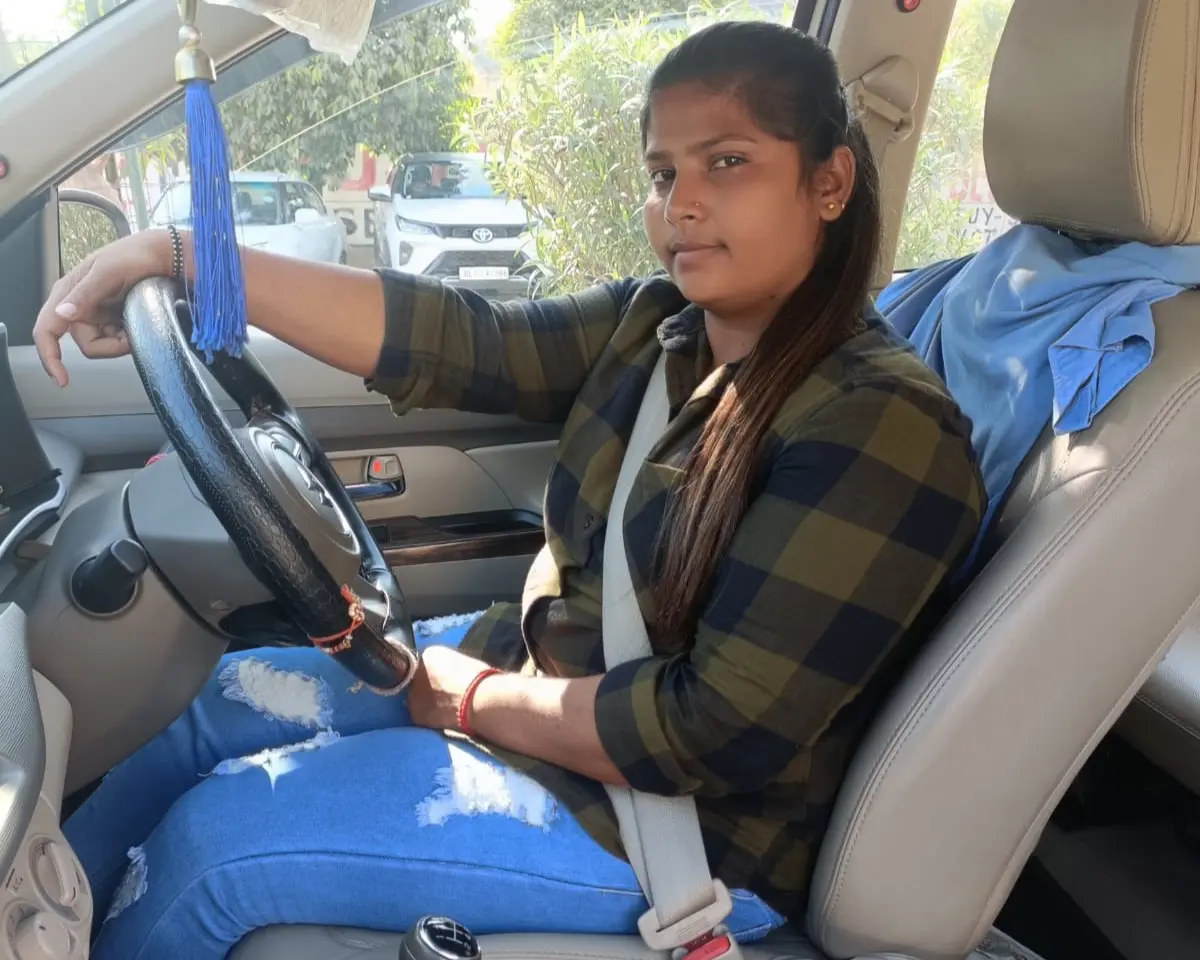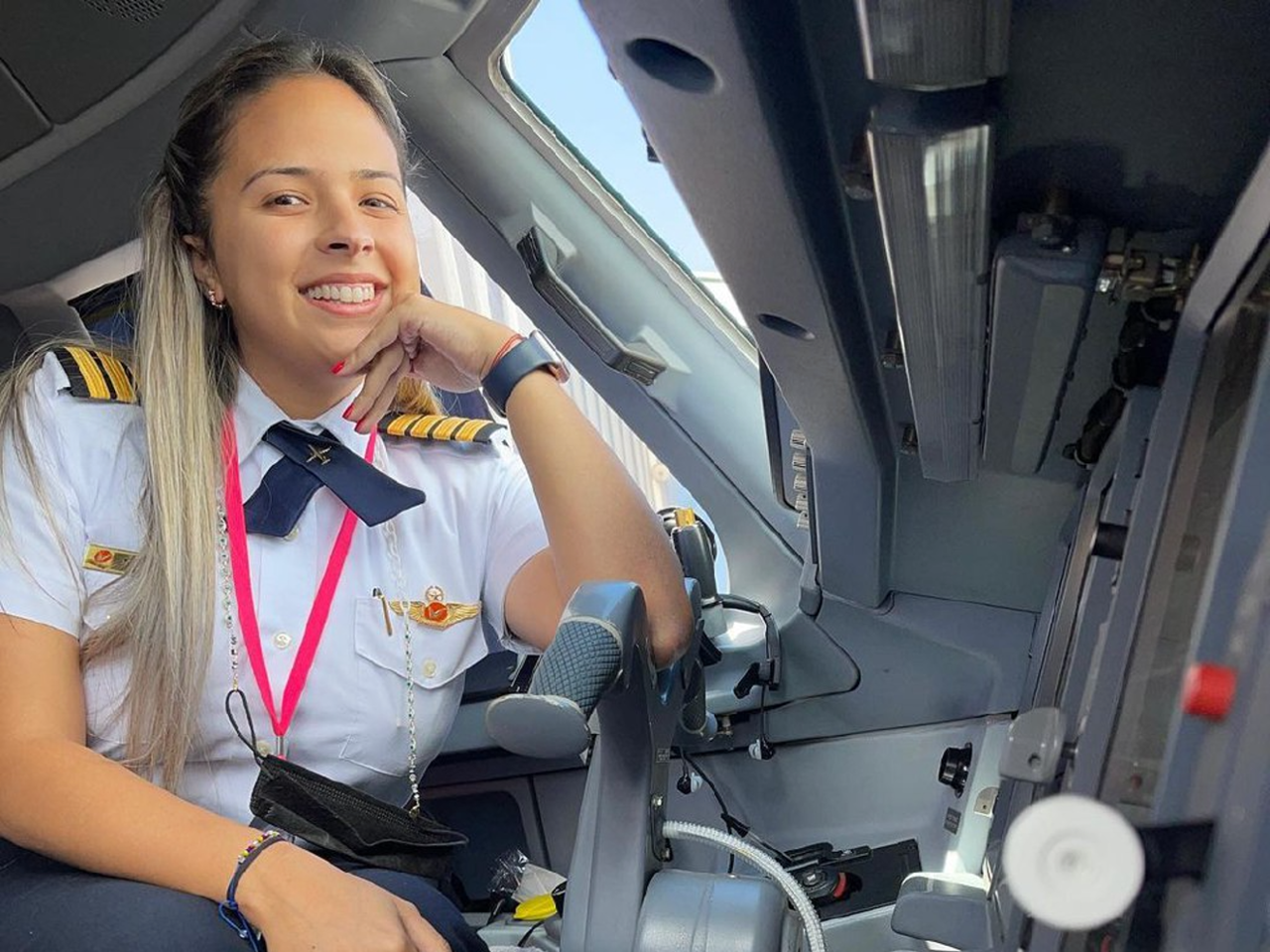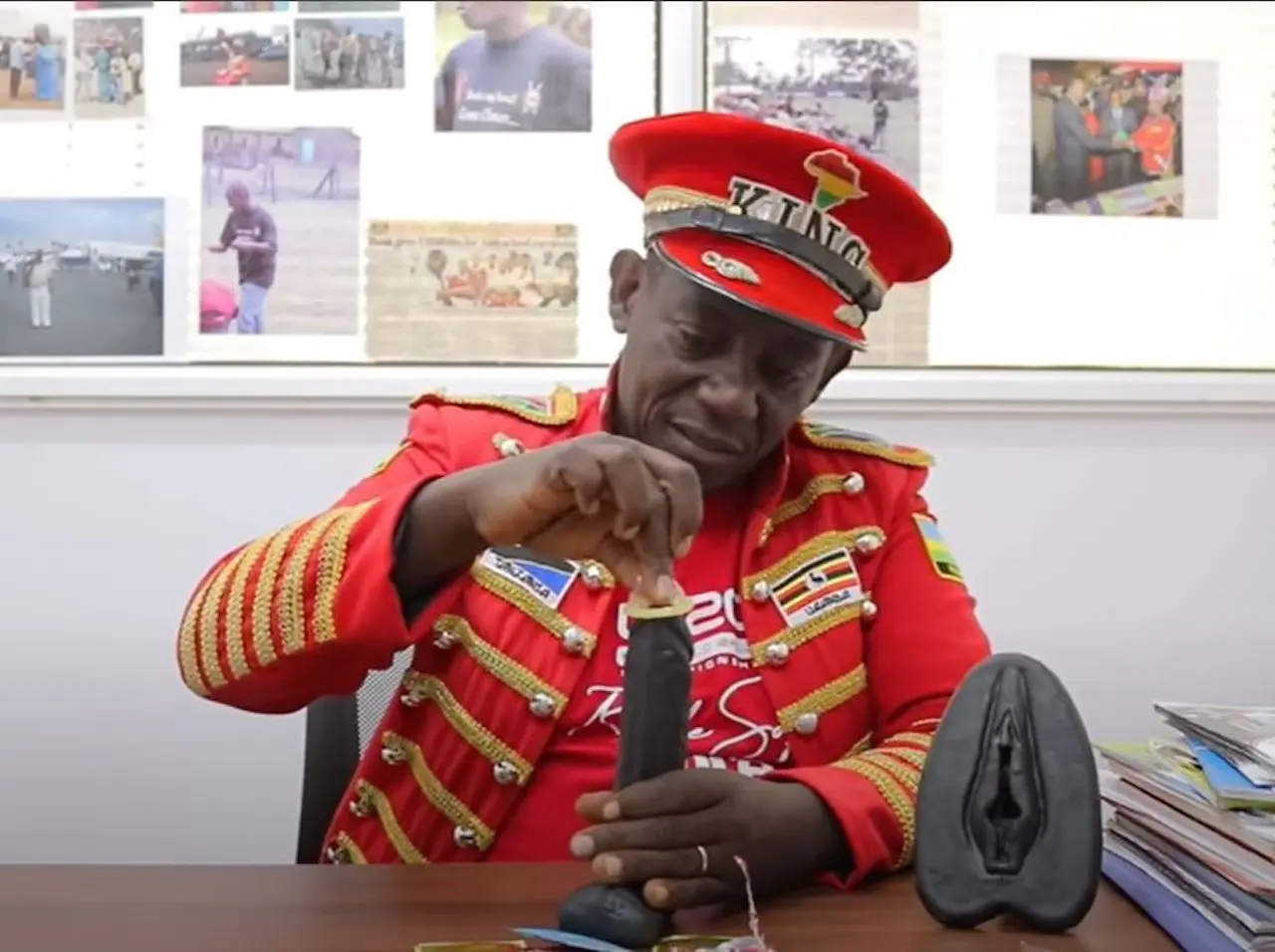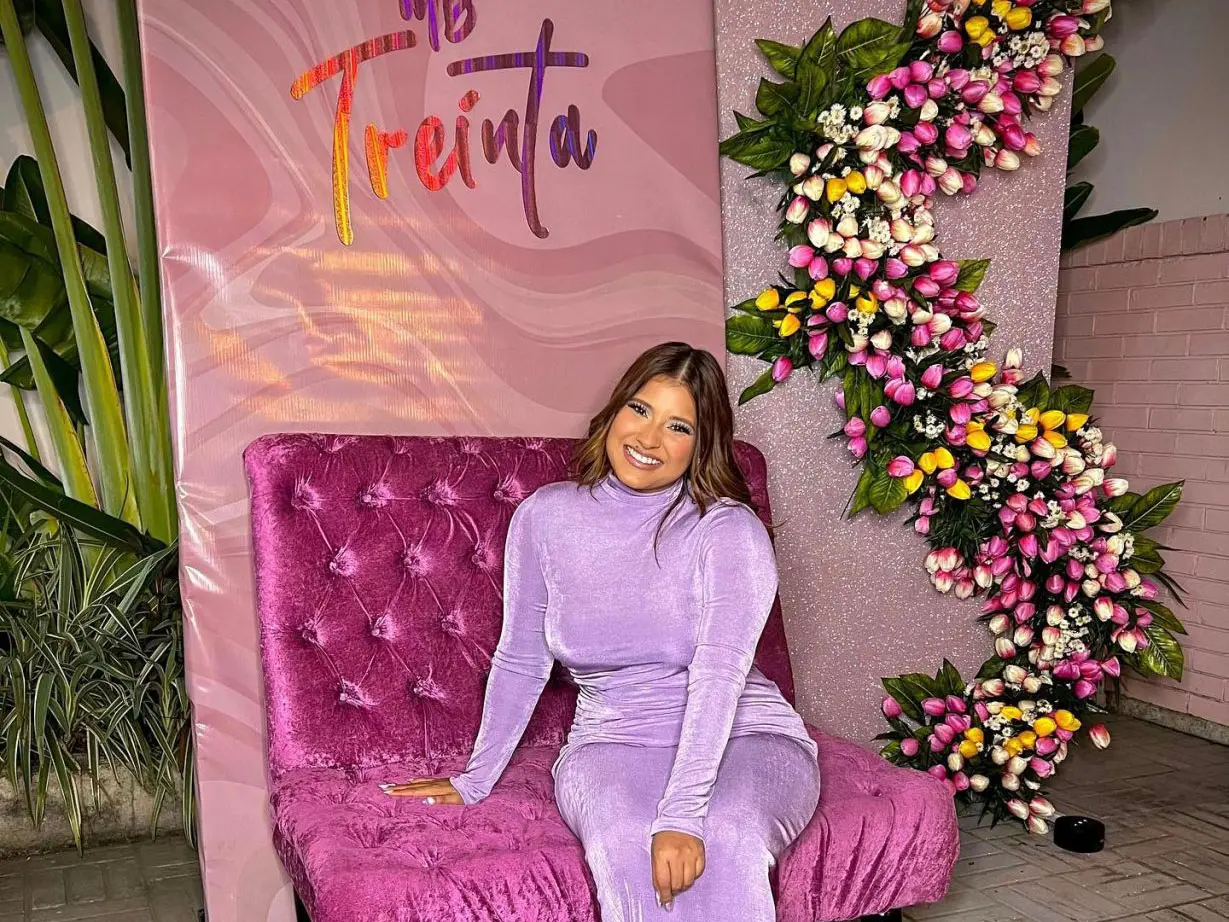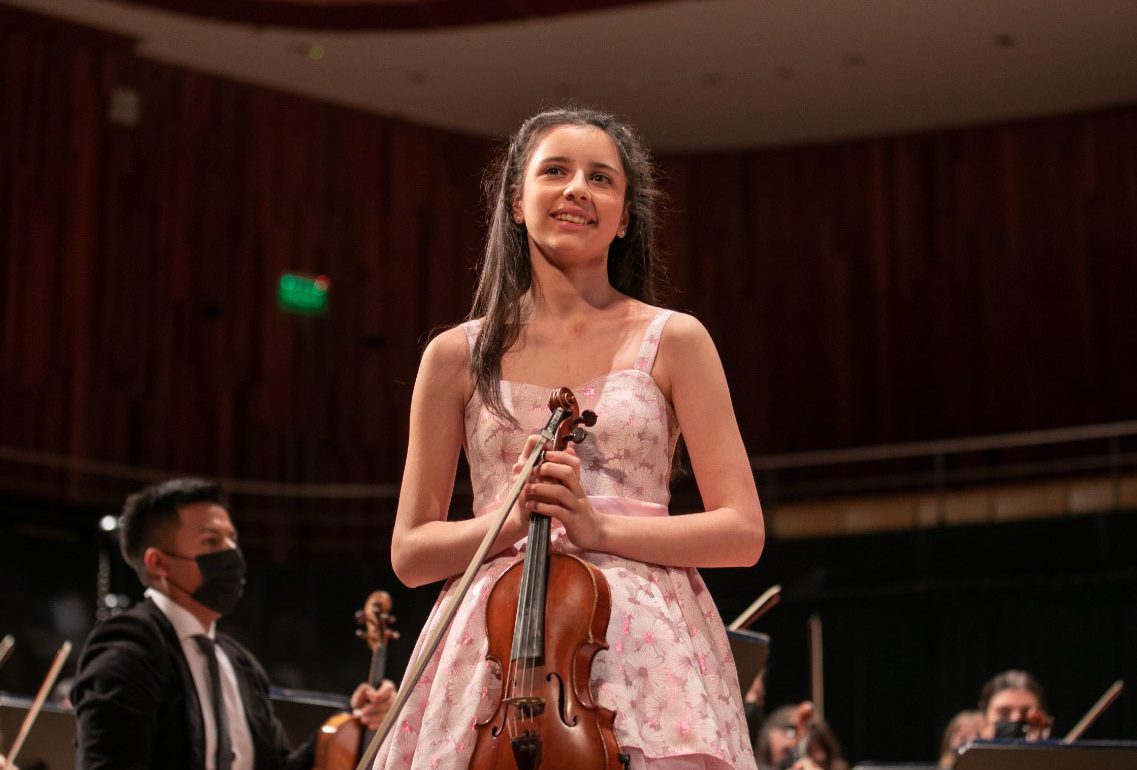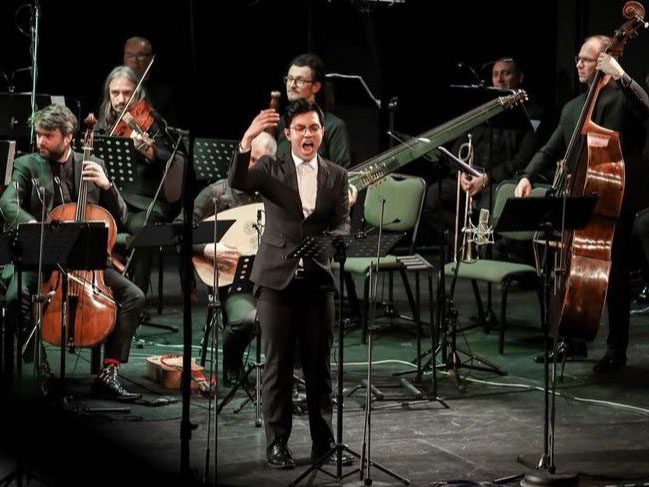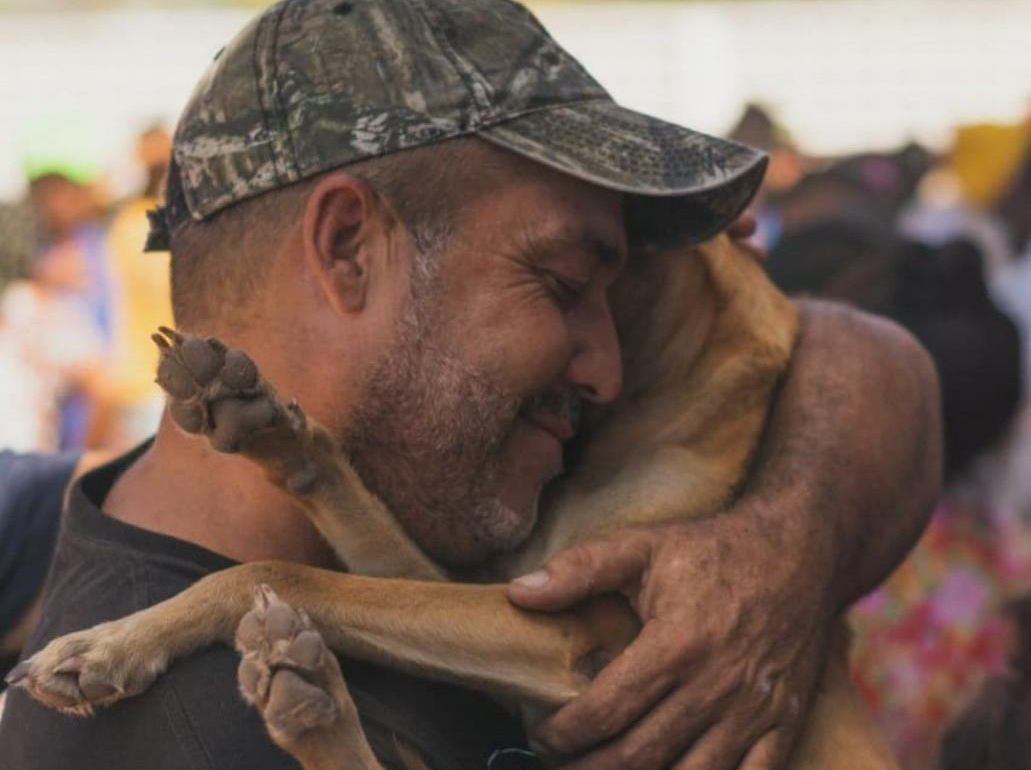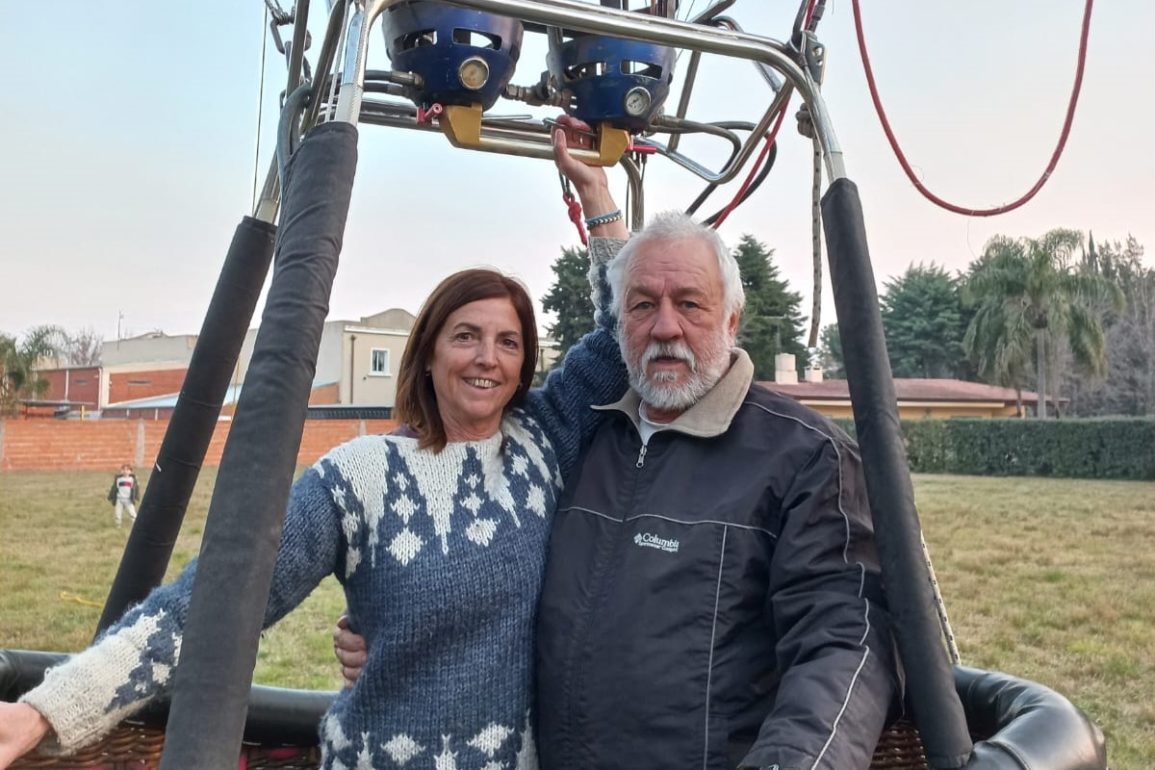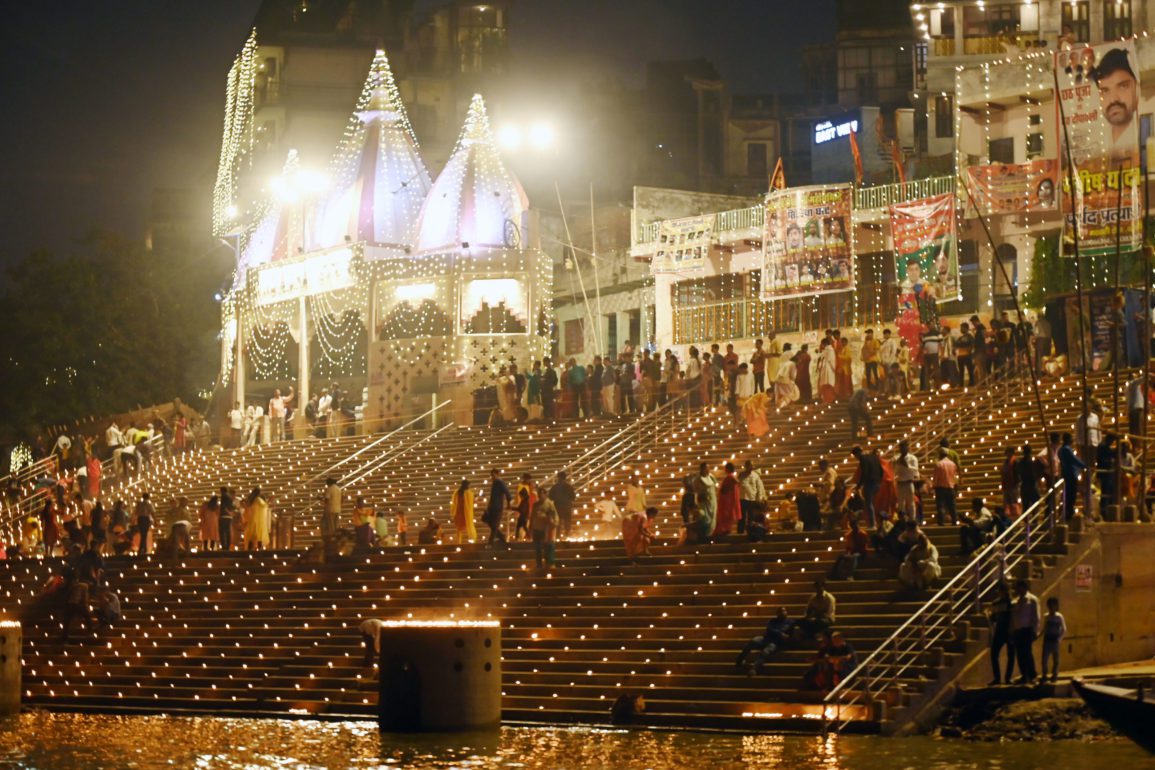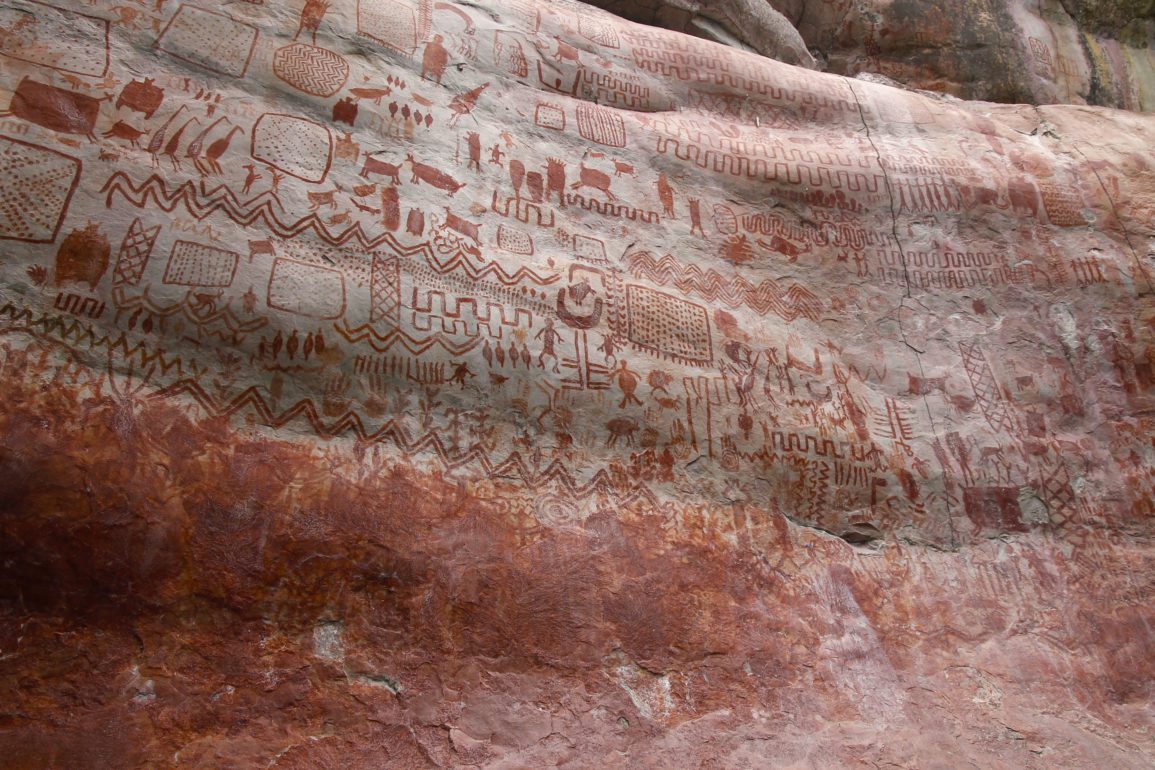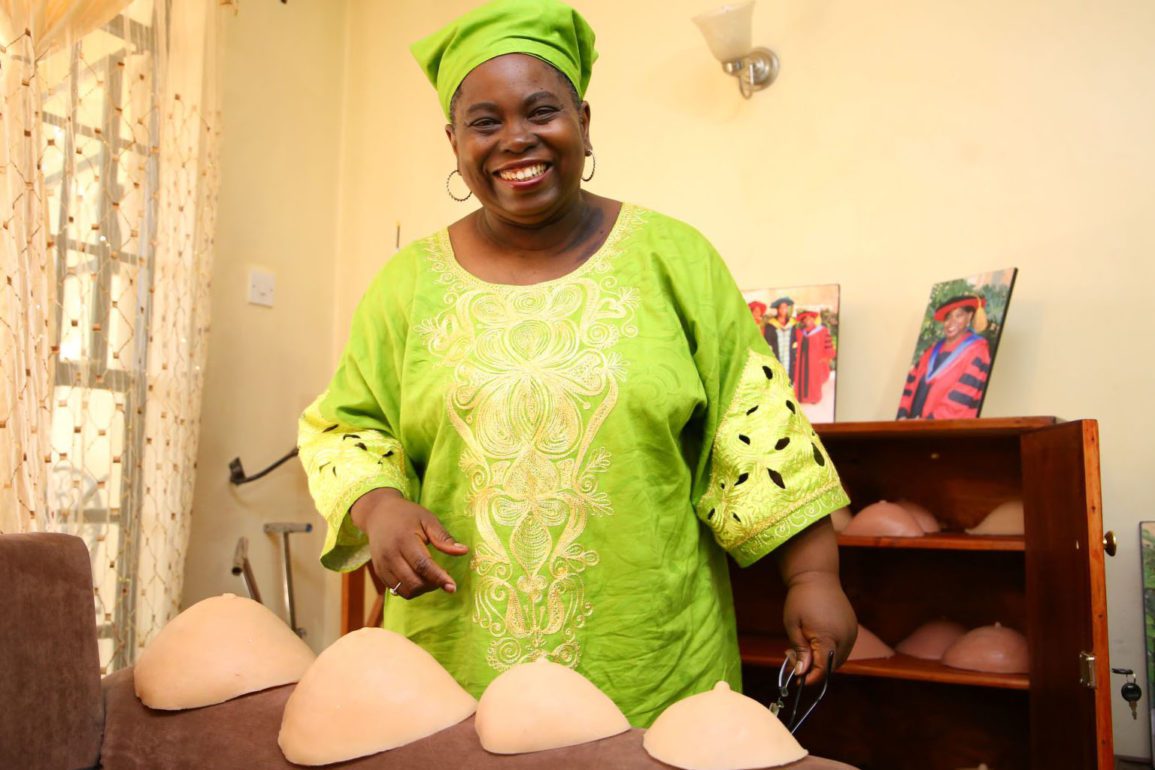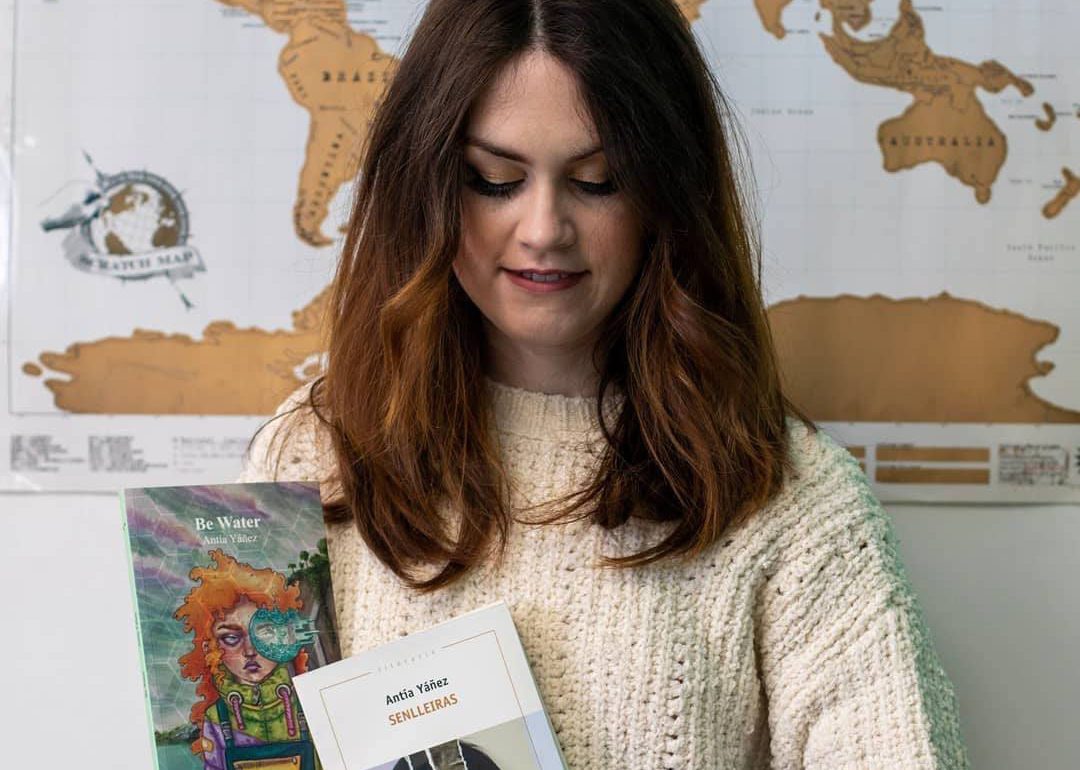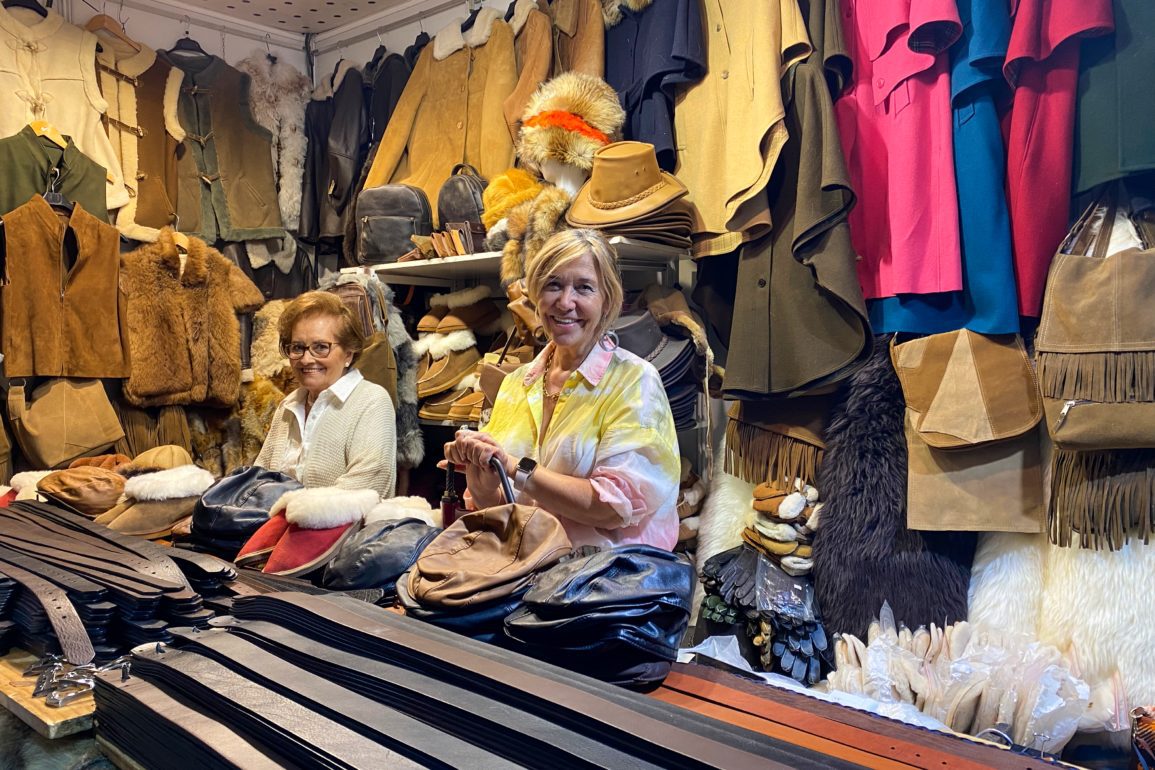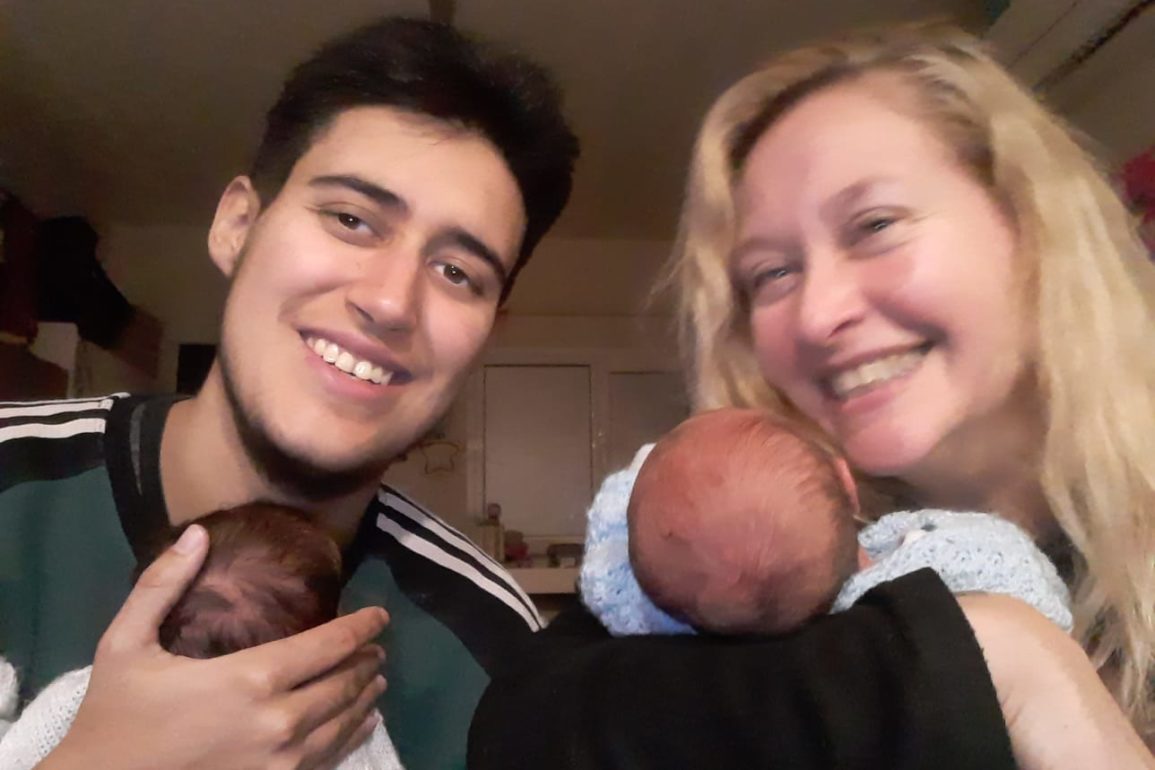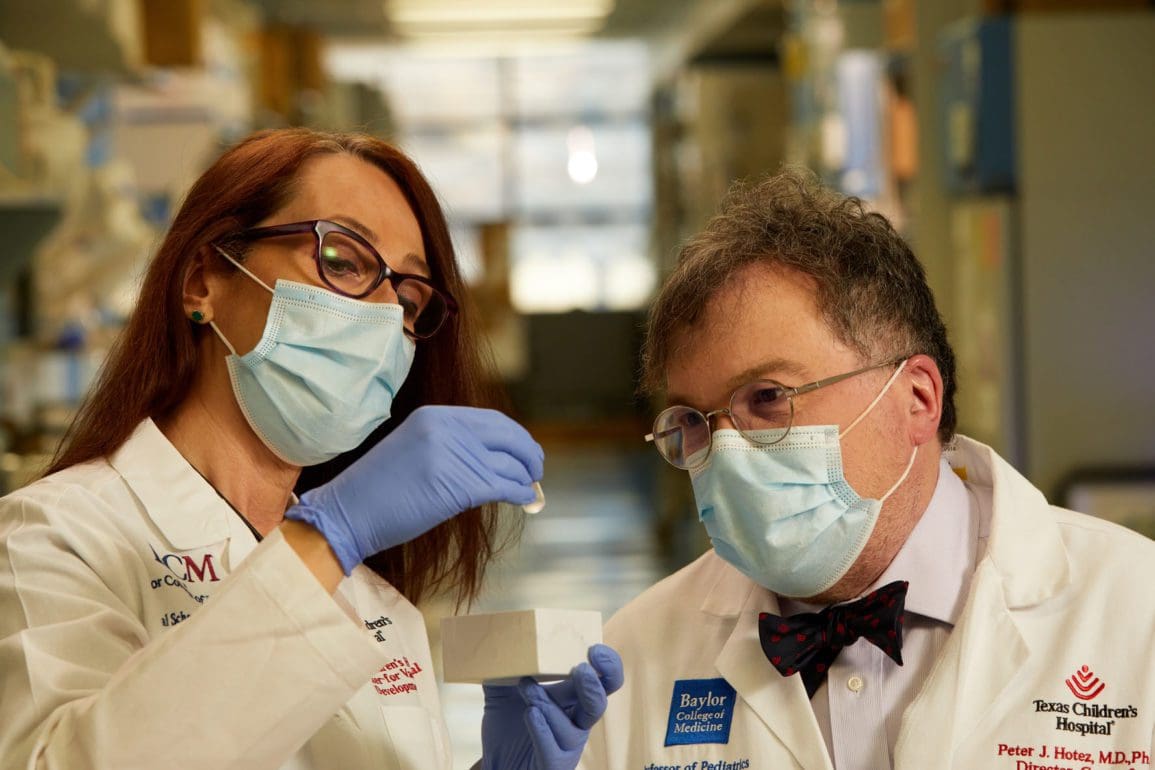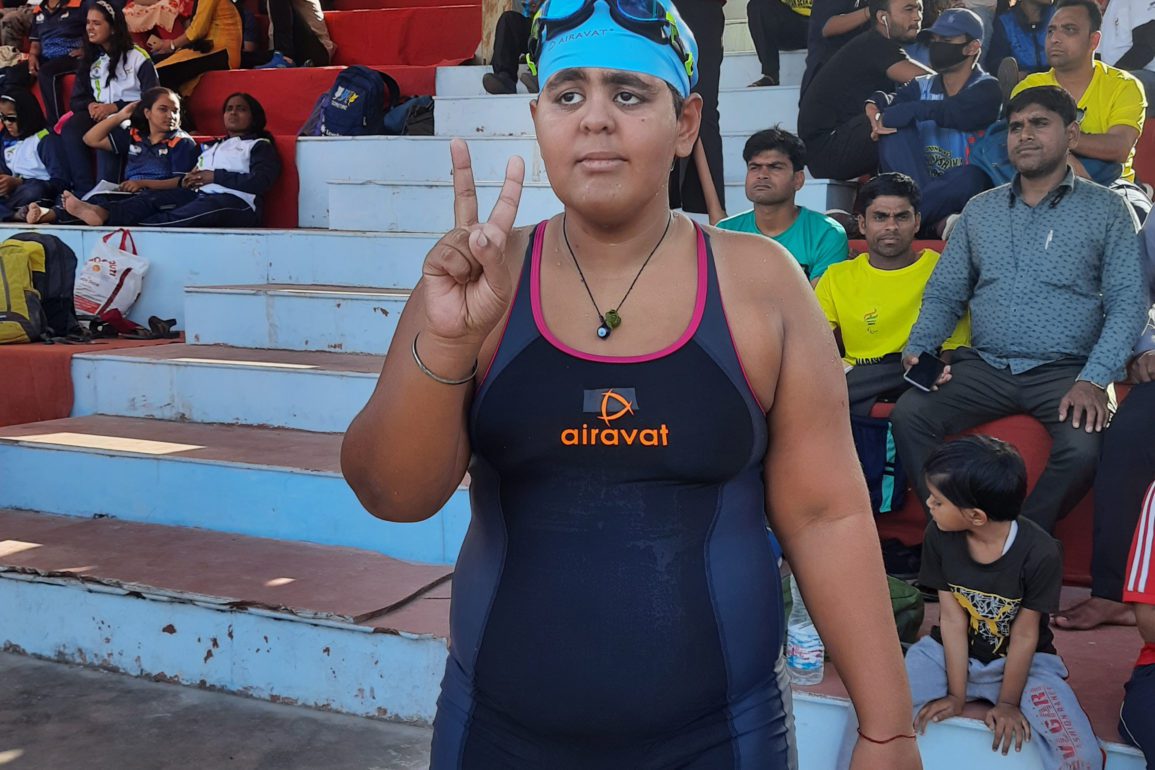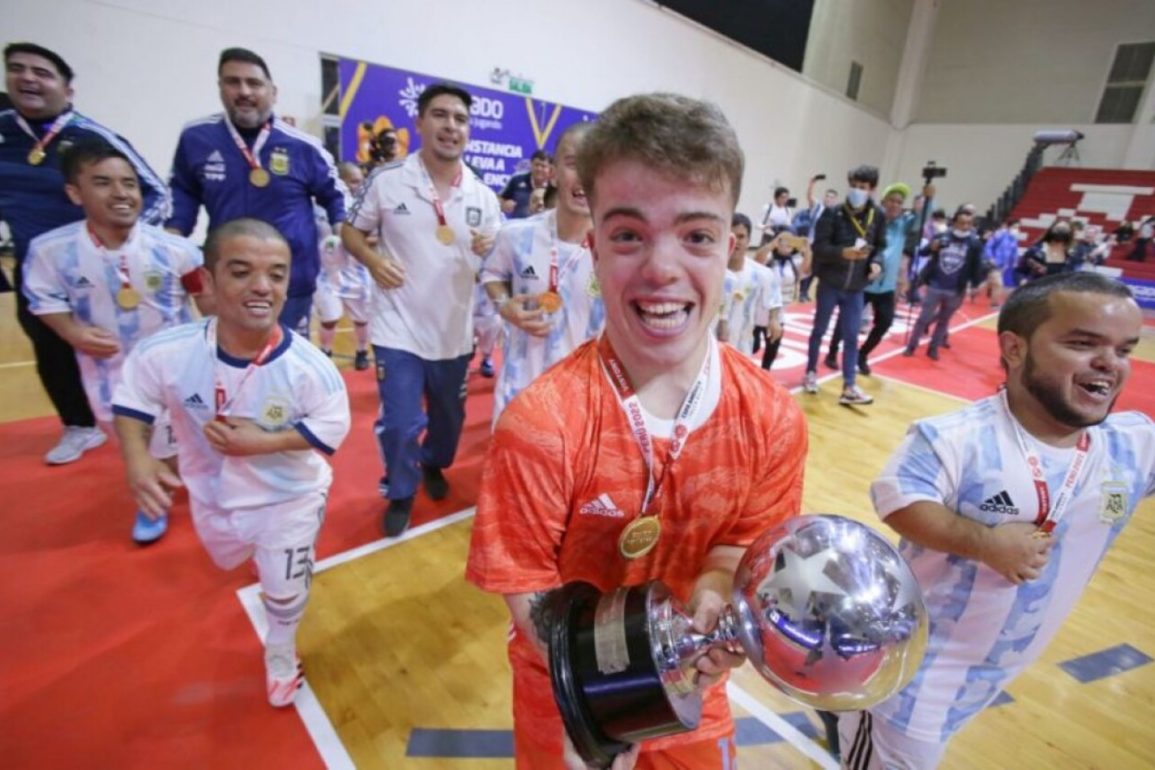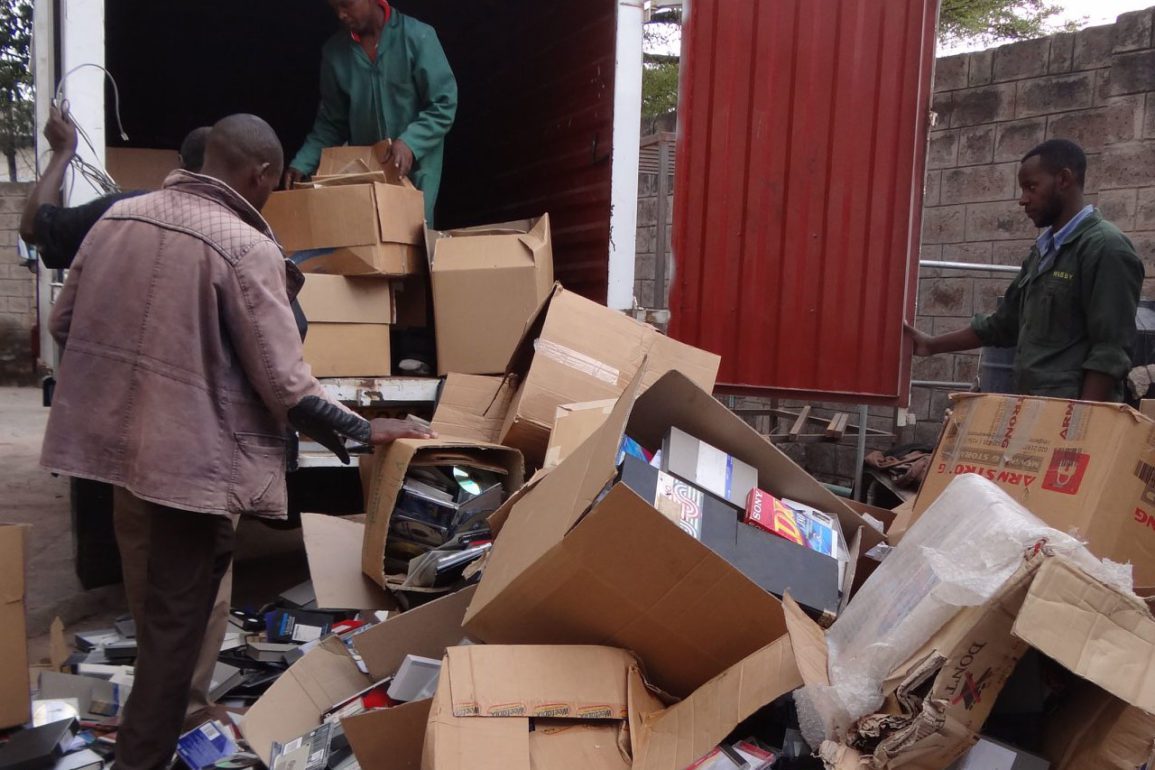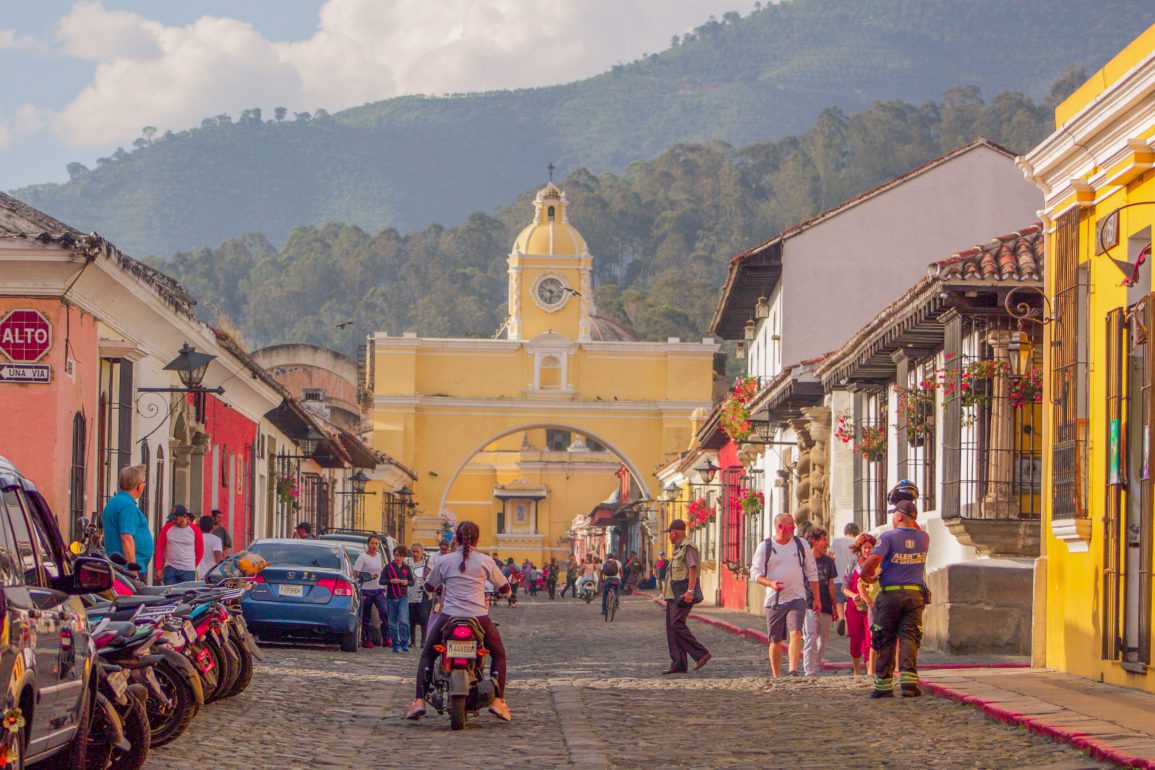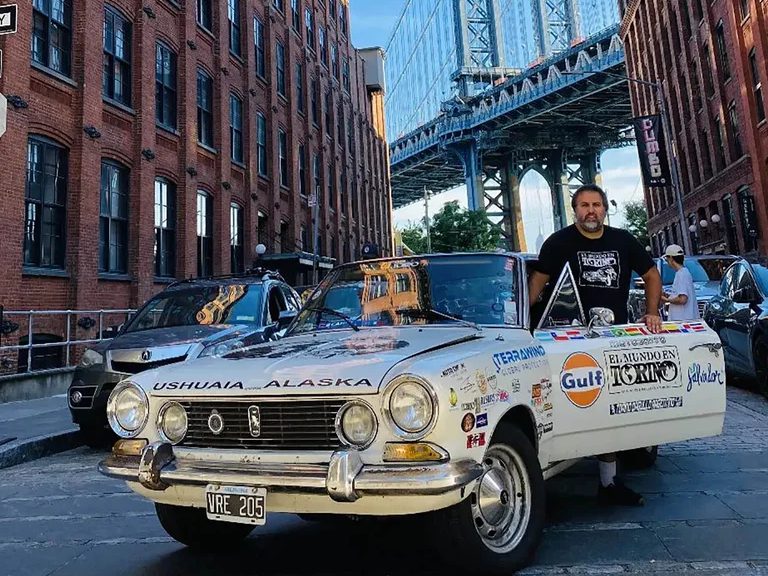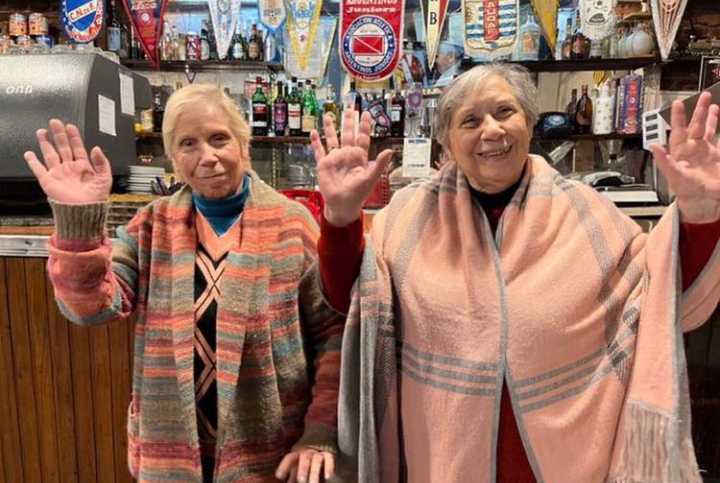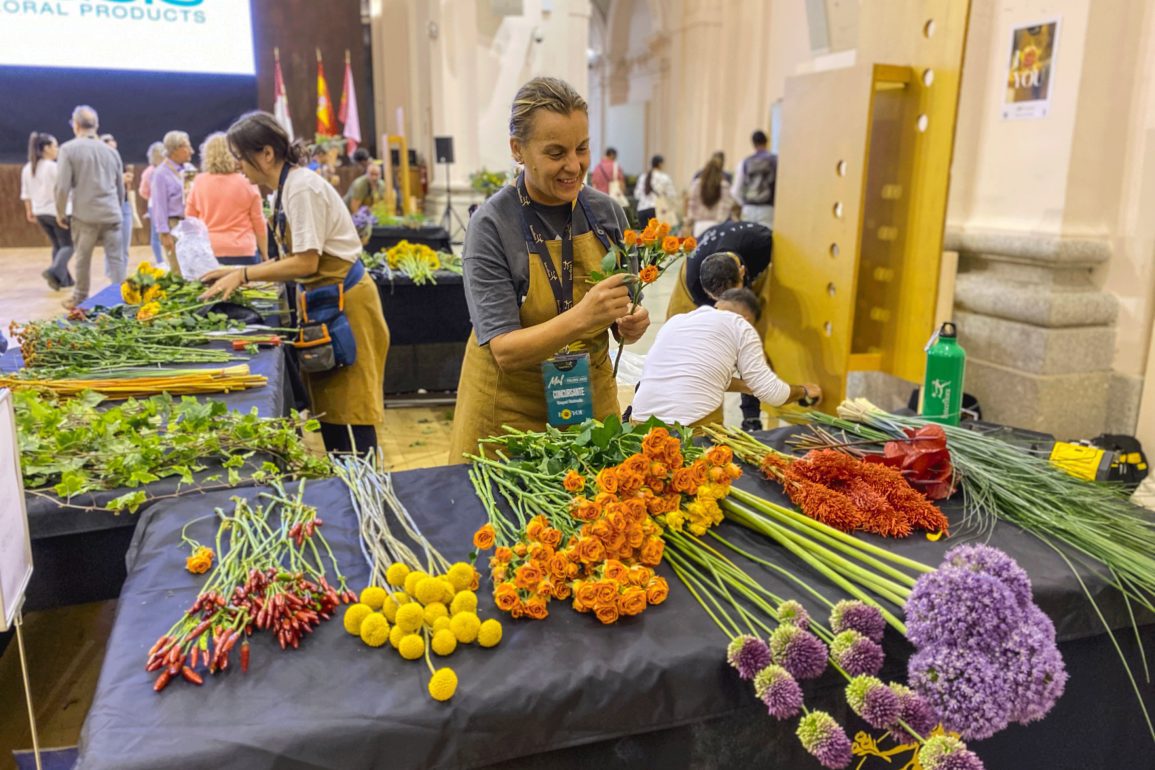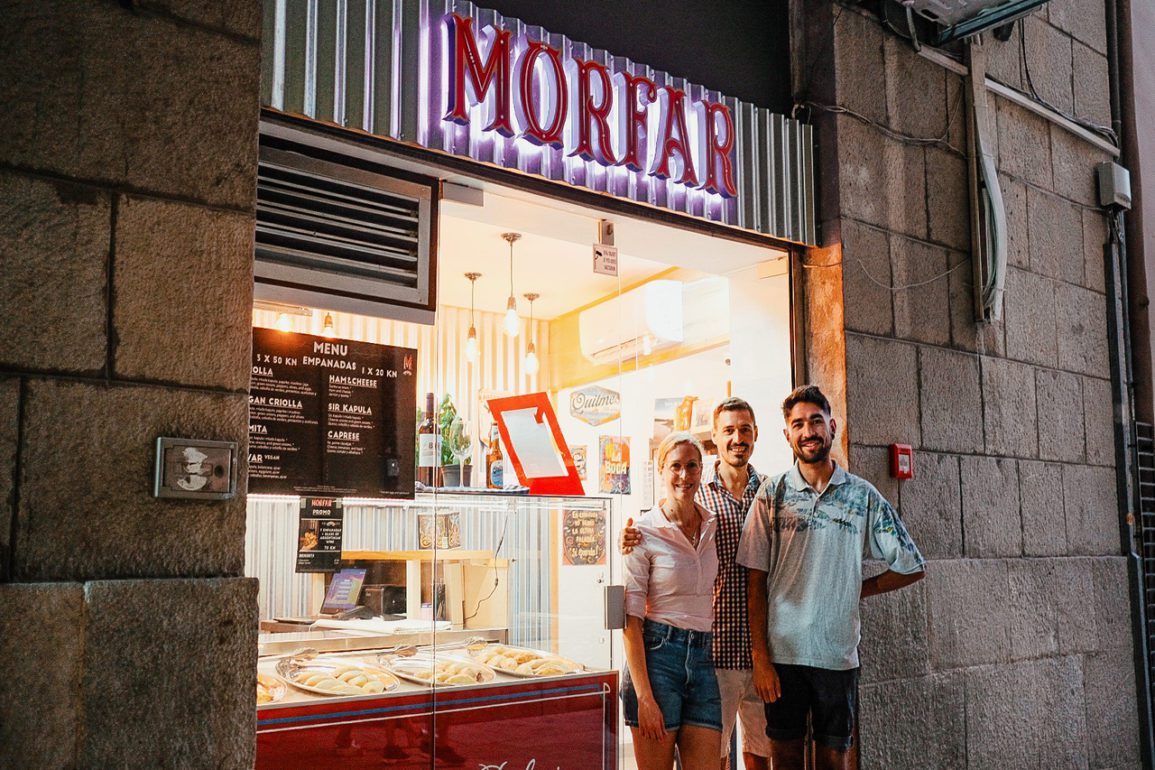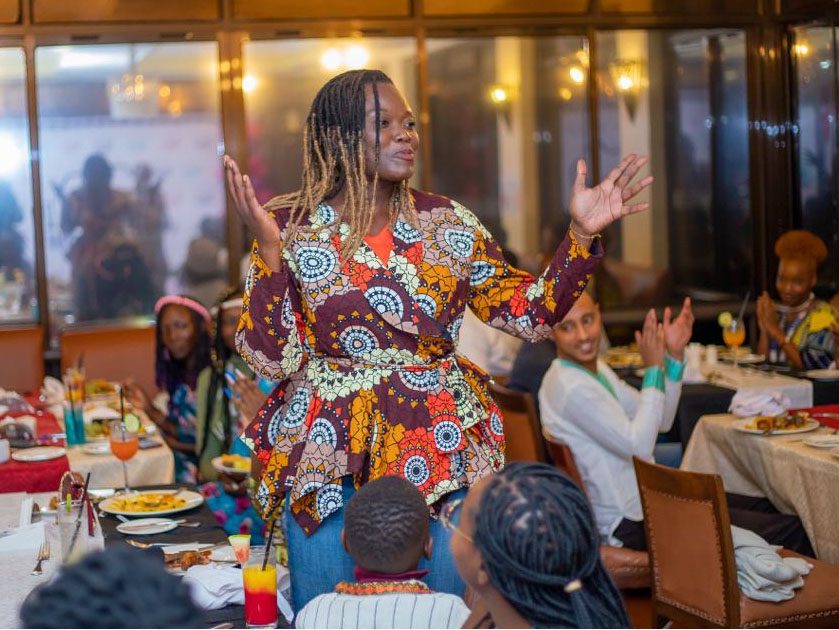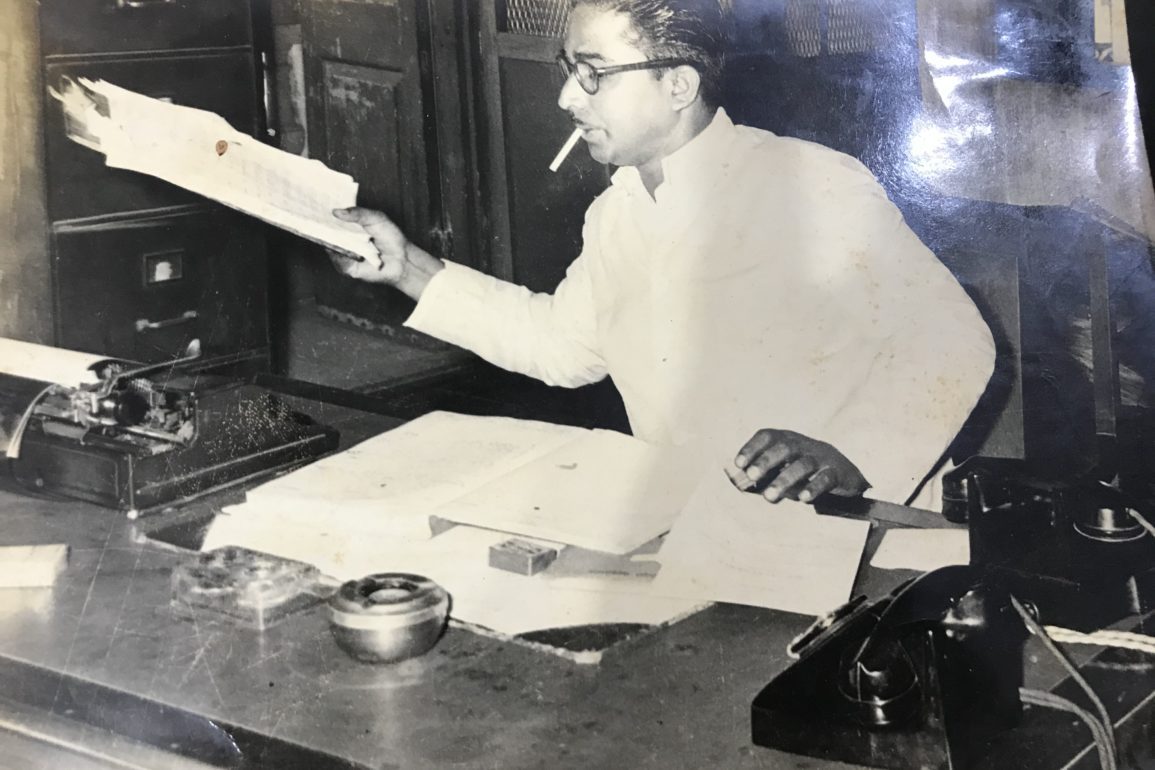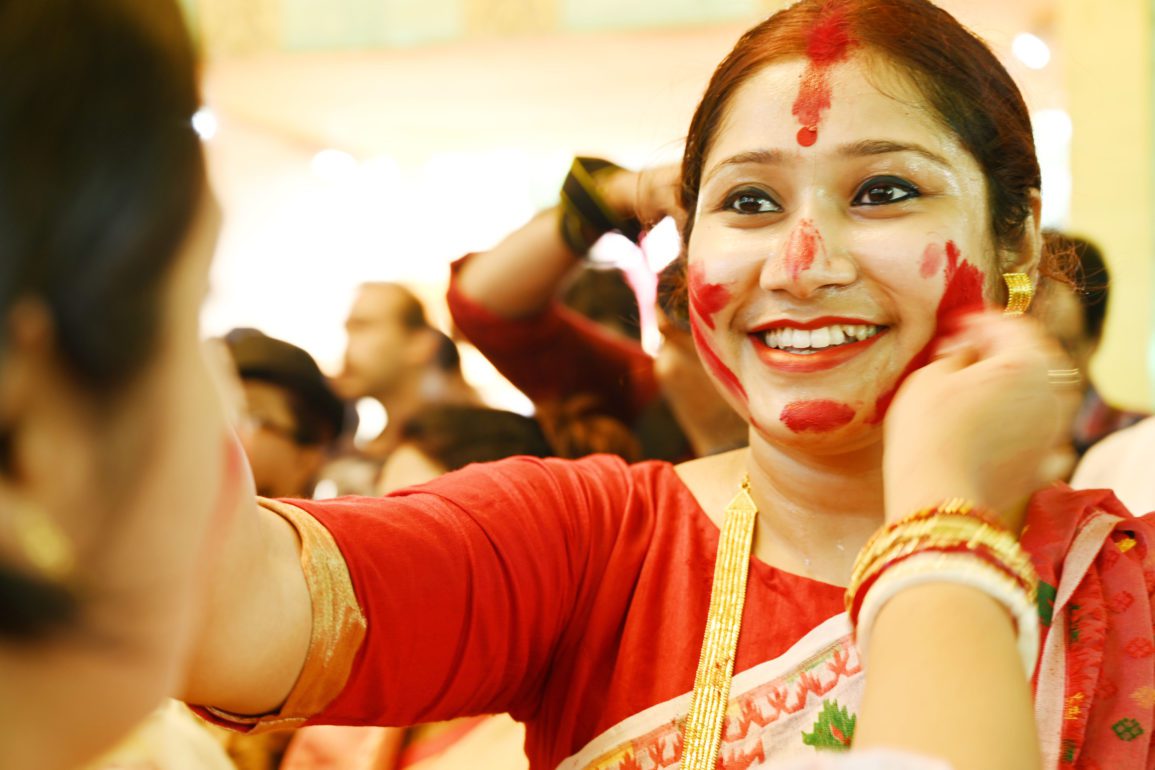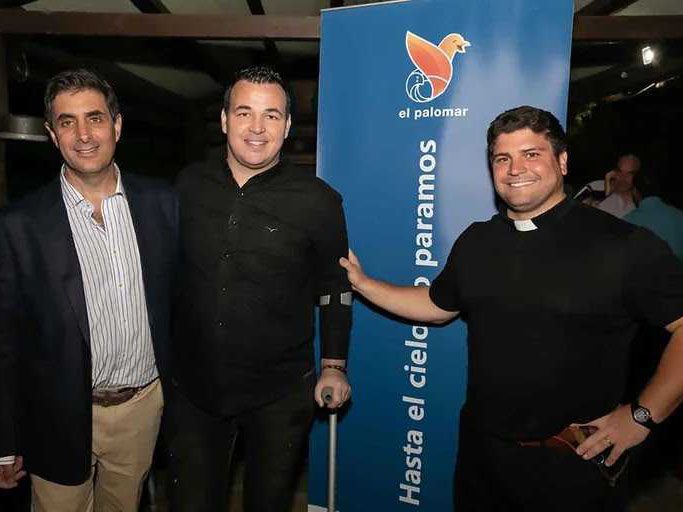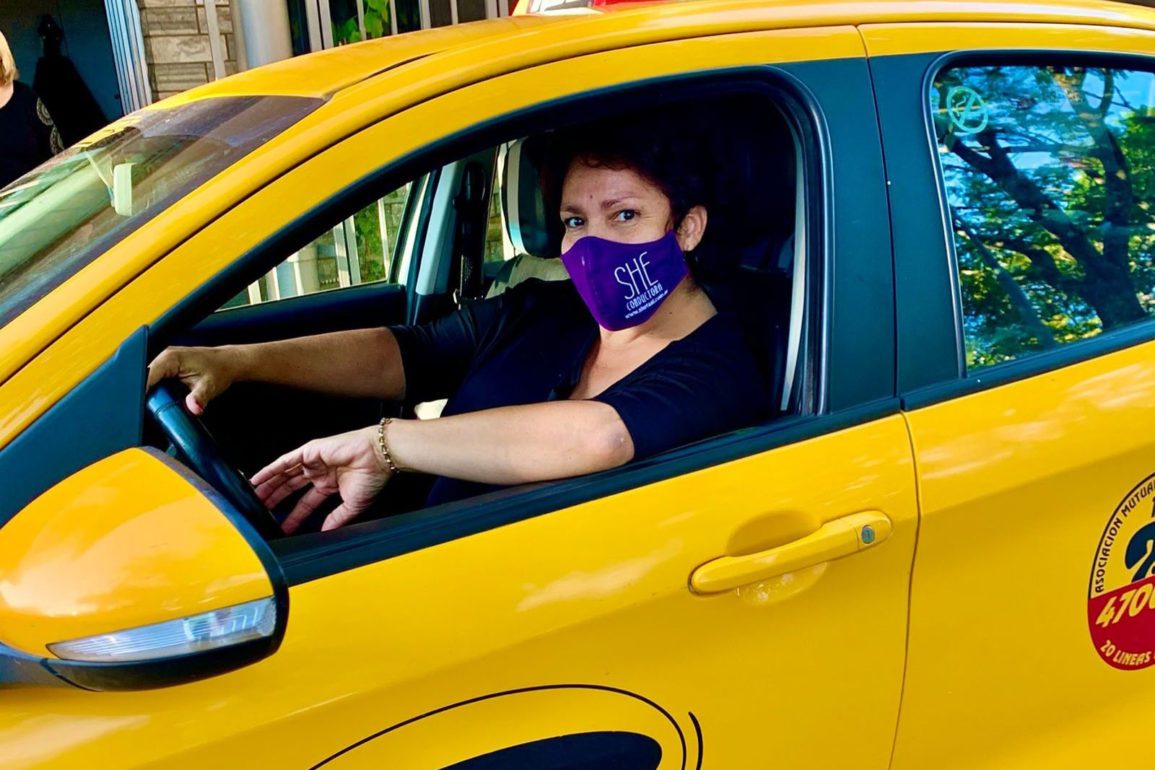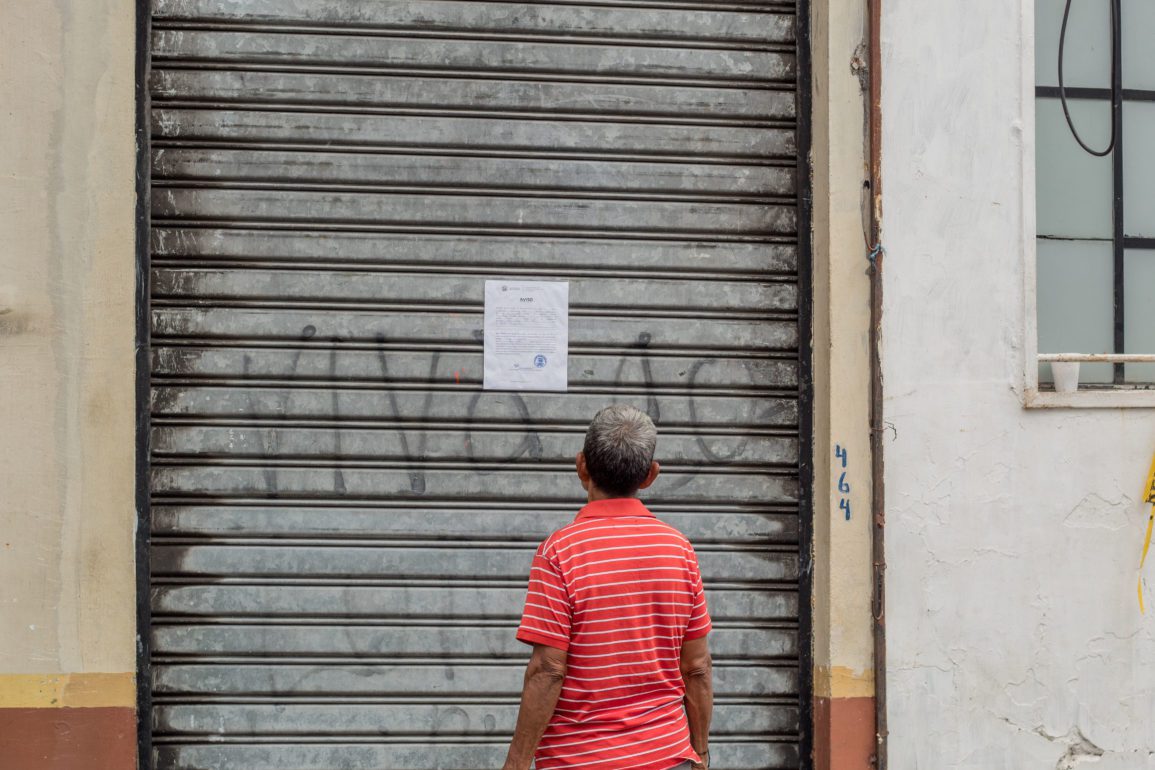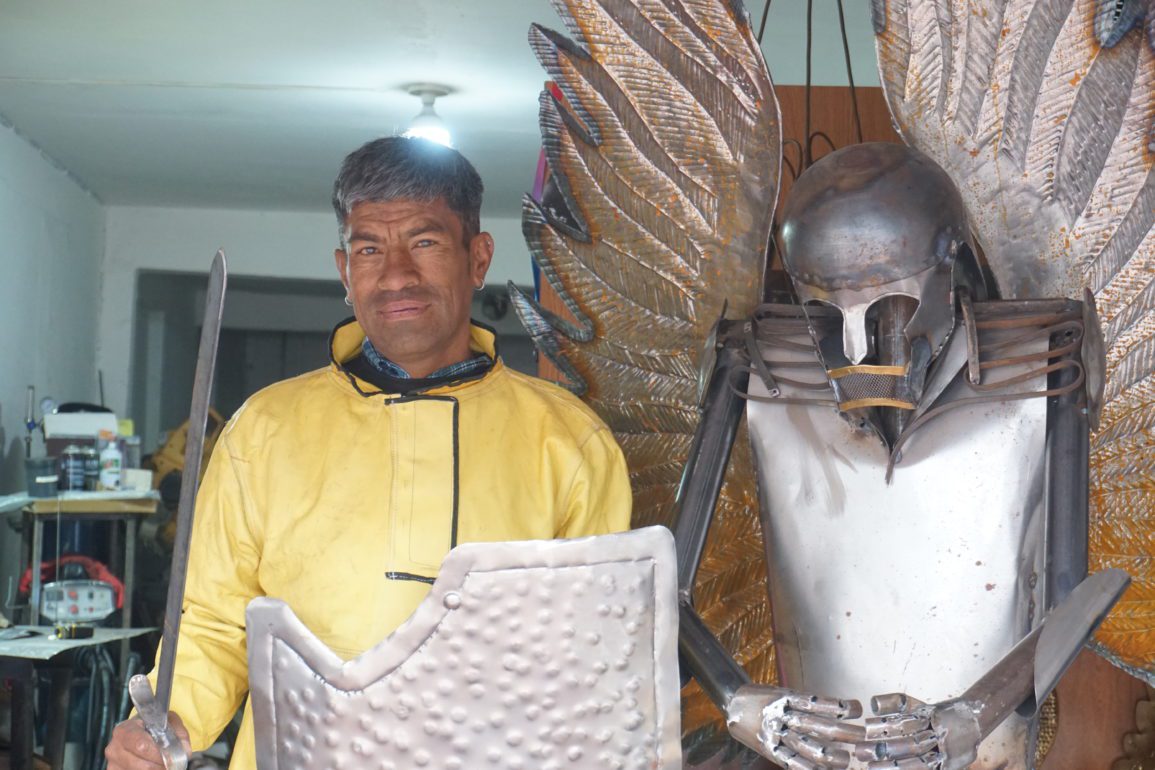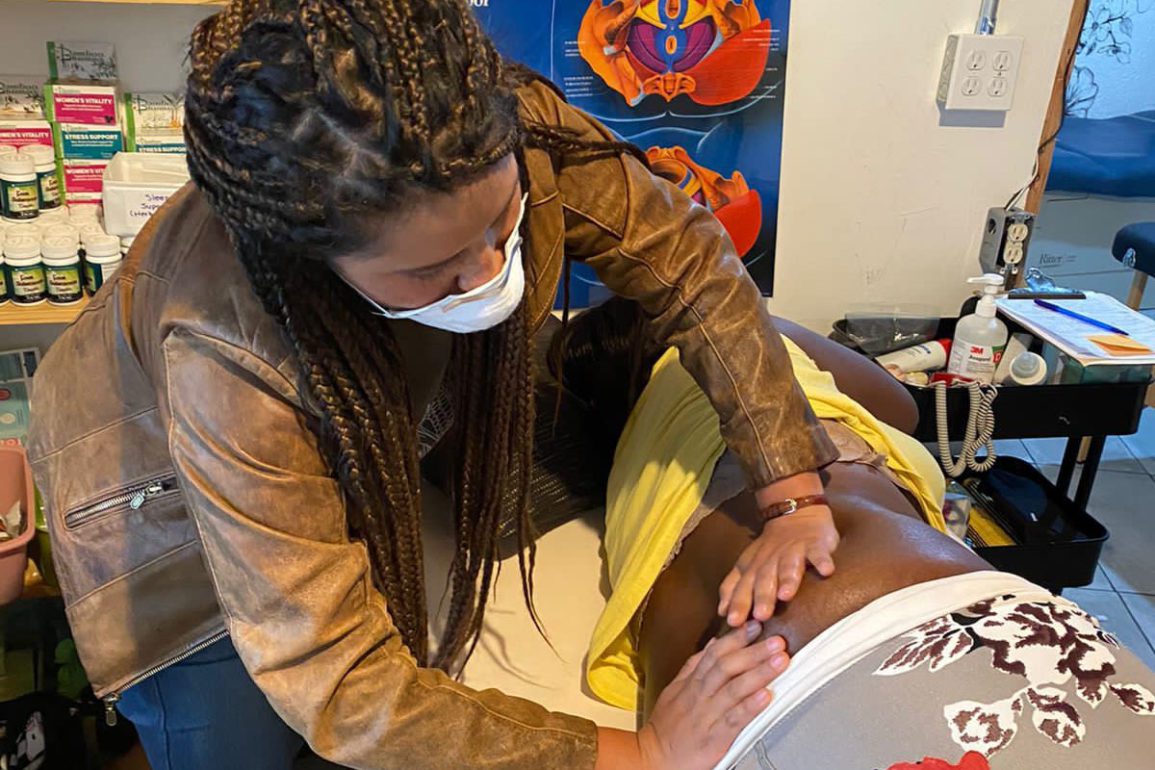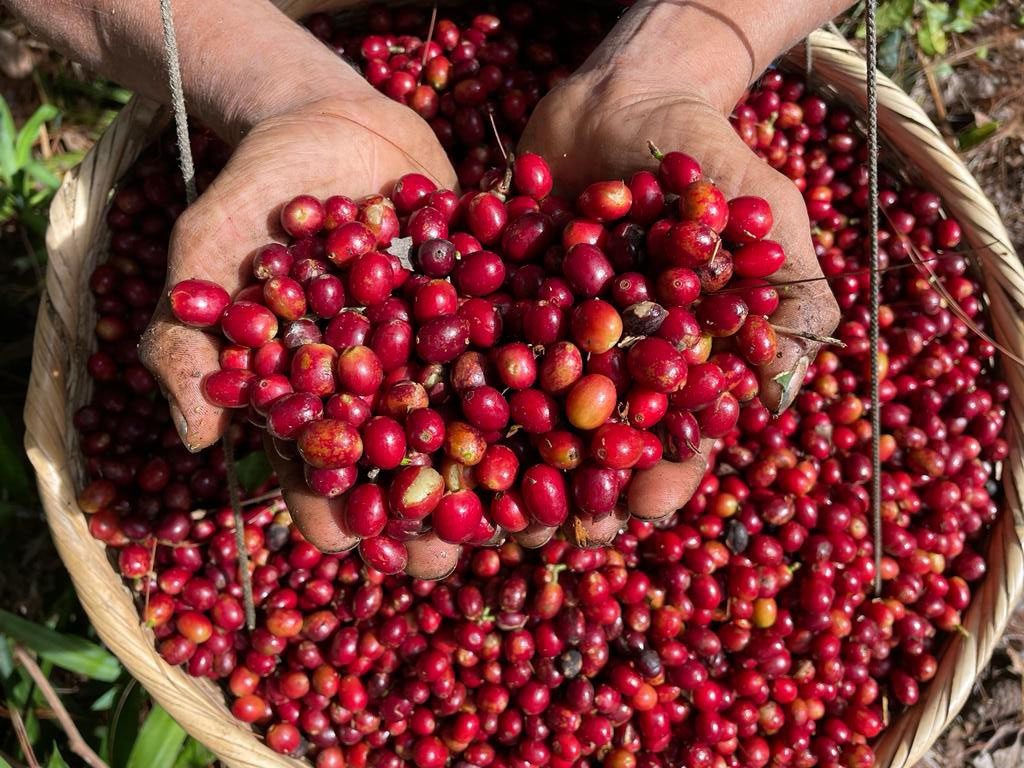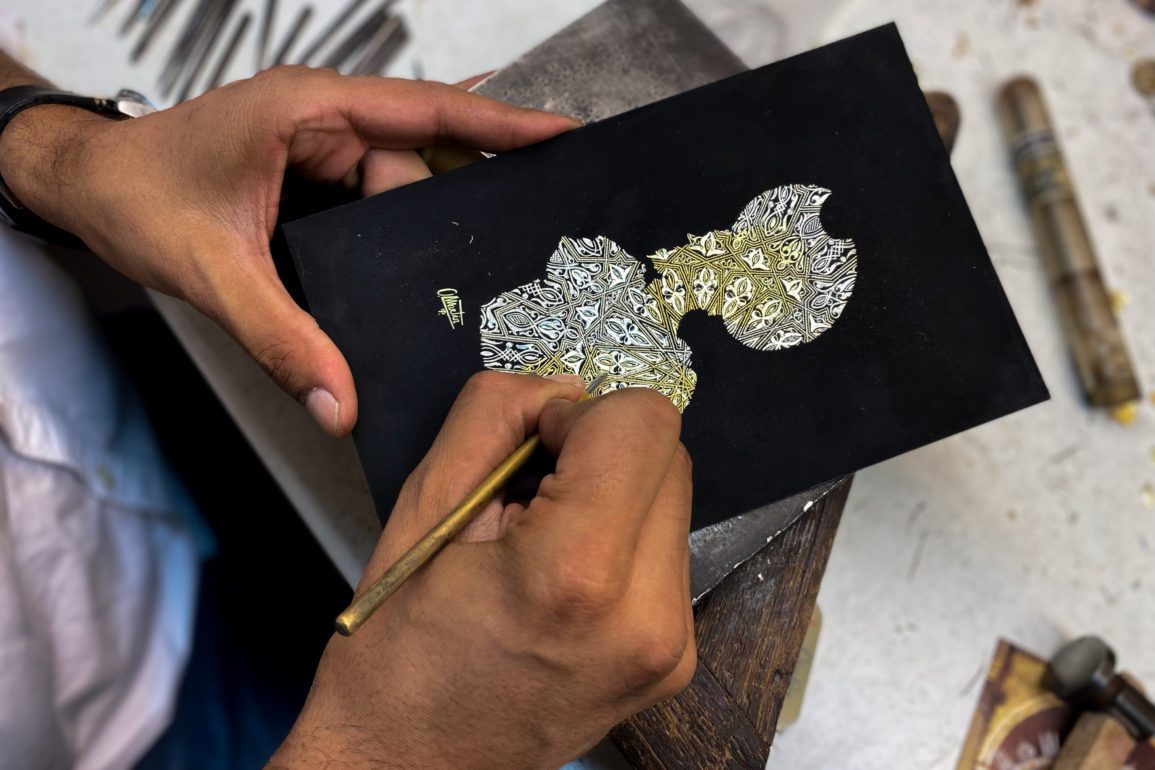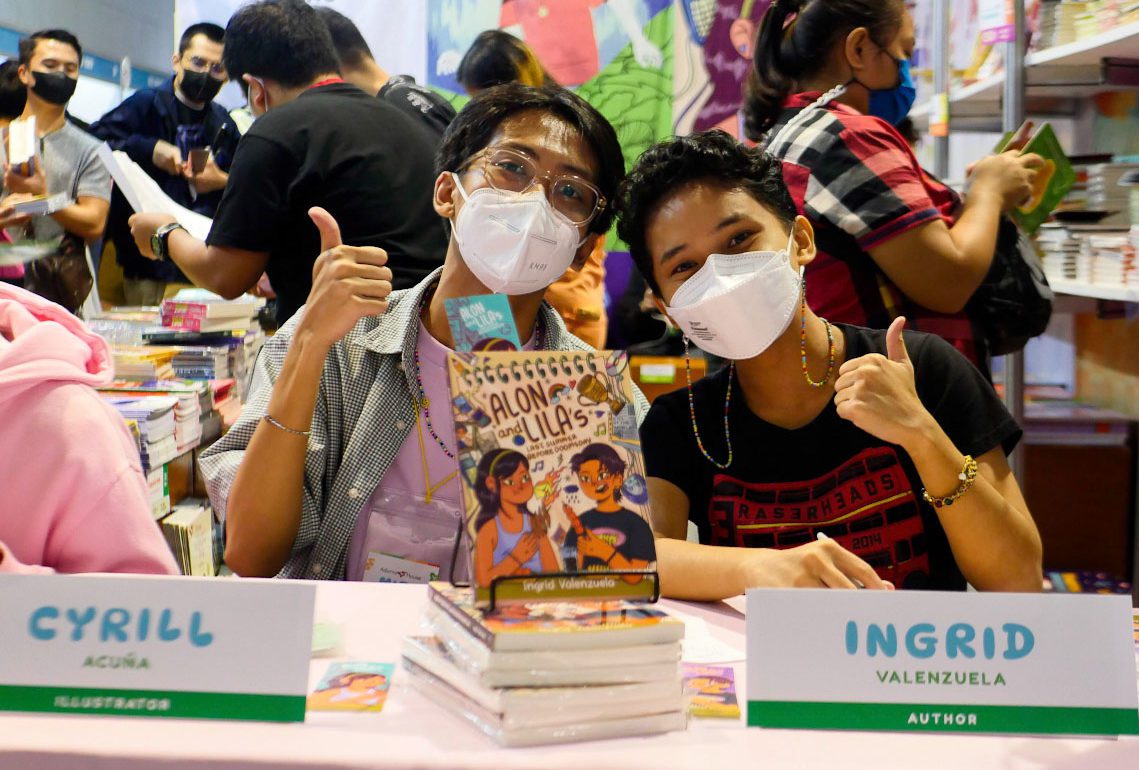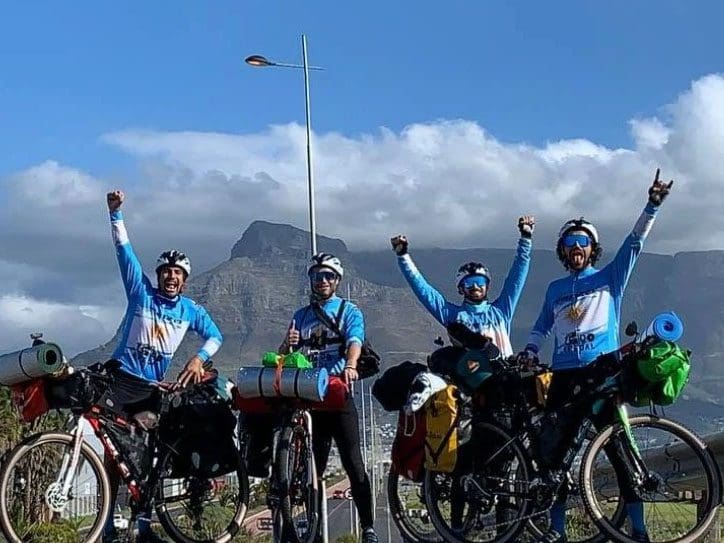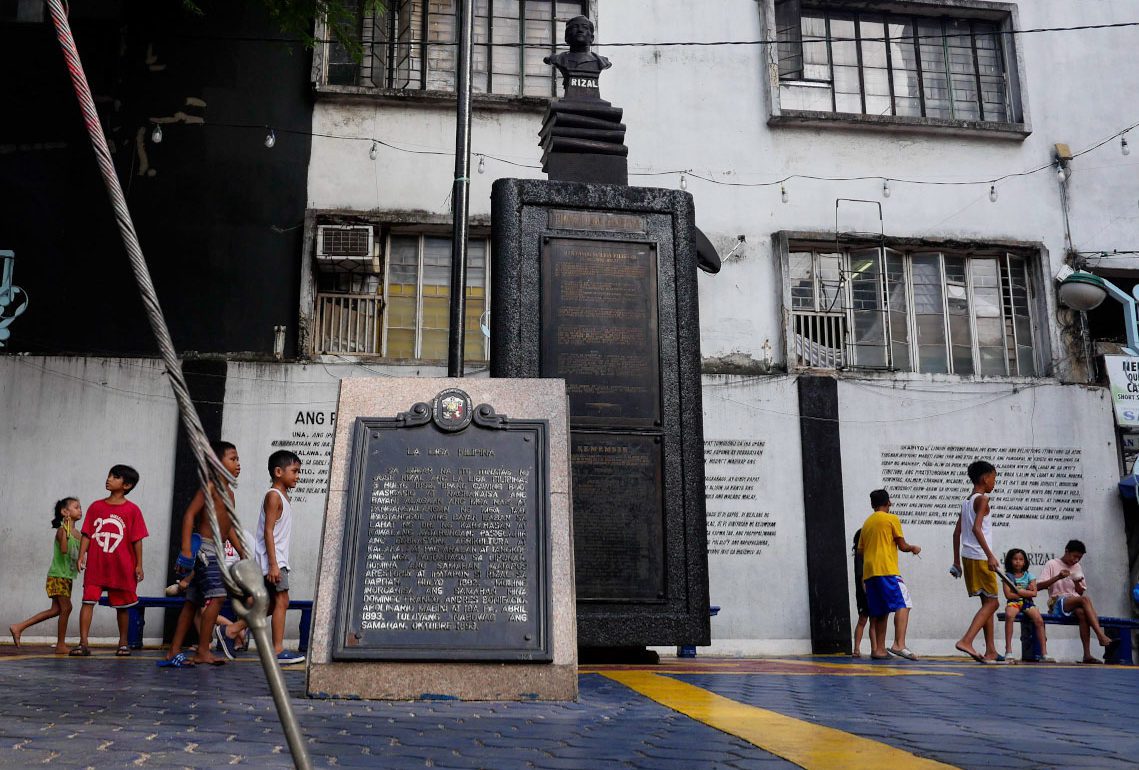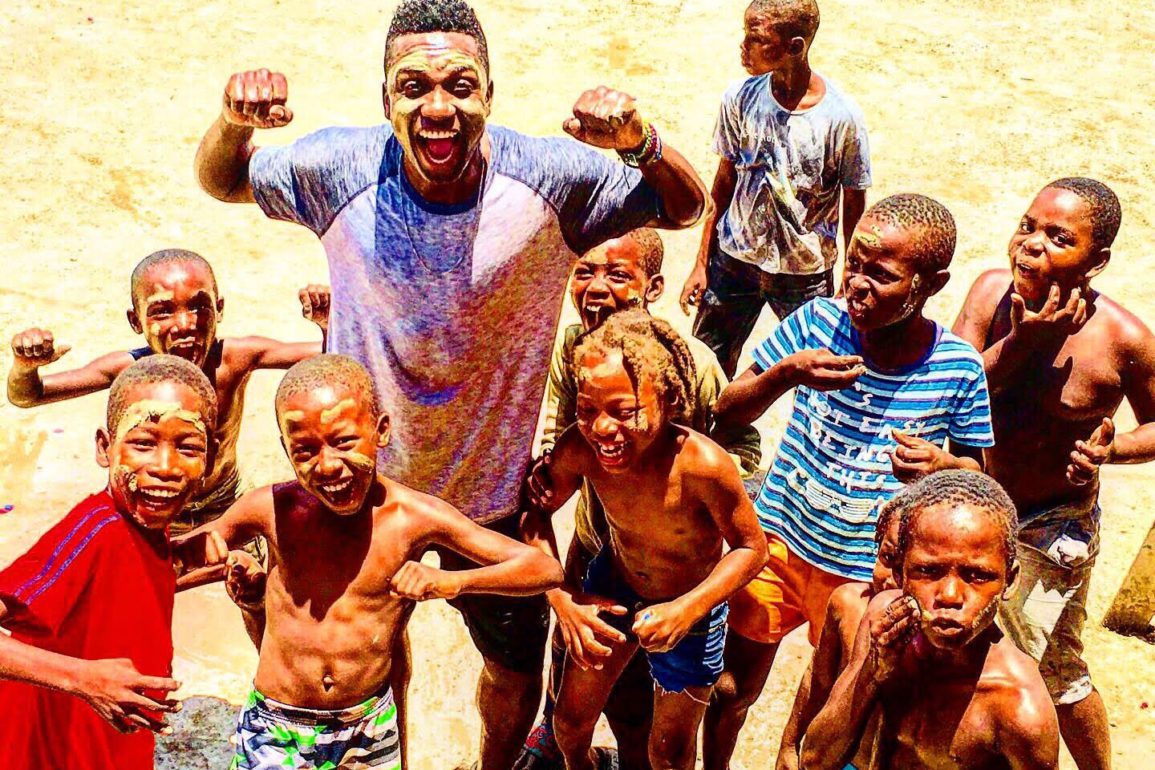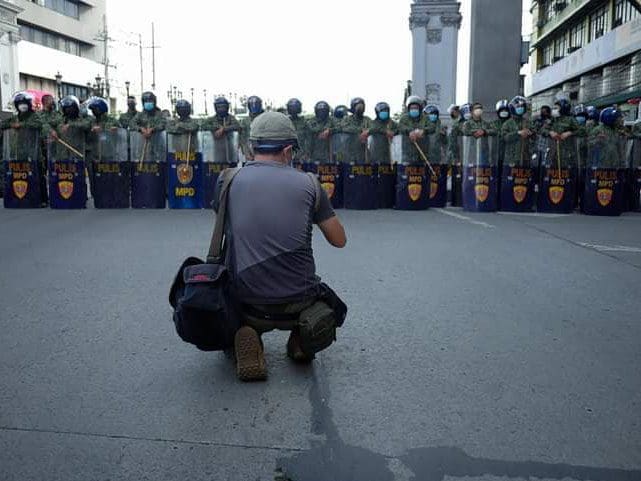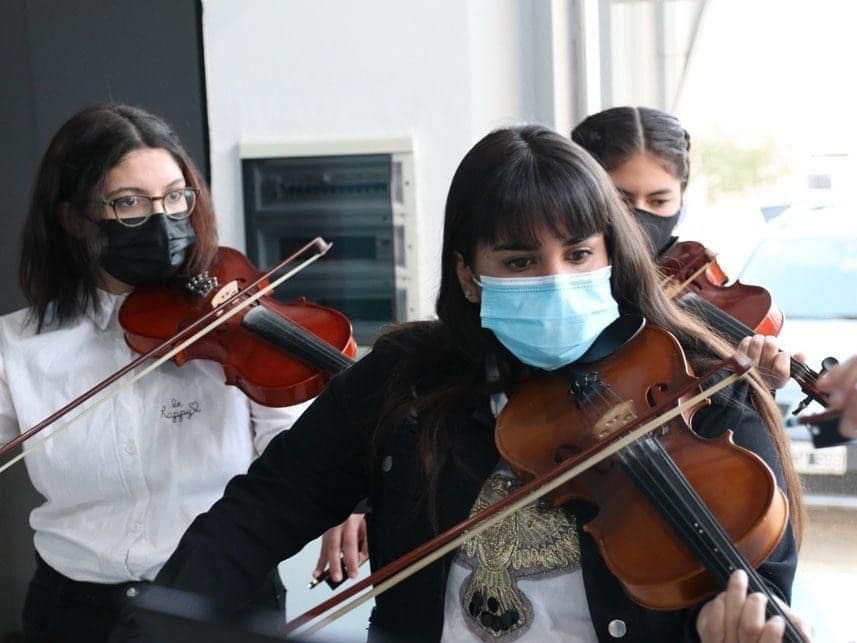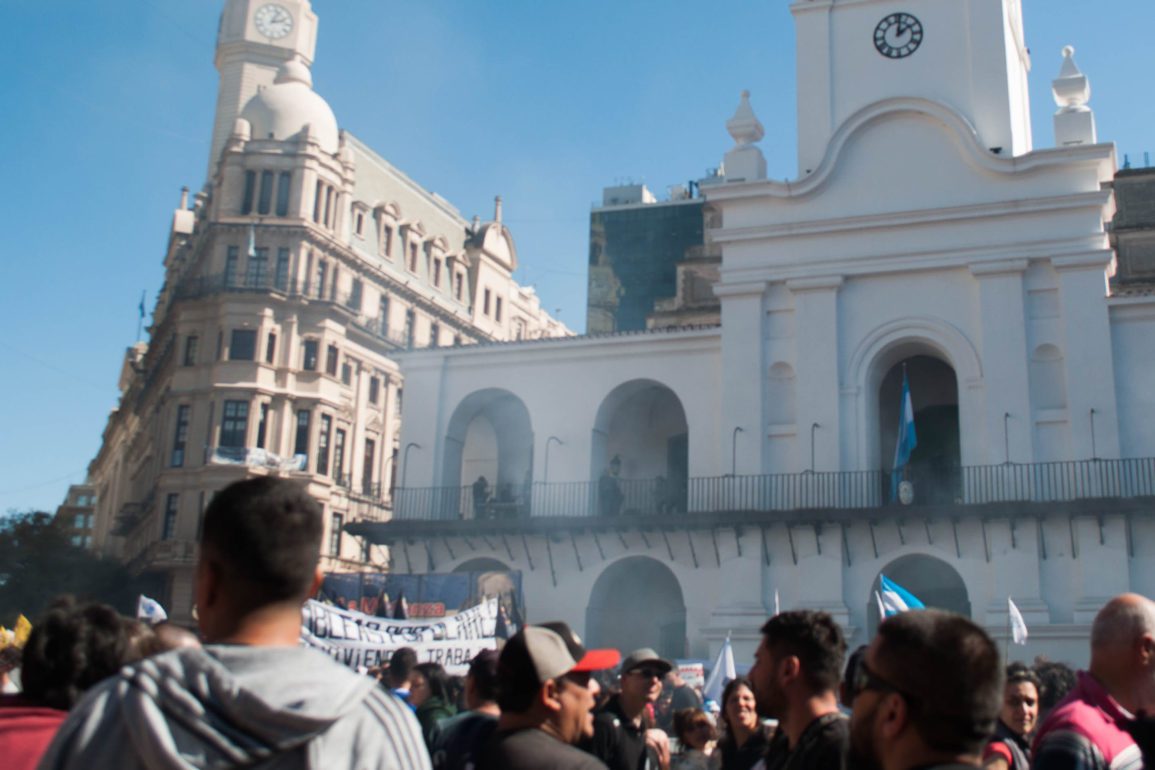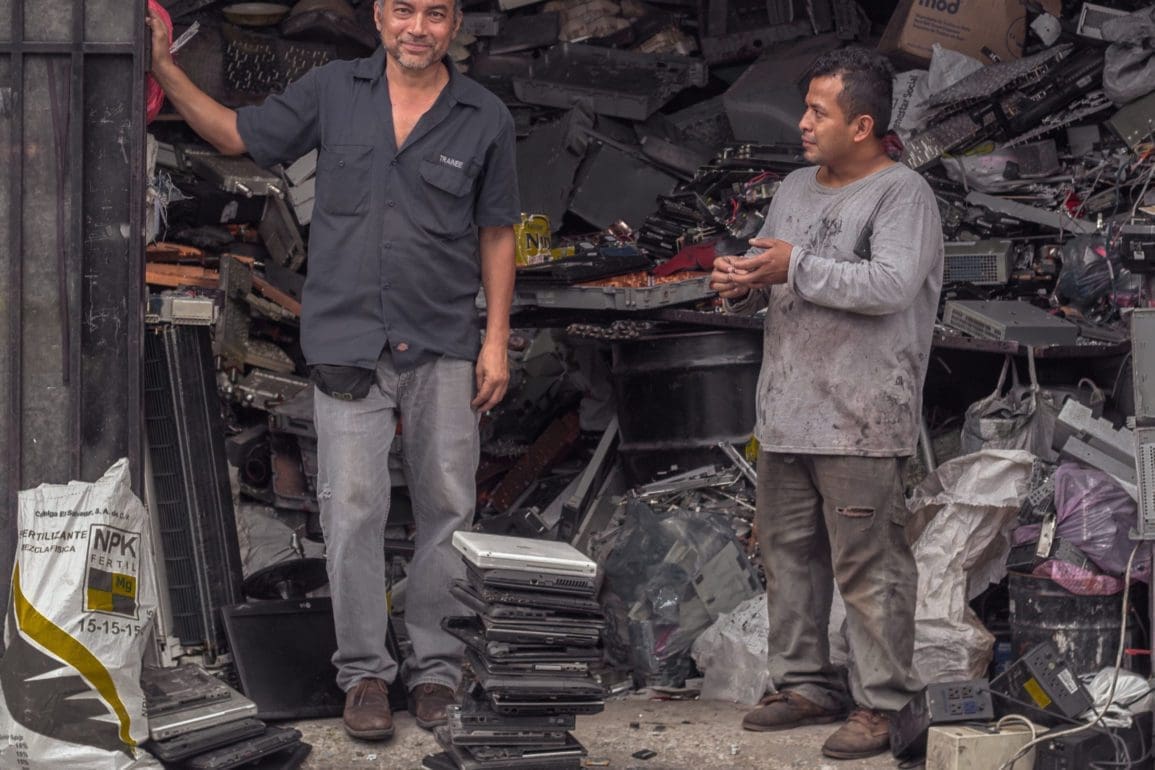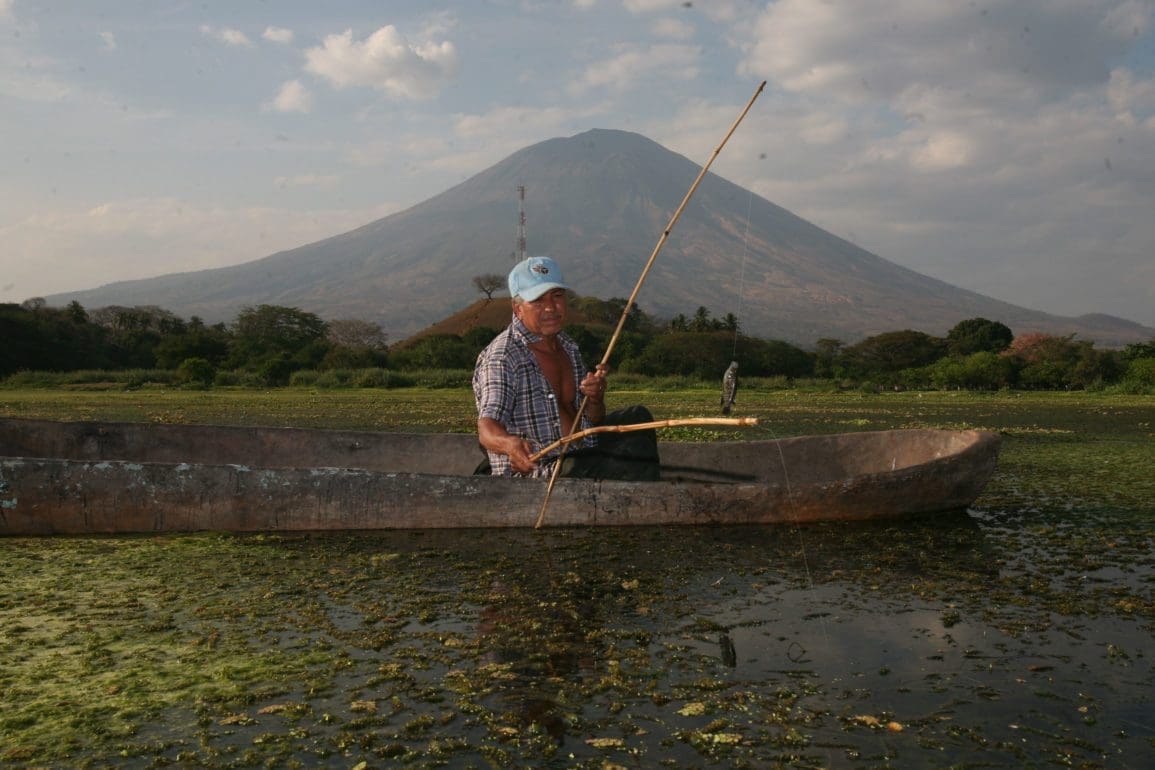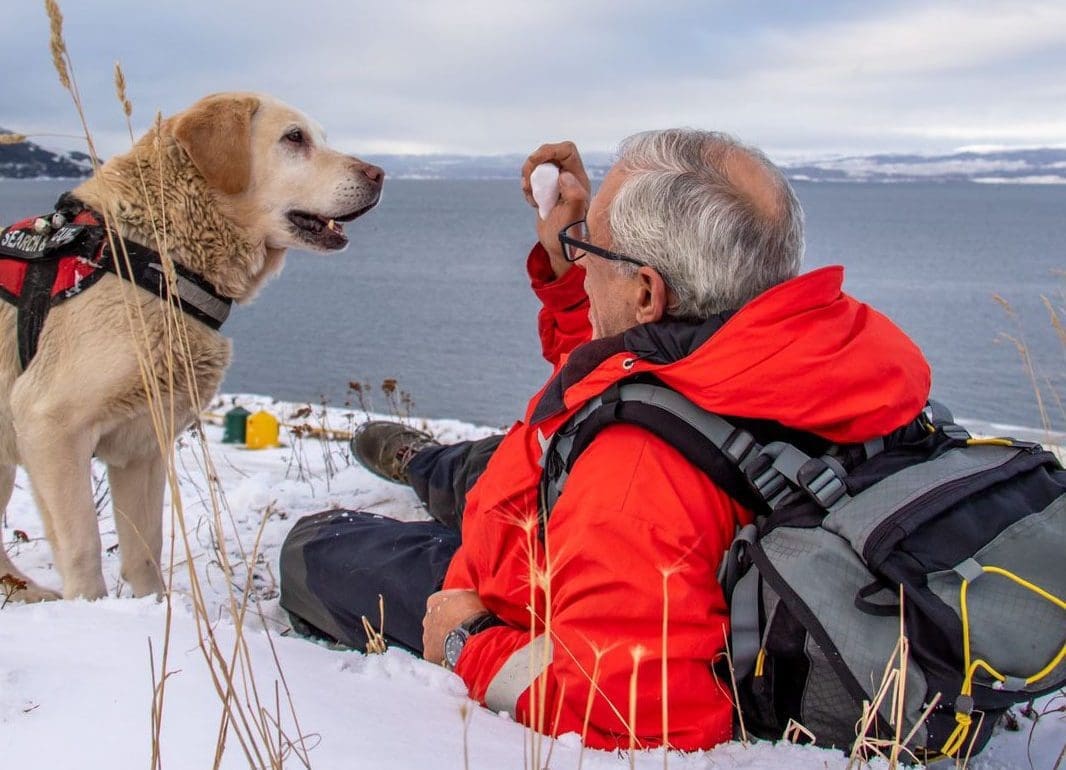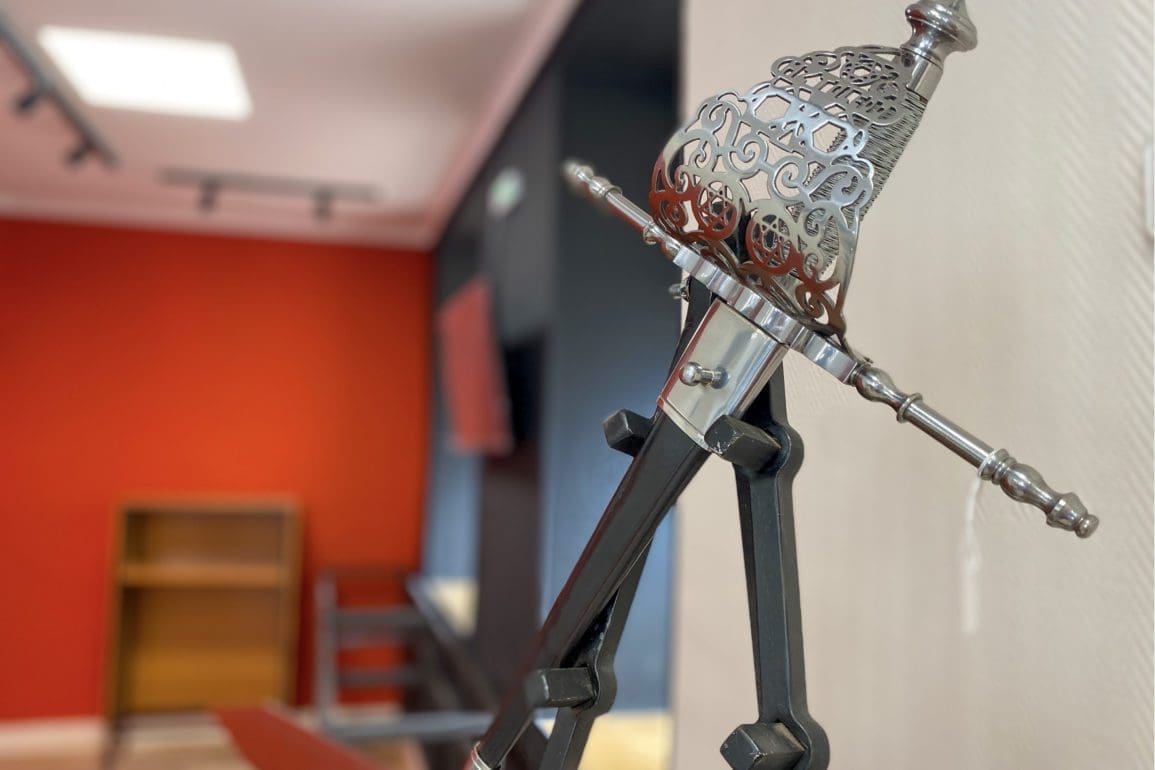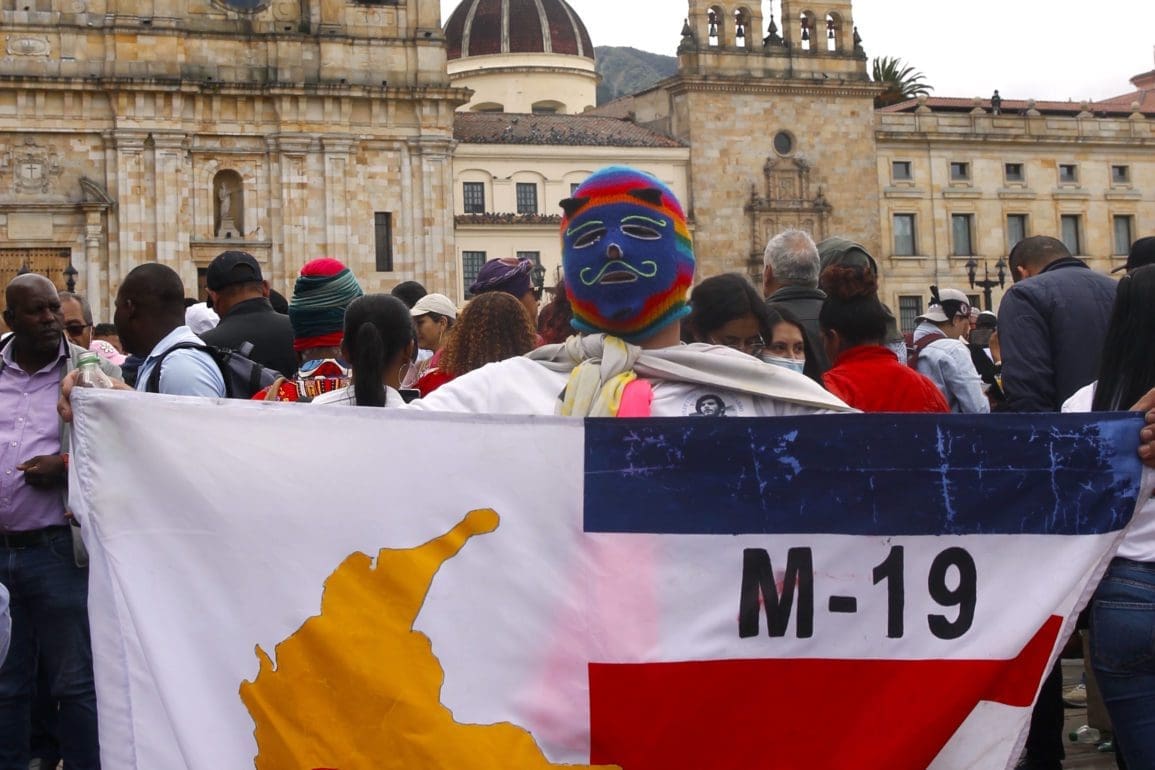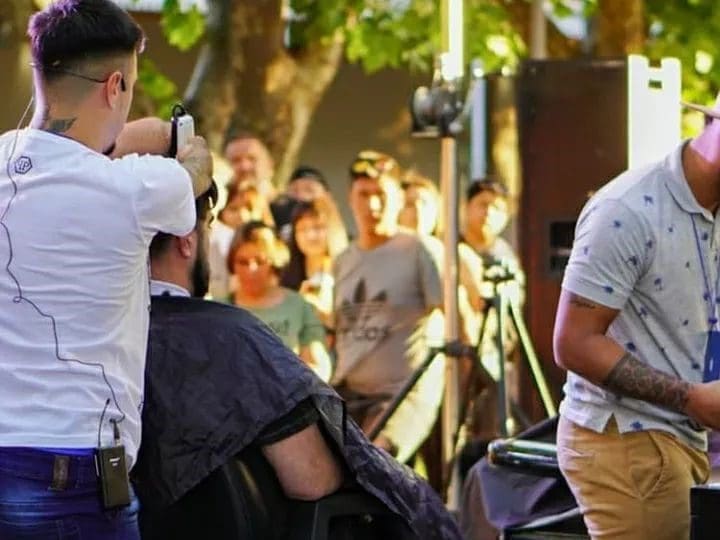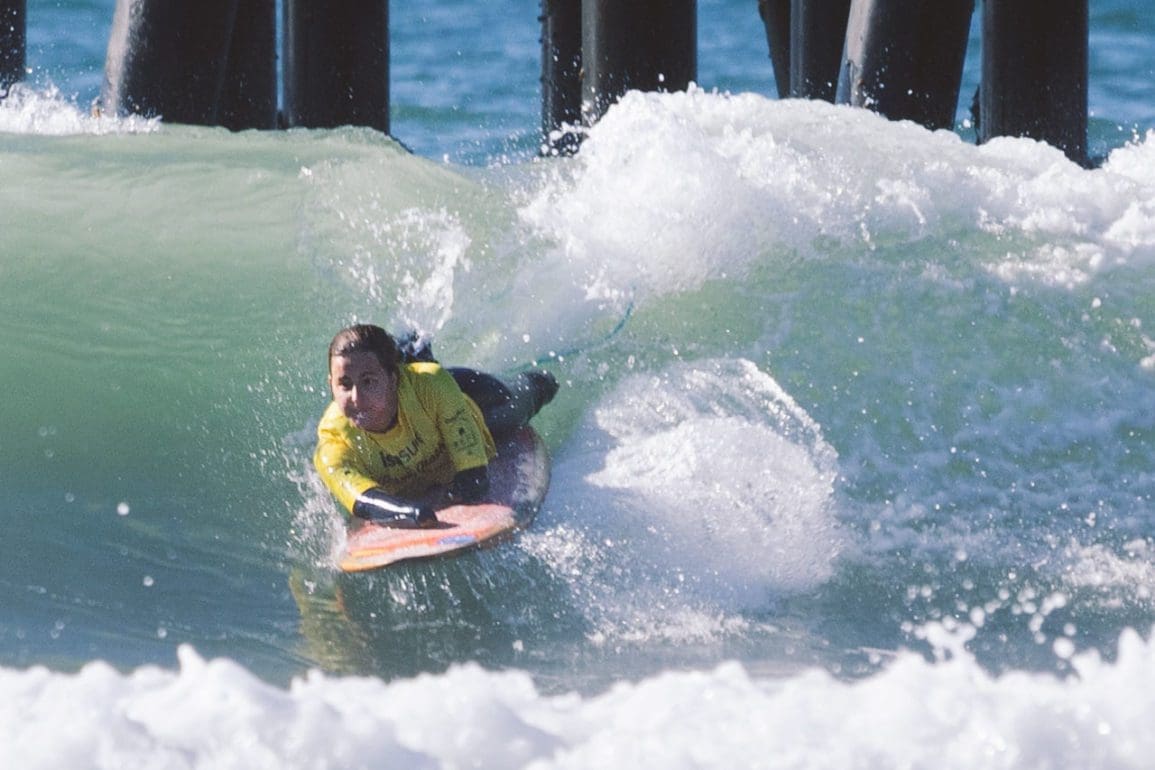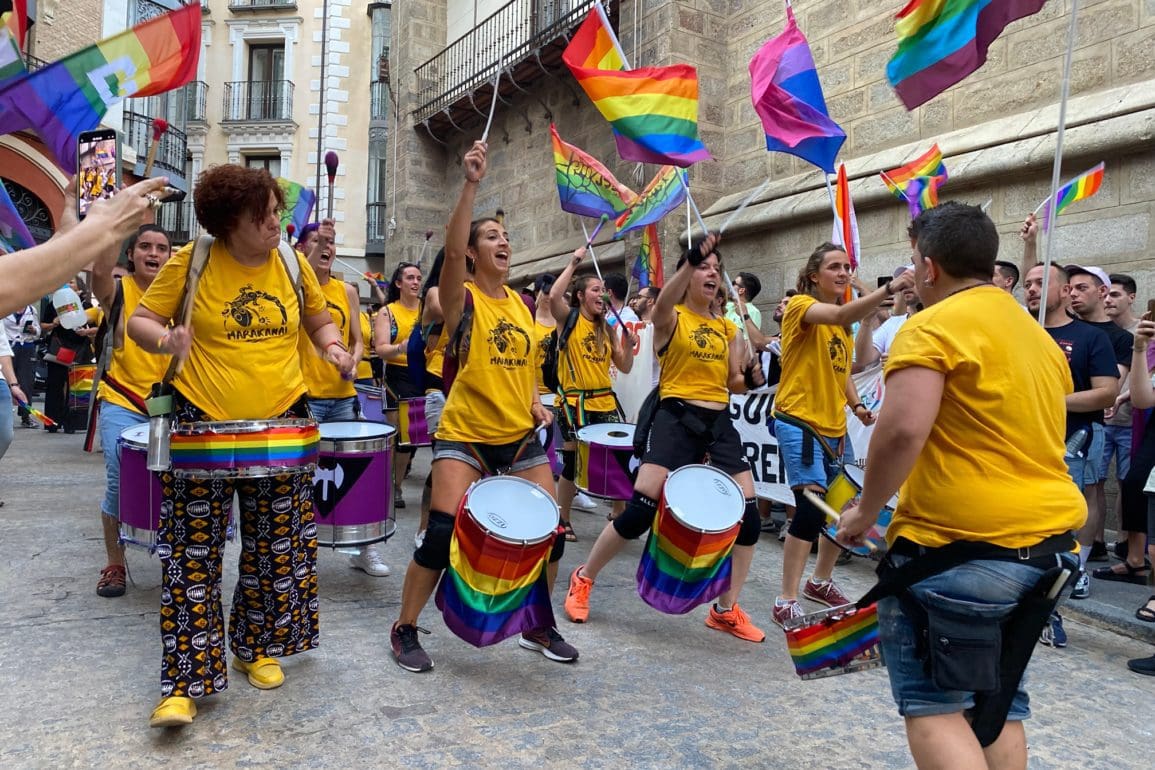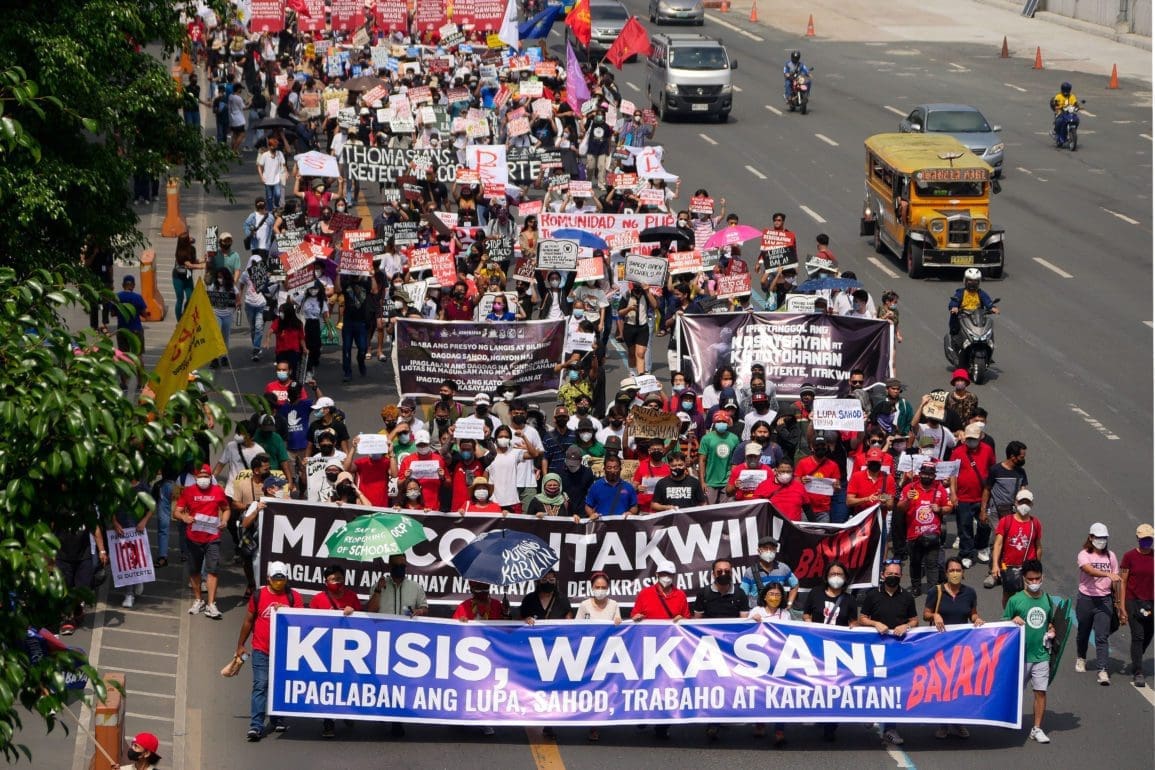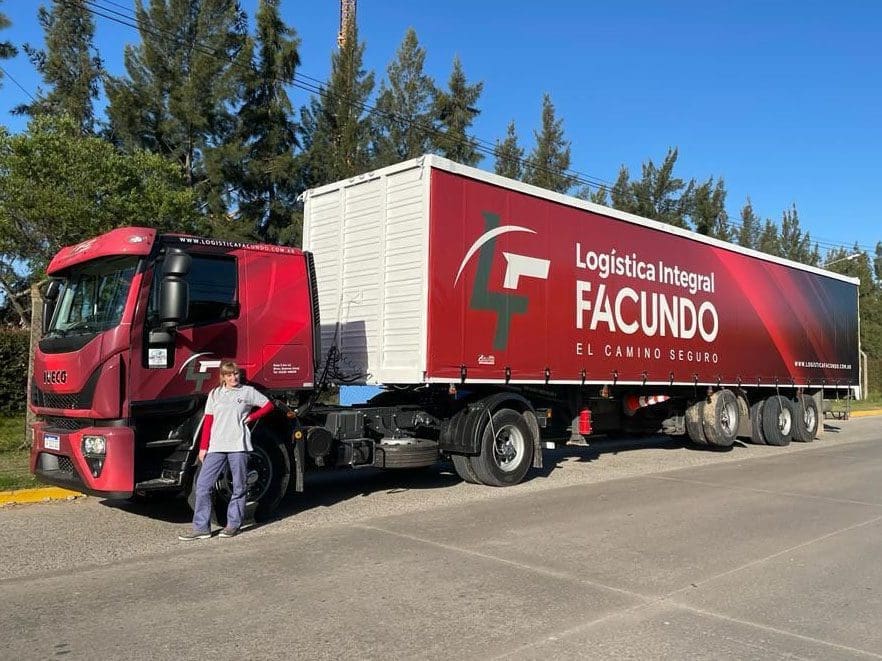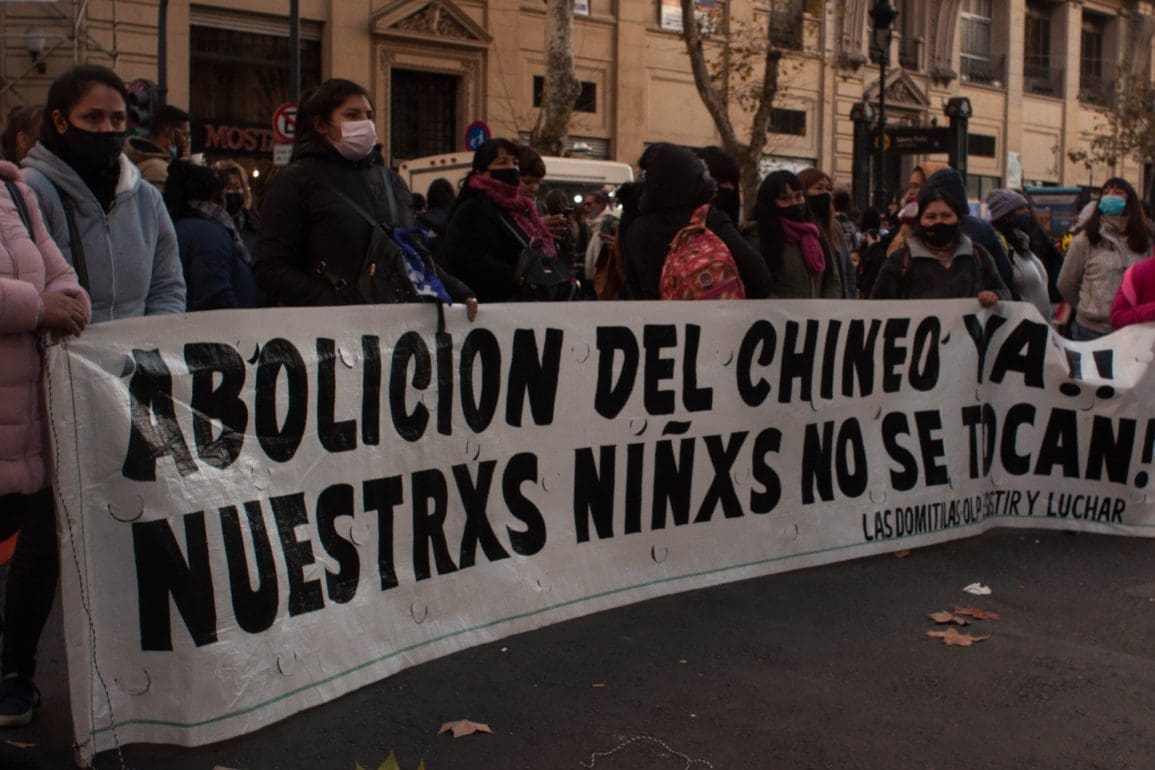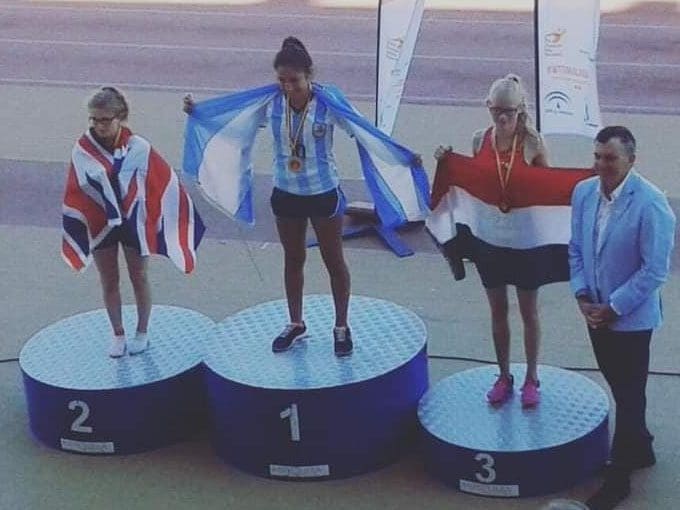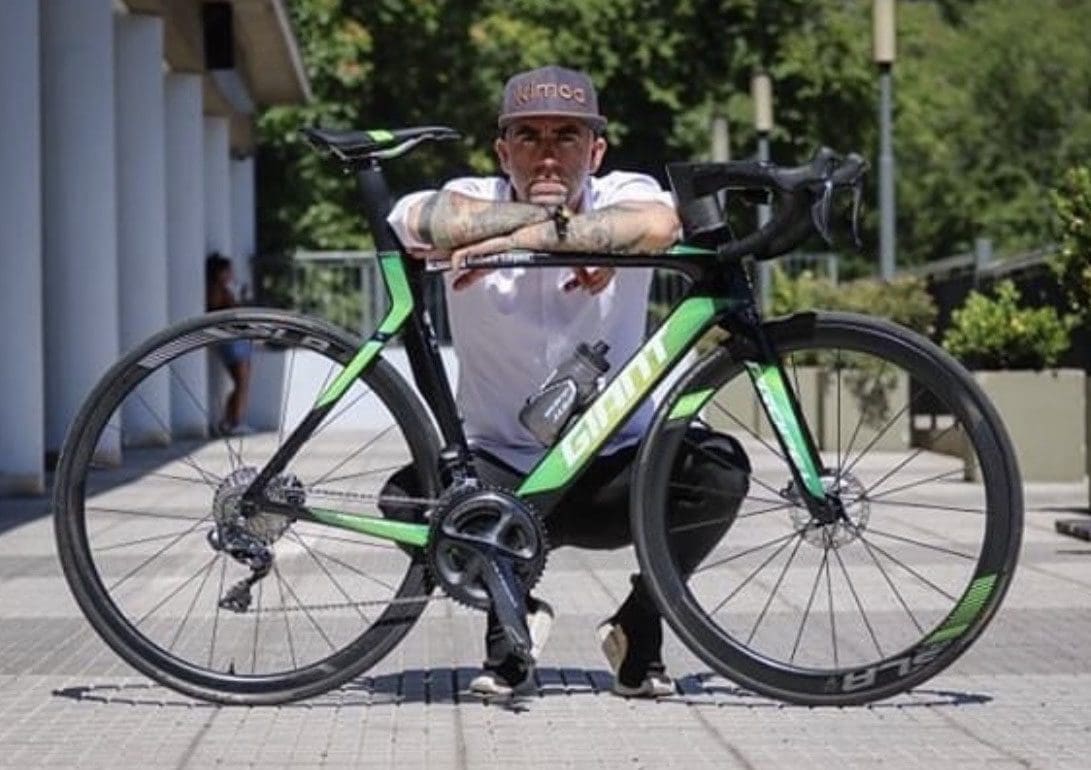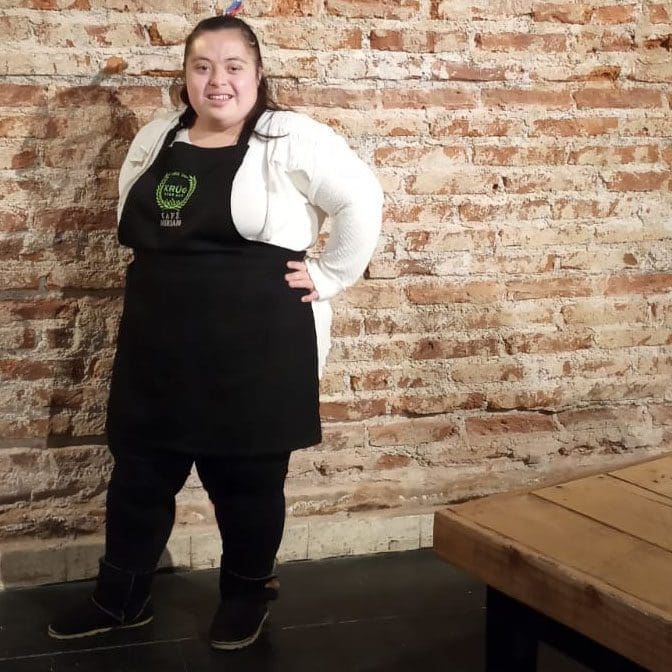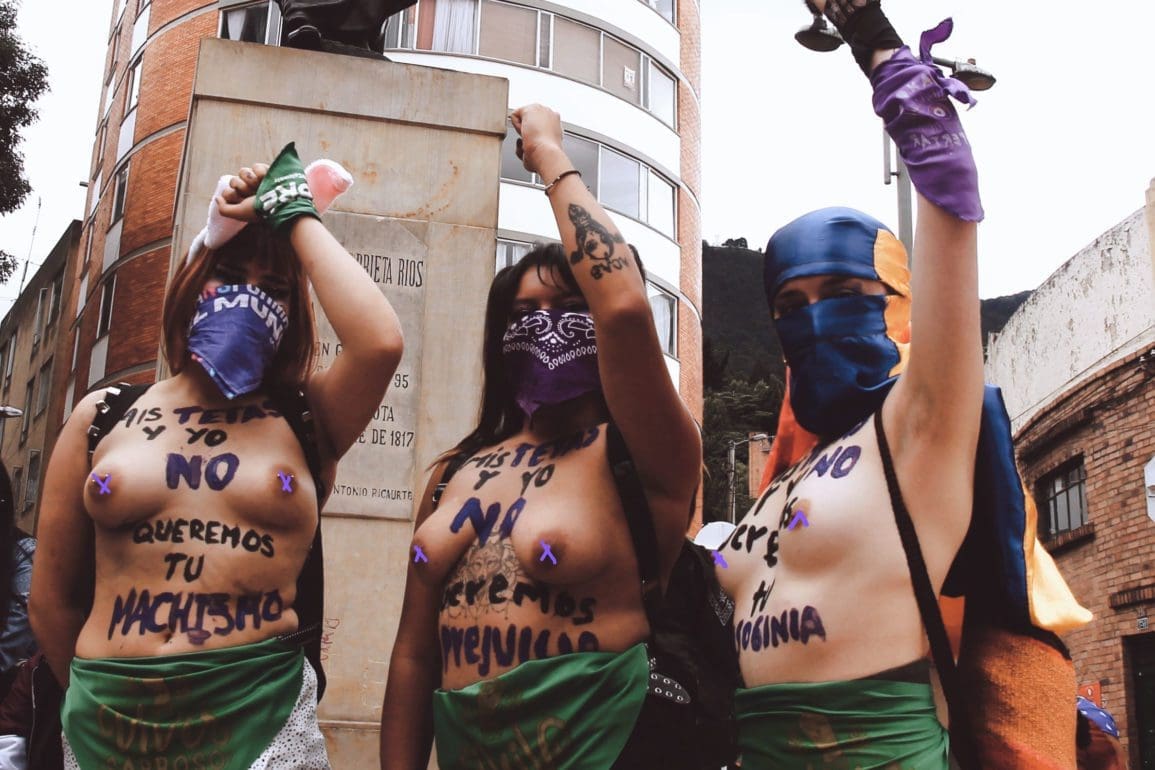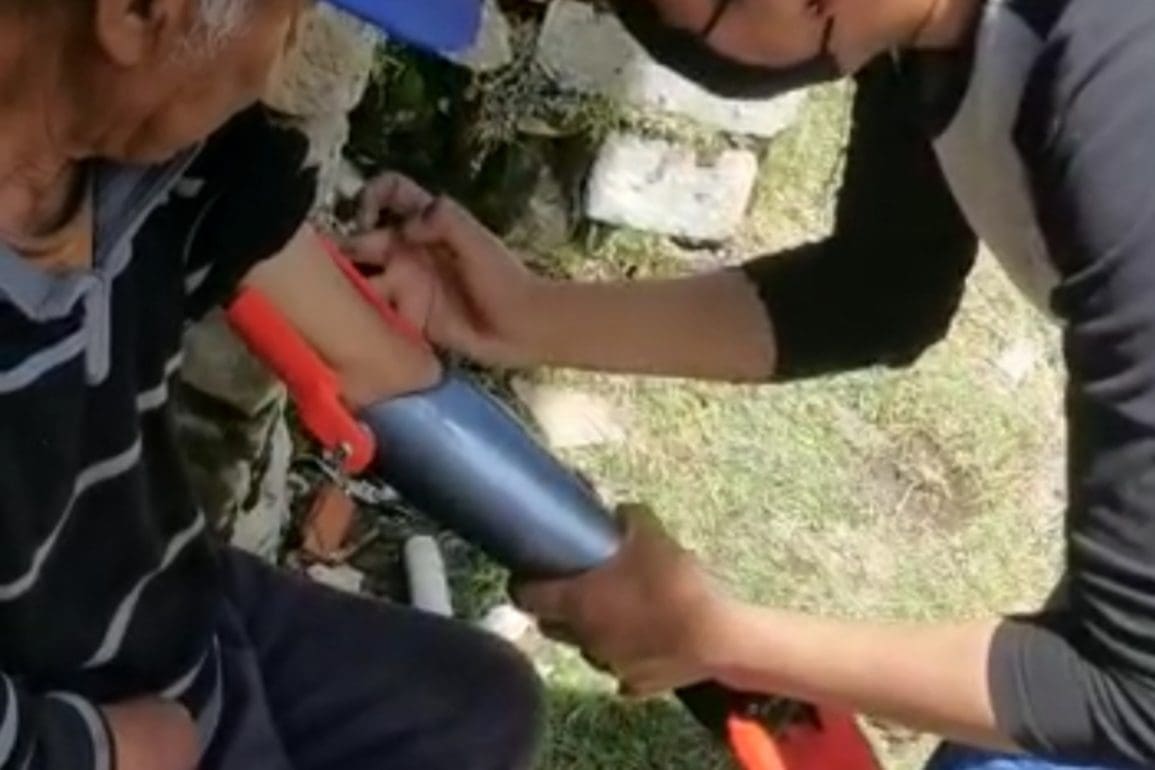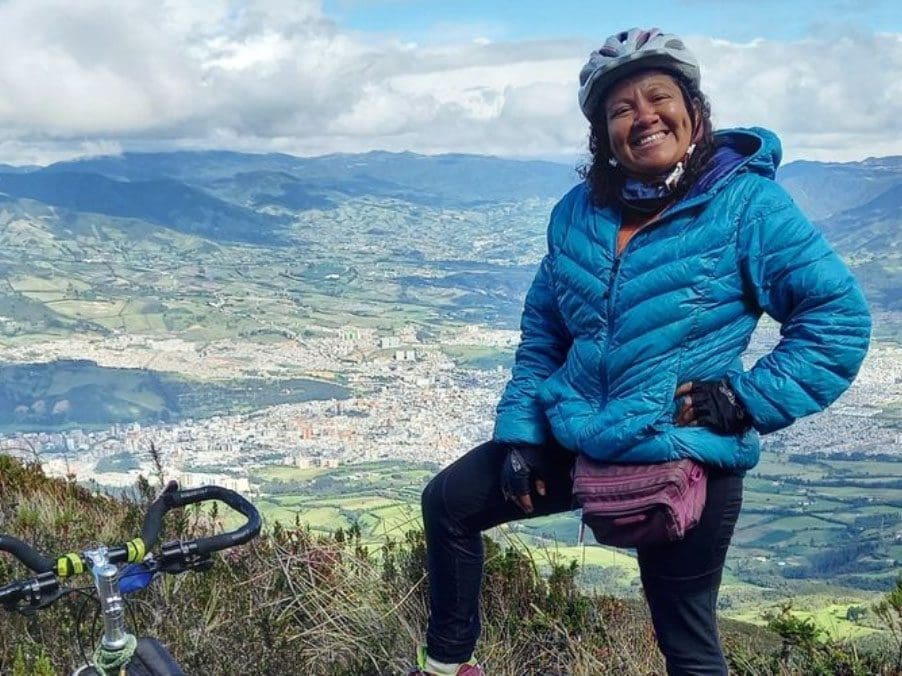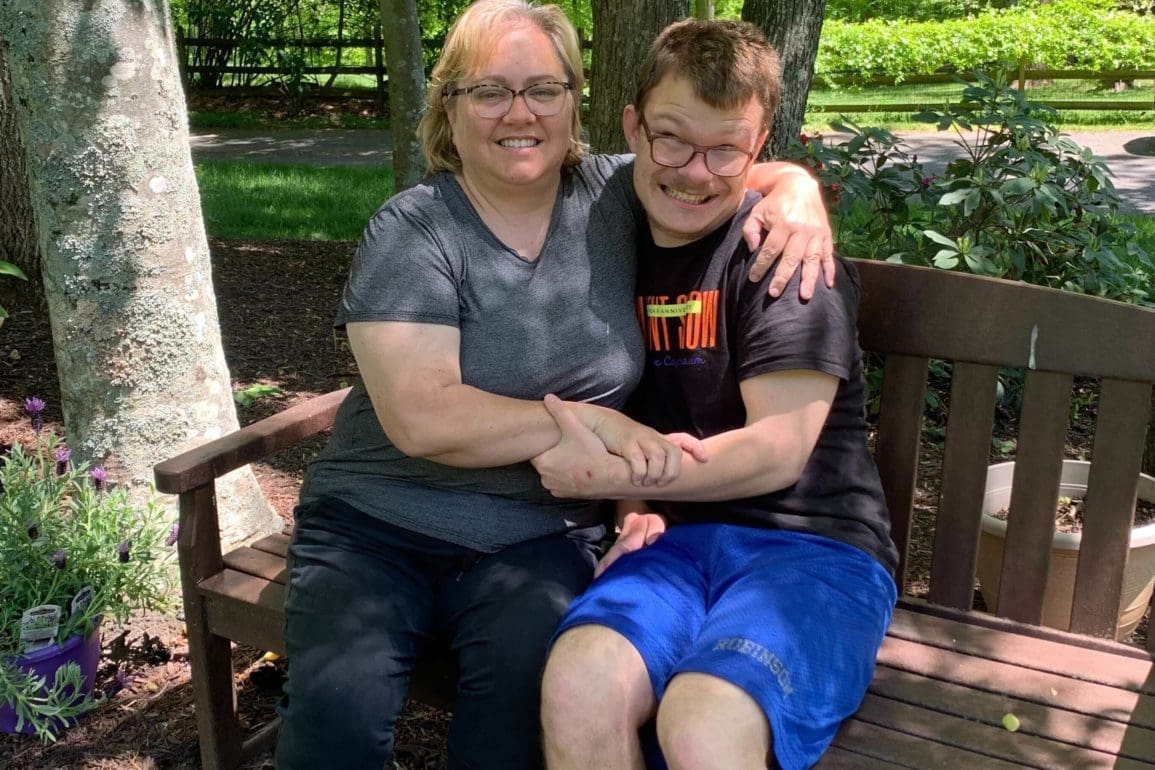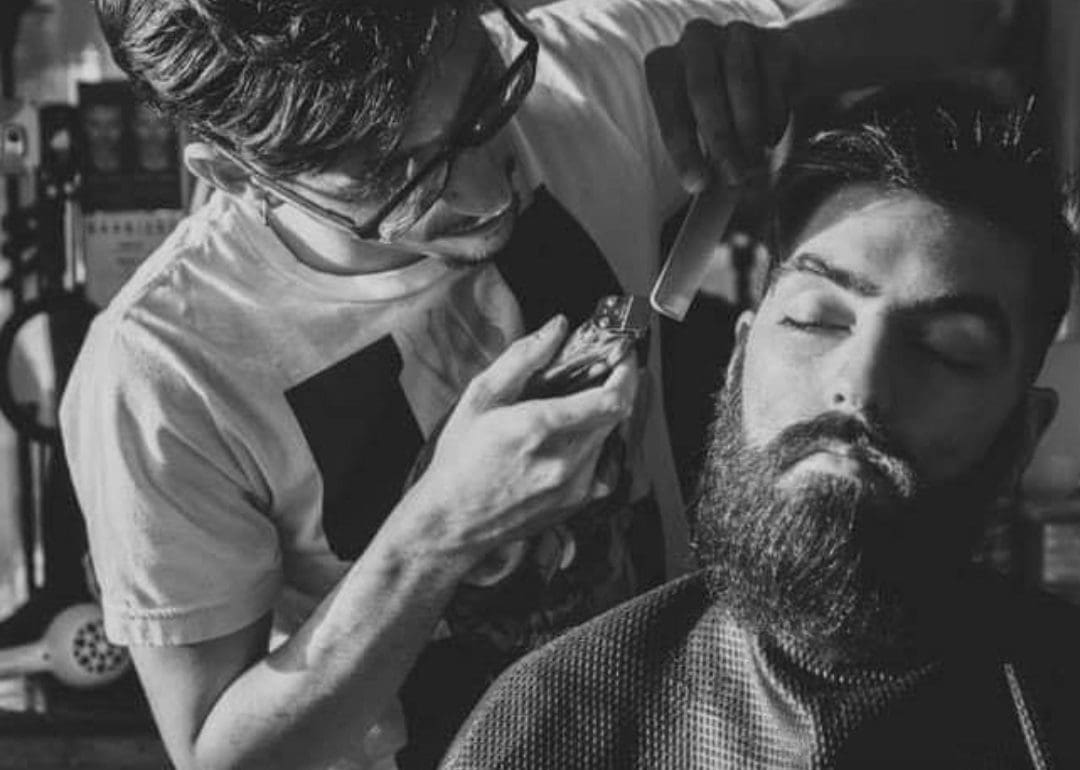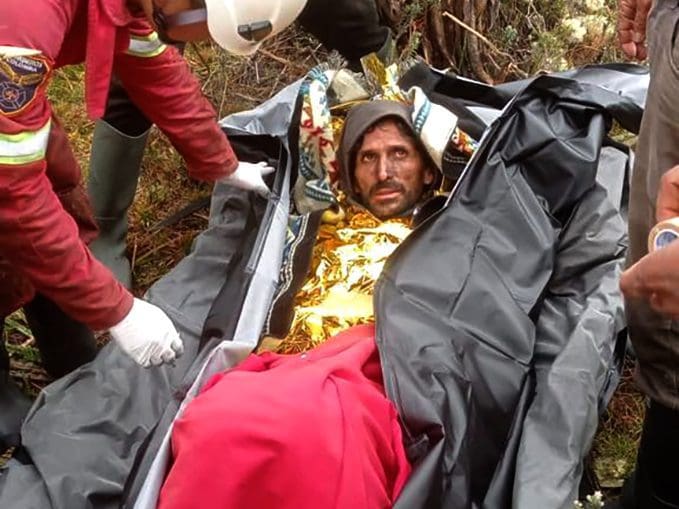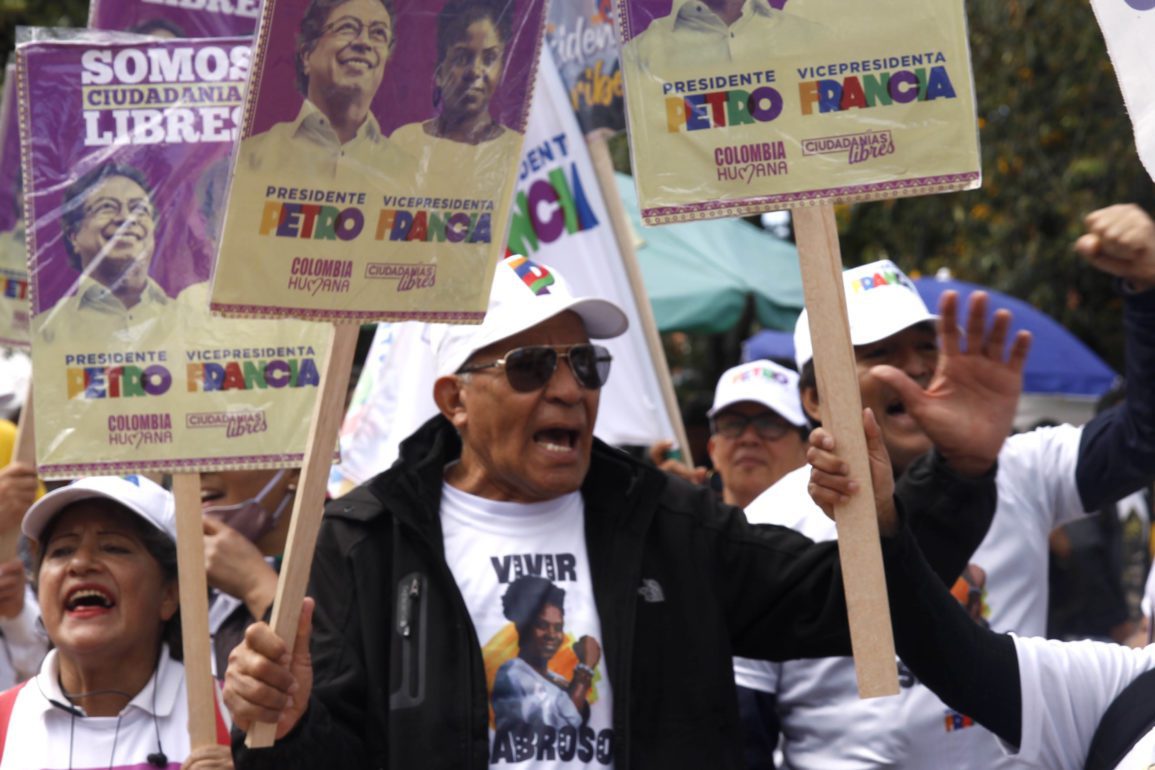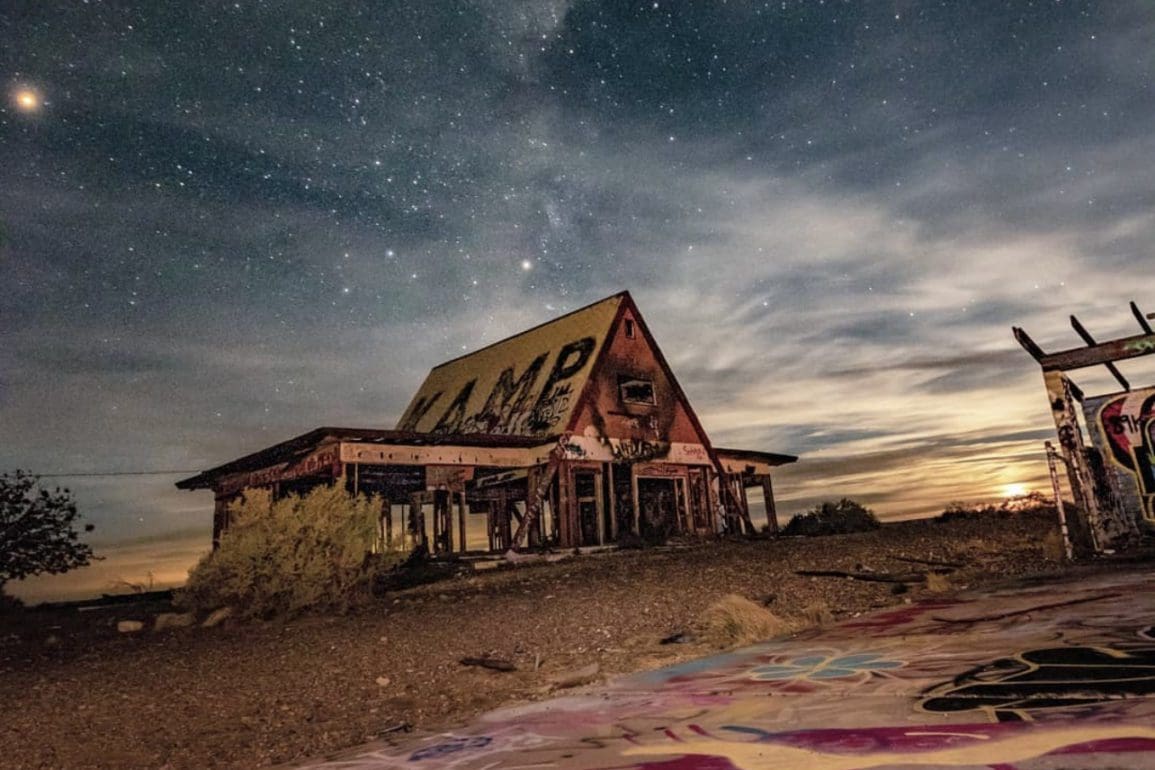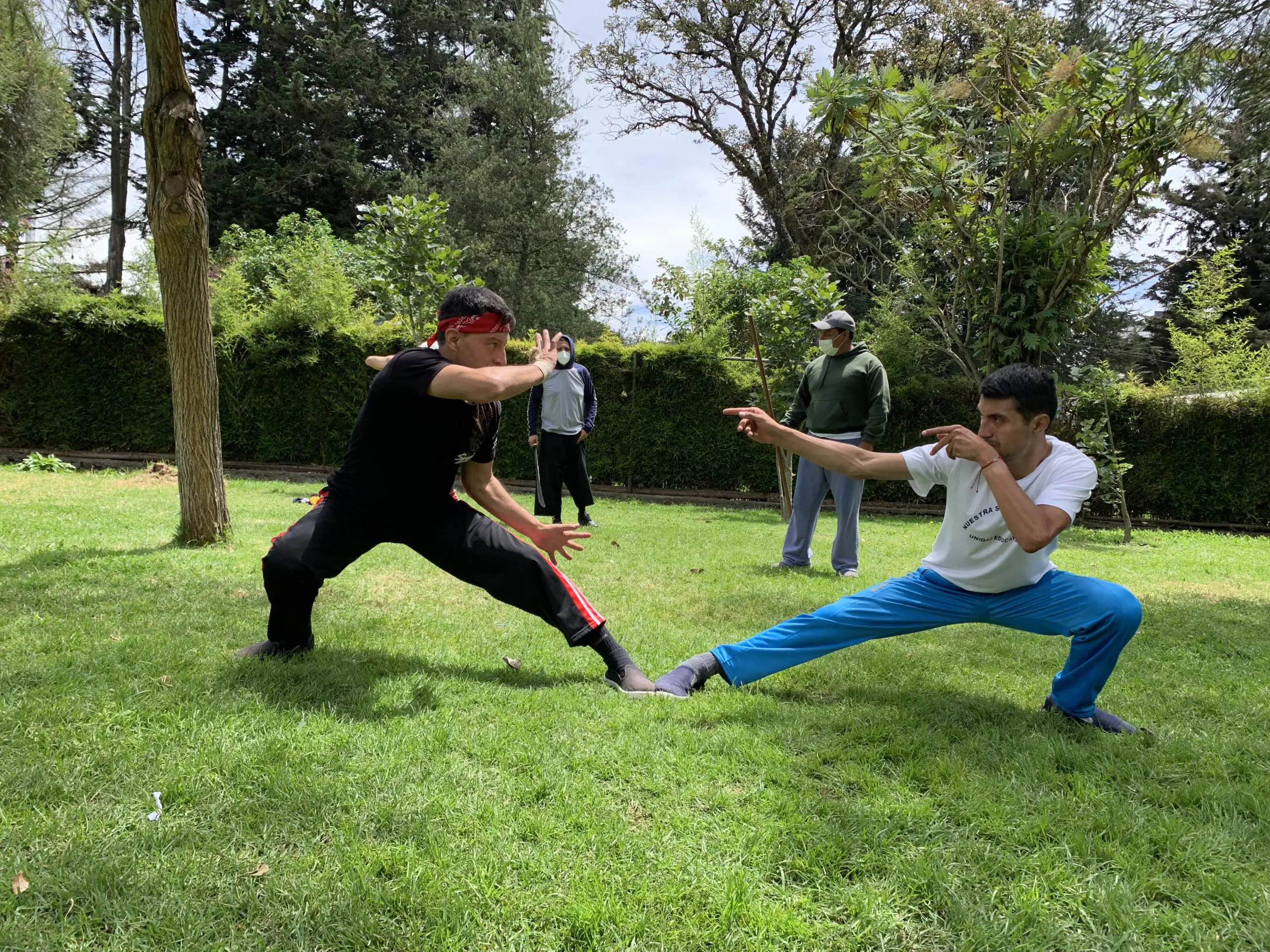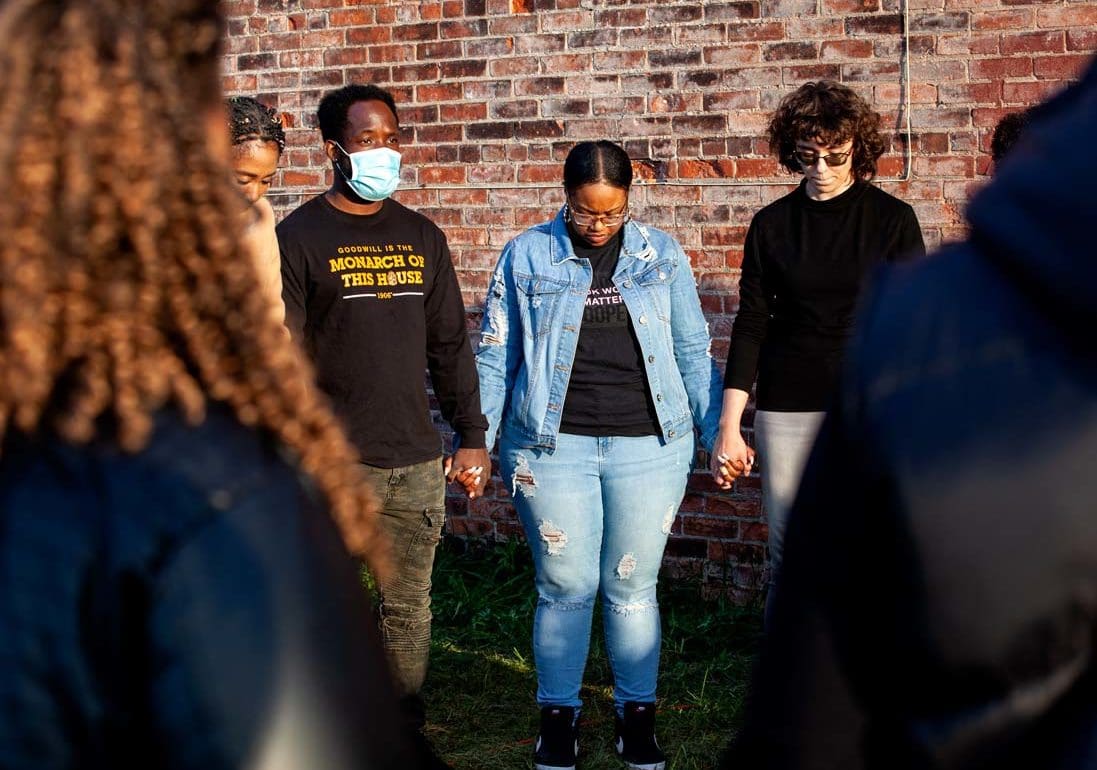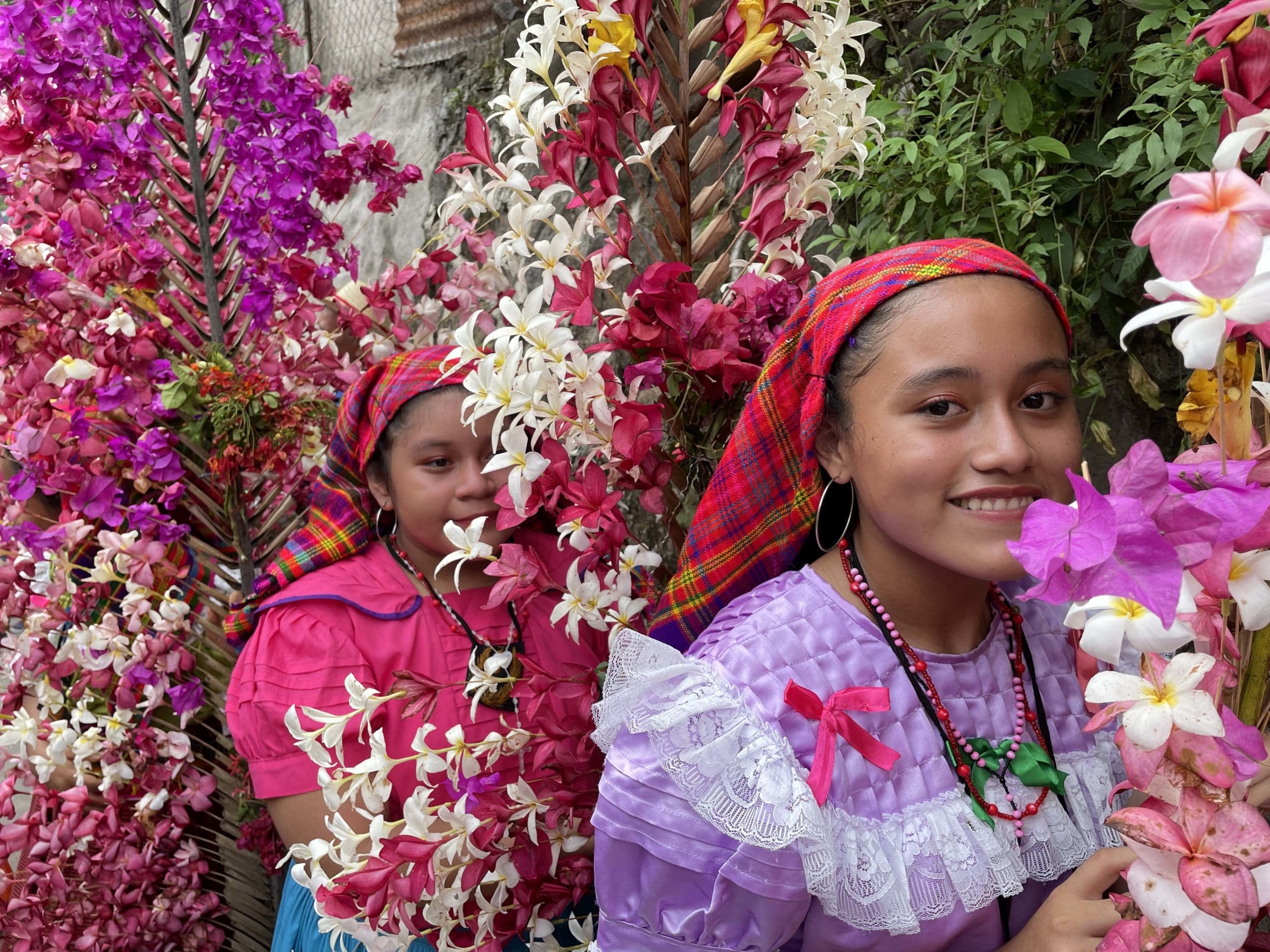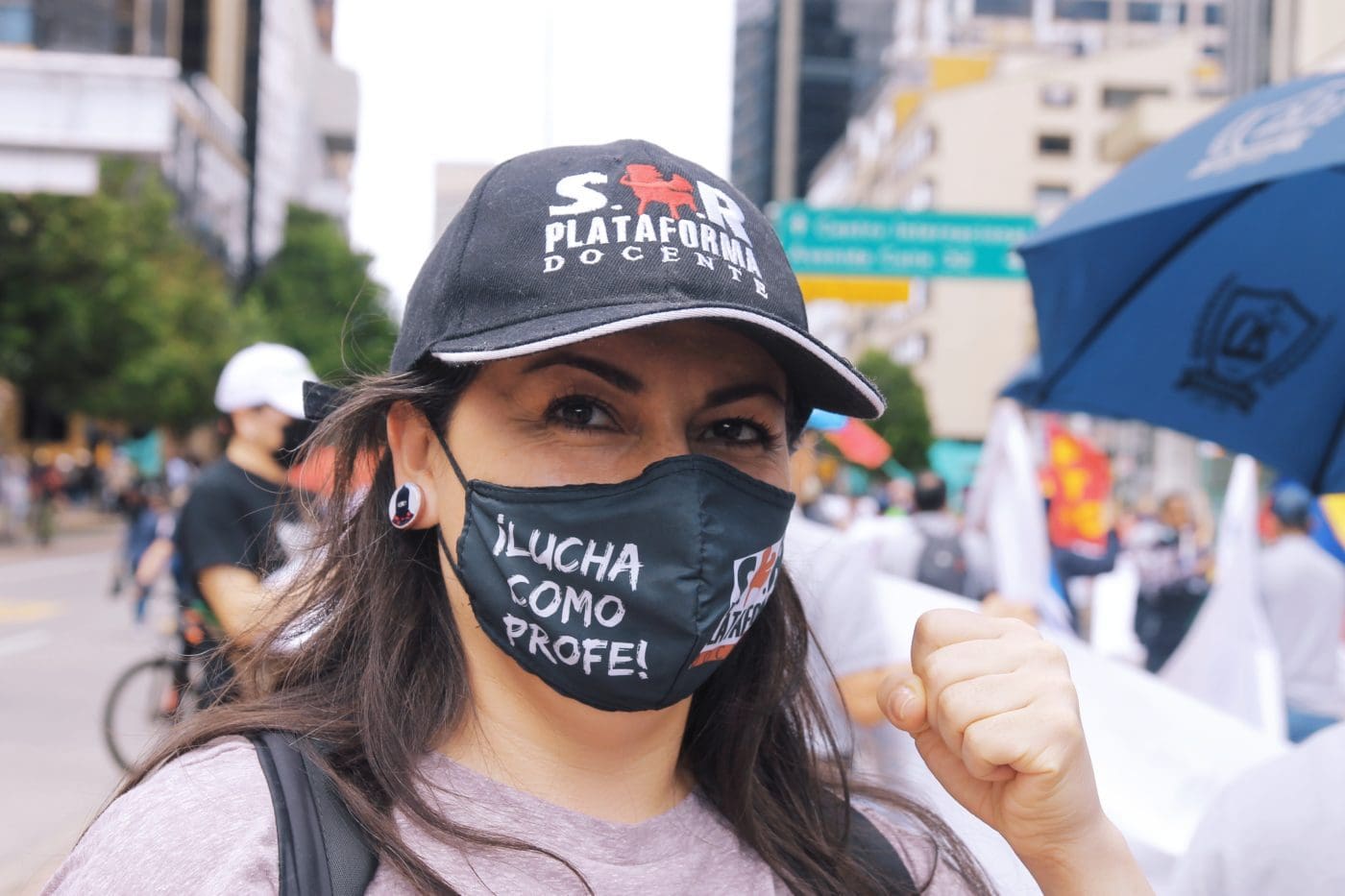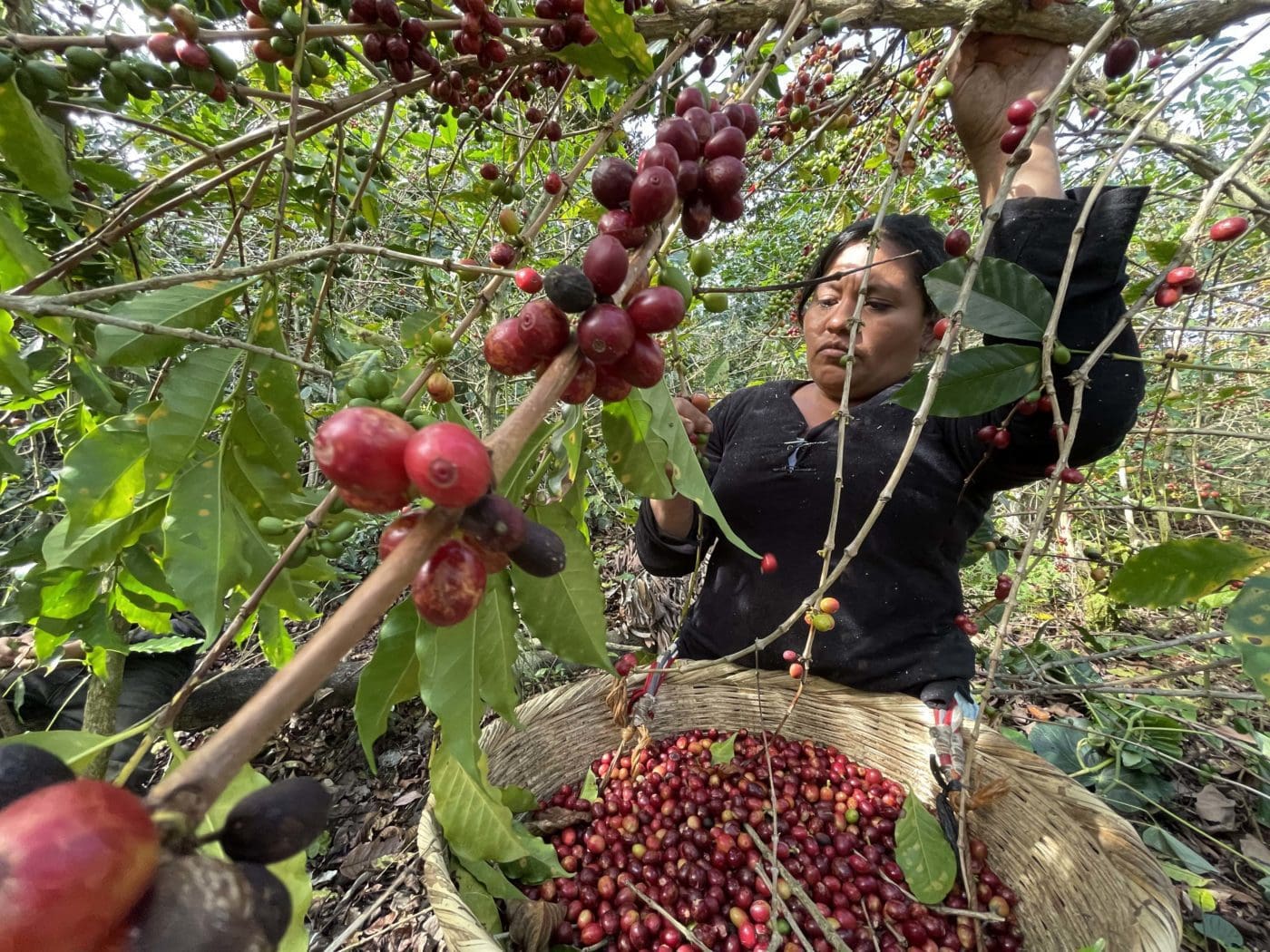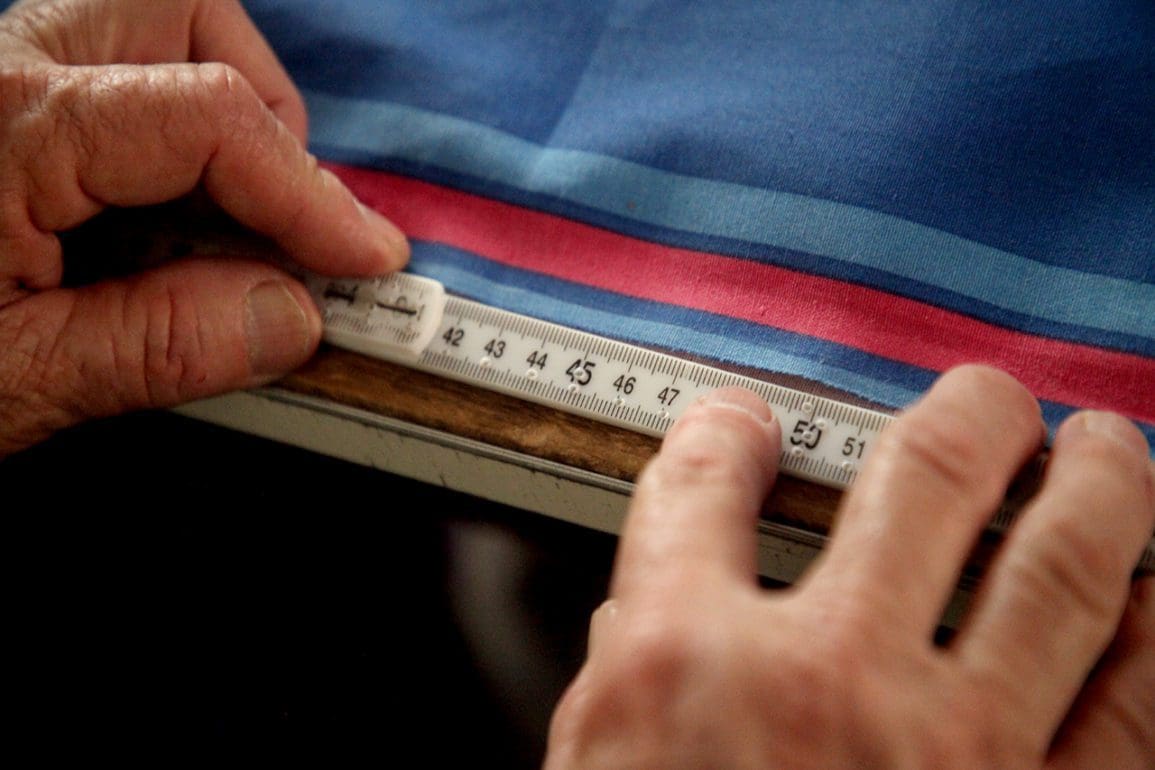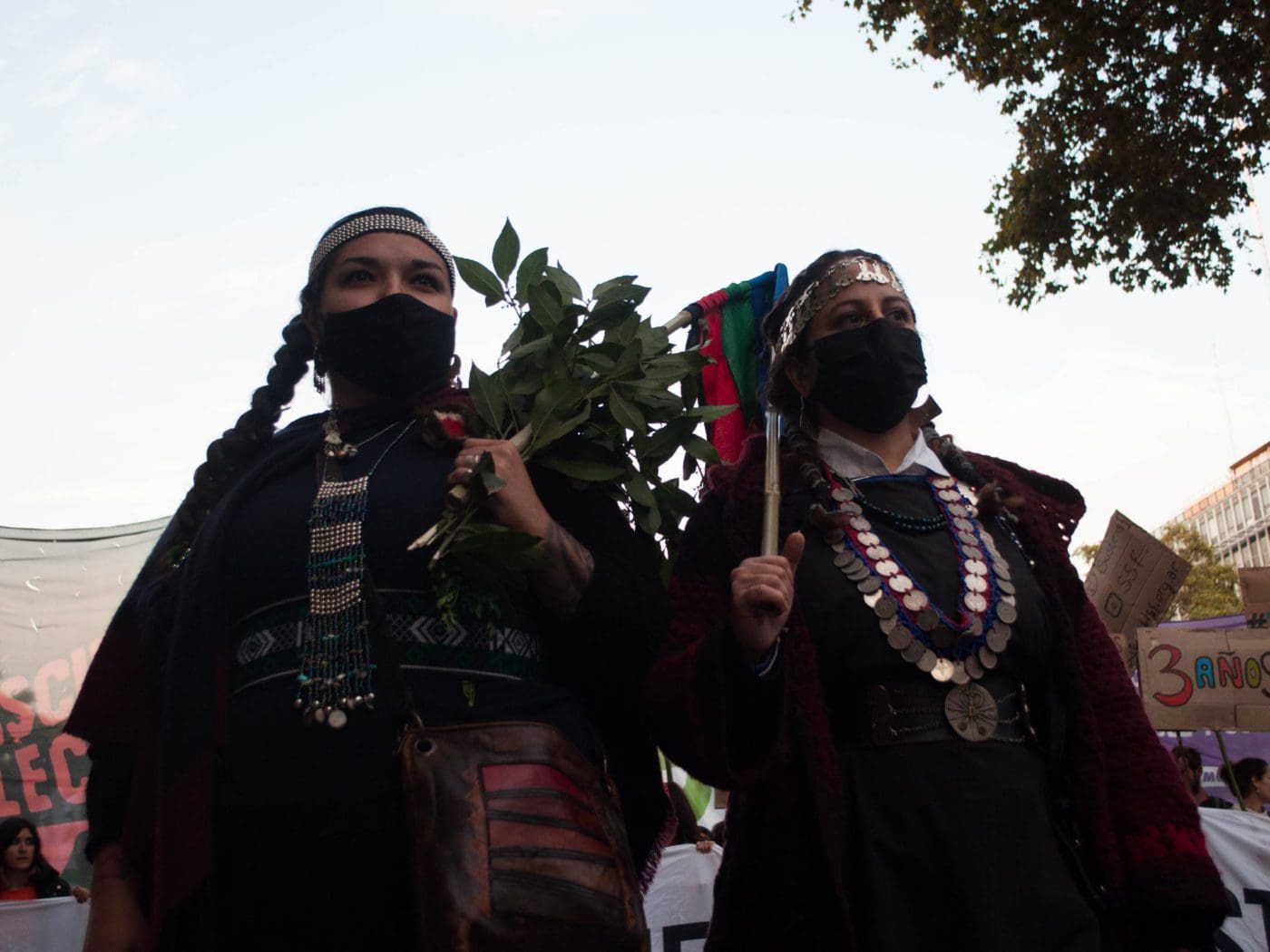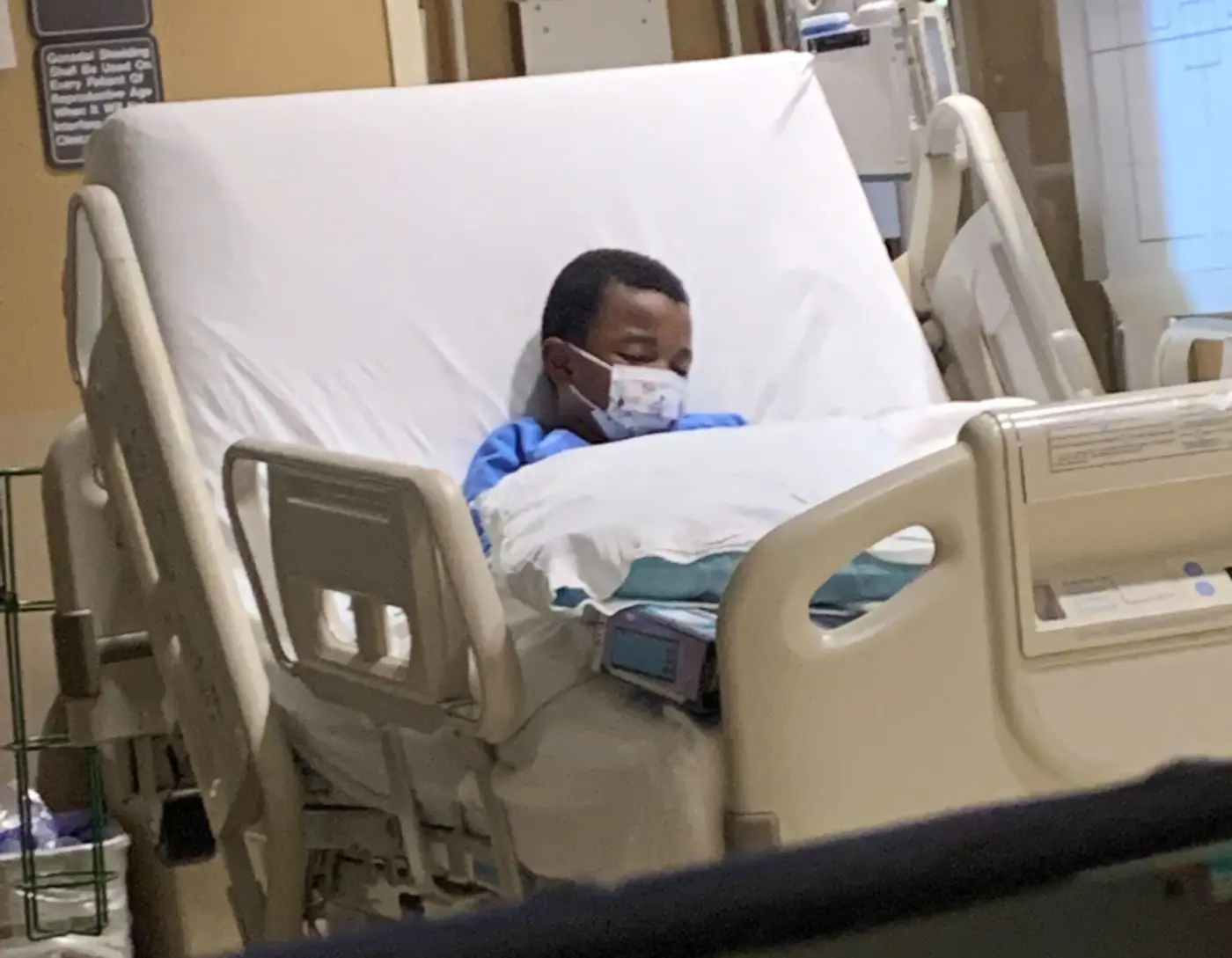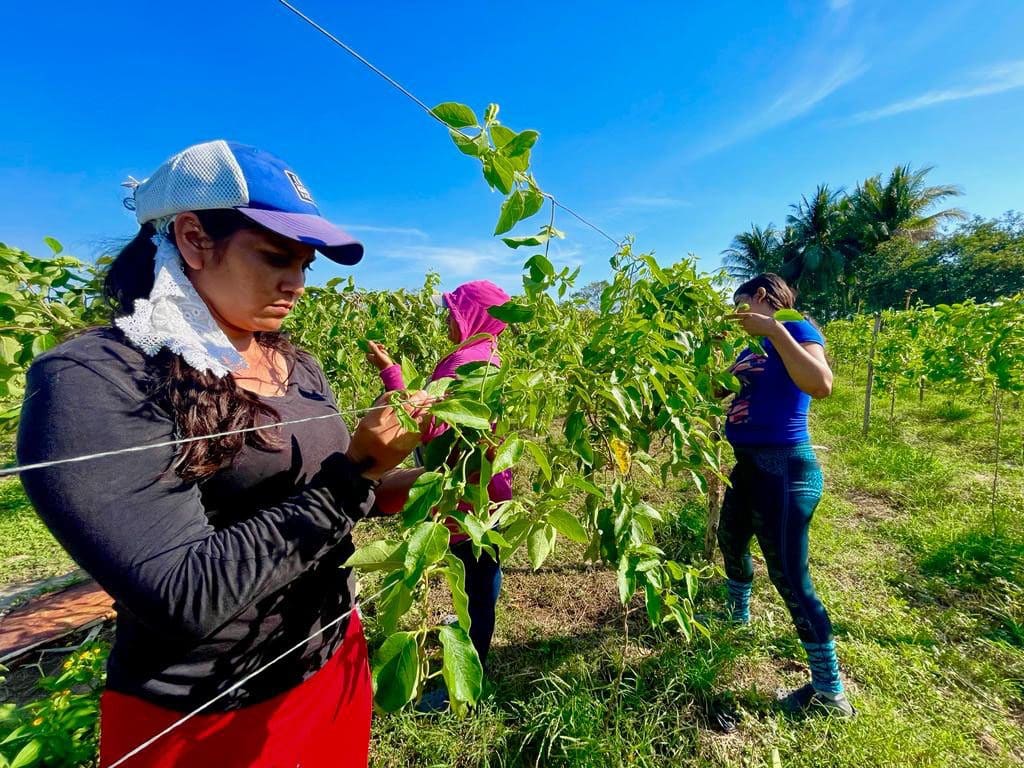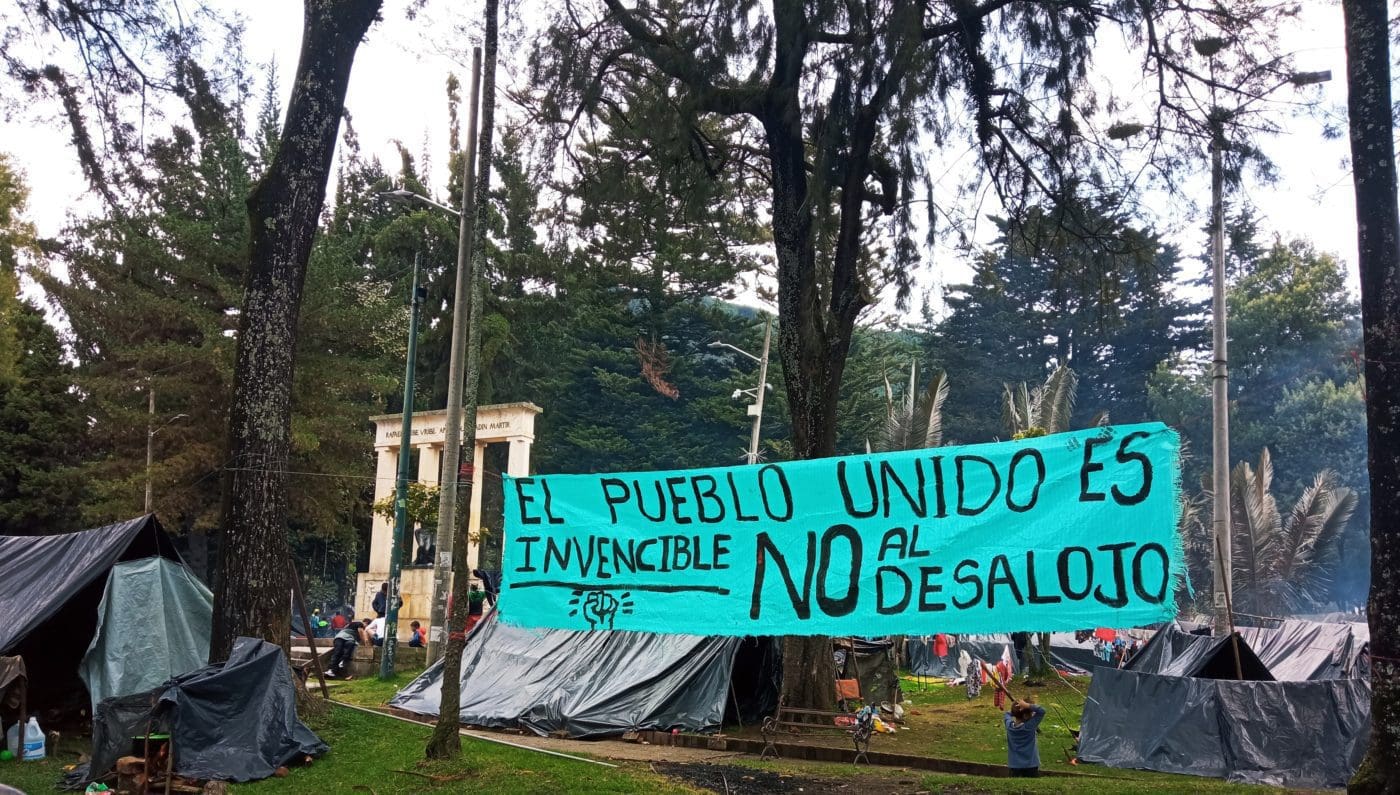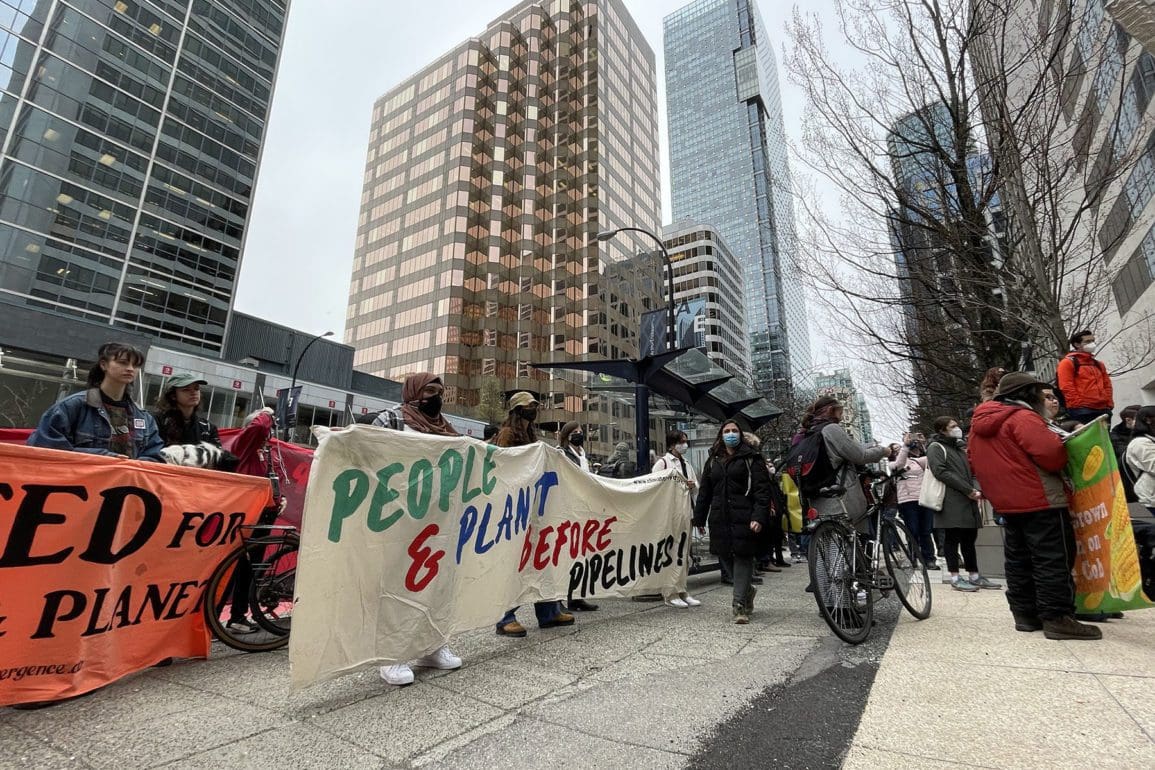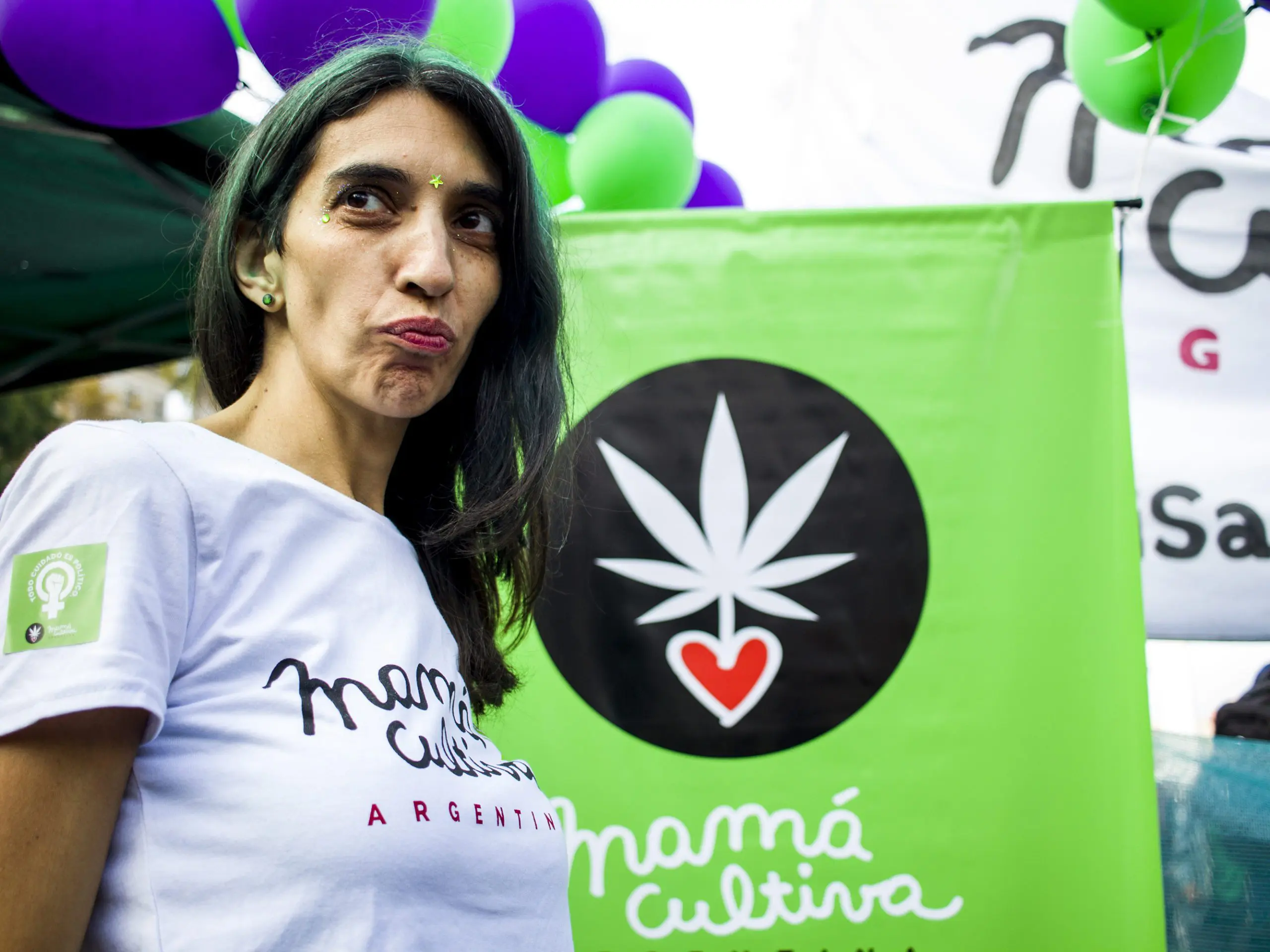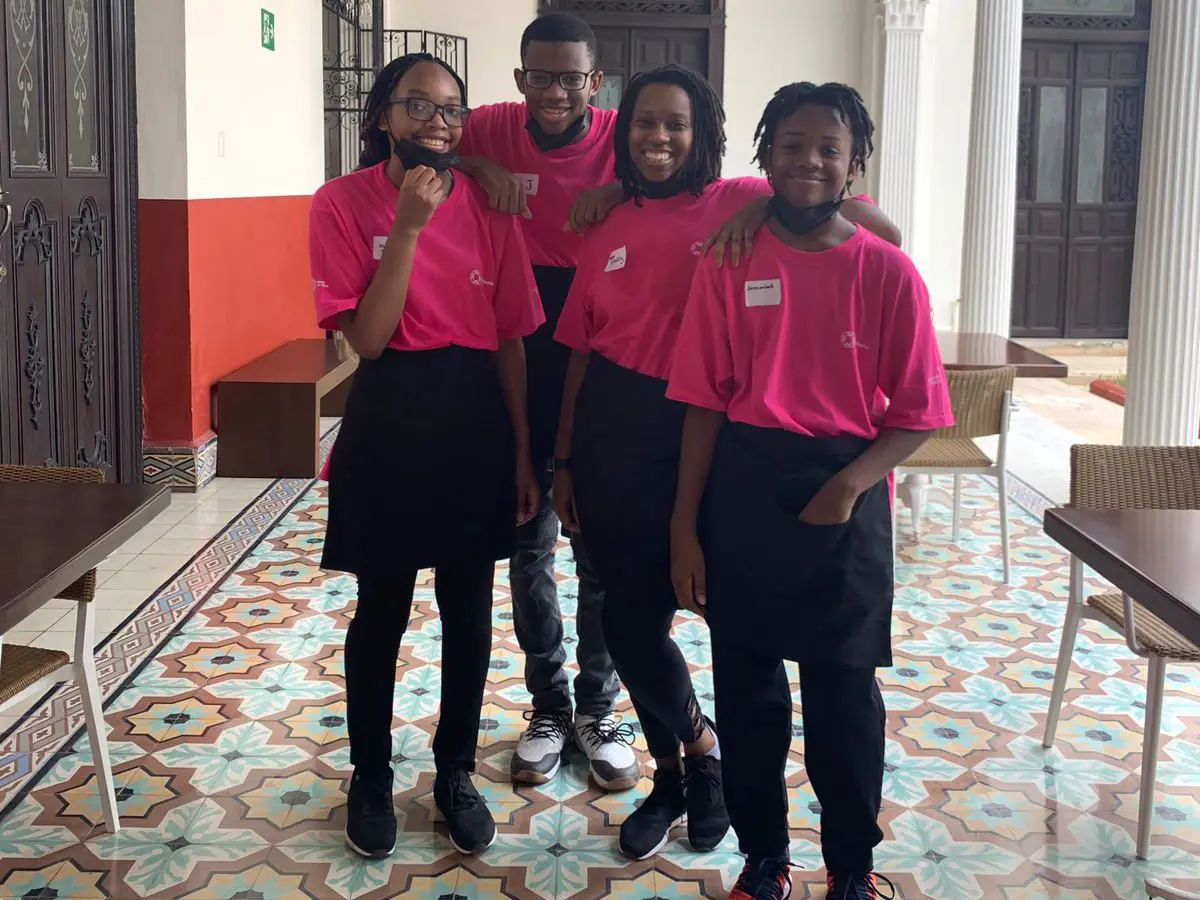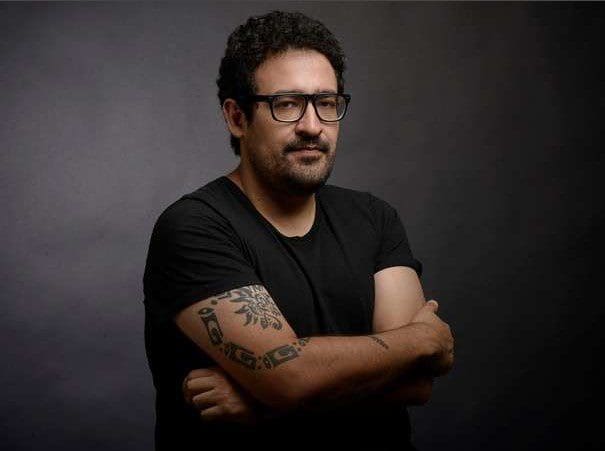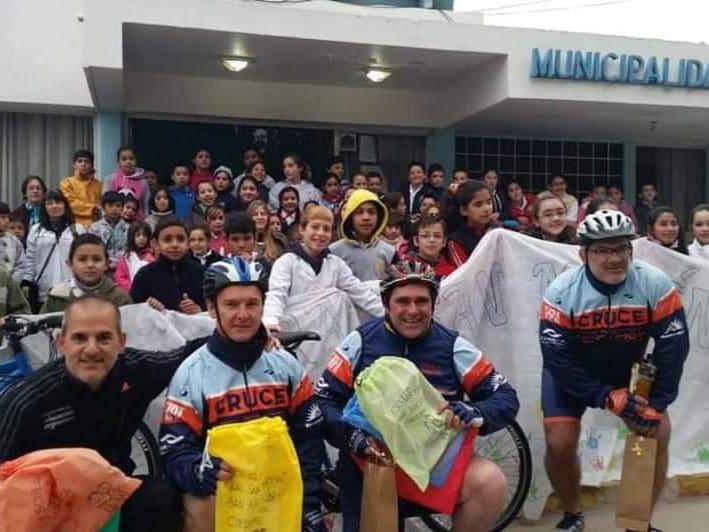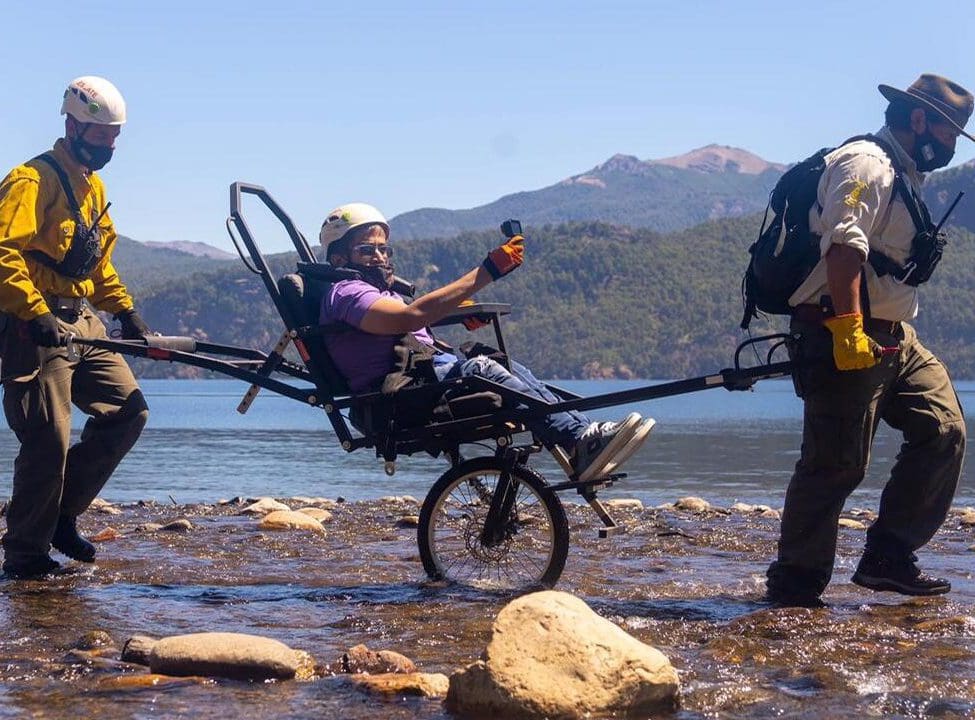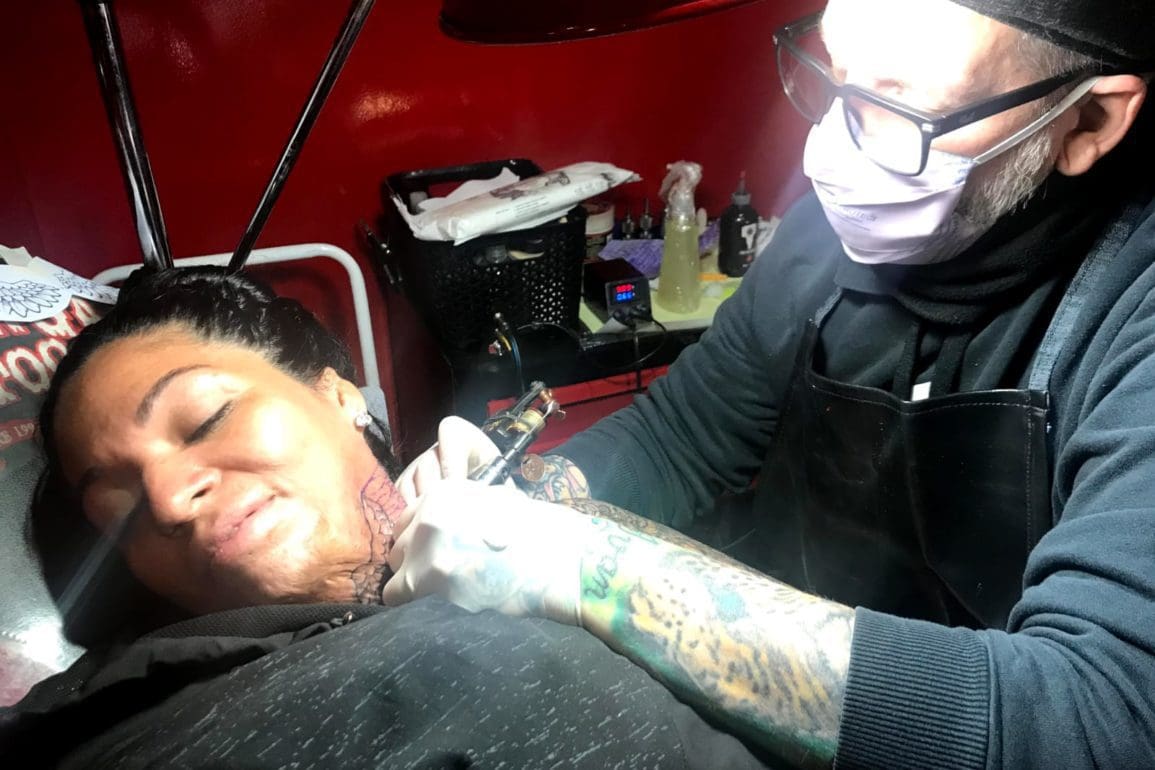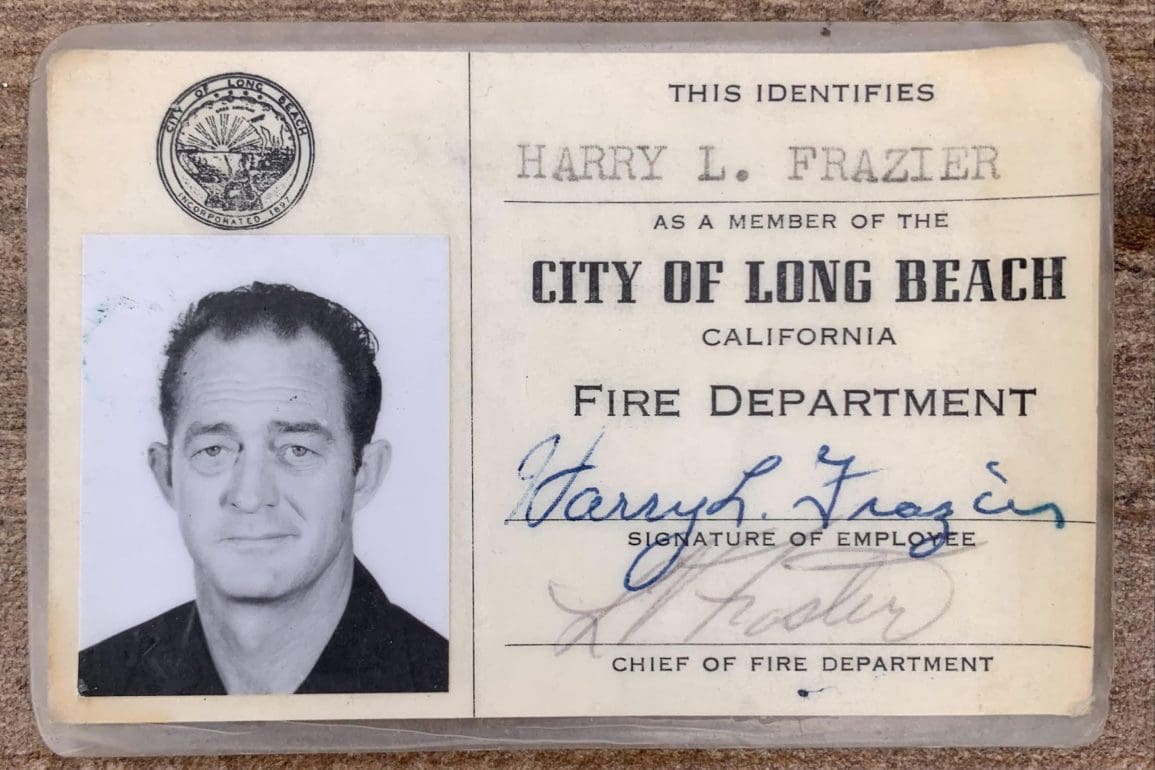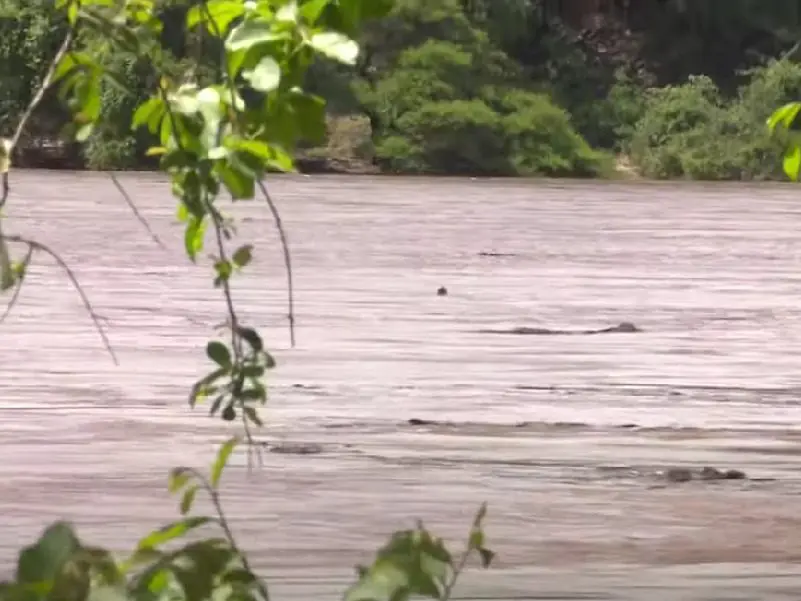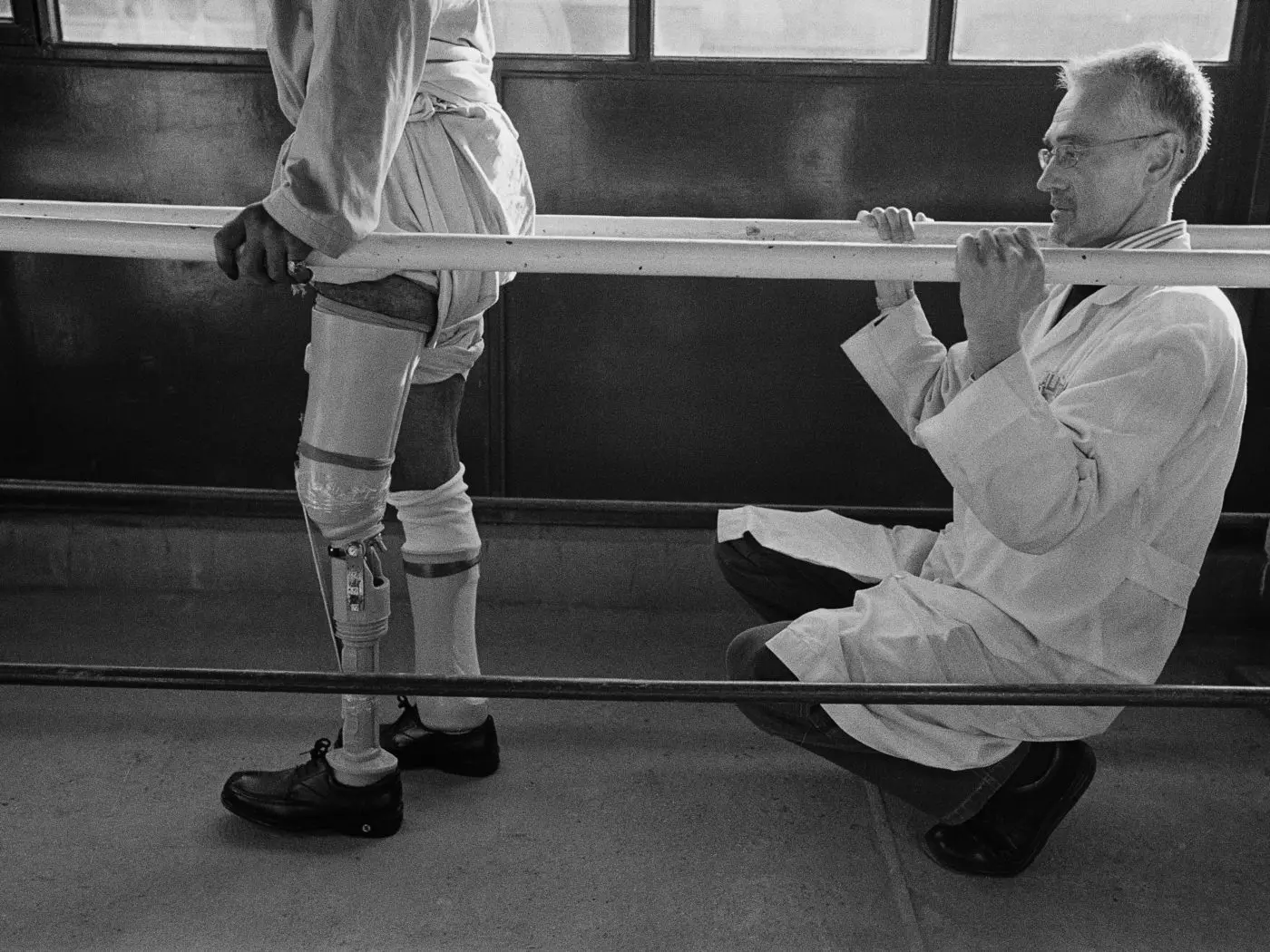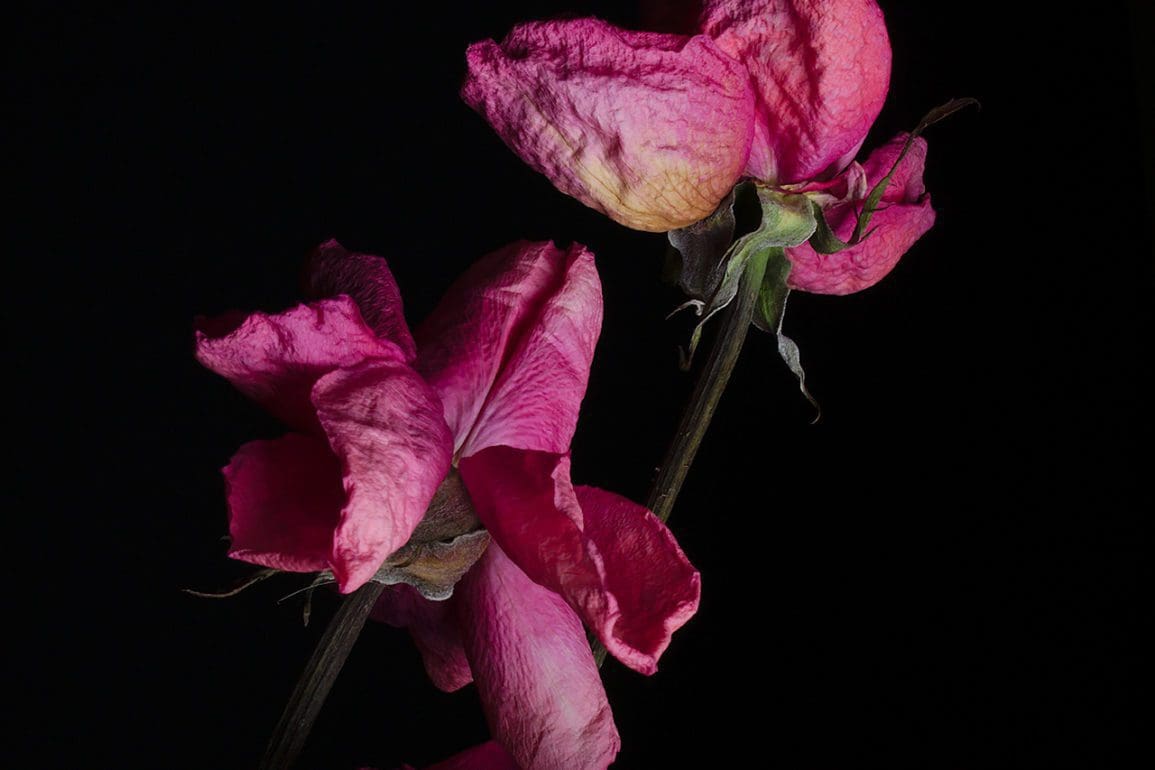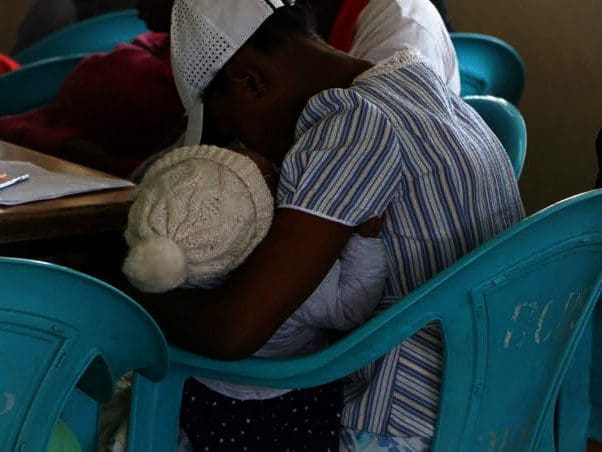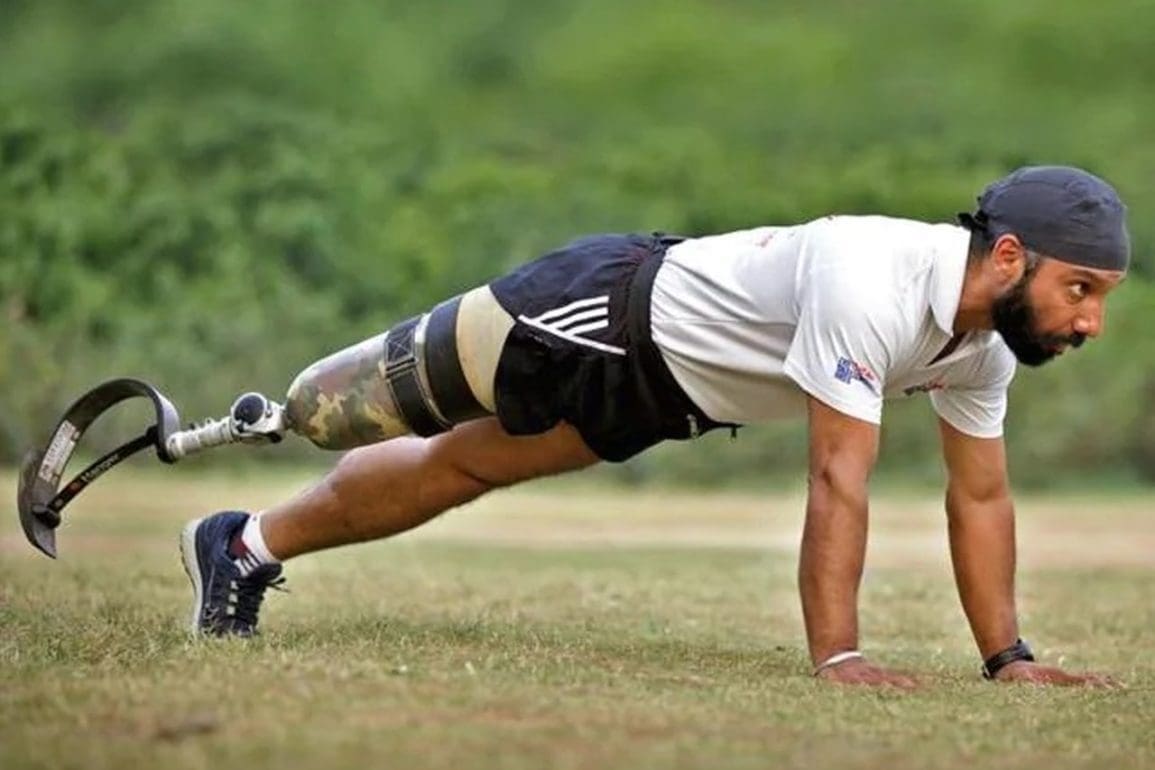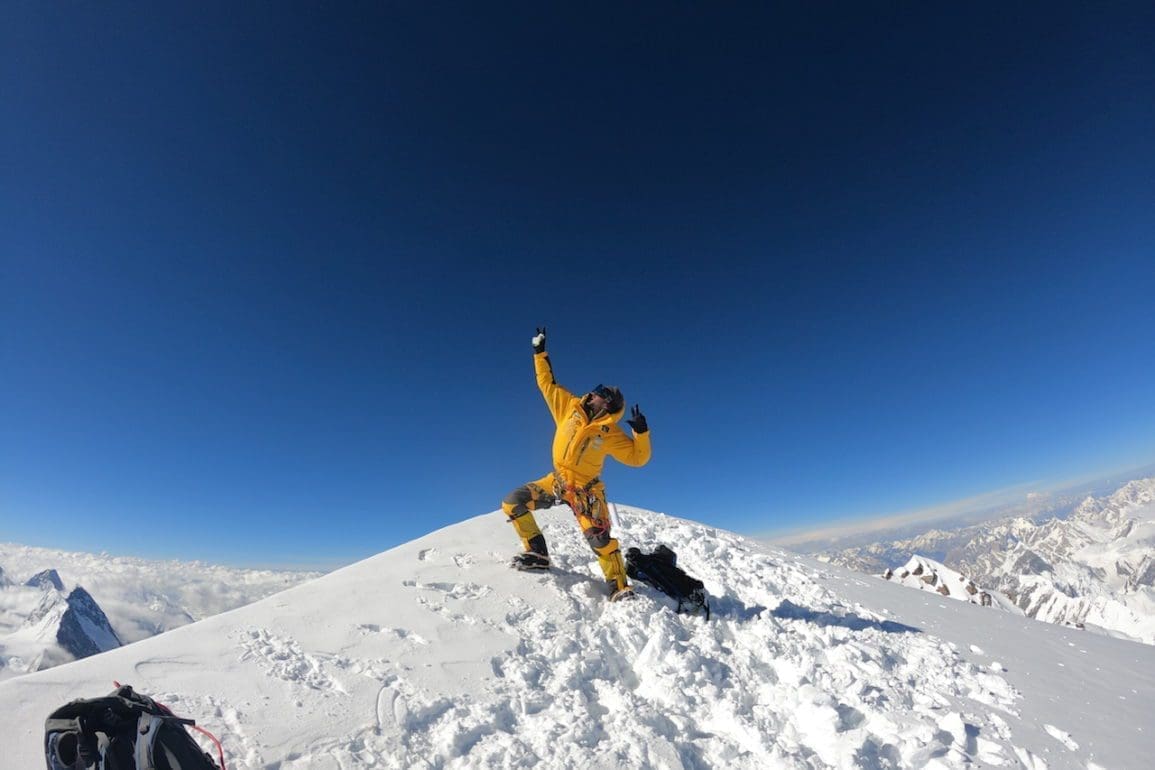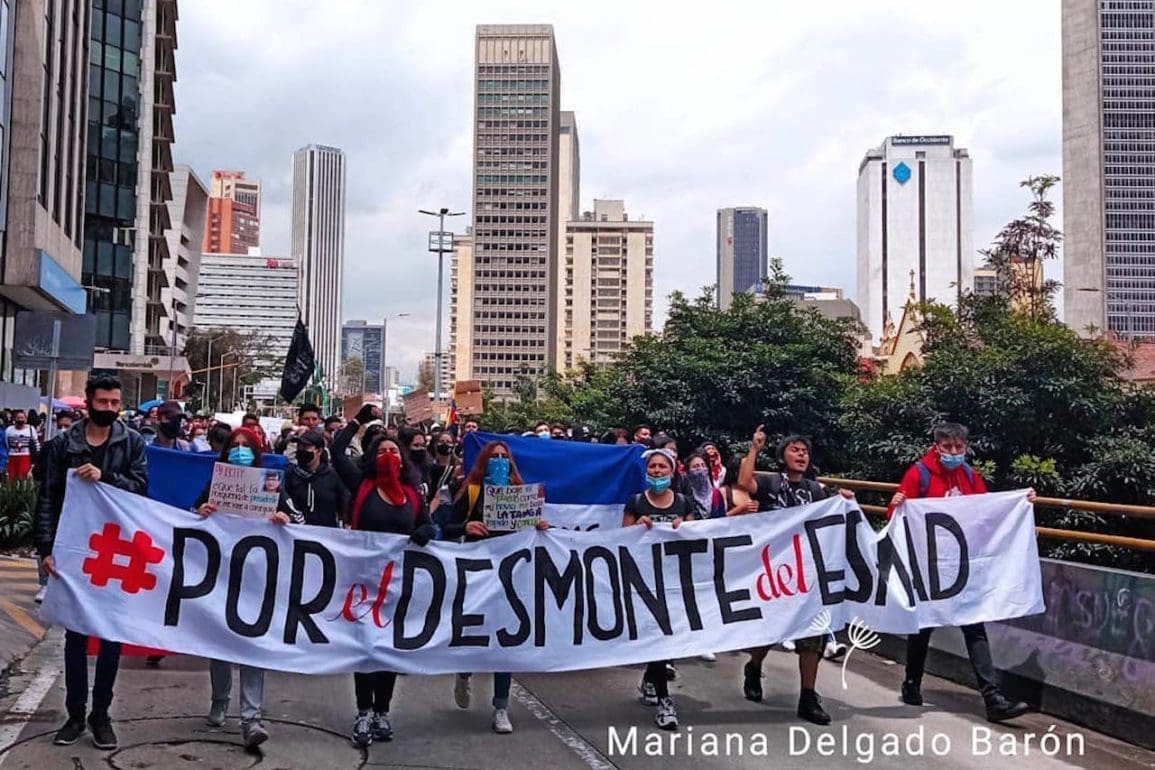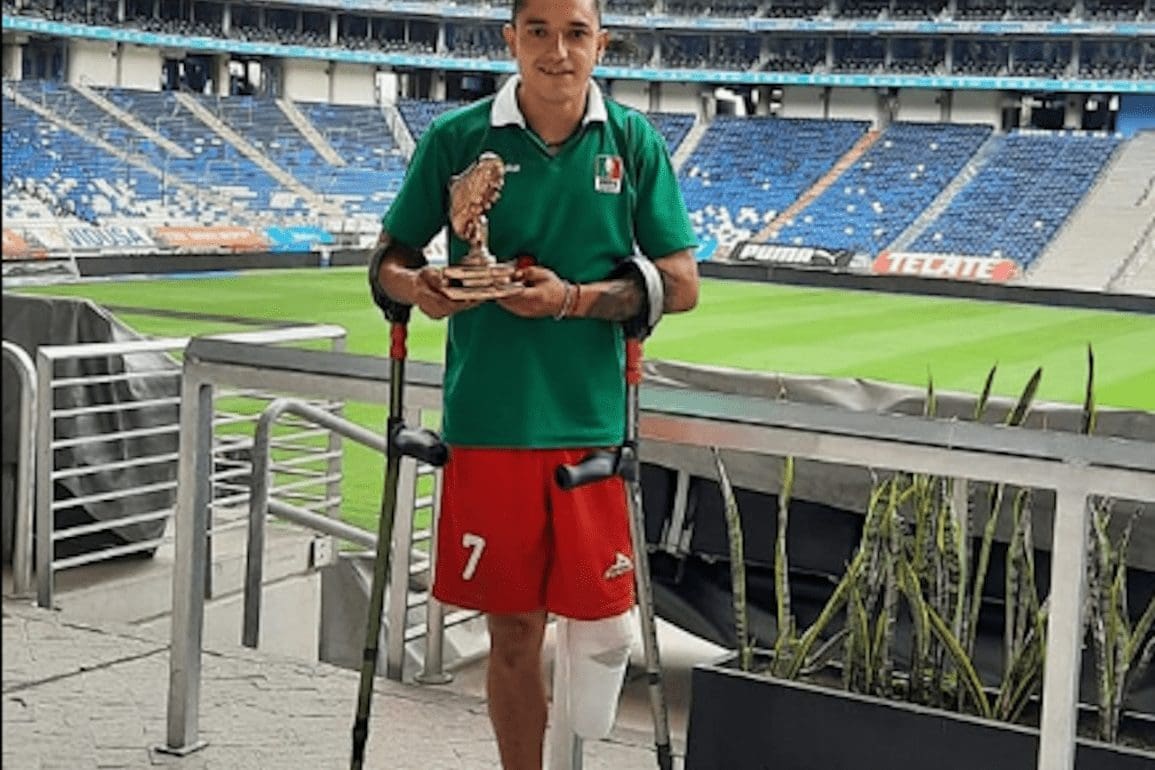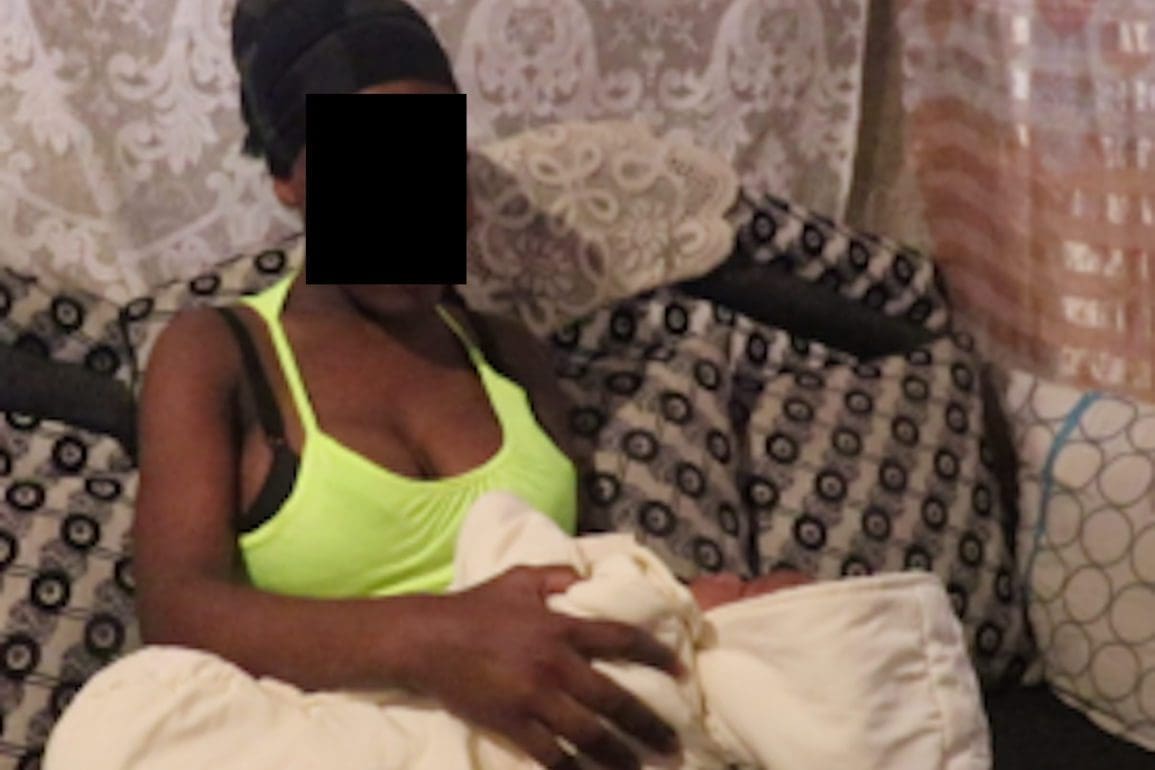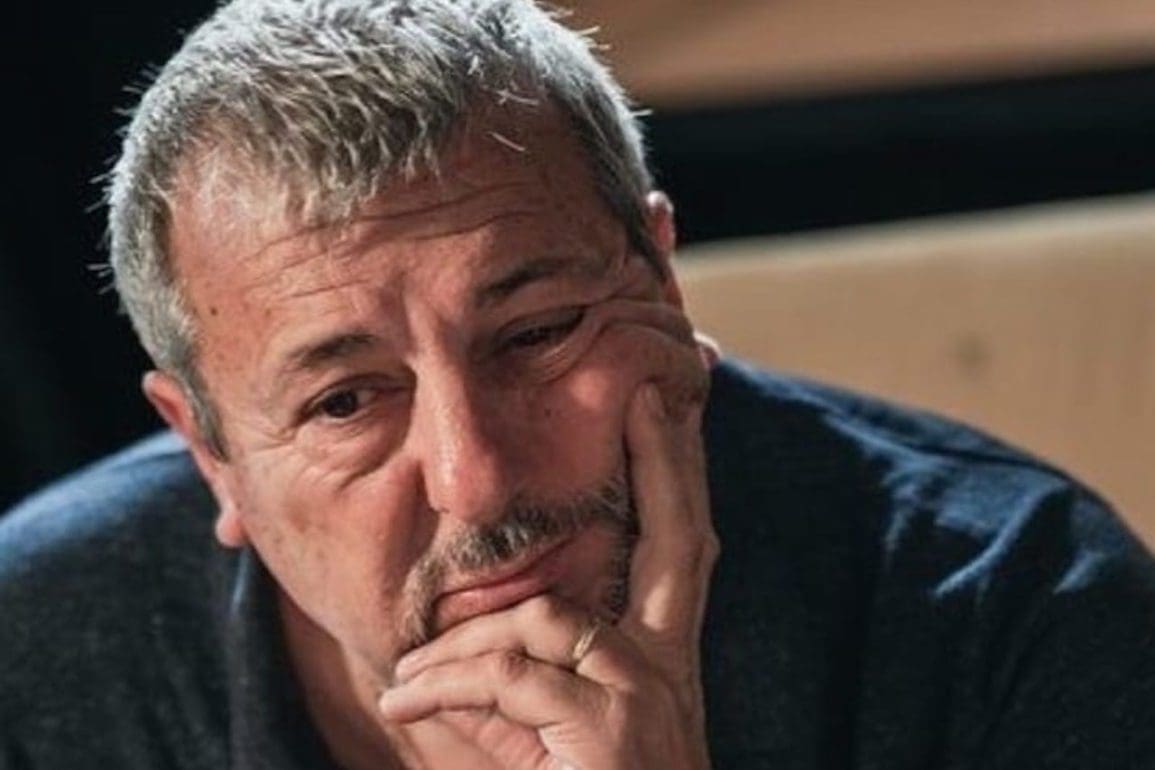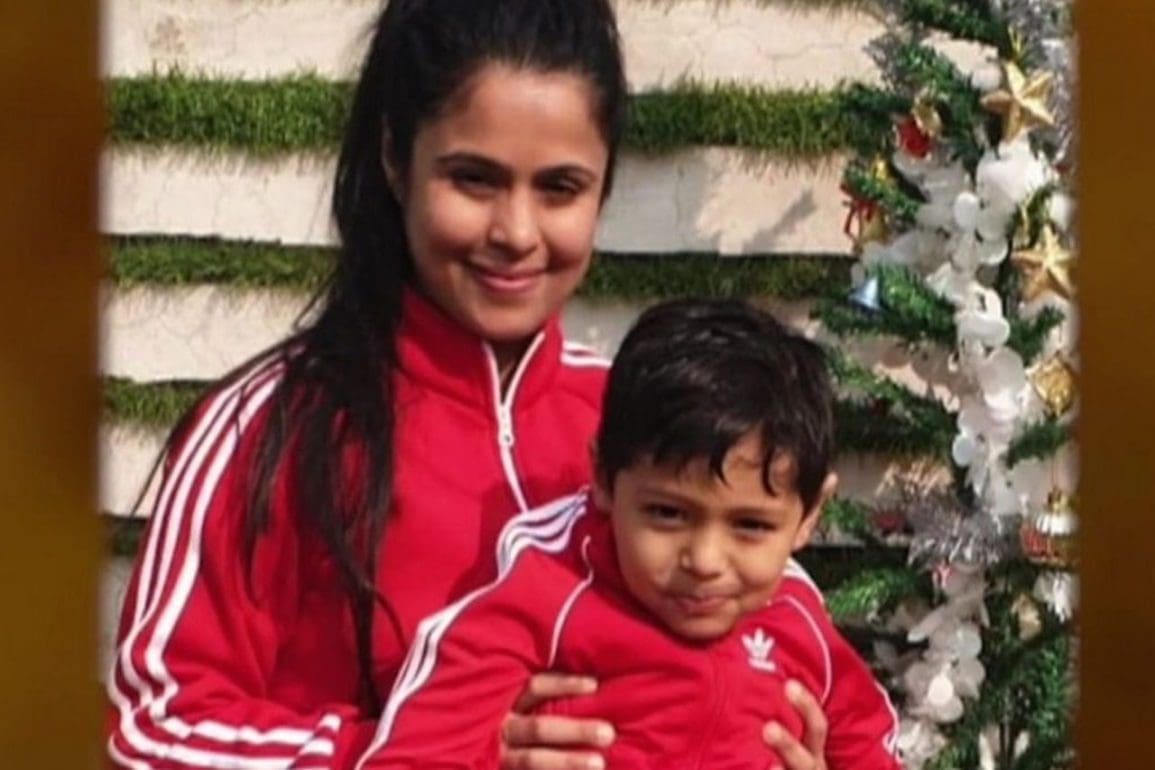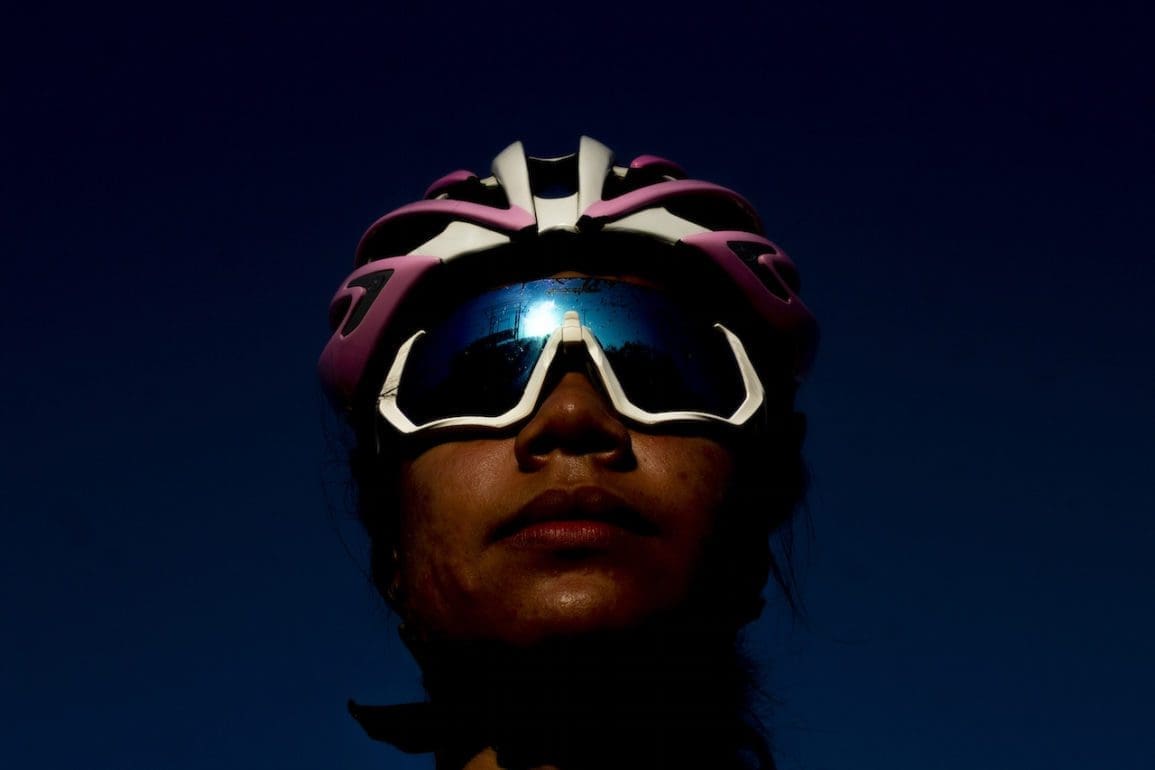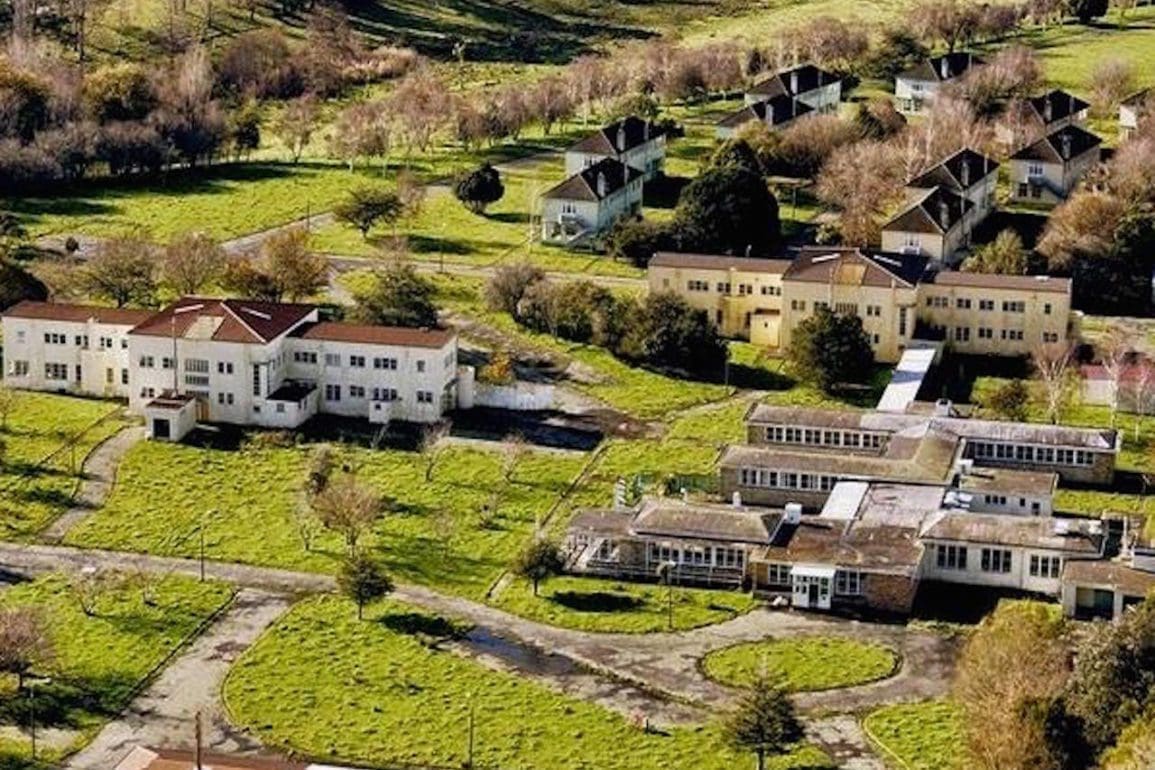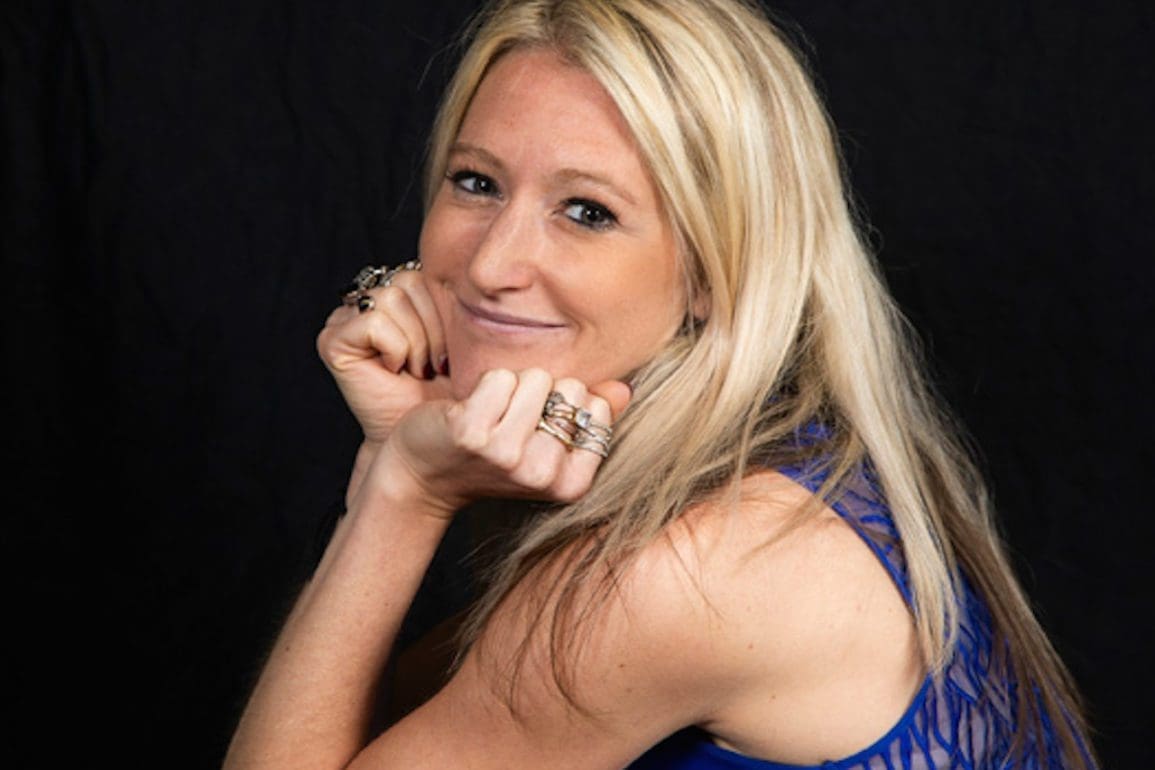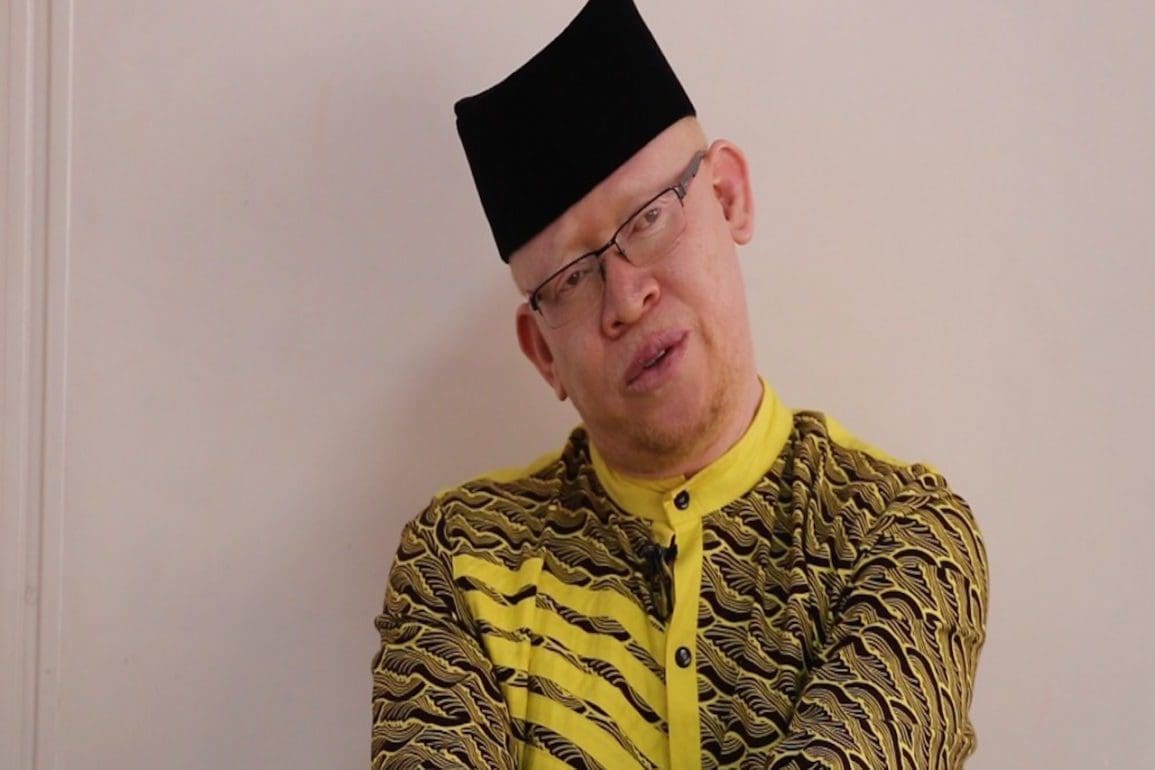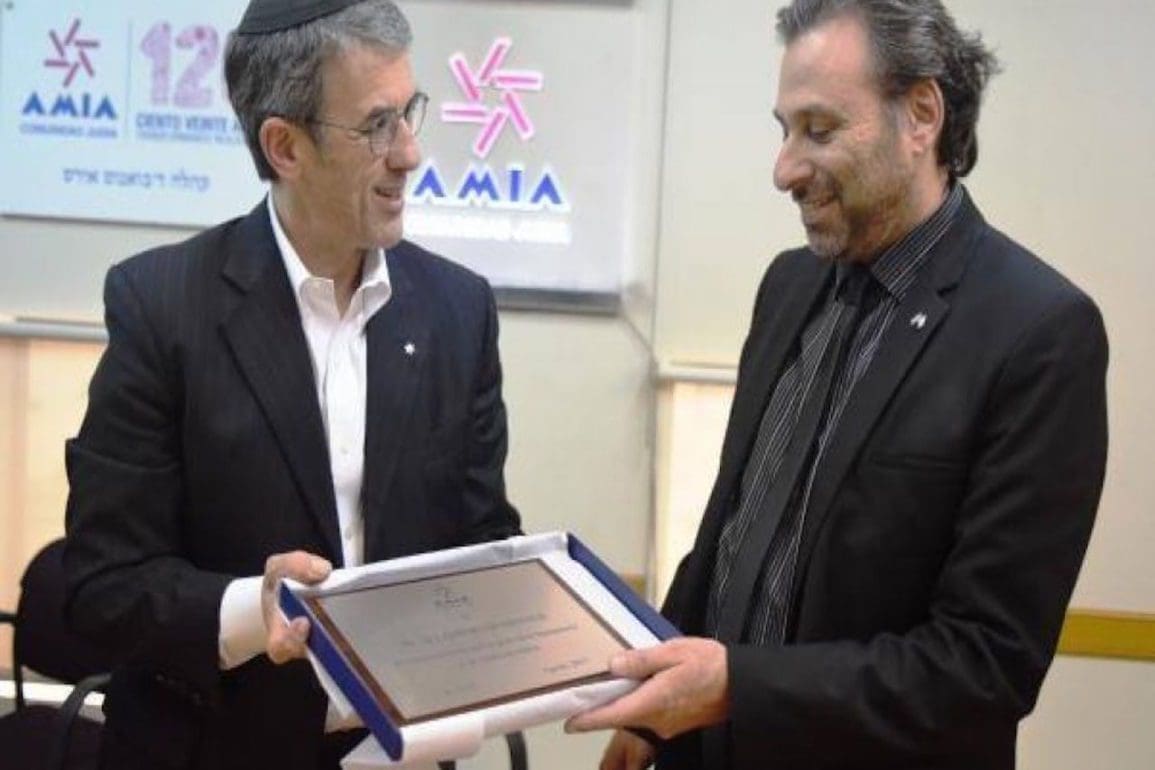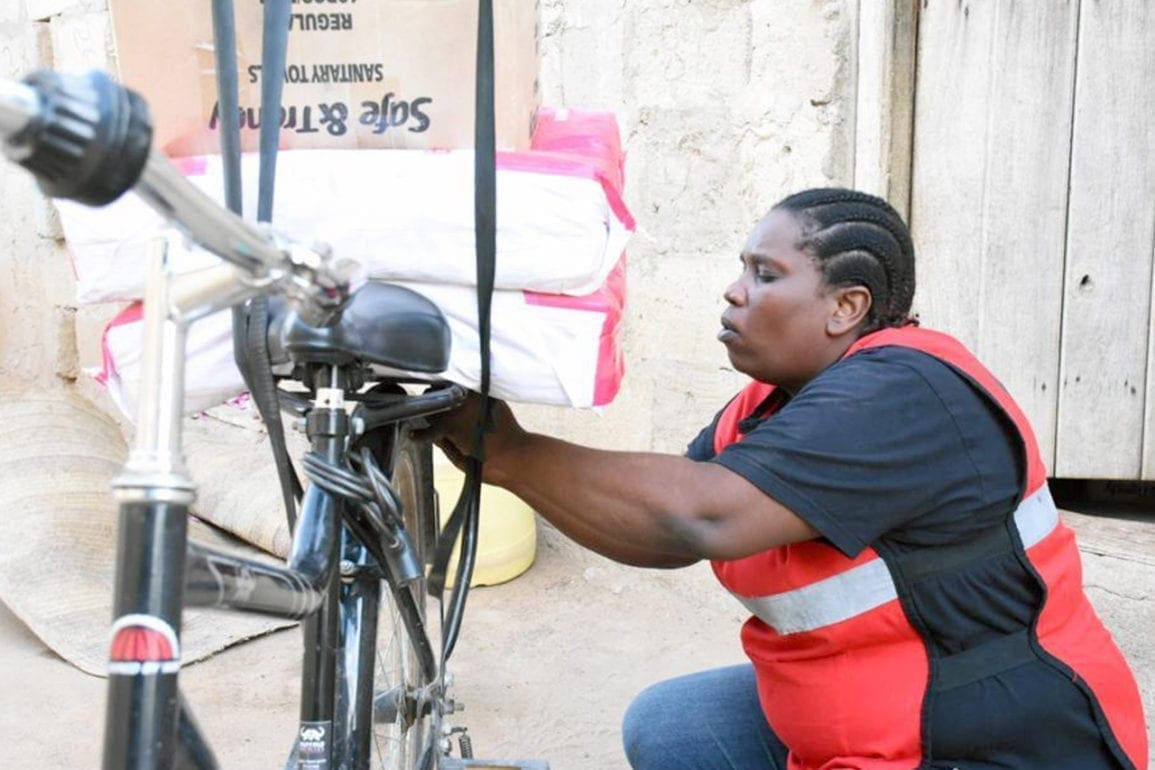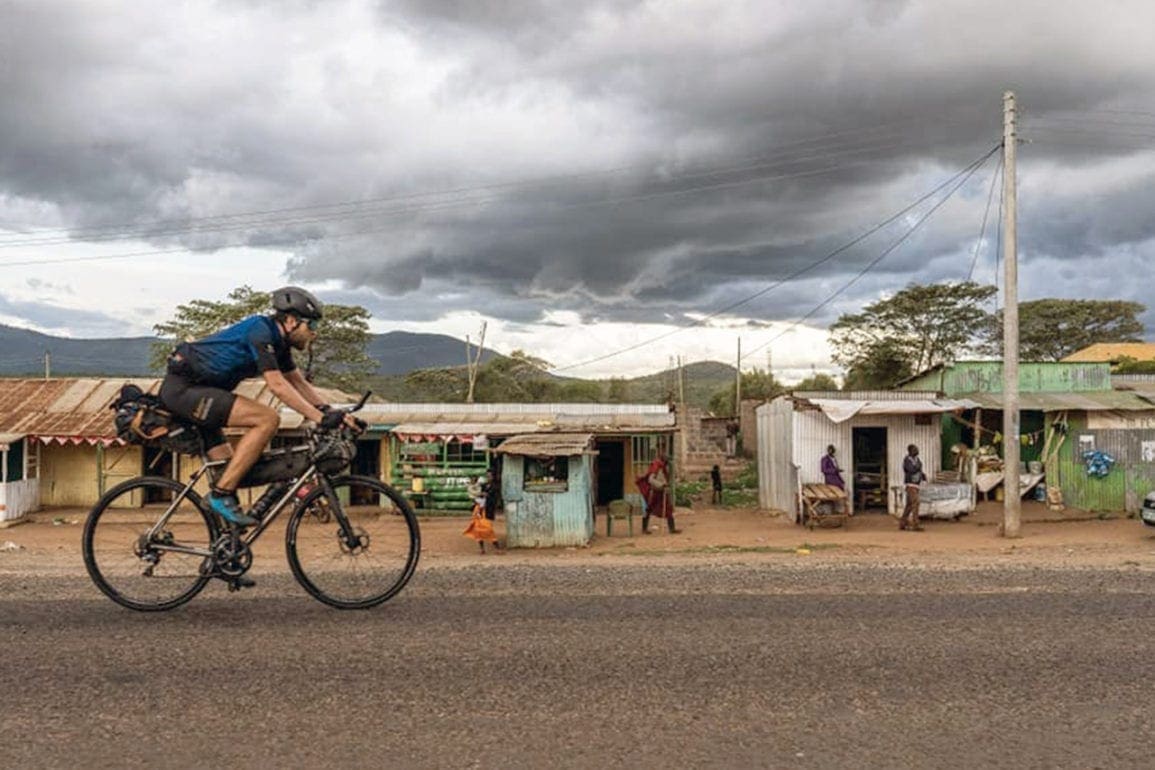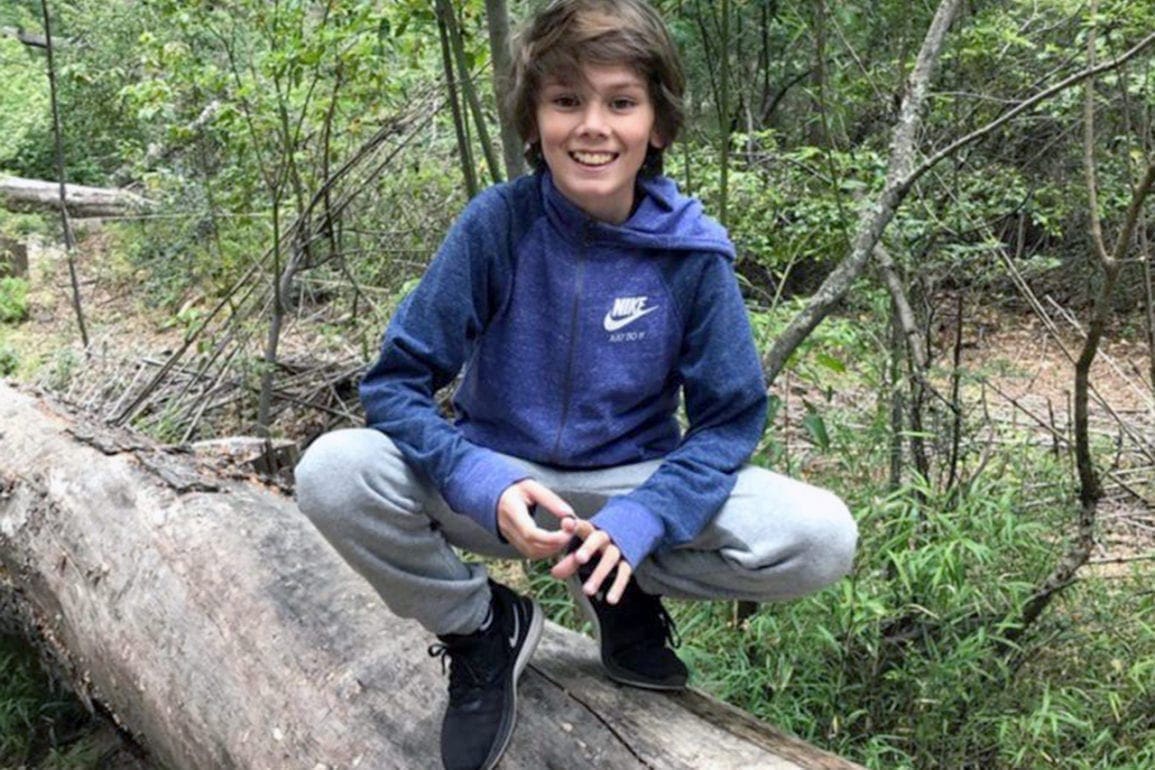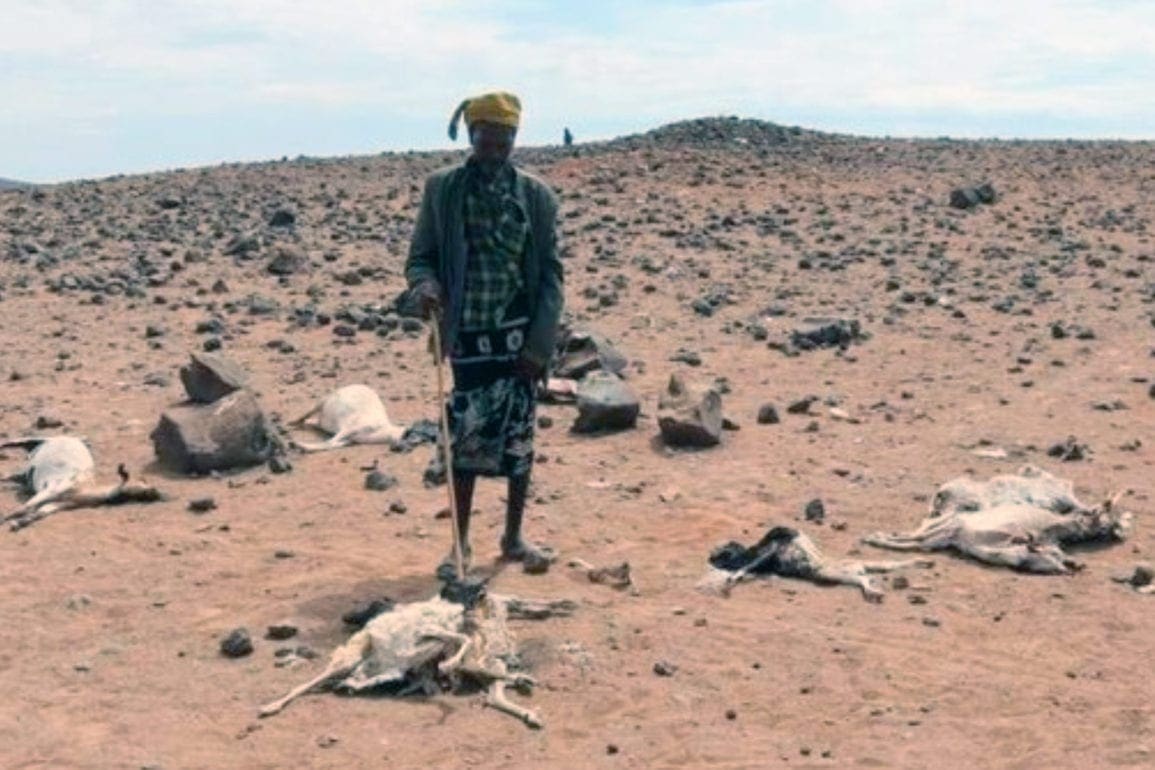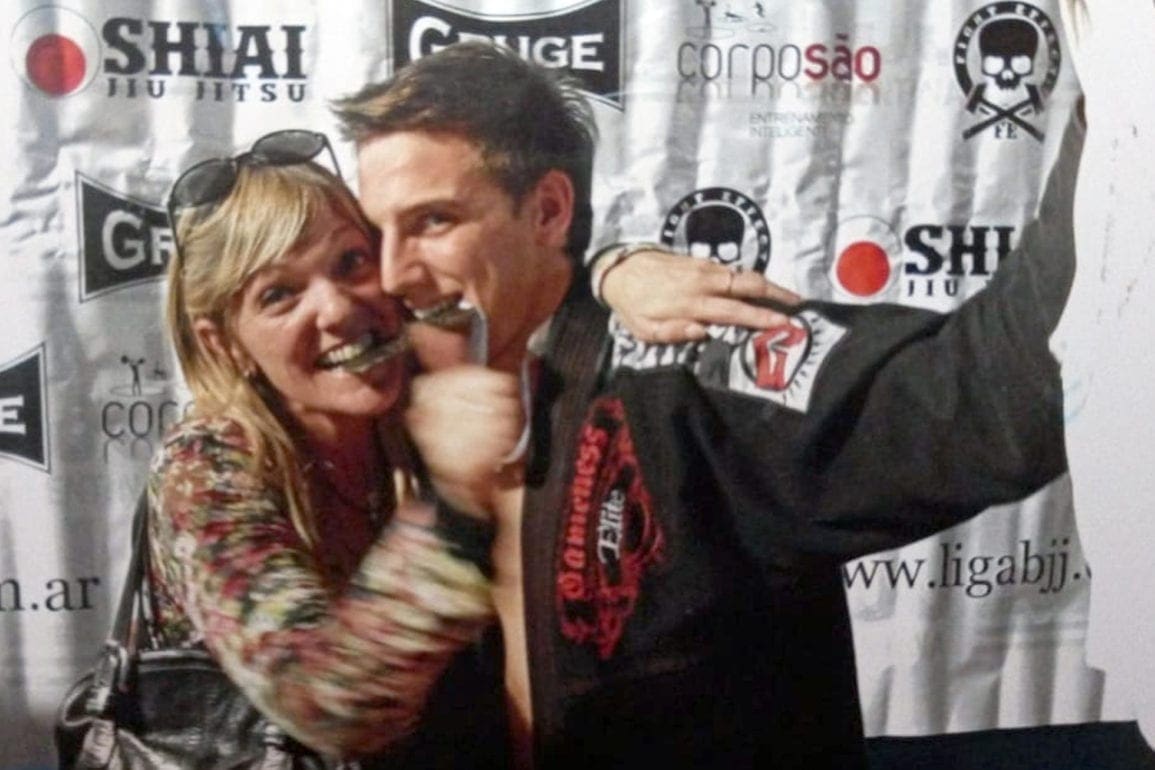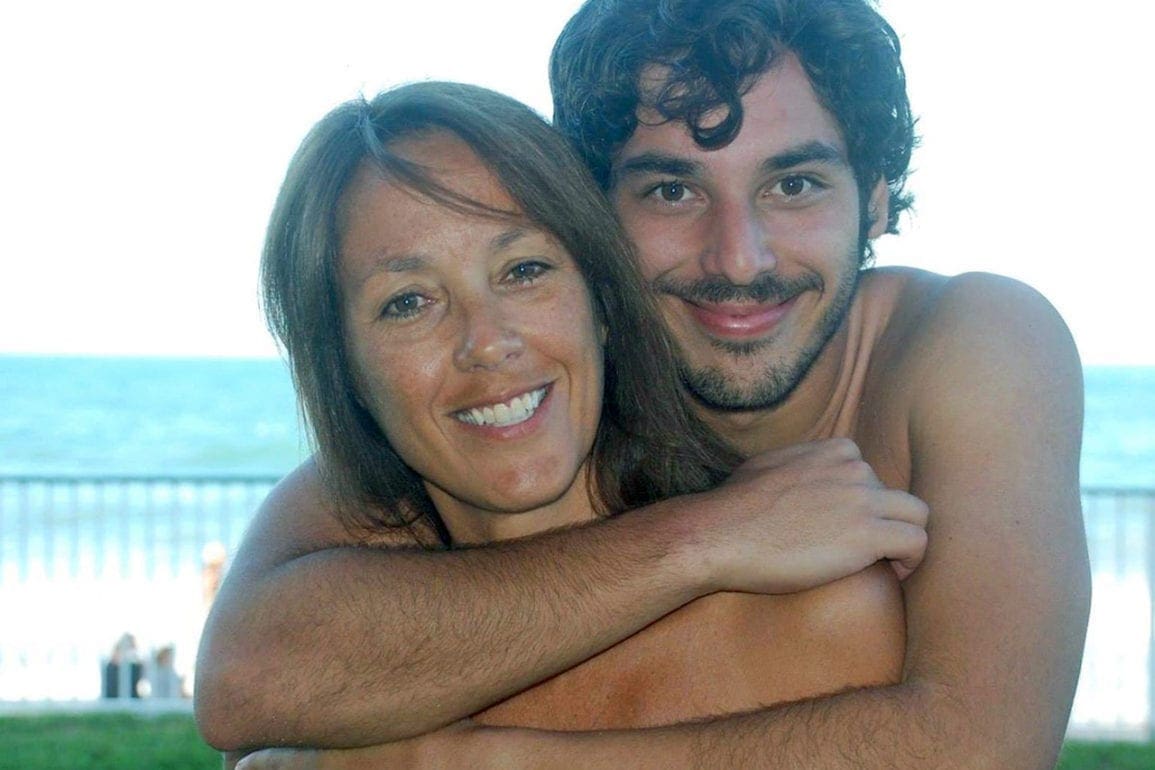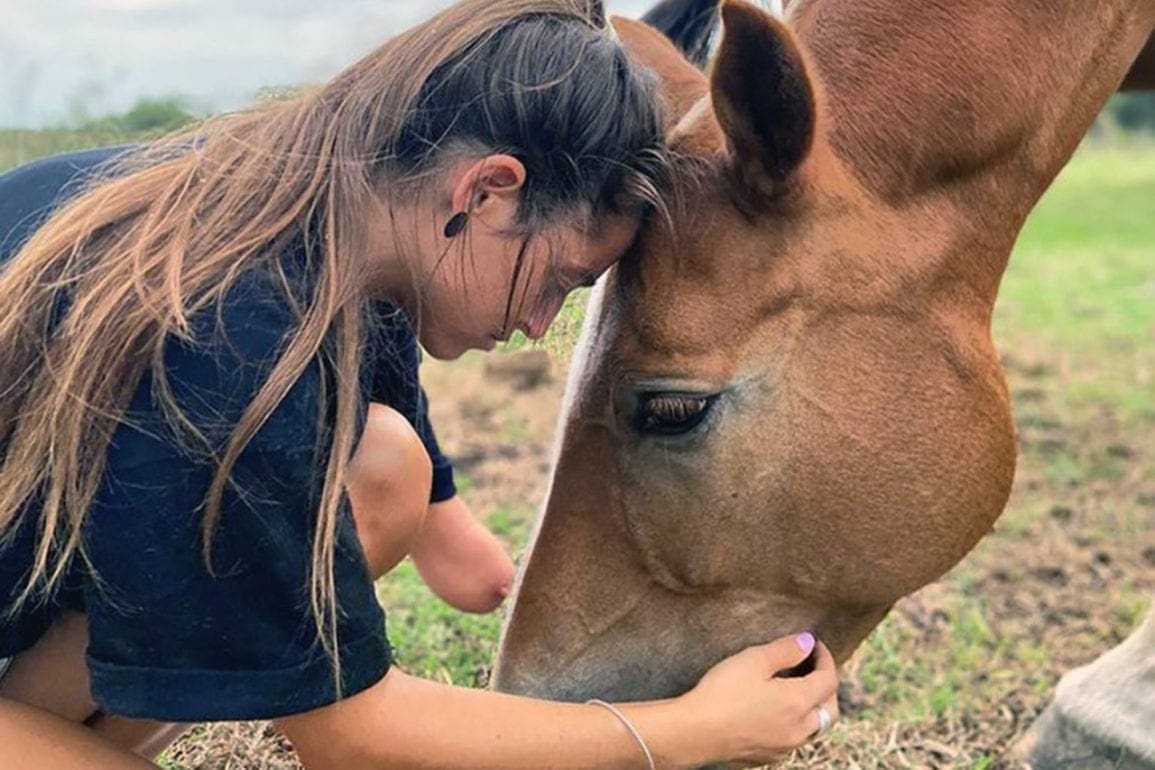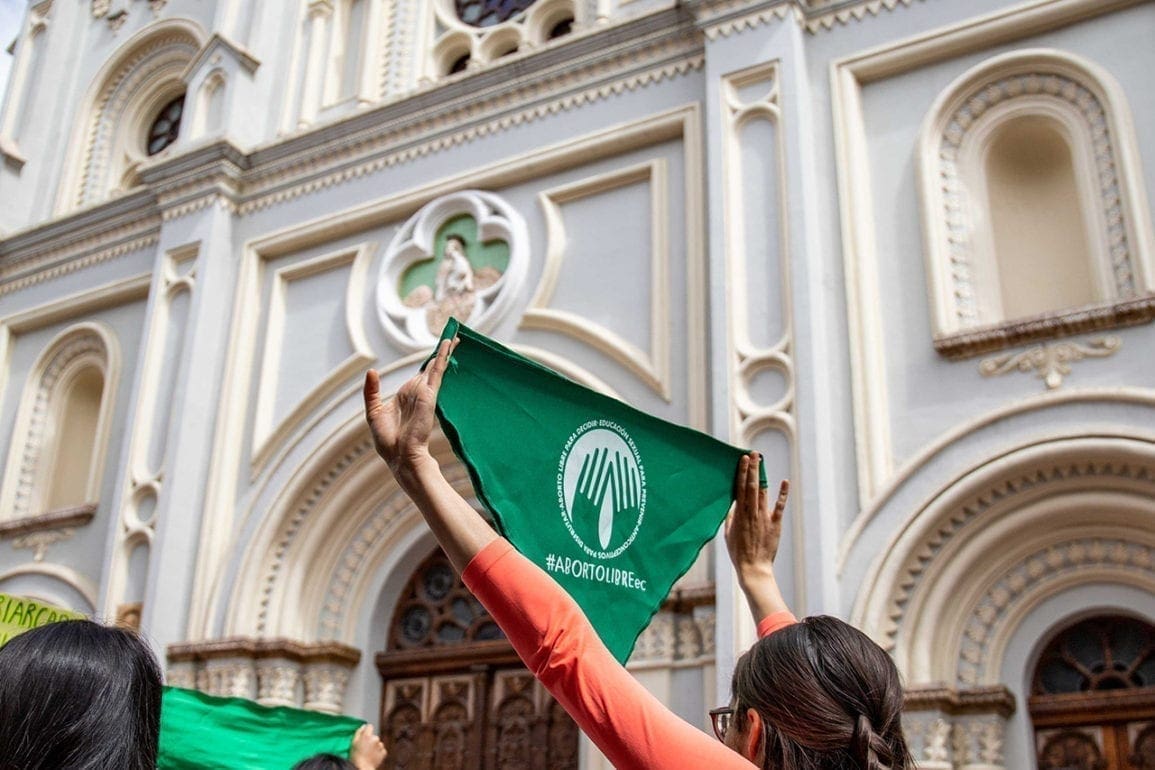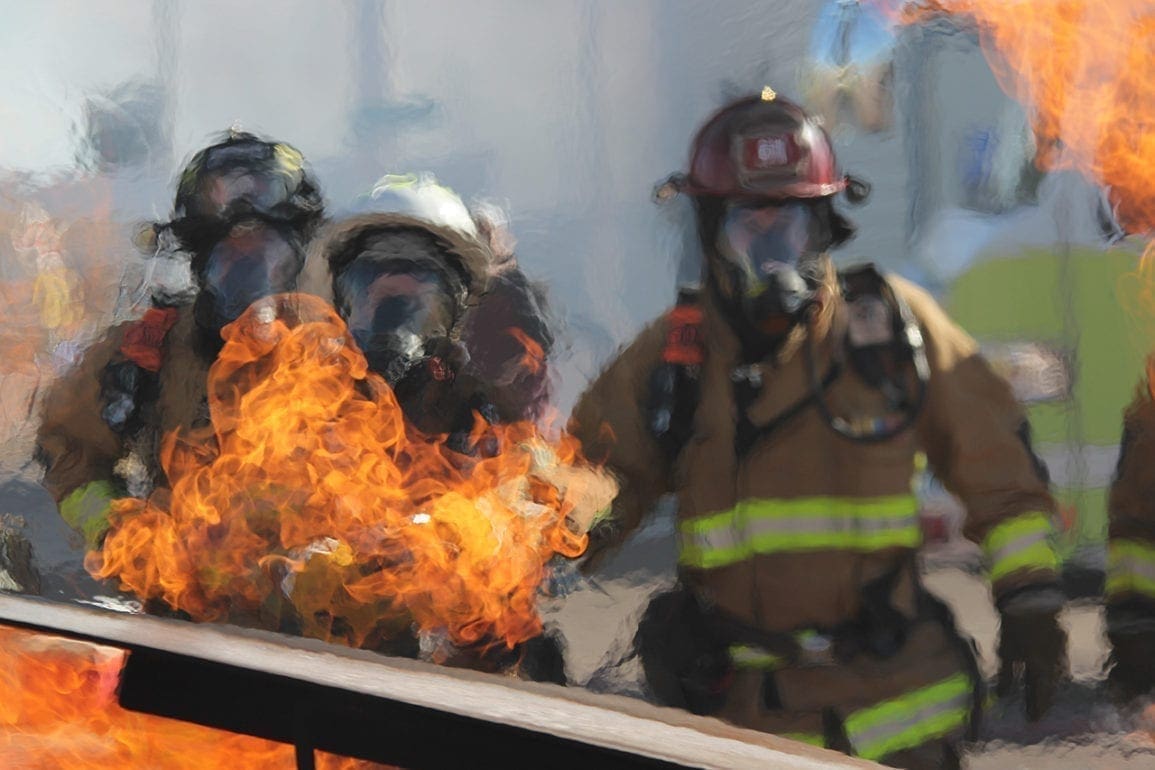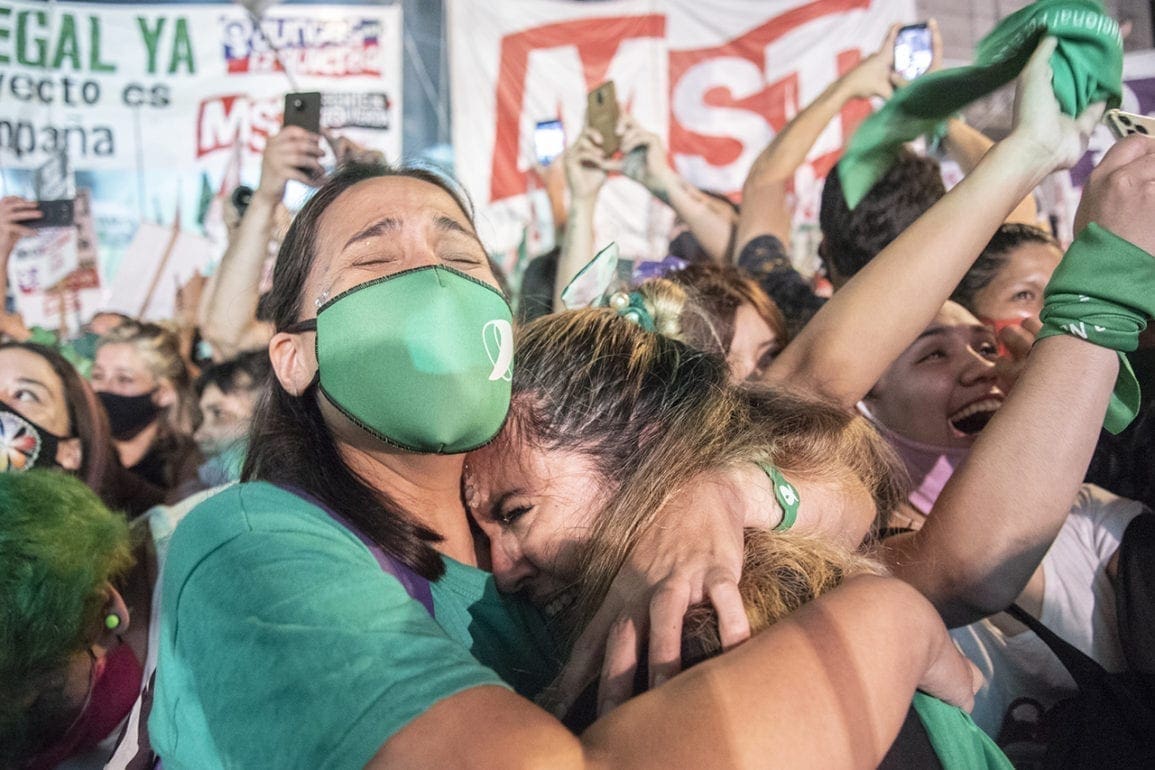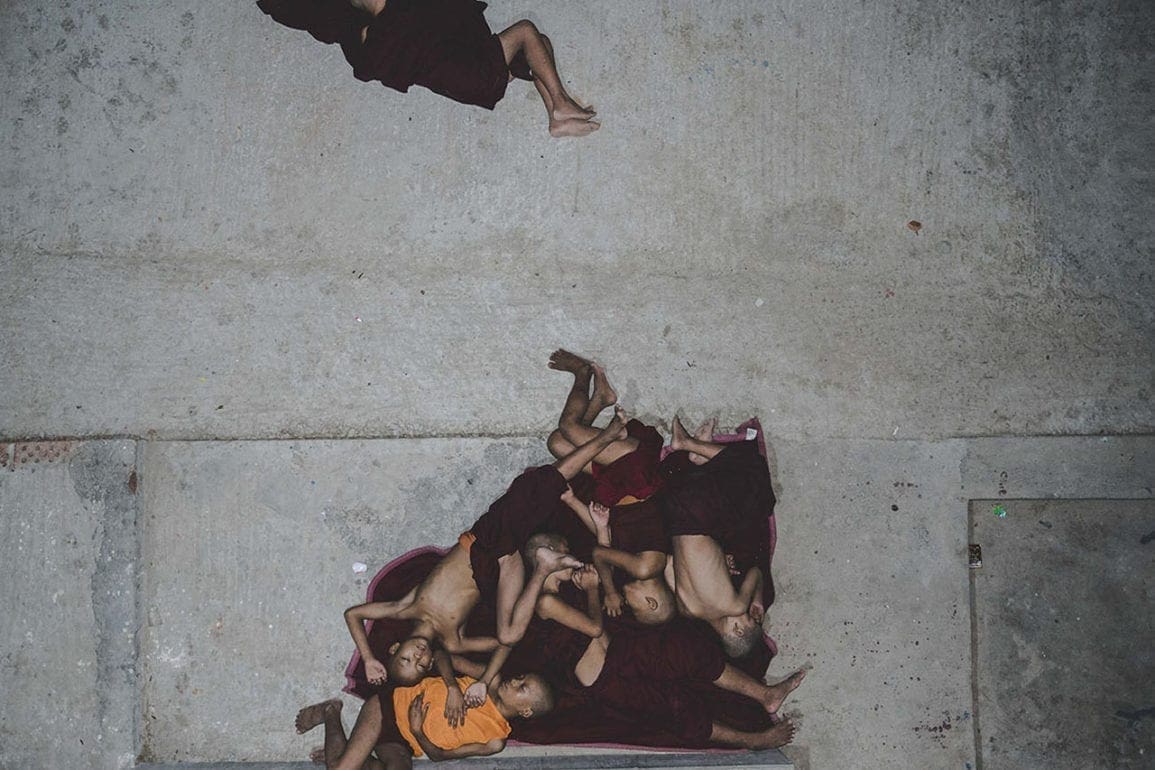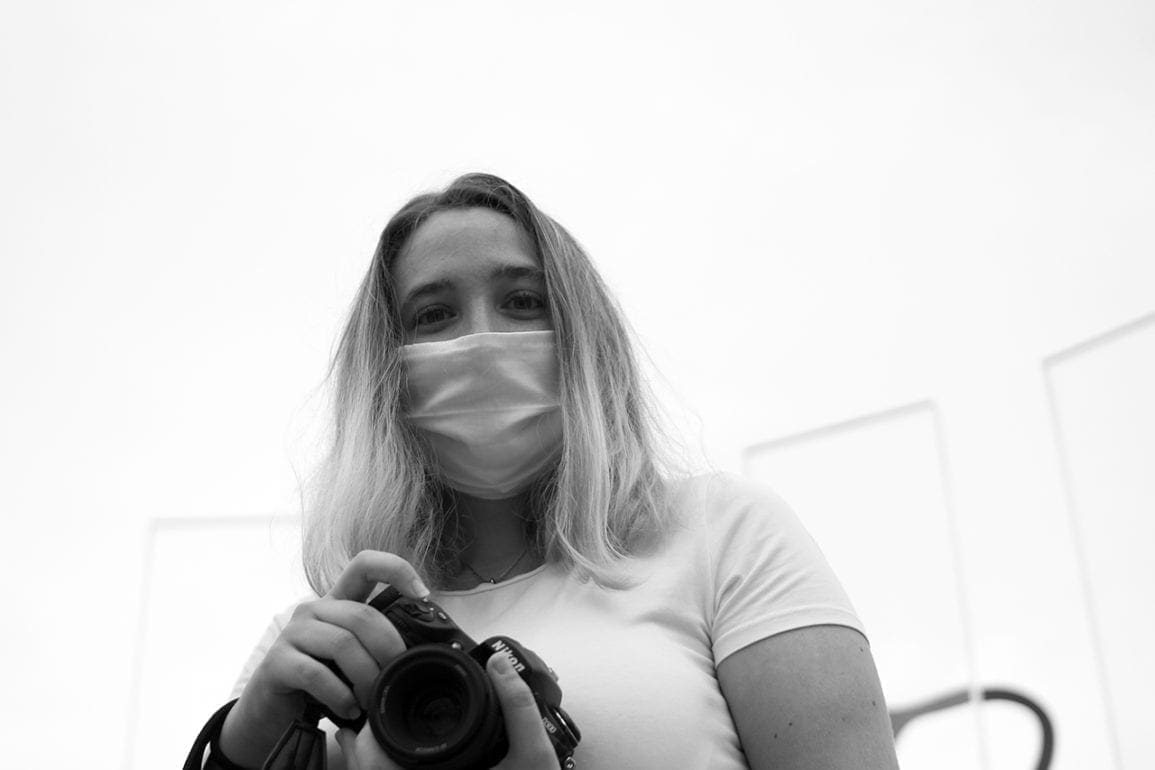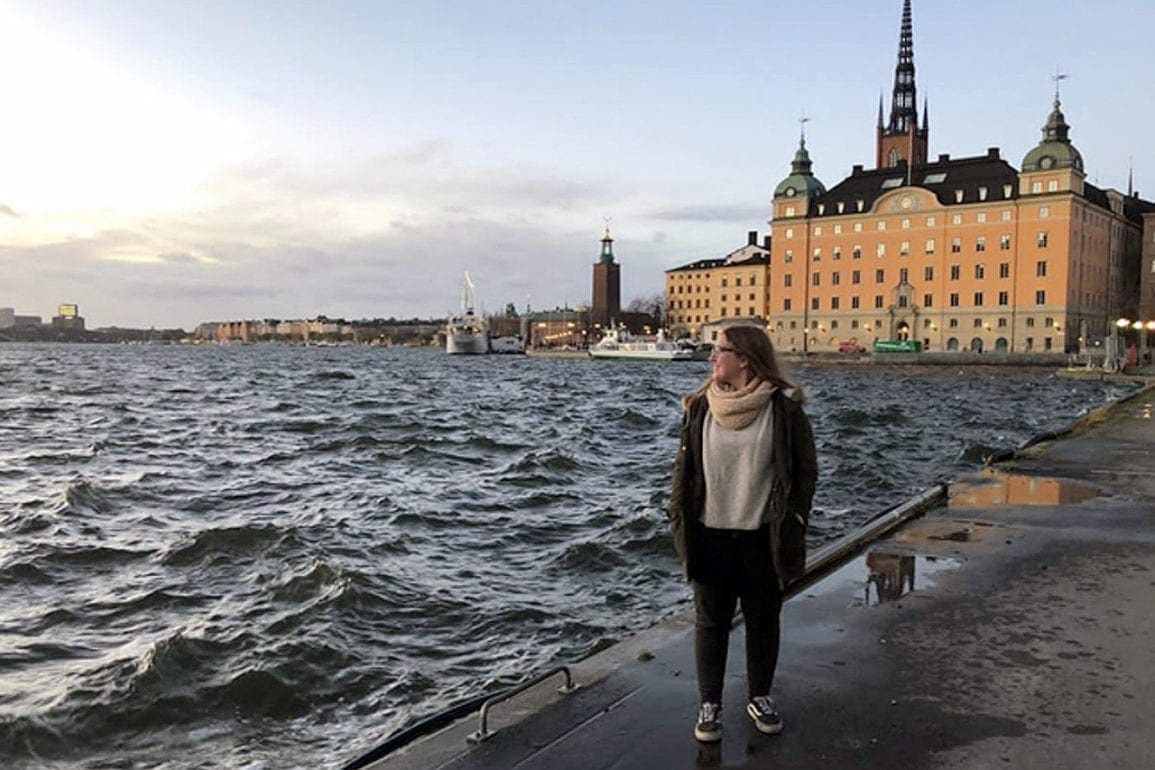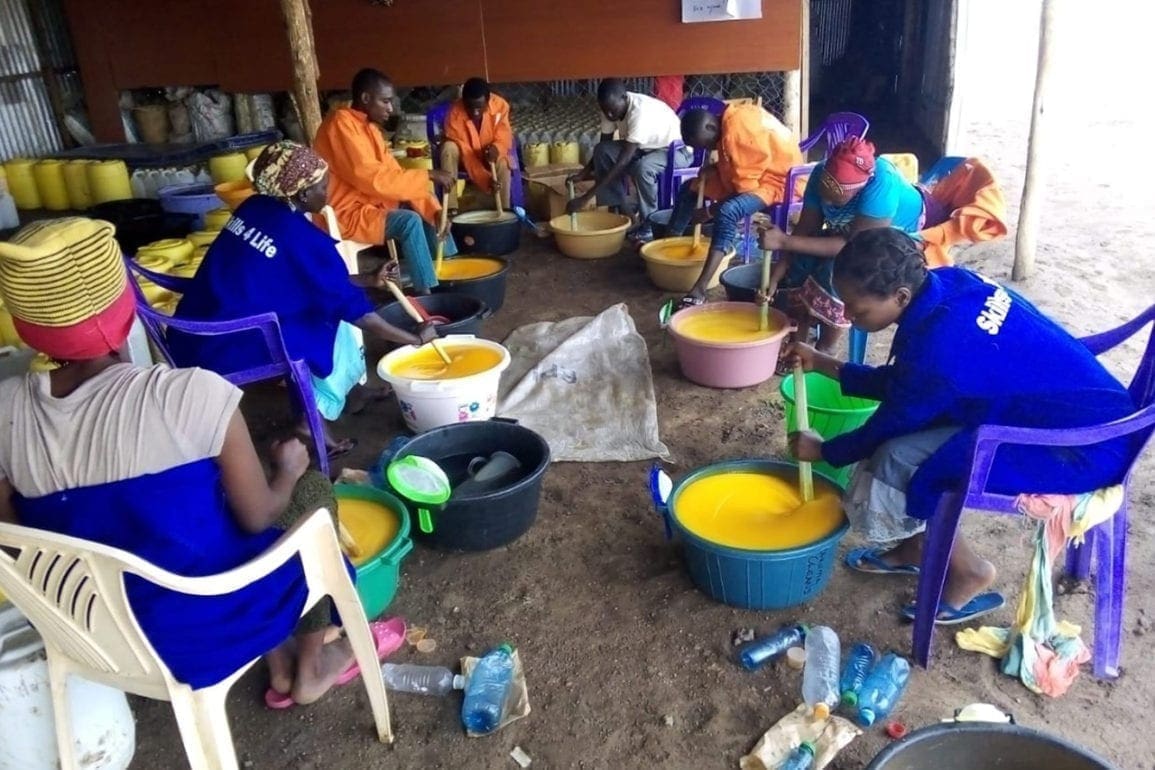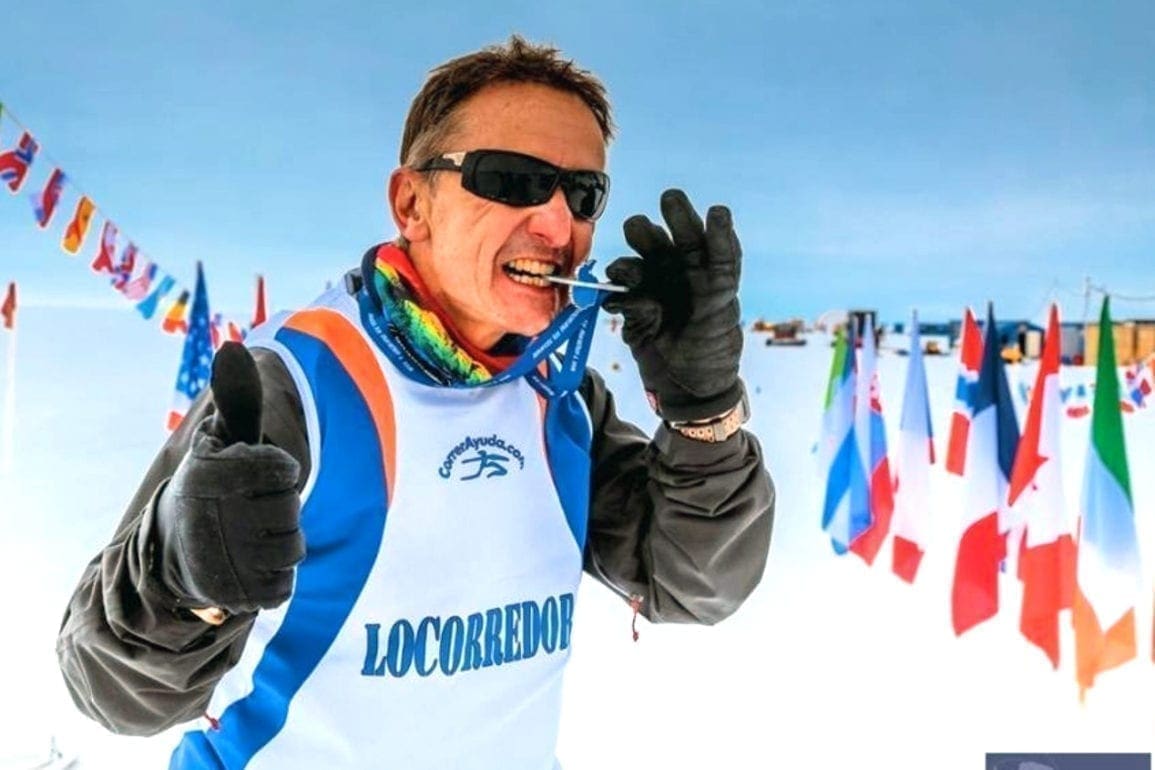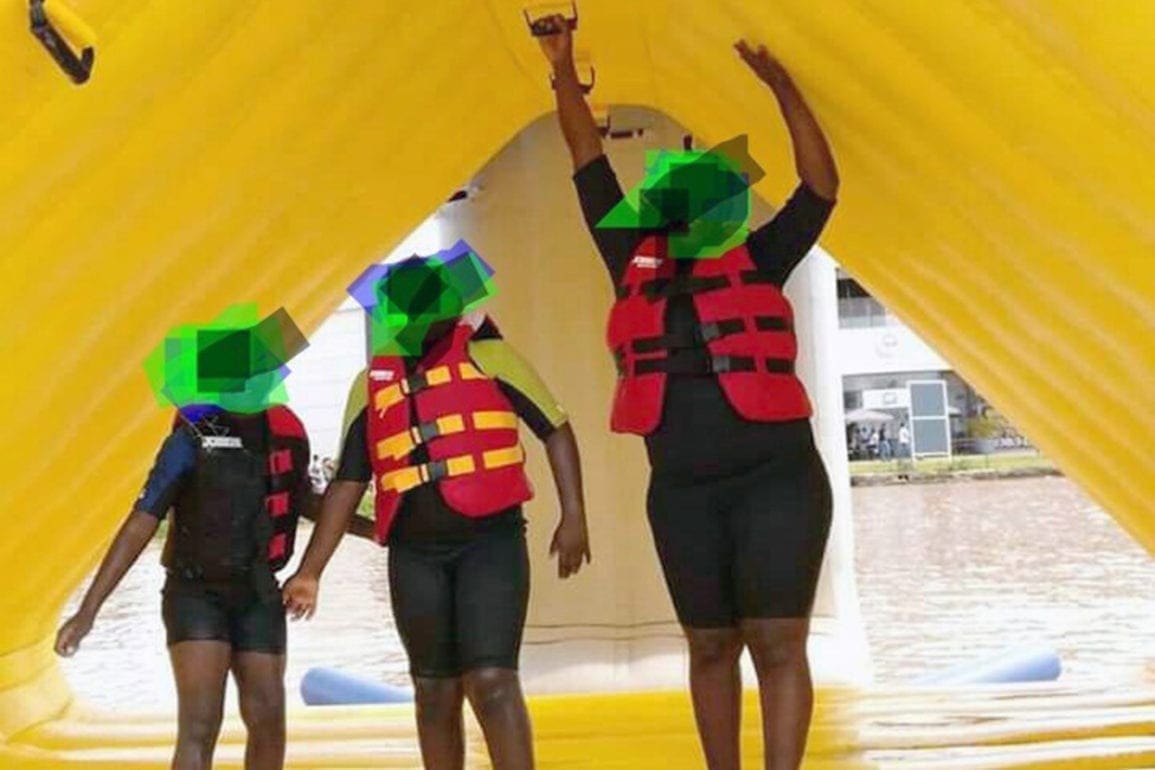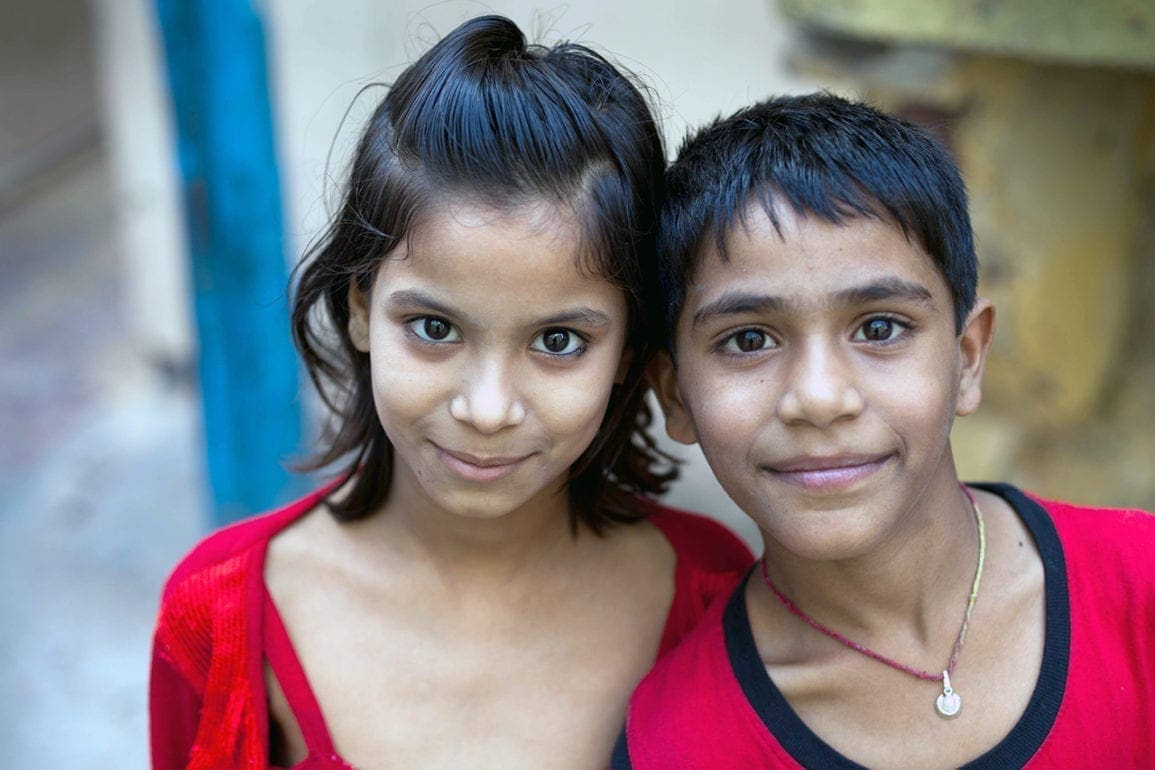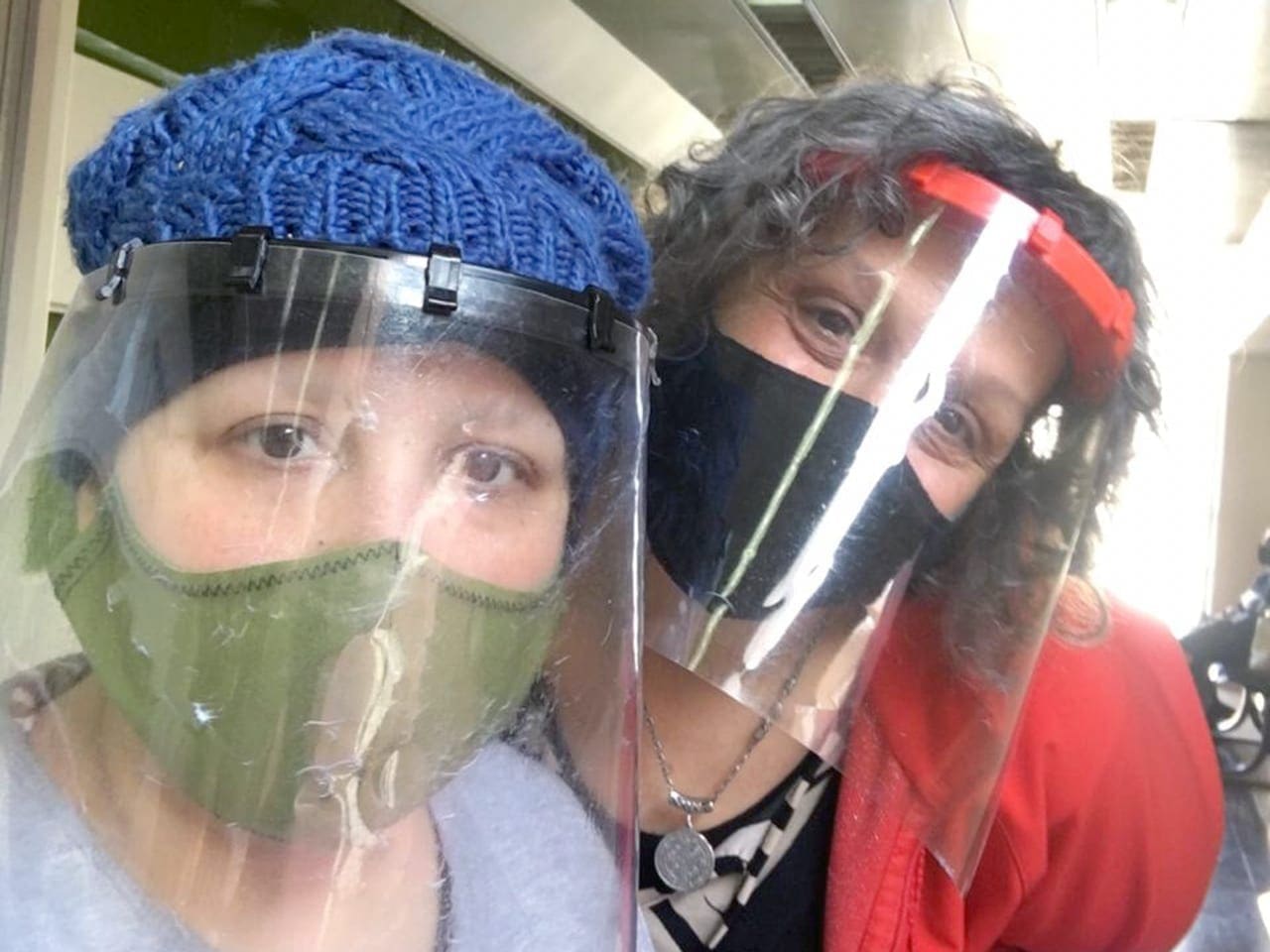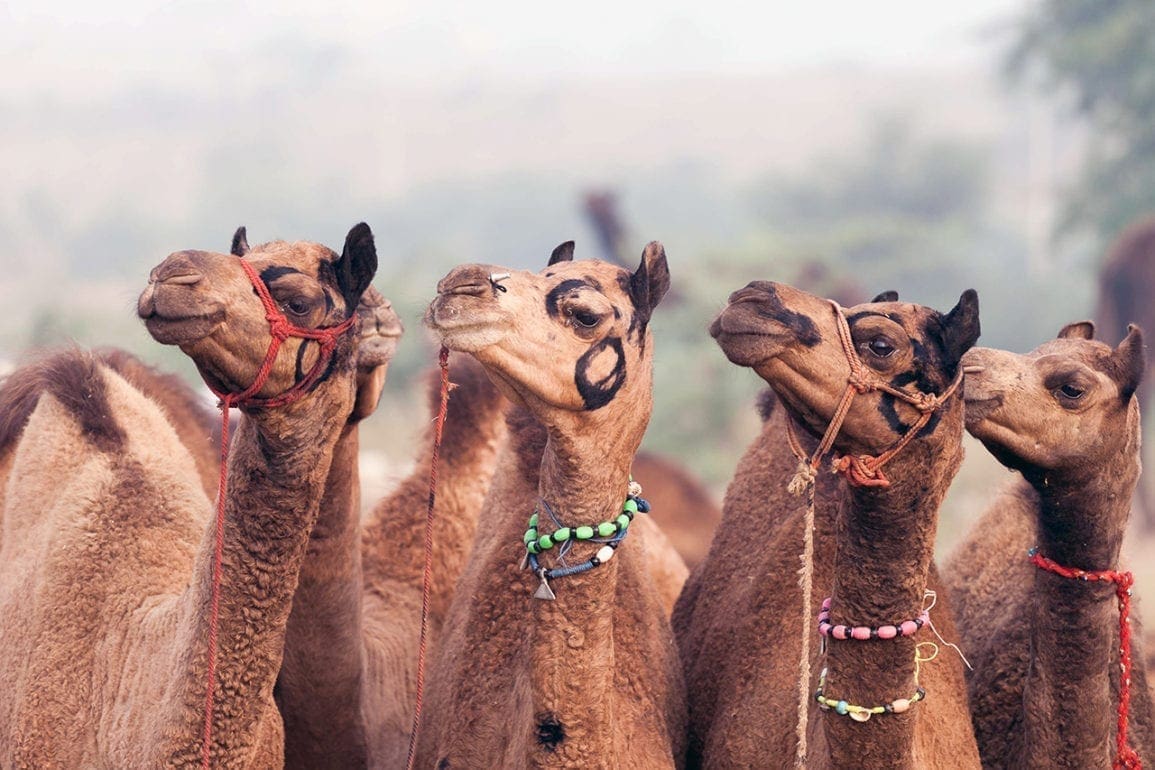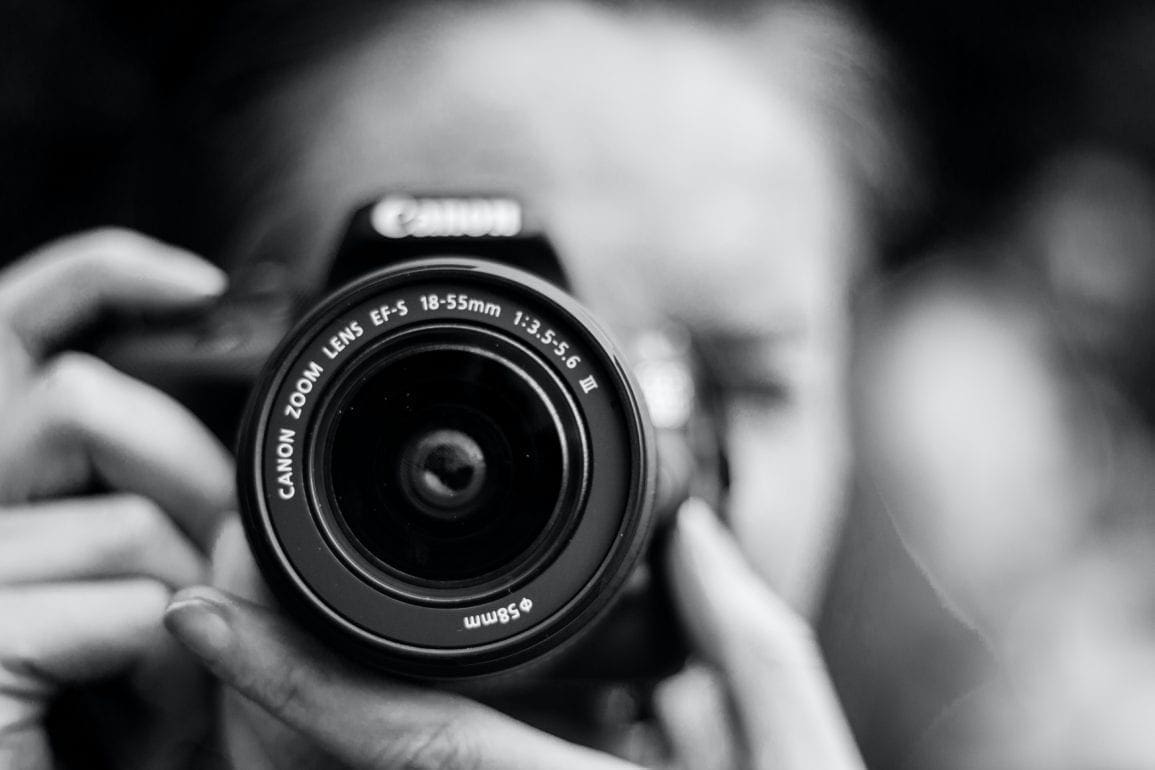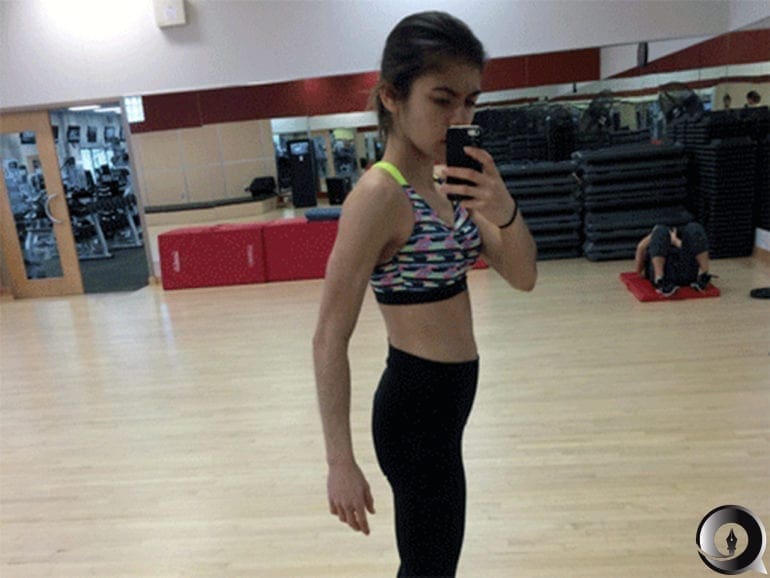Doctor details 16-hour mule ride to reach remote patients, recounts the beauty of ancestral life in the modern era
Suddenly, we found ourselves engulfed in a dense fog with zero visibility. As we descended toward the beach, a white curtain enveloped us, making it impossible to see one meter ahead. The cold bit at our skin amidst the drizzling rain. Soon, fear crept in.
- 3 years ago
June 1, 2023
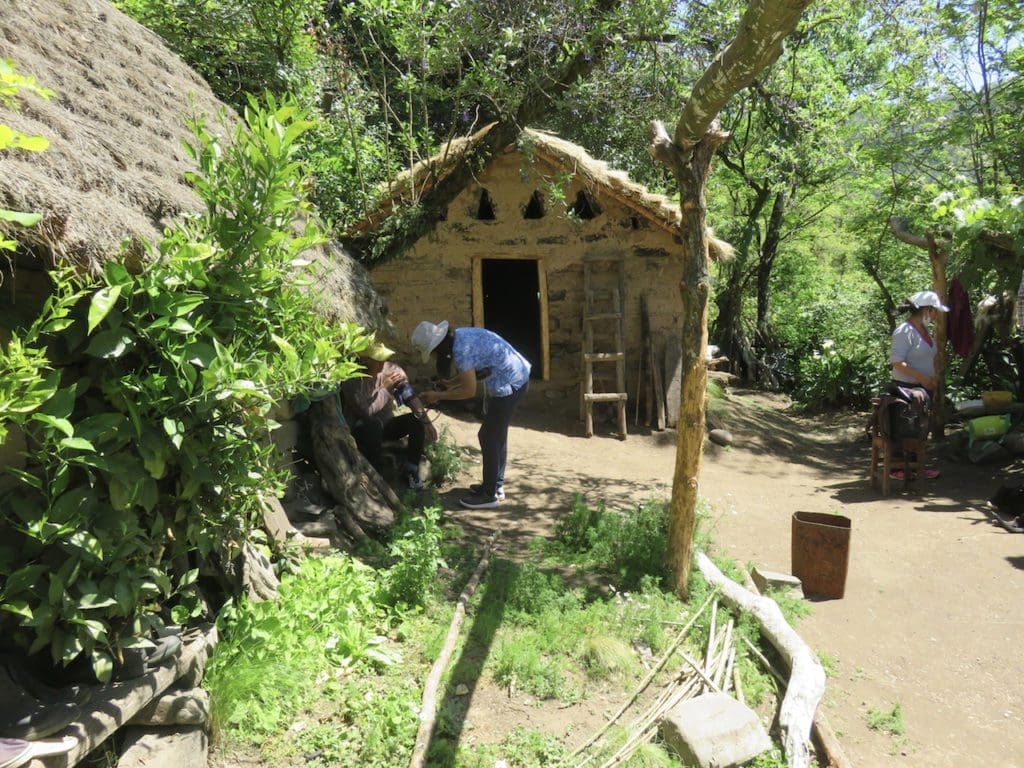
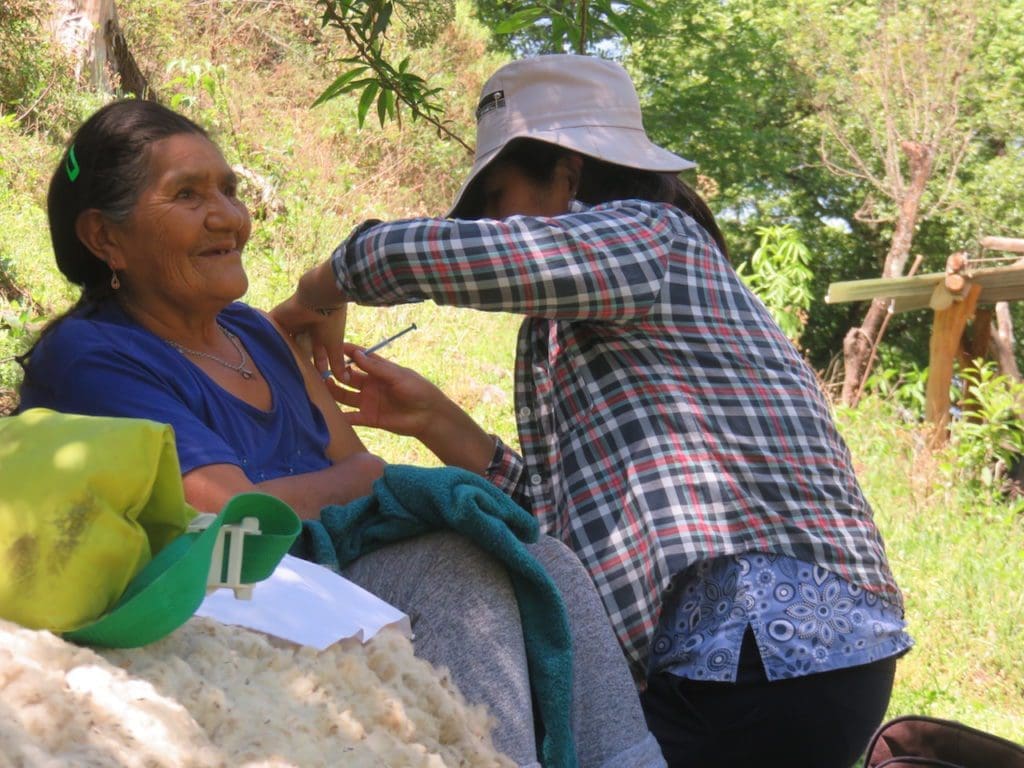
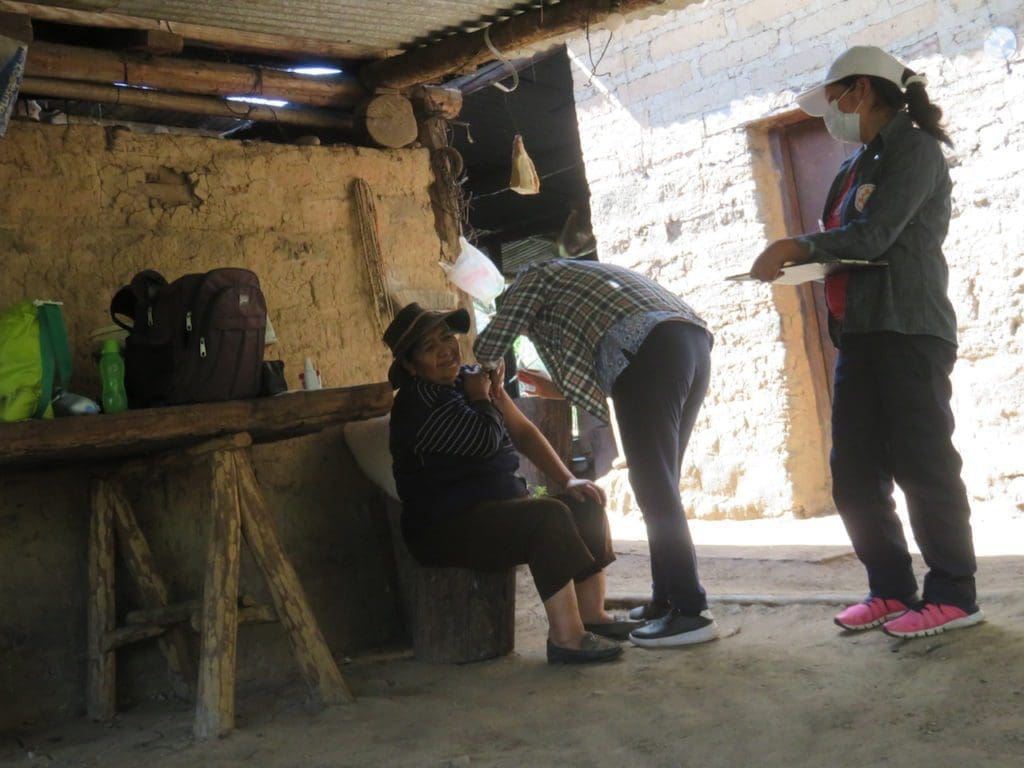
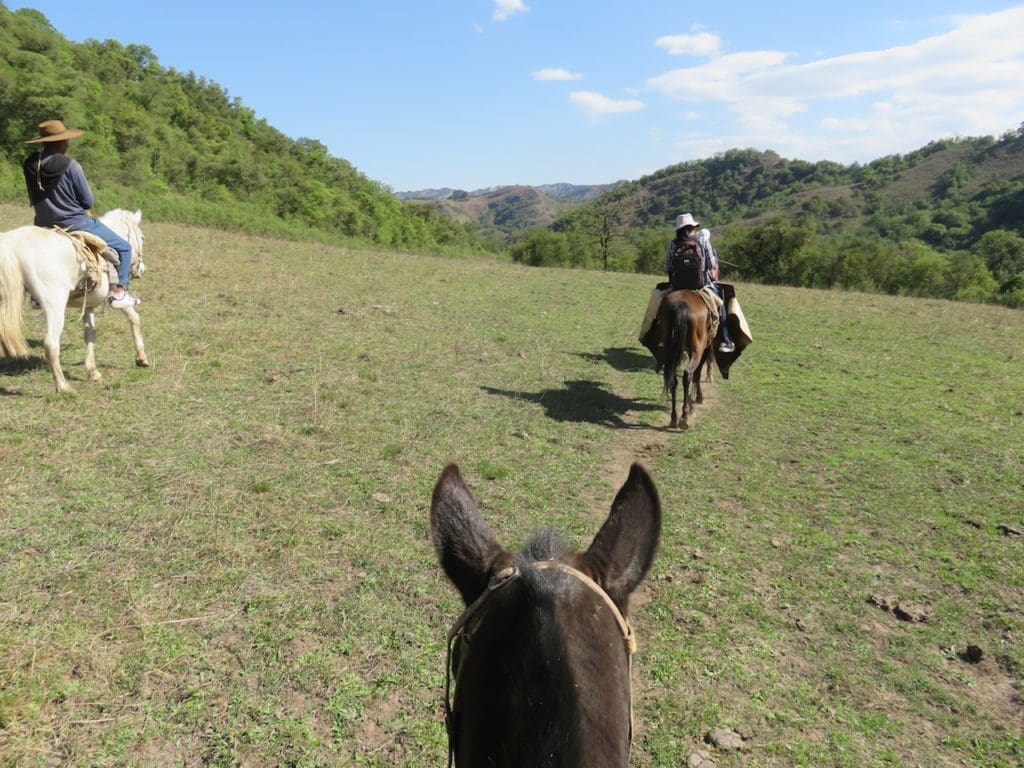
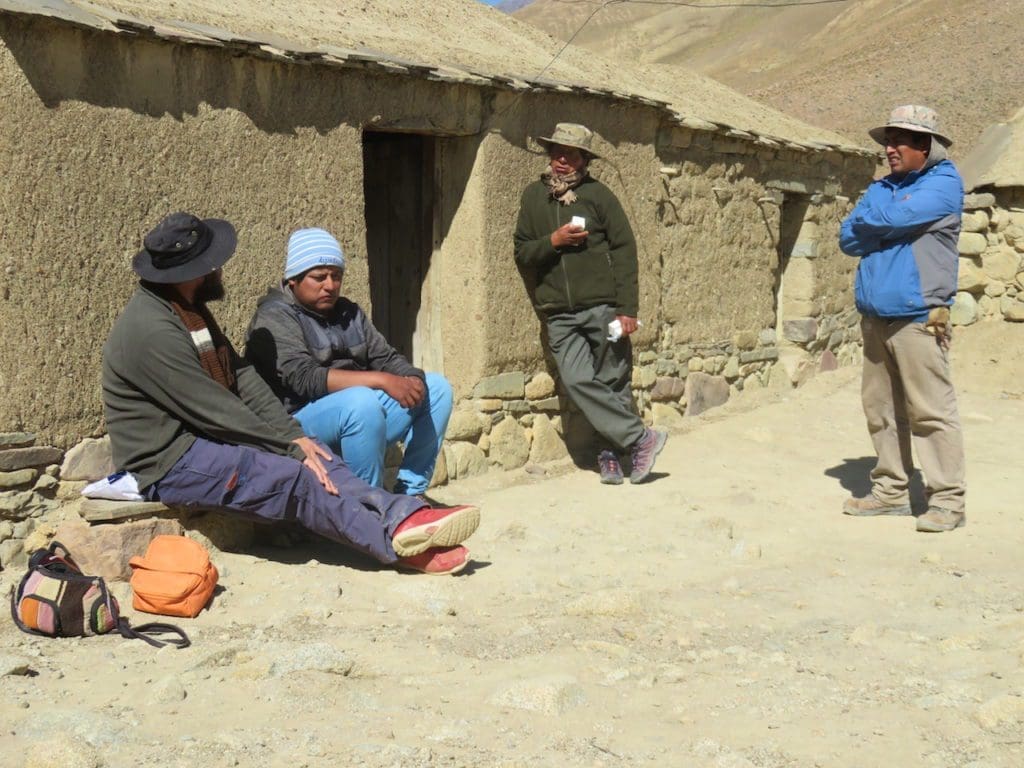
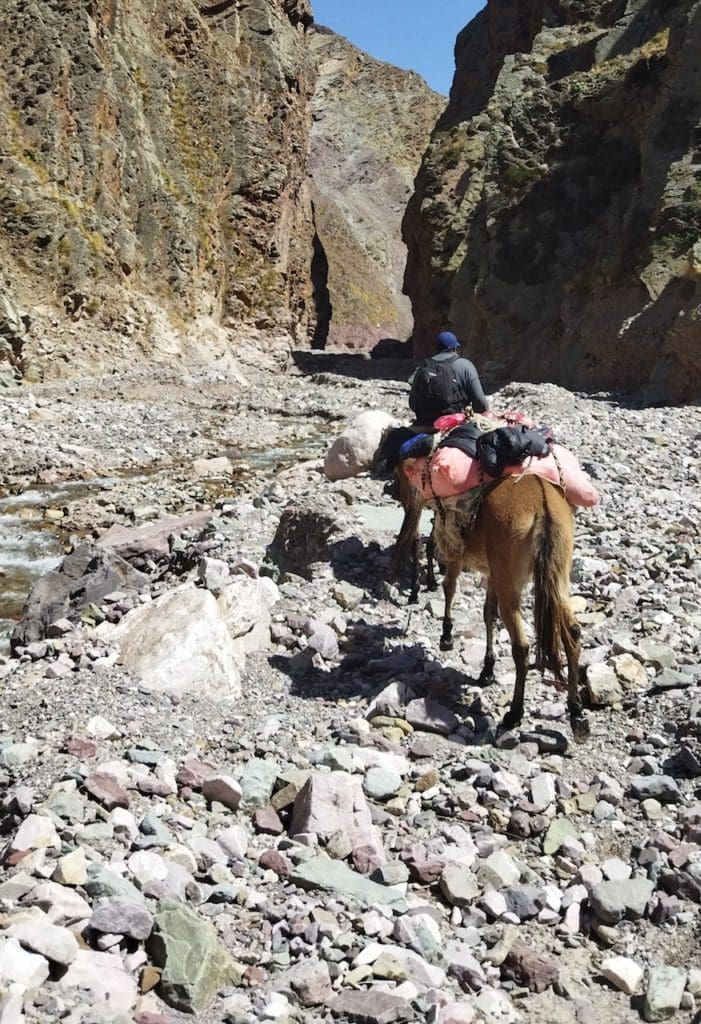


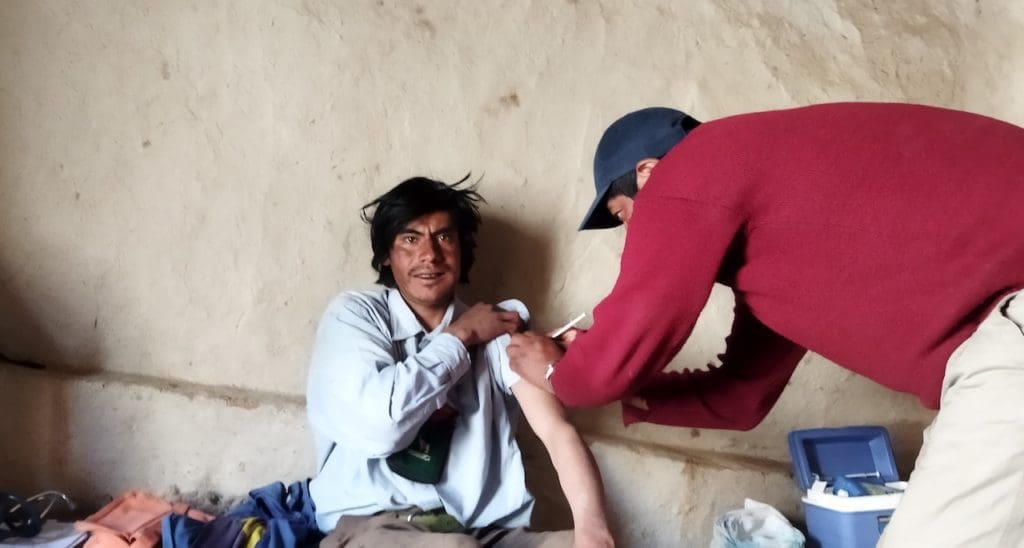
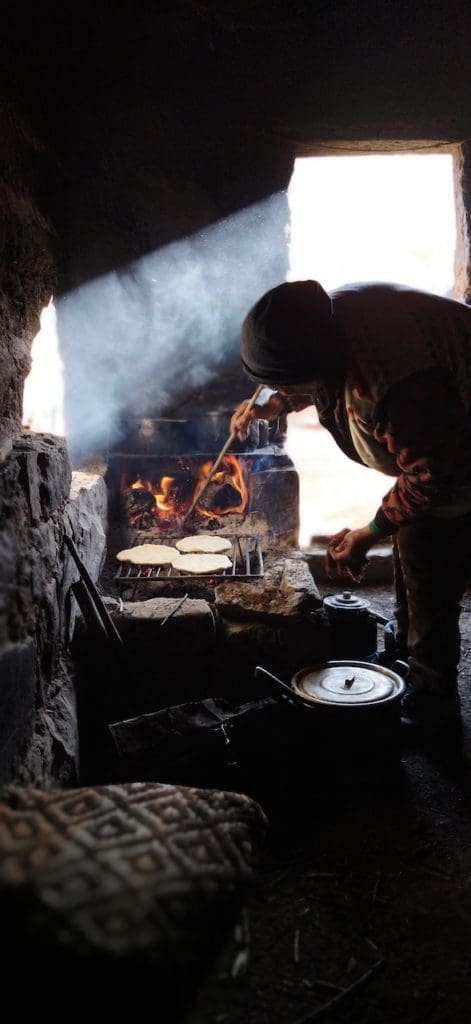
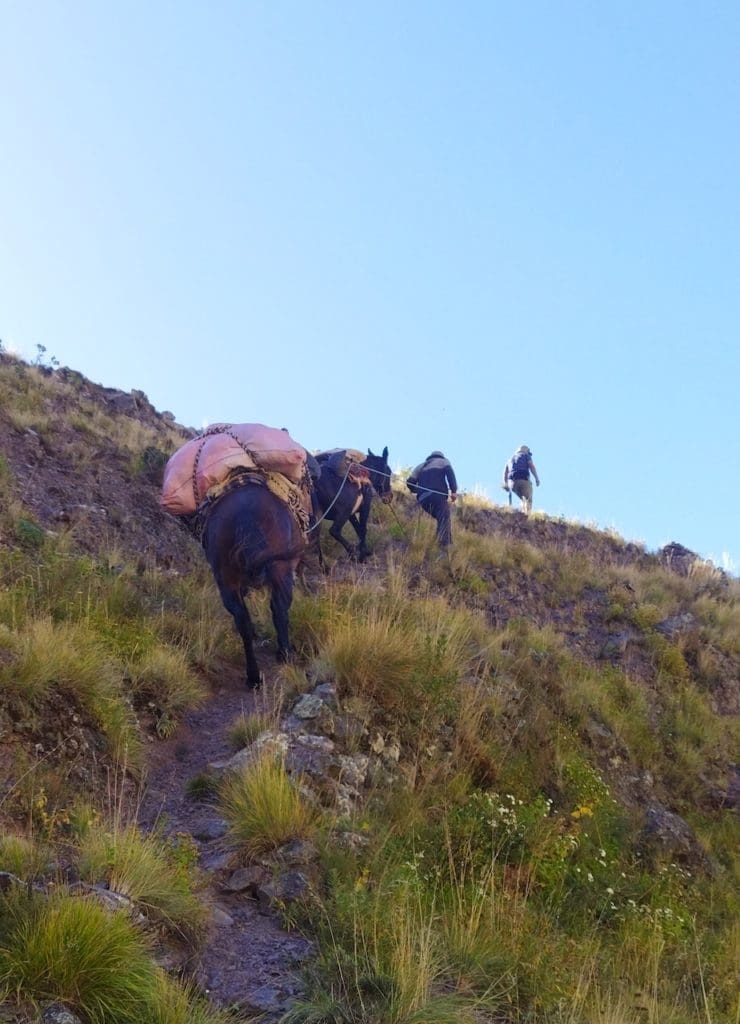
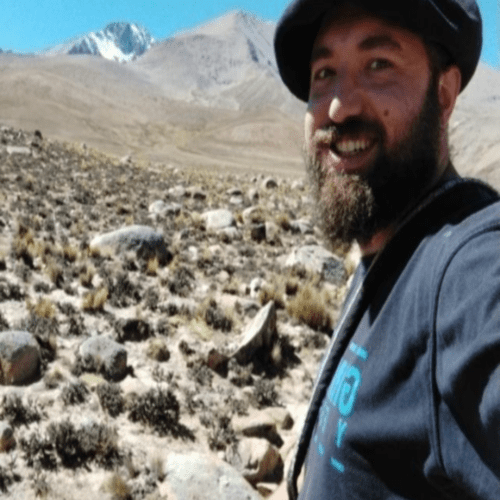
JUJUY, Argentina — When the COVID-19 Pandemic hit three years ago, my mind quickly wandered to the people in the most remote areas of Jujuy. In order for my colleagues and I in the health department to bring them necessary medicine, we faced serious challenges.
Not only would they be hard to reach, but they lacked basic amenities like electricity, gas, and clean water. They relied on the river and natural springs for everyday chores. We knew making the trip meant more than vaccines and medicine. We needed to take them significant aid.
So, we packed up our gear and traveled on the backs of mules up a 5,900-meter ascent to reach towns around Cerro Chani. At times, the journey took 16 hours, traversing difficult roads. Though exhausting, our whole team felt incredibly fulfilled with each patient we helped.
Read more stories from Argentina at Orato World Media
Patients live in complete isolation, away from the chaos of cities
The bustling sound of the mule and the rhythmic clattering of its hooves against the stones created a beautiful harmony. Our medical tours felt like getting lost in time and space yet being fully present for every moment. As we made our way to remote places, we escaped the fast chaotic realities of everyday life.
When we hit the top of the ascent, I paused to take it all in; to breathe the clean air and view the amazing landscape before me. I noticed the size of the stones, the shape of the clouds, and the beautiful colors all around. Even now, I remember every place I visited. It leaves a picture painted in my mind. At times, I found myself singing songs by Atahualpa Yupanqui that perfectly suited the surroundings.
It also felt like a journey into the past since many of the technologies we rely on in the city proved useless in those remote locations. In the mountains, they had no way to communicate in emergencies and relied on traditional methods and tools for everyday life. We encountered residents using two stones to grind wheat into flour. Their lifestyle offered a deeper connection with humanity and nature.
Since my days as a student, I always felt drawn to primary healthcare and the means through which doctors can make meaningful change to the social realities and living conditions of people. Often, small interventions like conversations about nutrition leave a profound impact. More comprehensive engagements with the community proved useful too. As we climbed up hills to the most remote houses, we found ourselves physically taxed. On the way up, a thousand thoughts fill my head, coupled with gratitude for the calm serenity I encountered.
The weather does not always allow us to reach the destination
After visiting a woman who lived far away, we began the return journey home. Suddenly, we found ourselves engulfed in a dense fog with zero visibility. As we descended toward the beach, a white curtain enveloped us, making it impossible to see one meter ahead. The cold bit at our skin amidst the drizzling rain. Soon, fear crept in as I worried about the increasing likelihood of spending the night outside. We made a decision; if nightfall trapped us, we would station ourselves along the descent, huddling together and using our ponchos for warmth.
We often relied on environmental cues for navigation. For instance, if the stones appeared white, it meant we needed to continue climbing until we encountered green stones or other distinctive markers. These methods of guidance made me feel secure, transforming the situation into an adventurous and fantastical tale, like a unique form of entertainment. Although we confidently rode mules across precipitous paths on many occasions, during one trek, a section of the hill crumbled as our companion crossed. It caused them to stumble and nearly fall. We came to understand the risks involved, and yet, I found myself embracing the experience; even enjoying it.
Making life-long connections with the people we met
Many times, during the long journeys, nightfall caught us midway and we sought shelter in someone’s house. During those stays, we assisted in tasks like finding goats and butchering lambs, immersing ourselves in their way of life. This allowed us to truly understand their reality. Reaching the health post proved nearly impossible for the people living in the most isolated areas. By going to them, we observed how they live, the quality of their air, and the how they cared for animals. On our medical tours, we can ensure they meet minimum food safety and hygiene standards.
The work allows us to form close relationships and develop deep bonds. We not only provide healthcare; we share laughter and foster a sense of camaraderie, greeting each other with warm hugs whenever we meet. In these regions, we measure distance not in kilometers, but in the time it takes to reach them. Typically, the journey begins in a town called León, 30 kilometers from the provincial capital of San Salvador de Jujuy.
From there, we embark on a four-hour mule ride the first day. We rest, then continue for eight more hours on the second day to reach Ovejería. When we finally make it to the furthest house on our list, home to Doña Estefanía, we traveled for 16 hours. At 83 years old, Doña Estefanía lives with her son-in-law. She remains one of the most isolated individuals in the entire province. Making sure we met her needs felt incredibly rewarding.
Witnessing their old way of life filled me with a sense of wonder
Another person who deeply affected me is Doña María. At 70 years old, she lives alone in a small town called Molinas, leading a self-sufficient life. She makes cheese, butchers lambs, and cultivates fields of potatoes, corn, and beans. I often listened as she recounted stories and told me of the many families who inhabited the lands. Although she identifies as Catholic, her spiritual connection remains tied to the moon. Her grandmother imparted these passionate beliefs and when it happened that Doña María rose from sleep at the exact moment the new moon rose, she sought spiritual guidance and offered gratitude.
While many young people living remotely dislike it, I gained valuable knowledge from the elderly. Up in the mountains, that is what you find – older people who have lived there for generations. They possess a wealth of wisdom I strive to absorb. They talk of natural healing practices, using stones and herbs; and they share an ancestral understanding of the constellations. With each place I visited, I discovered and explored a rich and hidden history.
We need to face reality
Without impeding their current way of life, we must remember, these people are also Argentine citizens. Yet, they lack the rights and resources available to those living in cities. They have no roads connecting them to main routes and lack access to clean drinking water. While we try to compensate for the lack of state support, the health department staff face limitations, so we prioritize prevention and nutritional education. We bring seeds so they can cultivate their gardens, and we monitor blood pressure and other vitals.
If they require vaccines, we administer them; and we conduct thorough medical check-ups to the best of our ability. We assist women with gynecological care, including Pap smears, HPV tests, and the placement of contraceptive methods. Often, we encounter individuals with chronic conditions like diabetes or high blood pressure, so we provide a six-month supply of medication. If we cannot leave the medication with them, we arrange for a trusted family member to deliver it periodically.
I envision a balance between their needs and their current way of life, rather than interrupting it. While walking to patients’ houses, I often contemplate the impact of city life and the extreme demands it places on individuals. In cities, we face a relentless labor system and a consumerist culture. These factors have visible consequences on health, particularly in old age. The people I encounter in the hills of Argentina sustain their excellent health by going back to their roots and what is natural. It feels incredible to witness the resilience of human life in this setting.
All photos courtesy of Jorge Fusaro.



